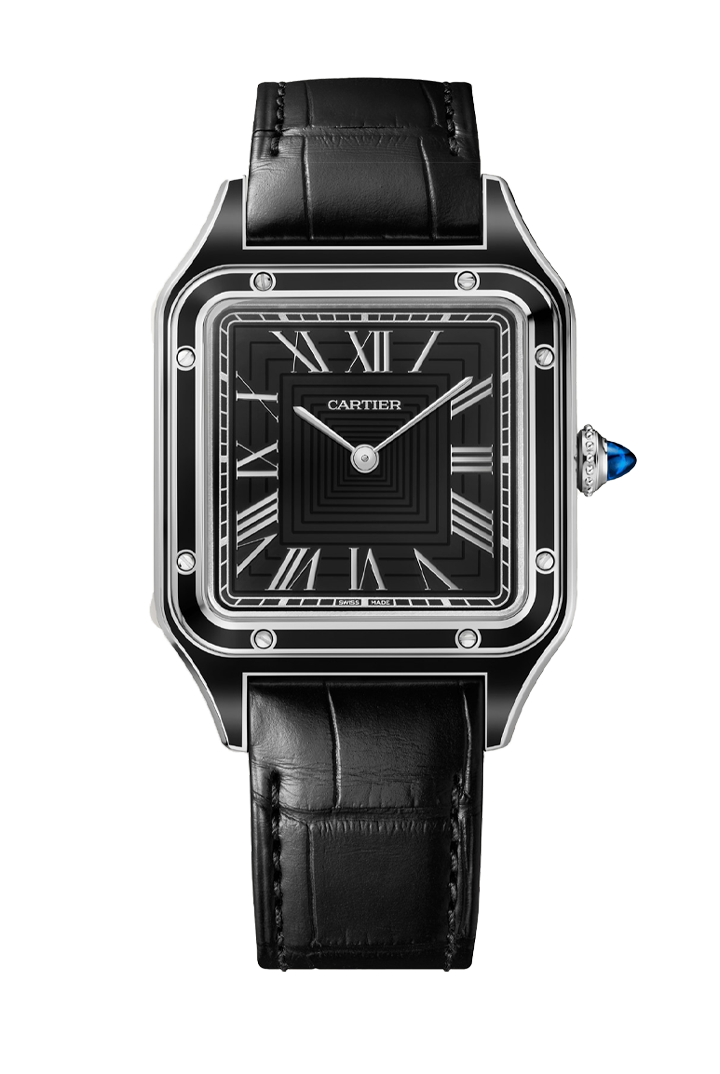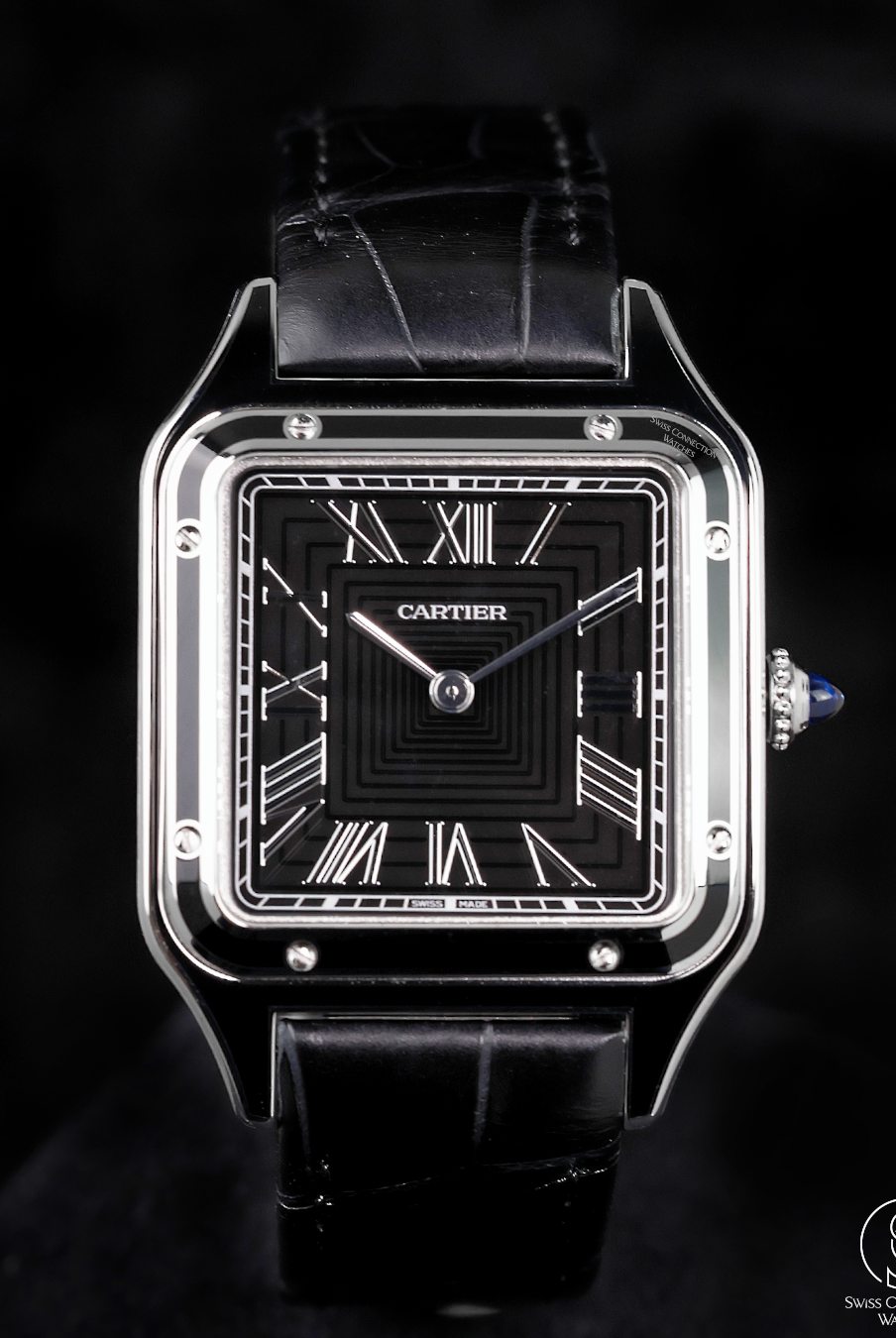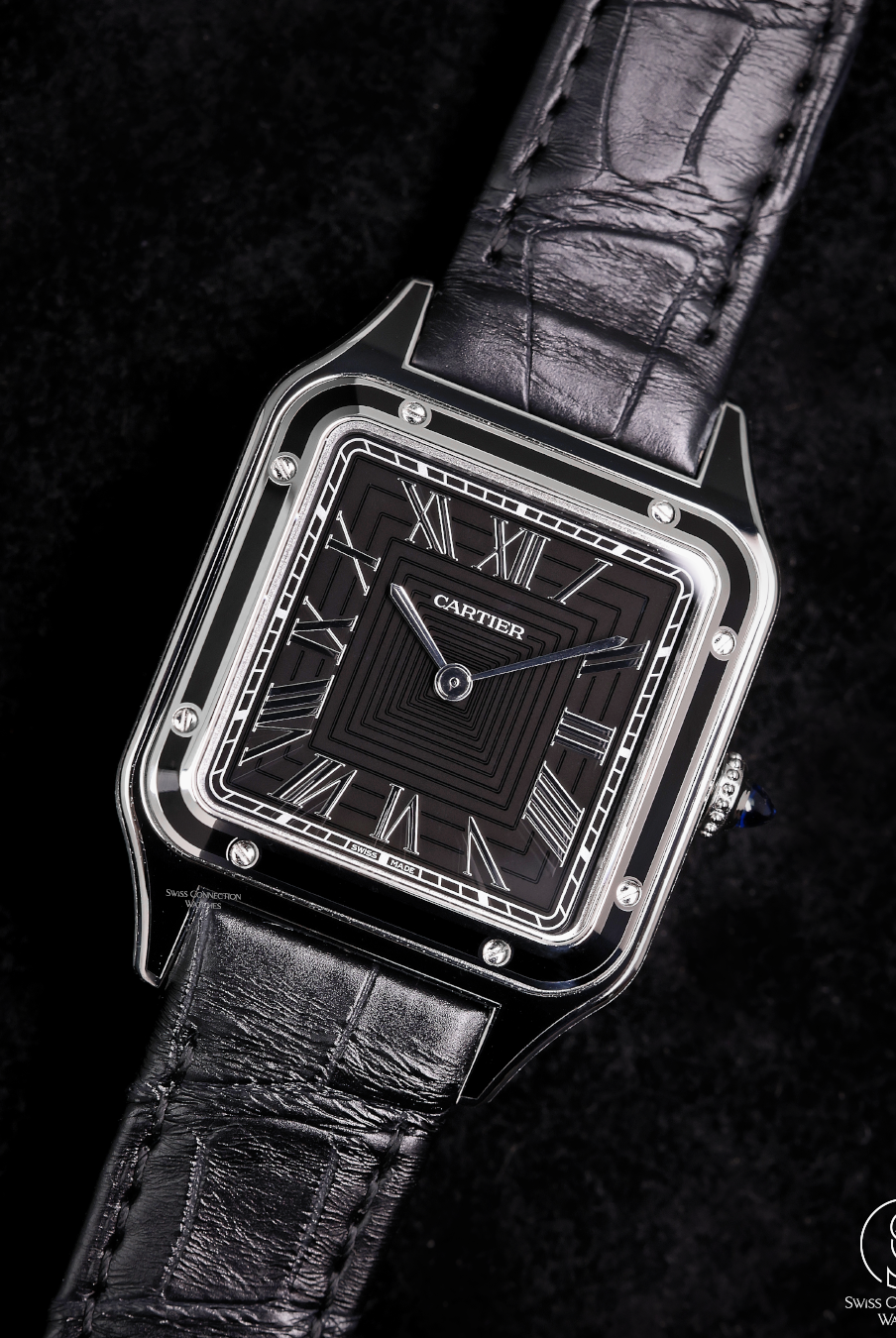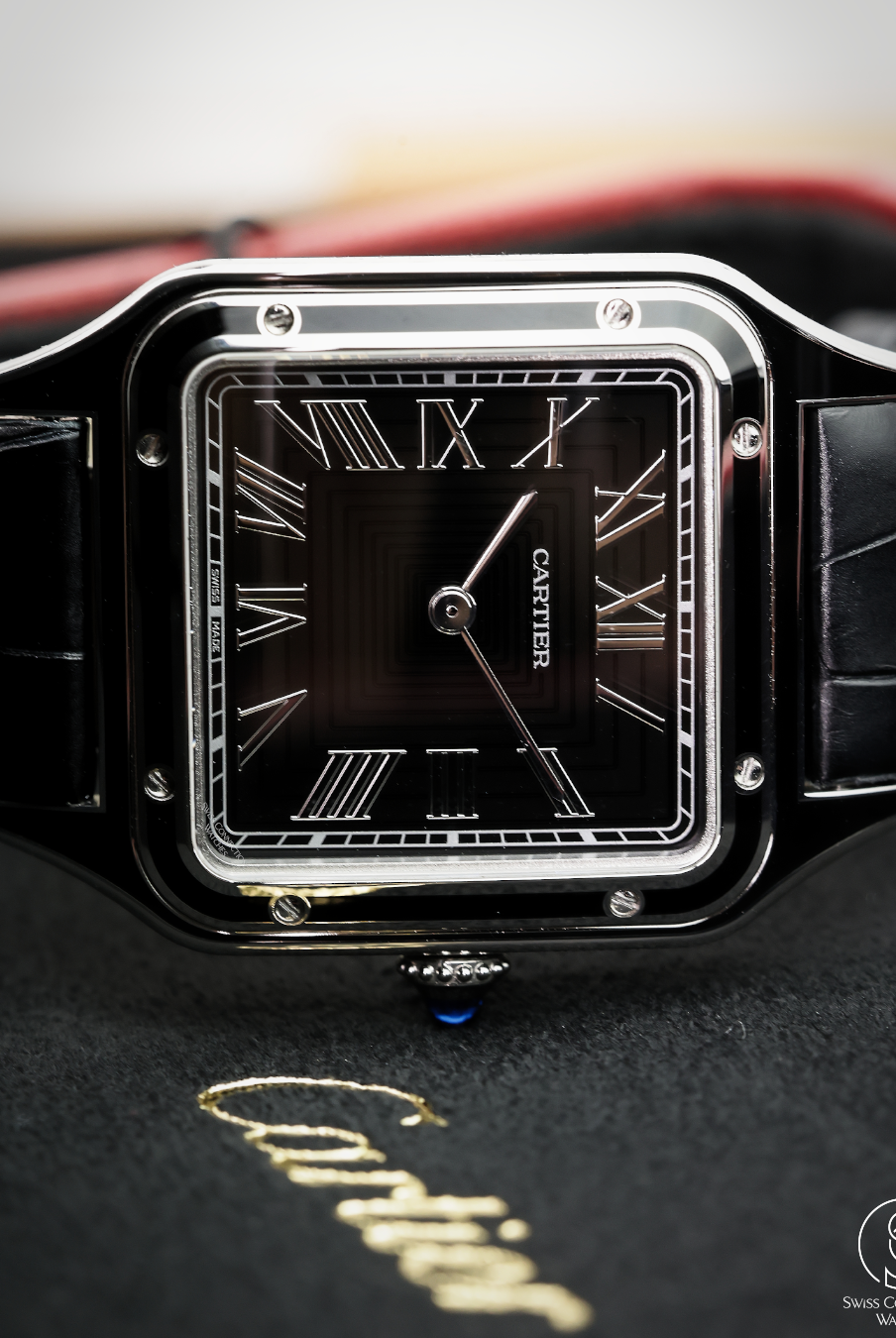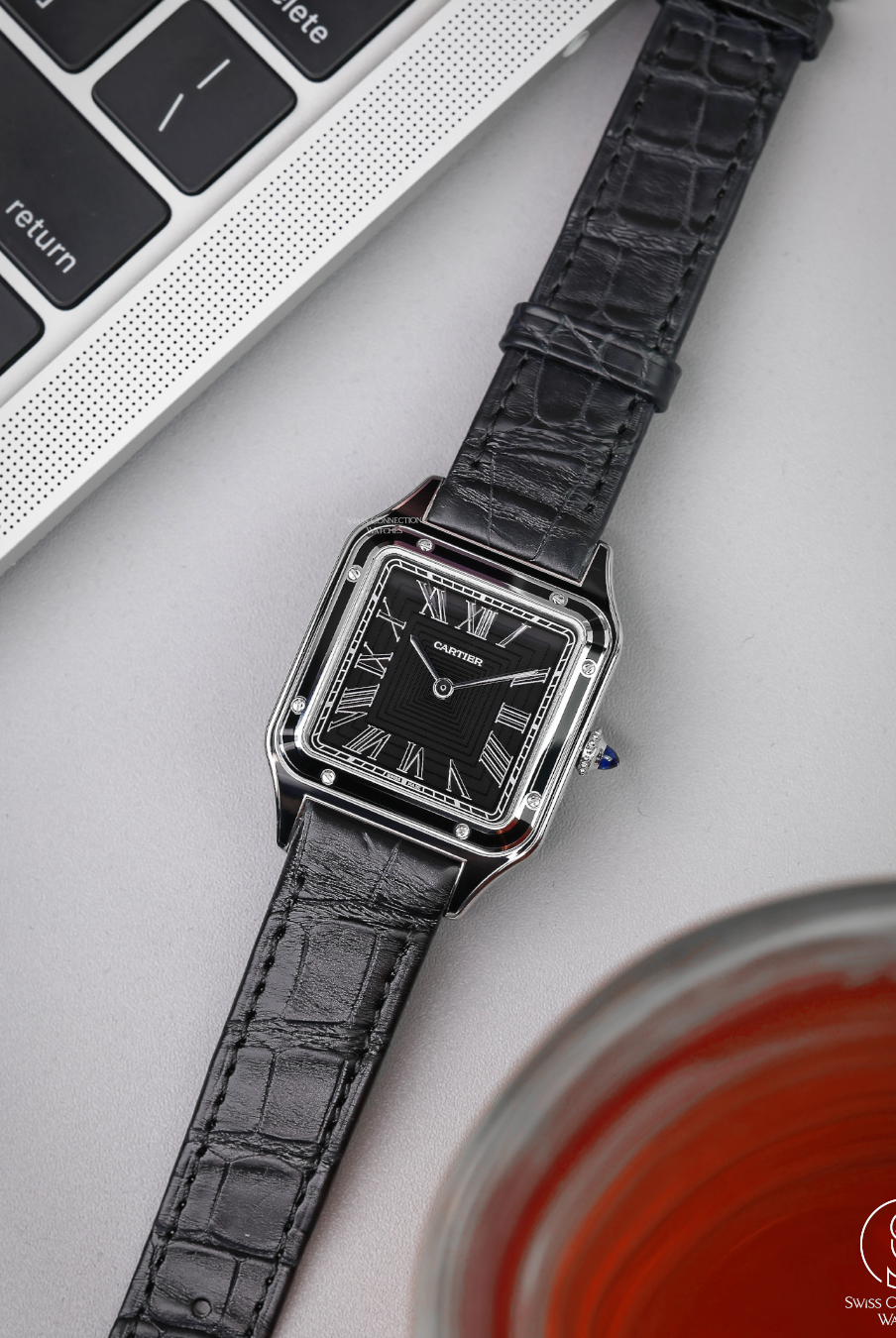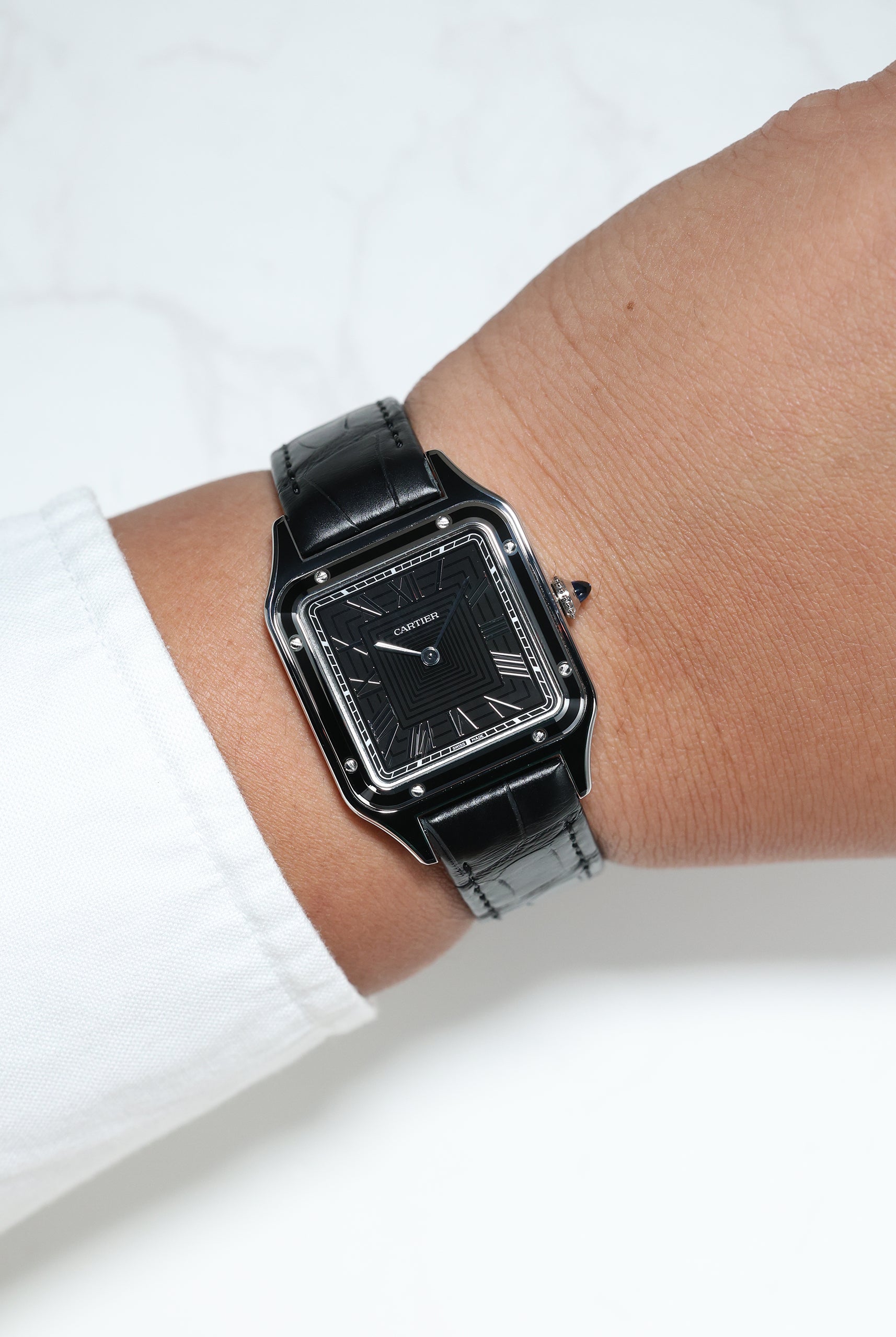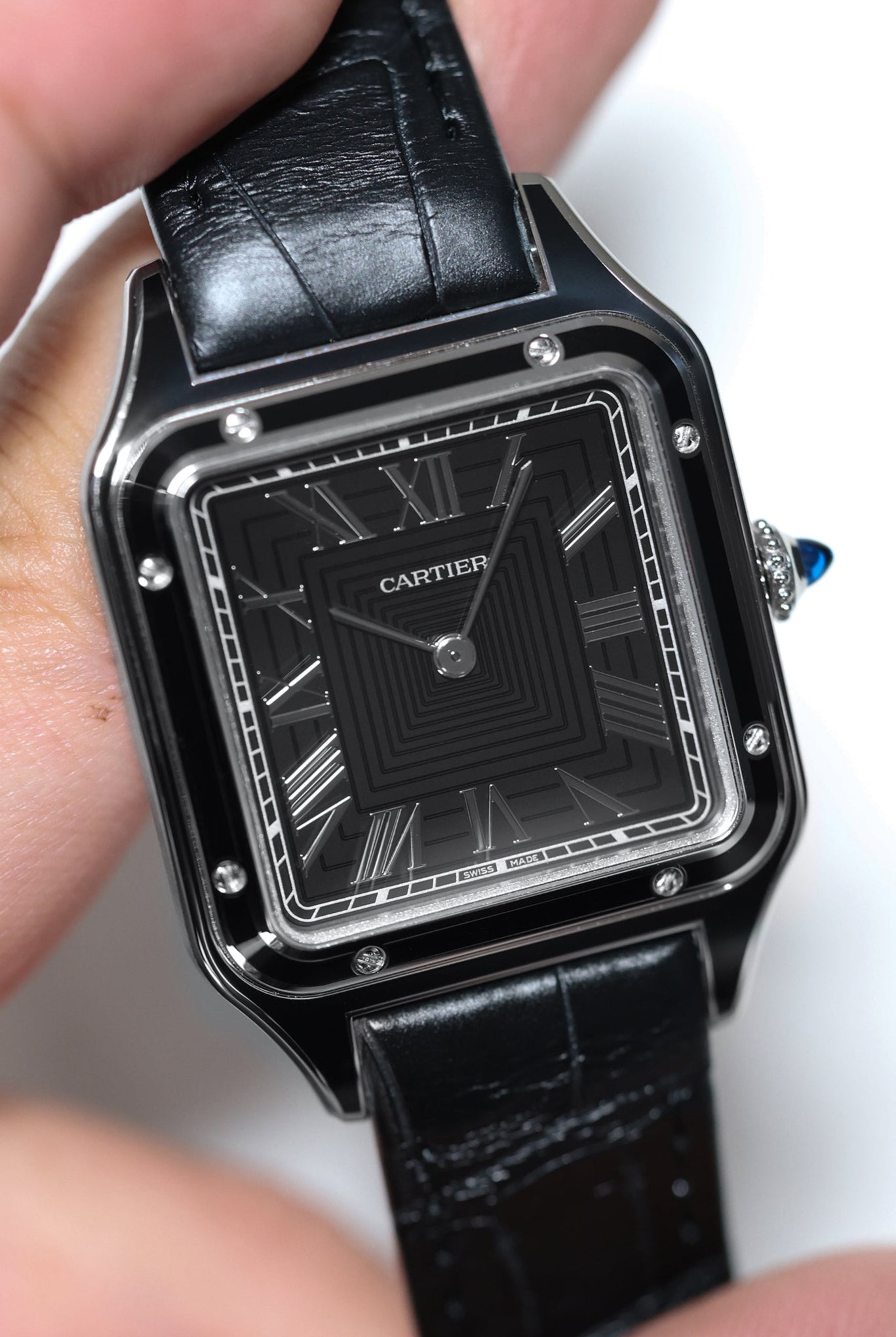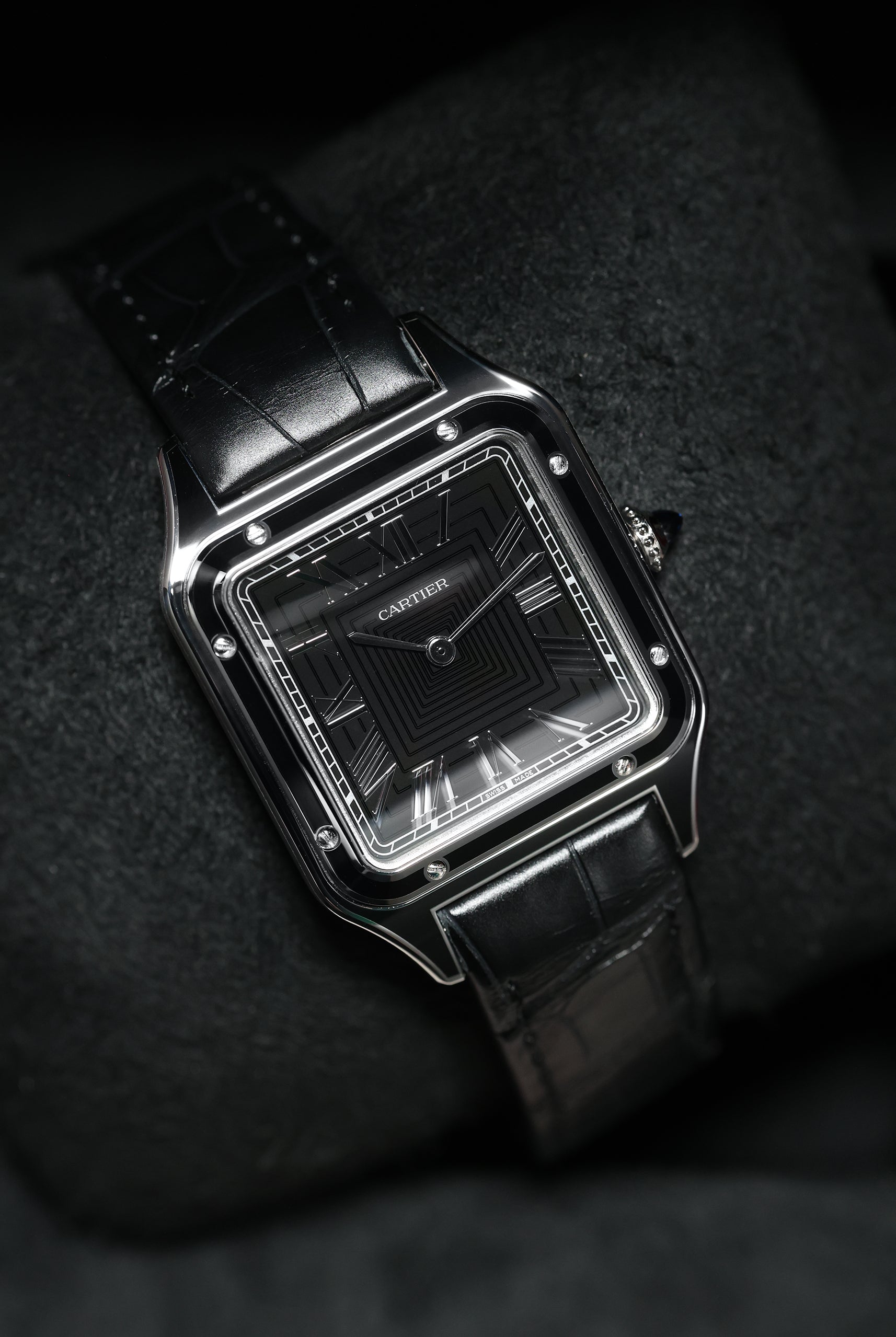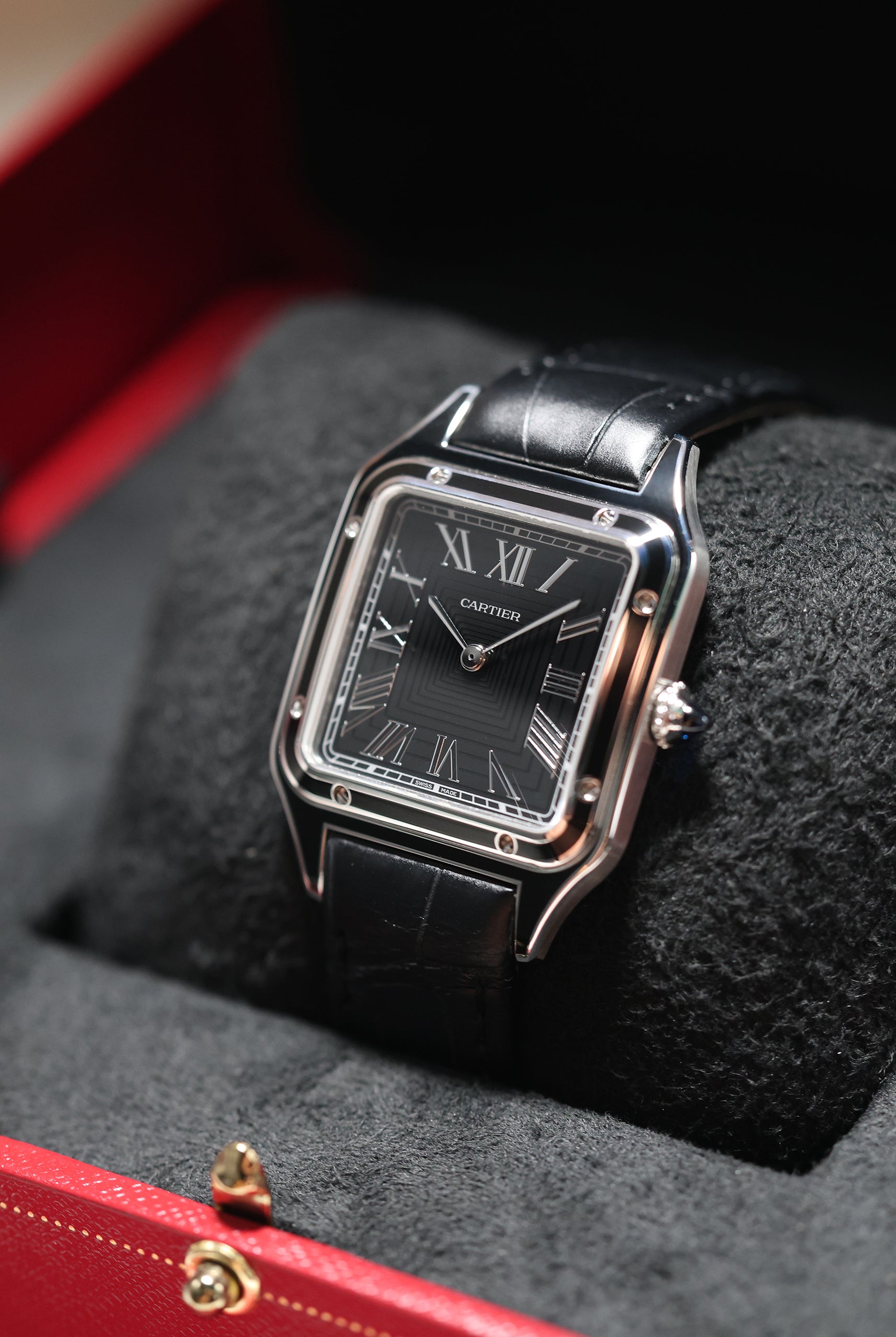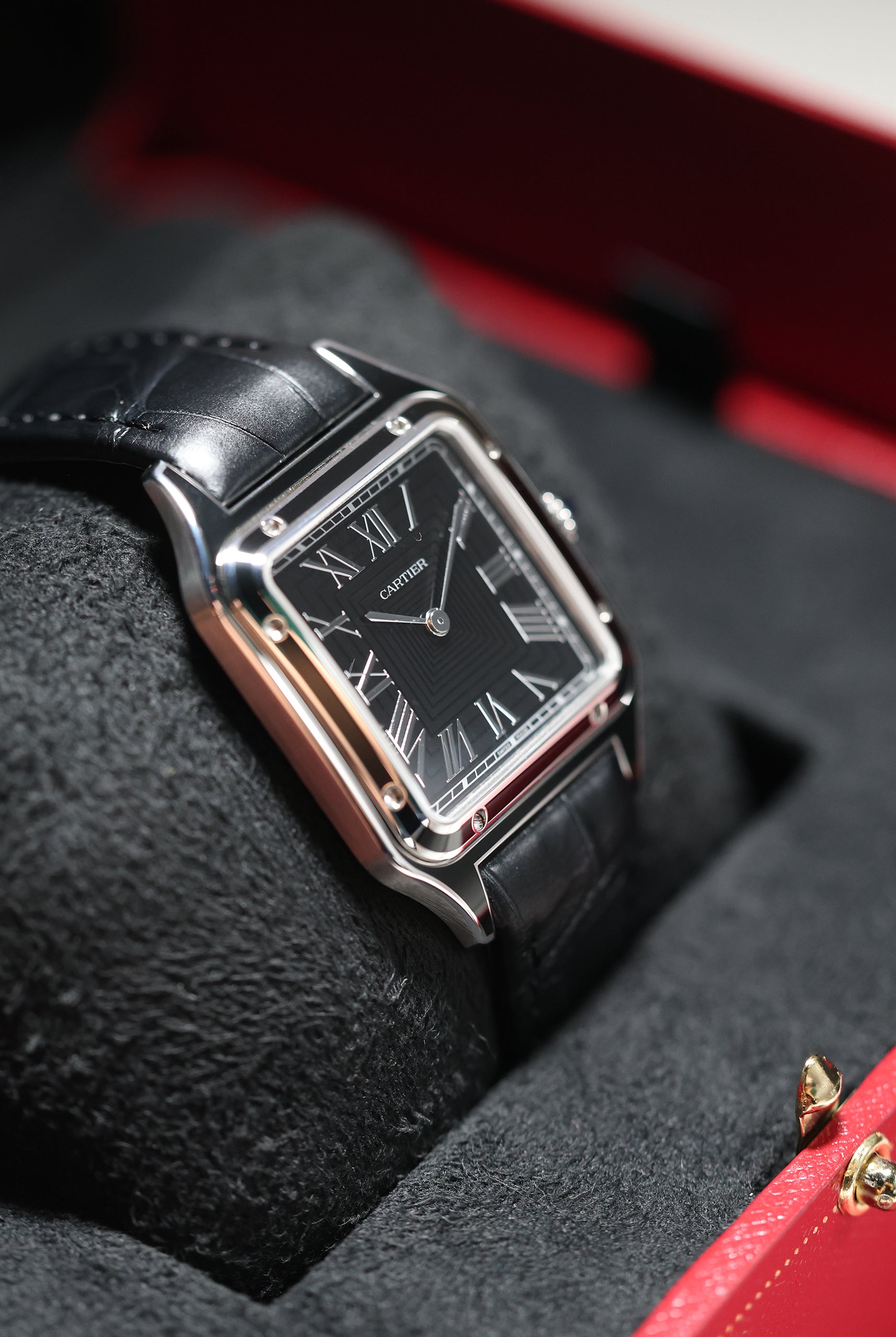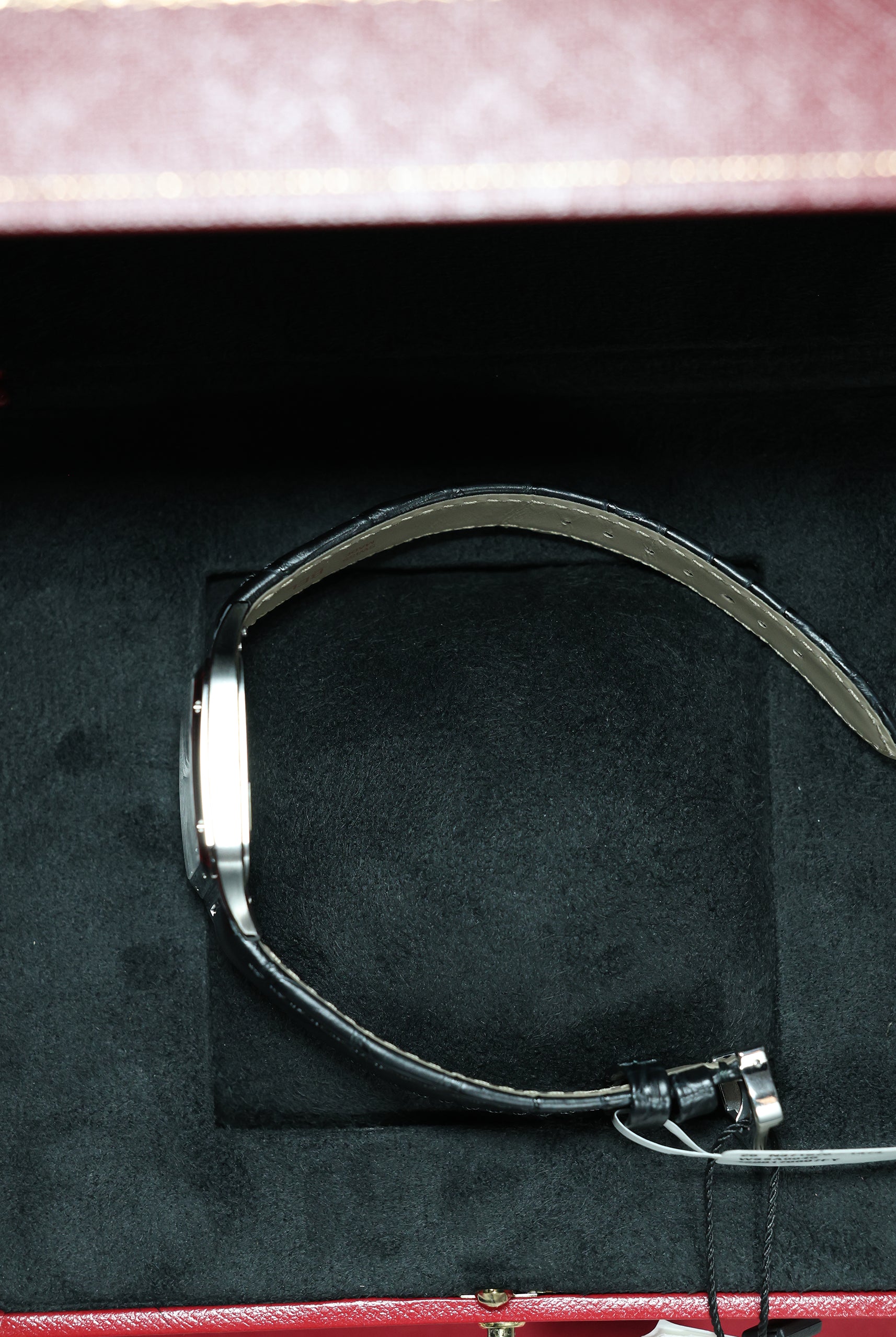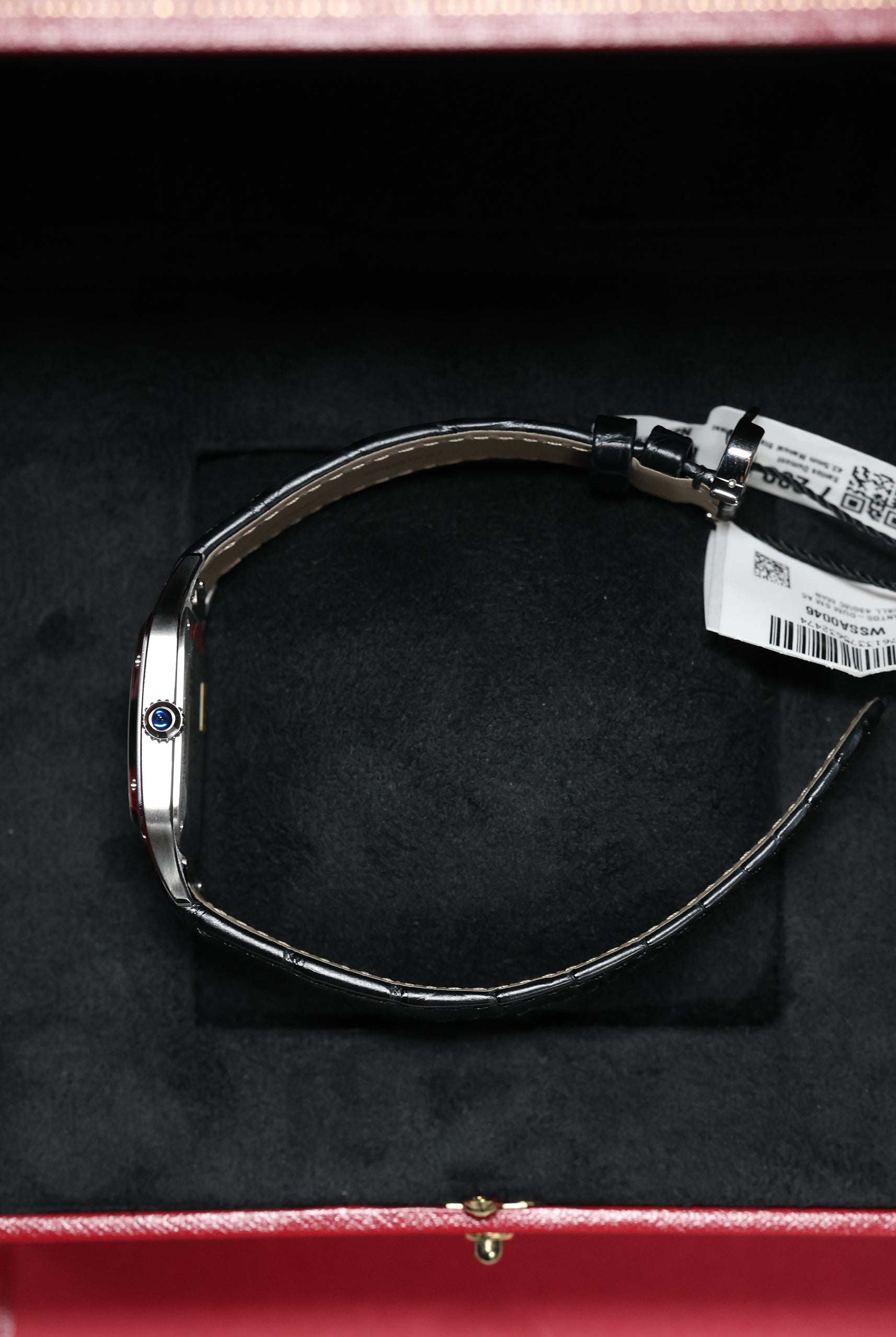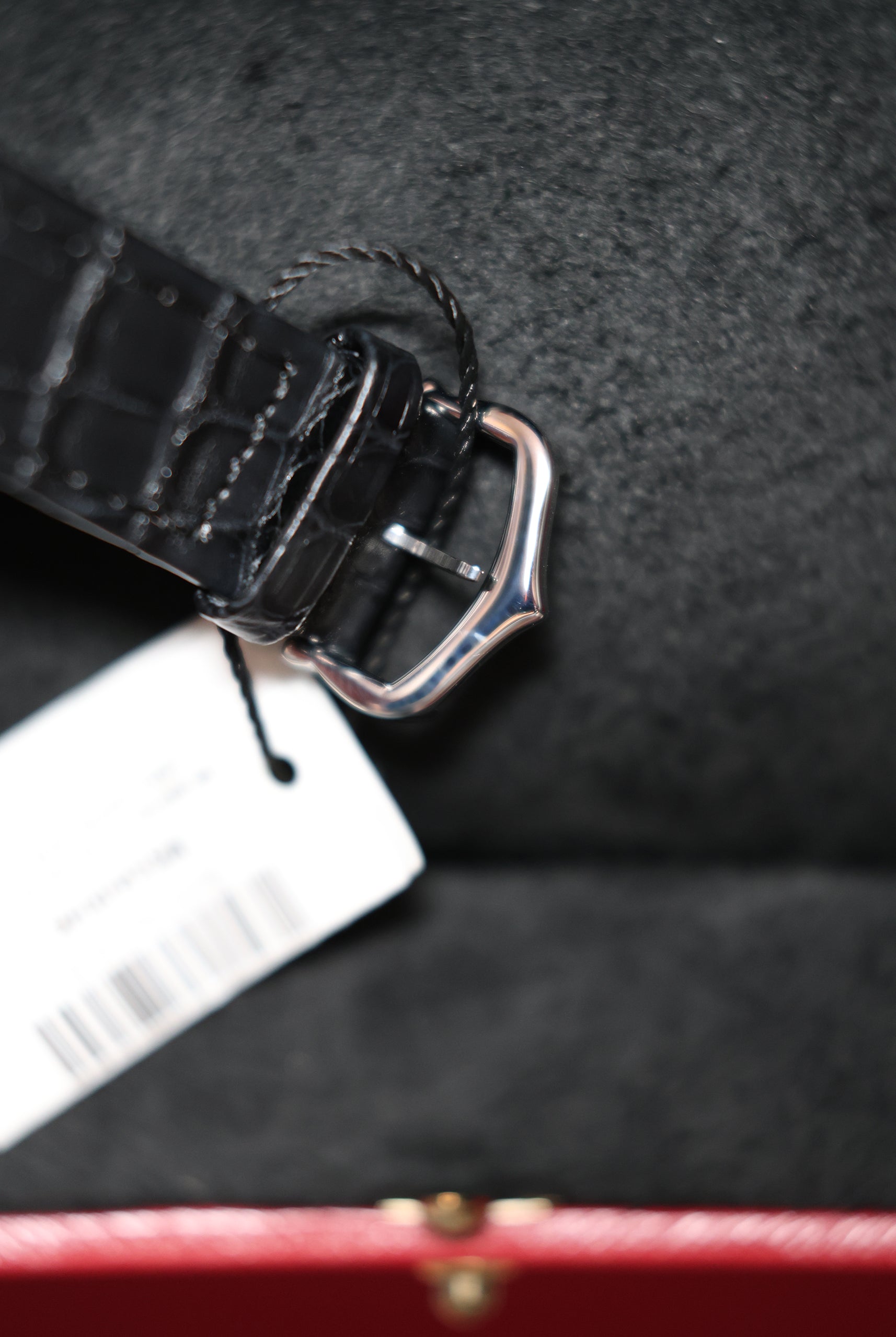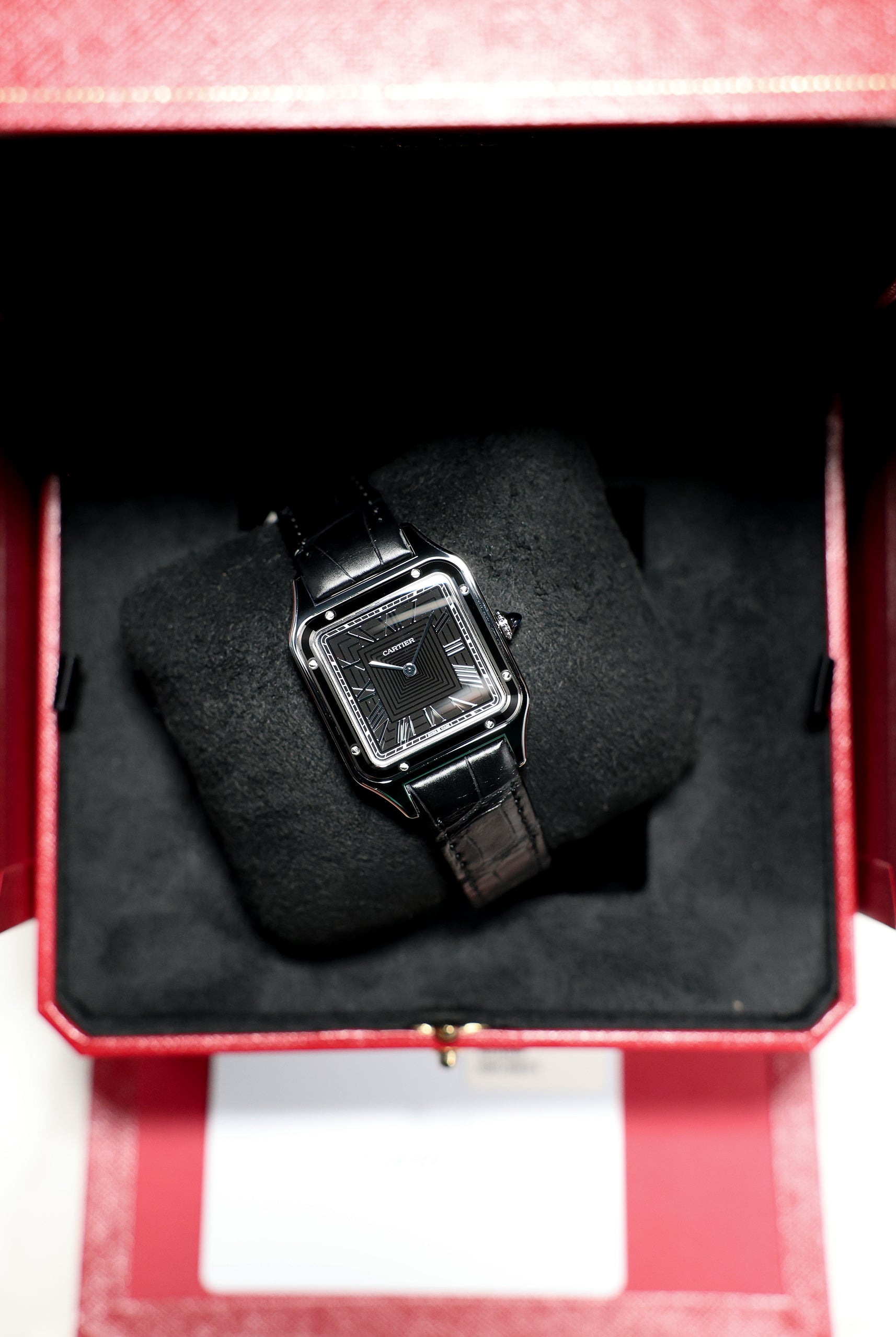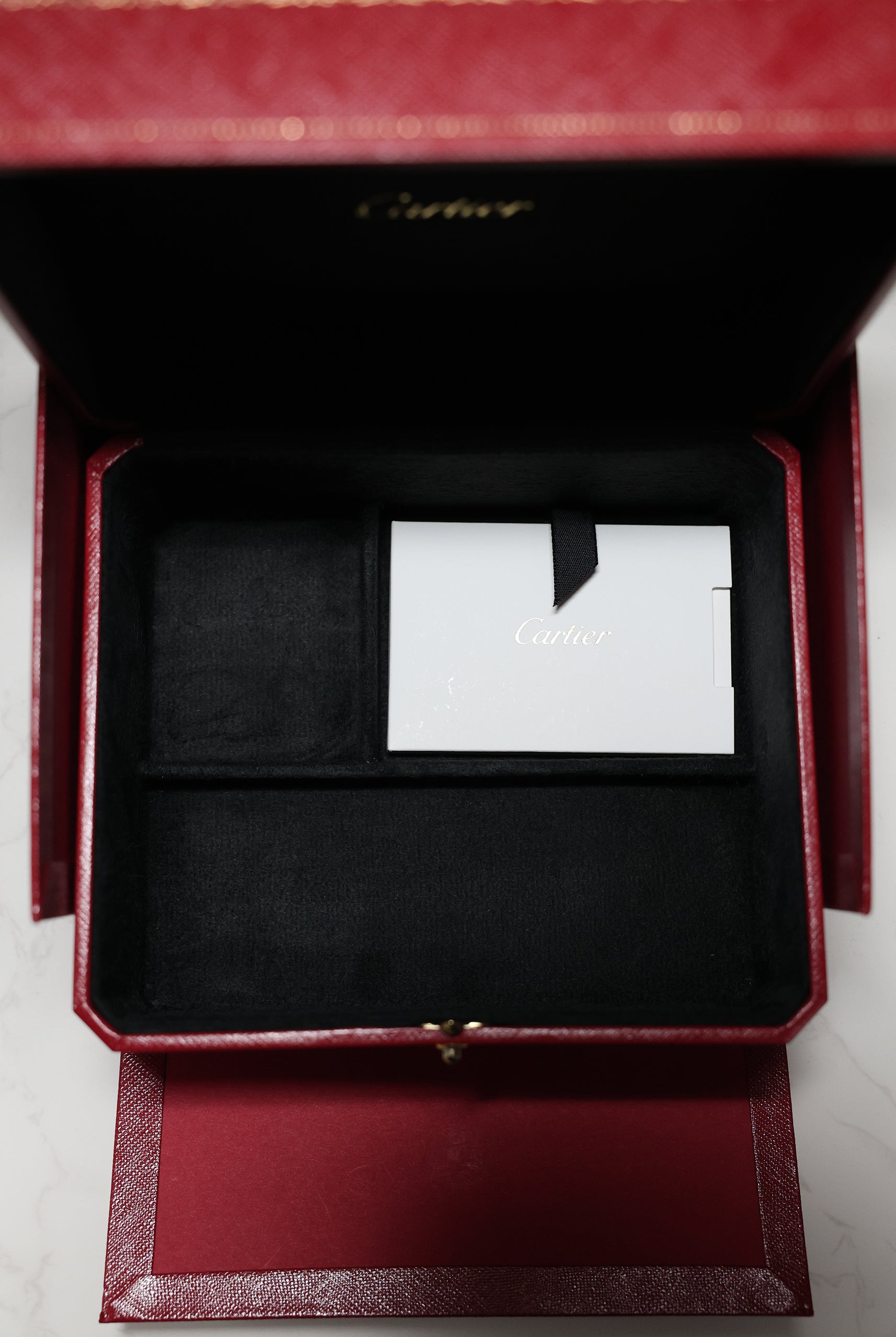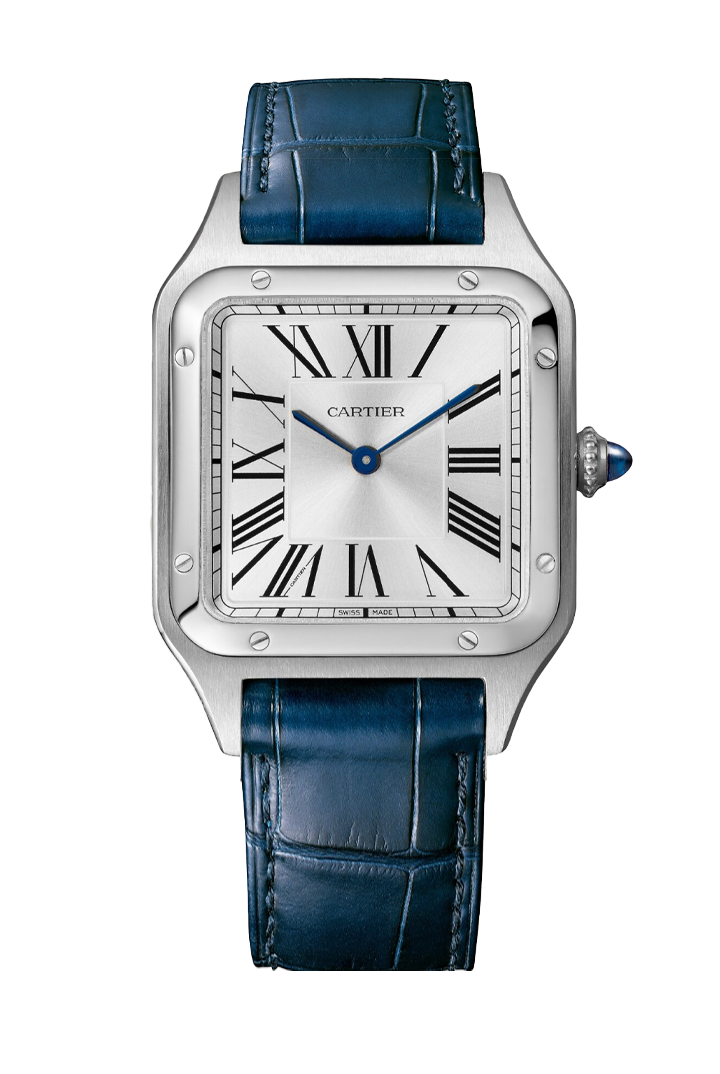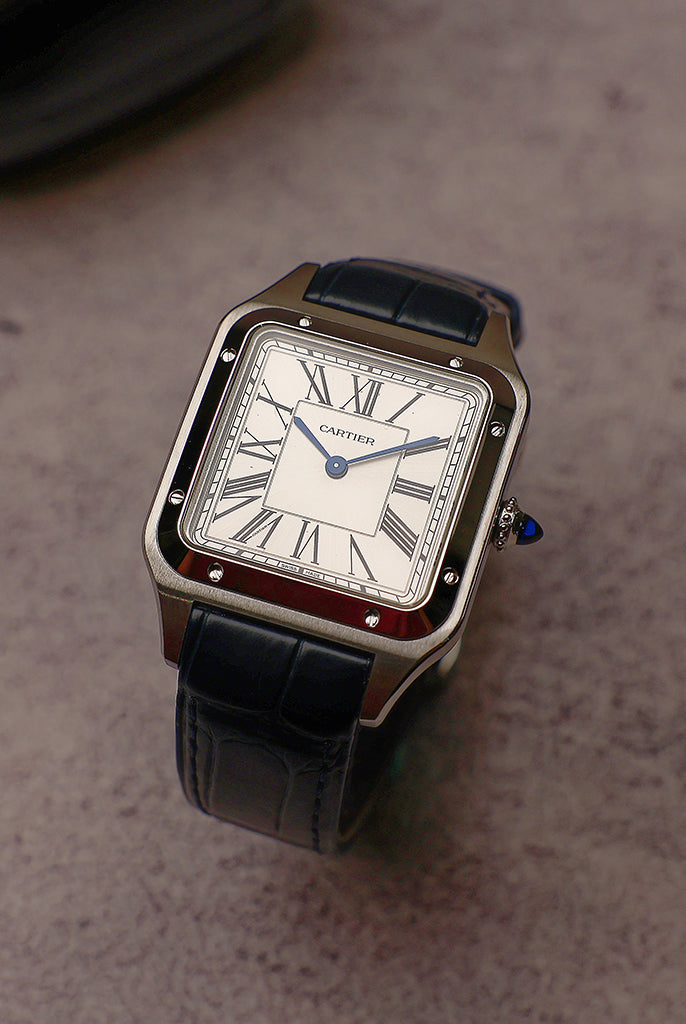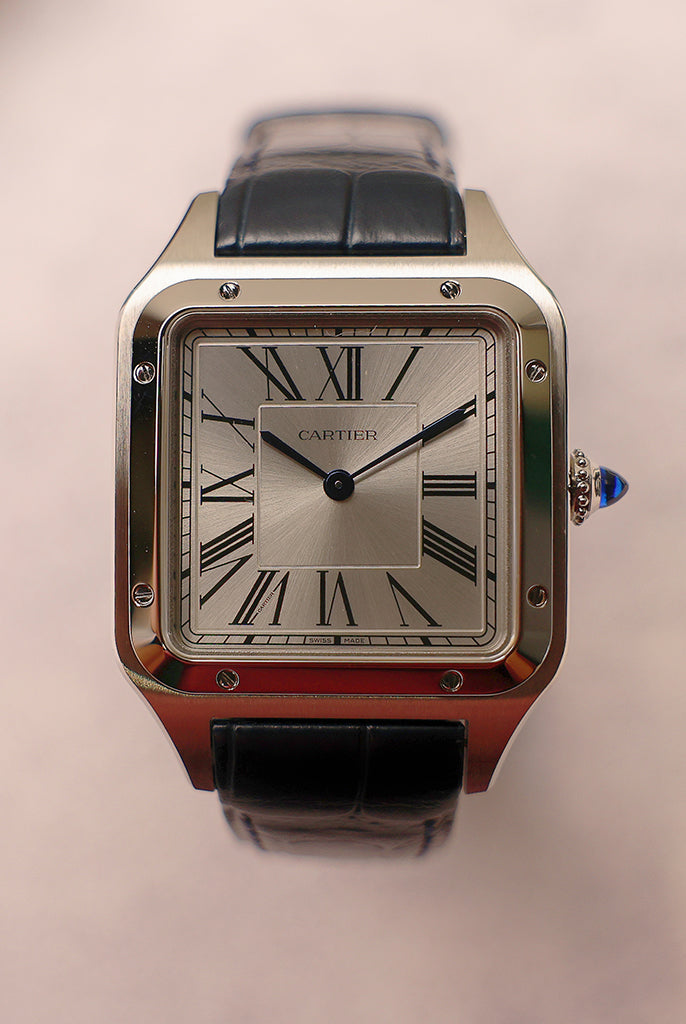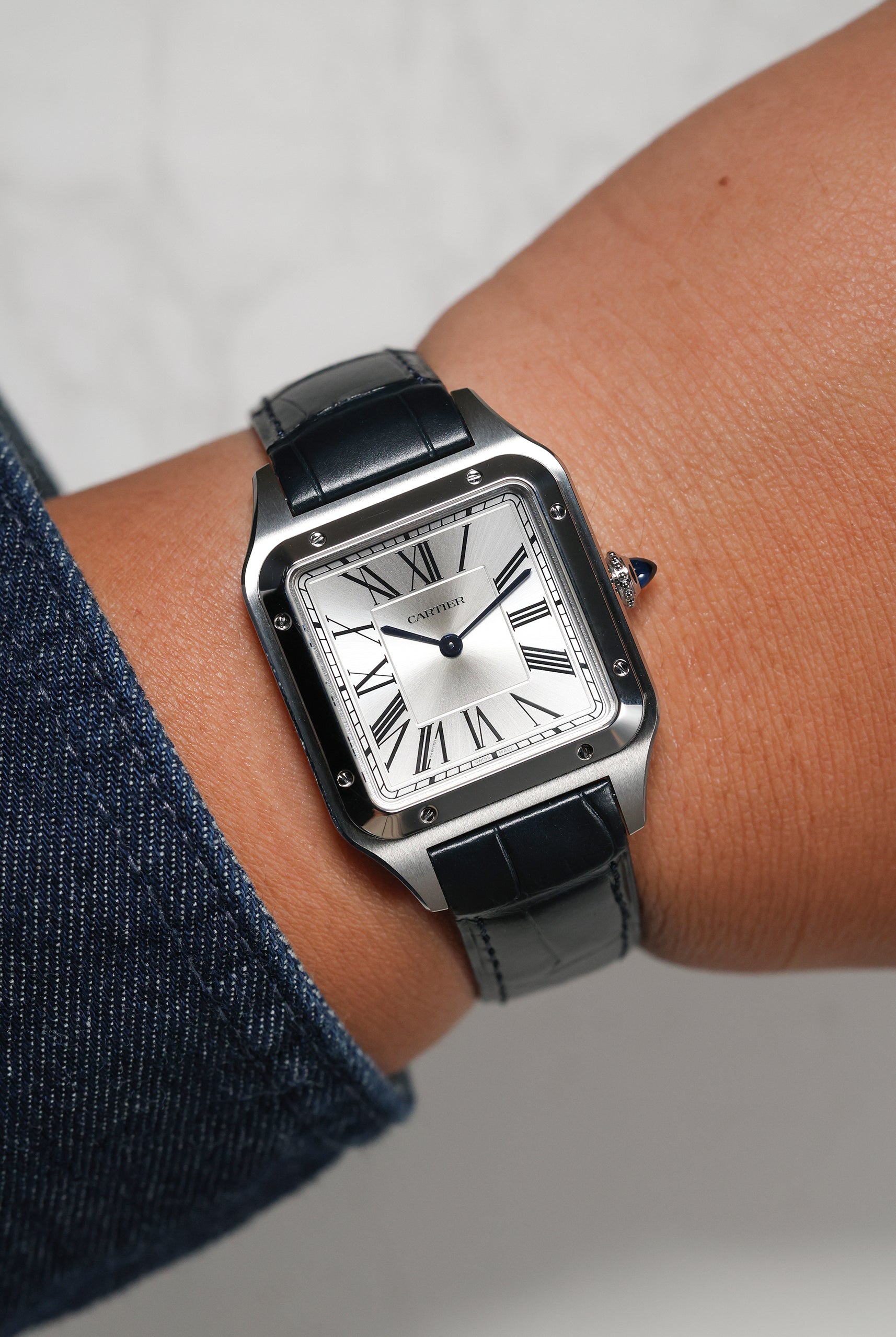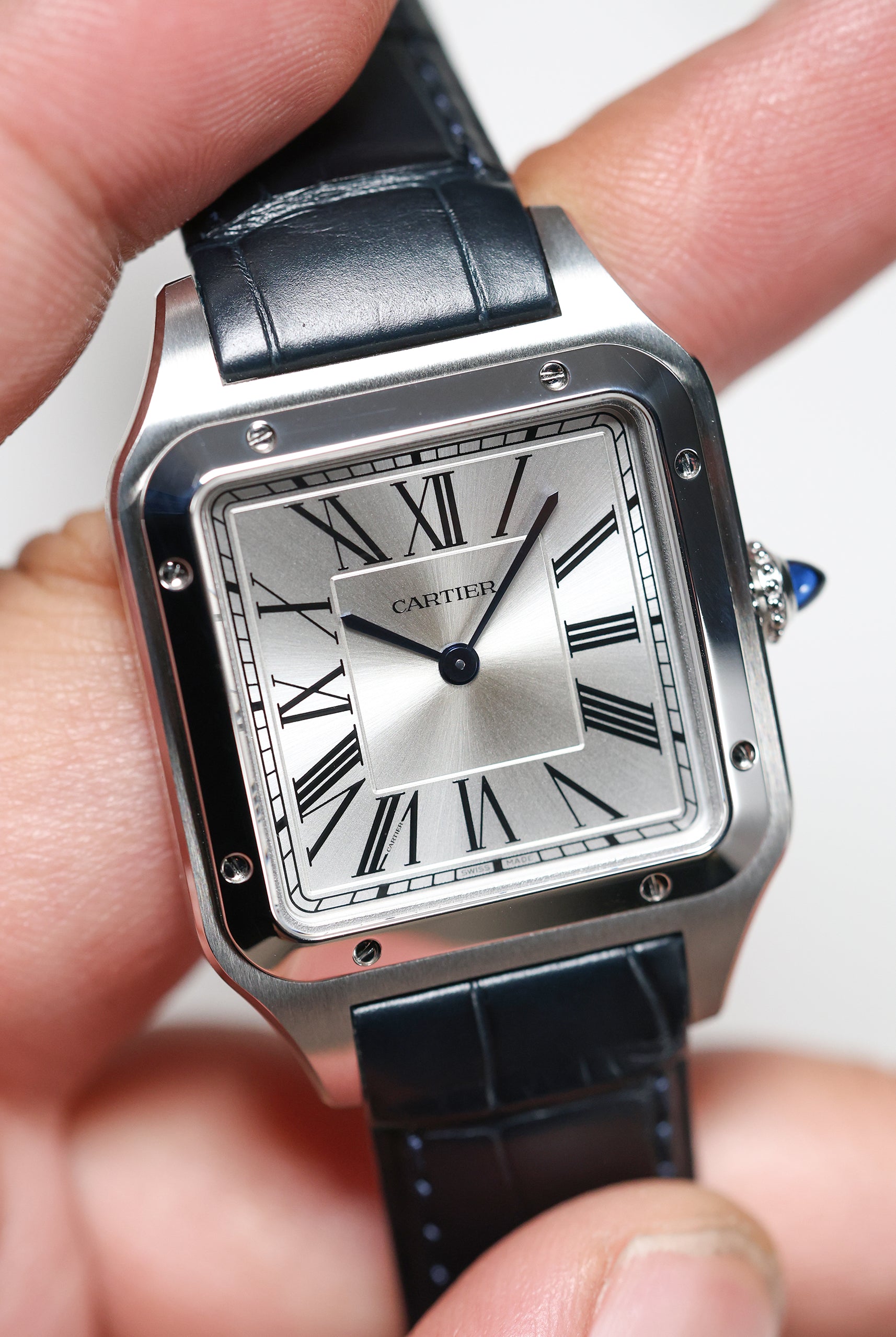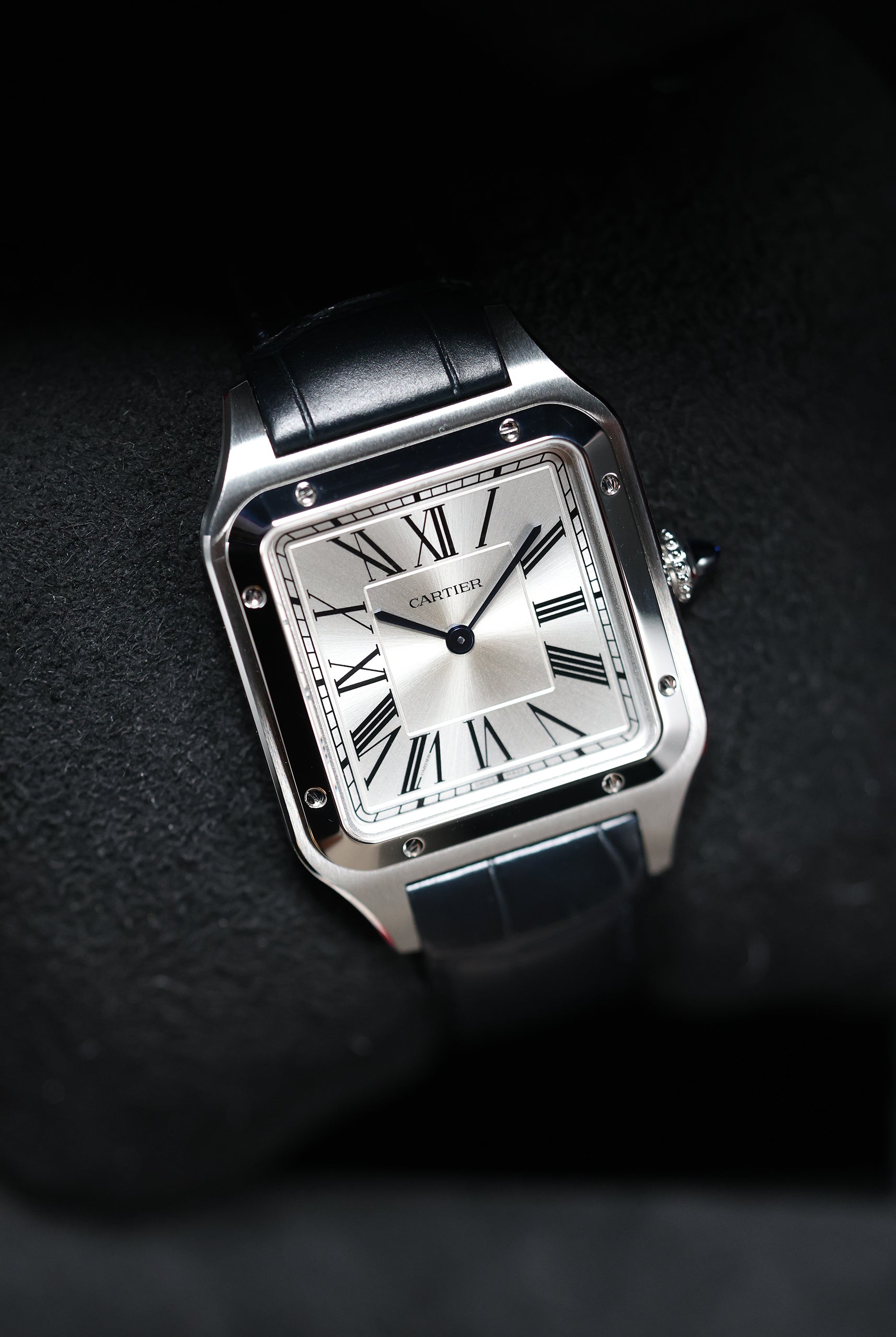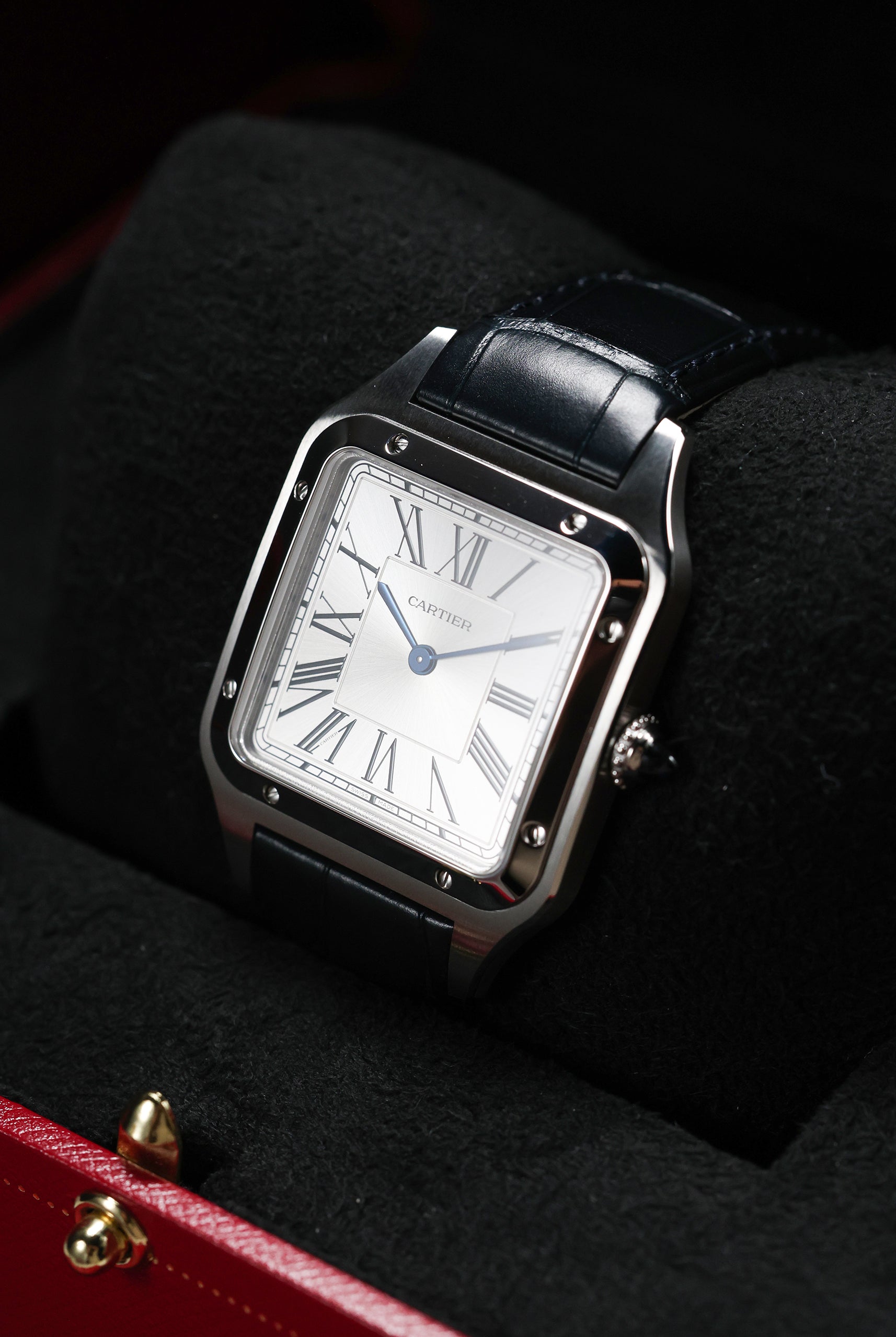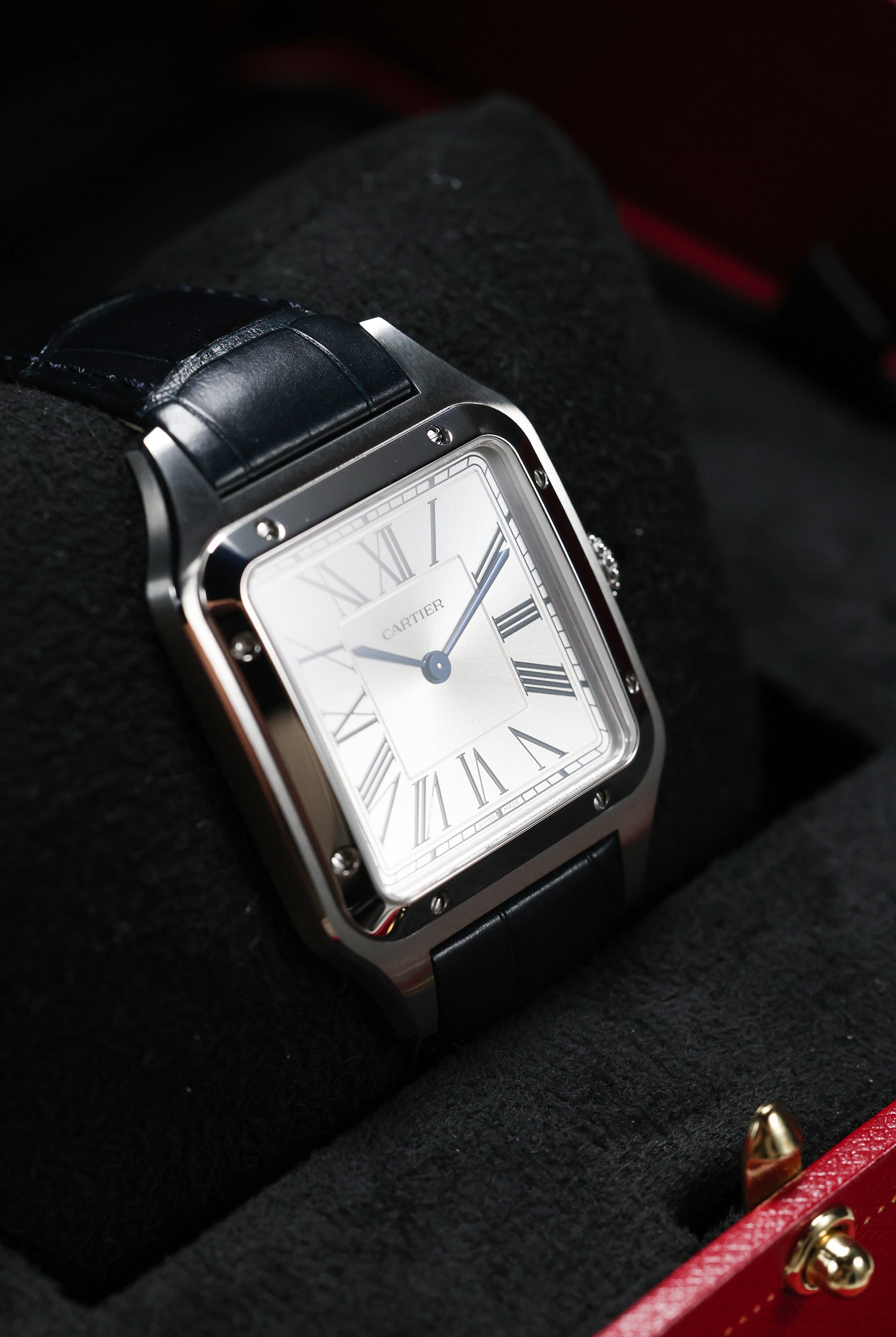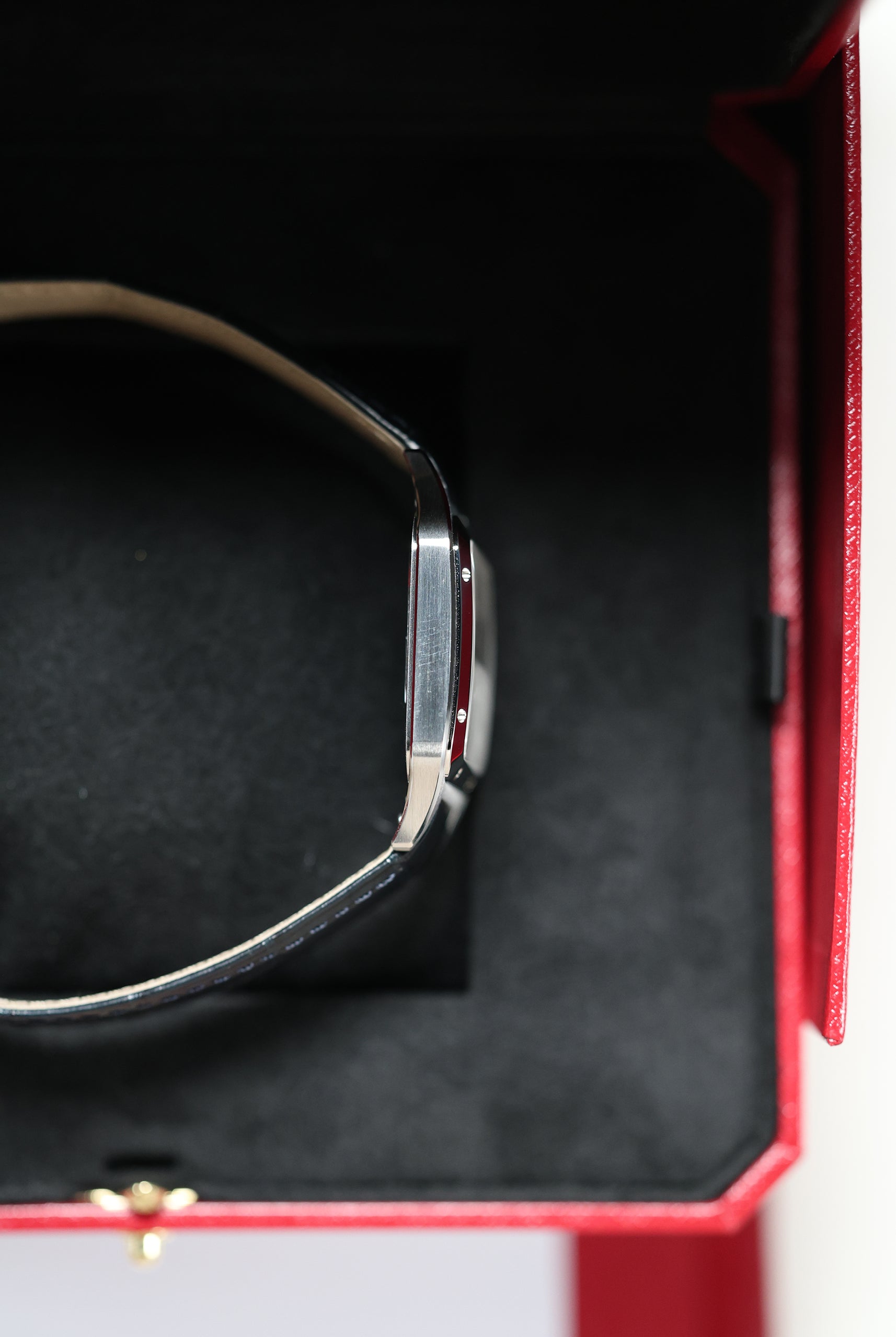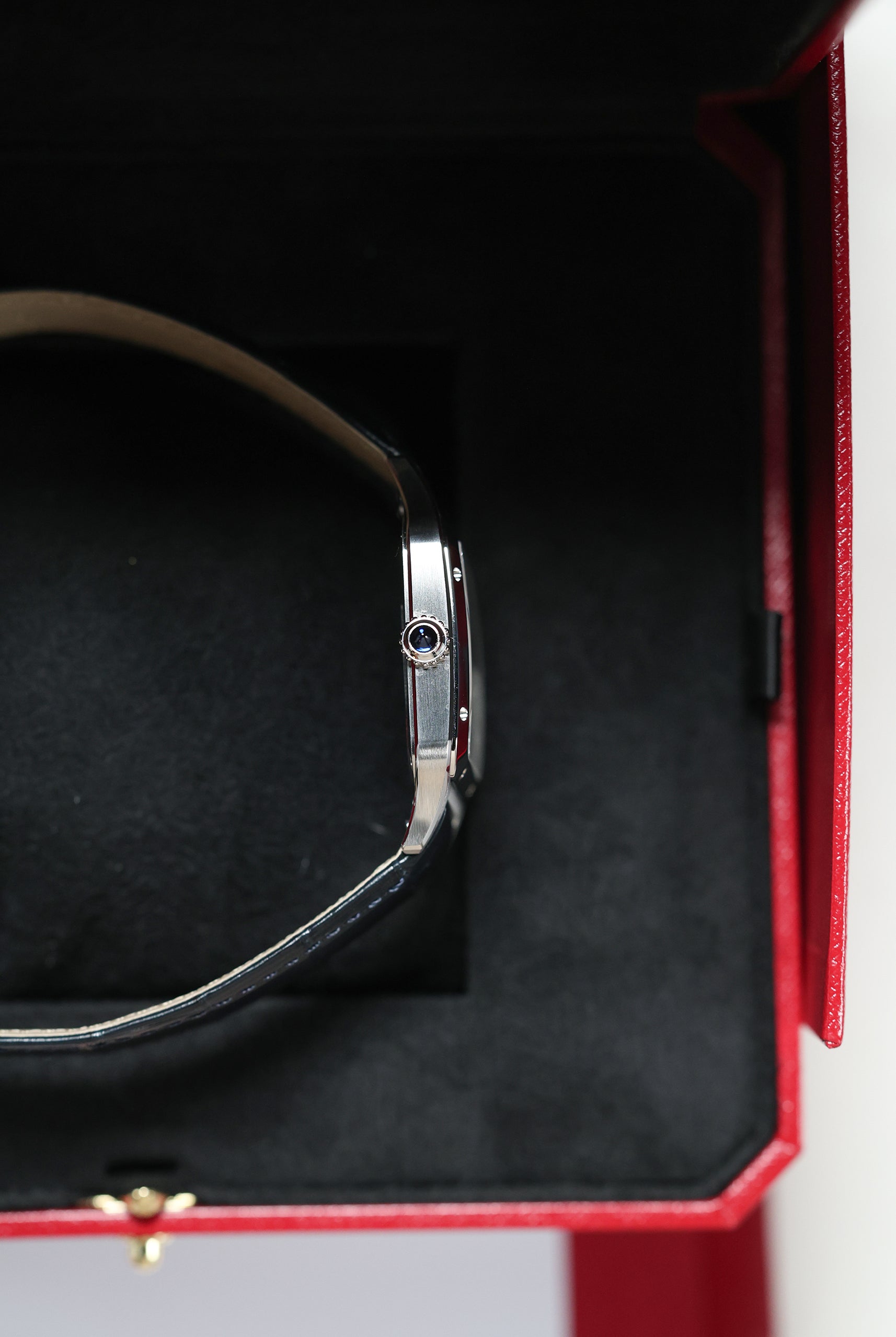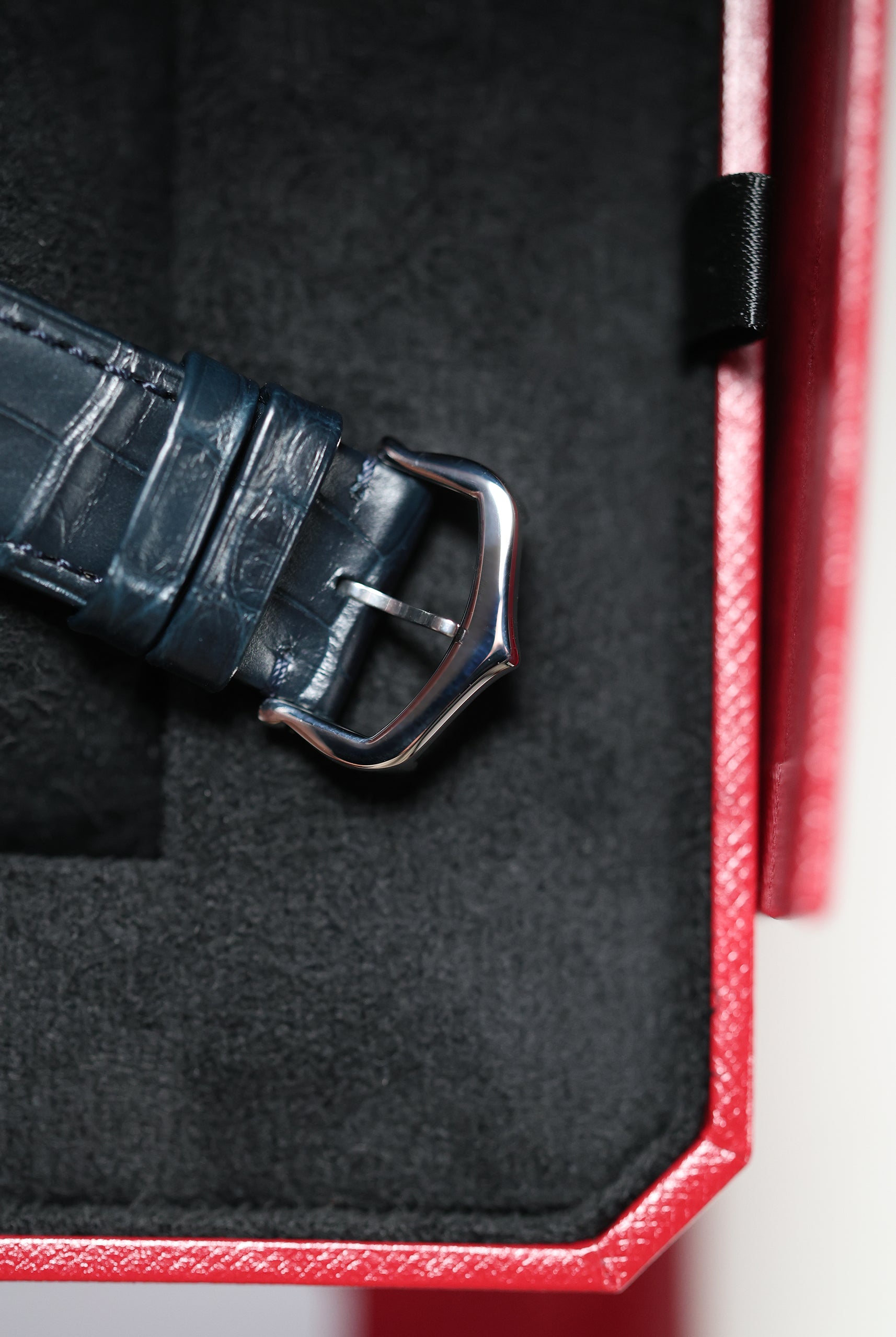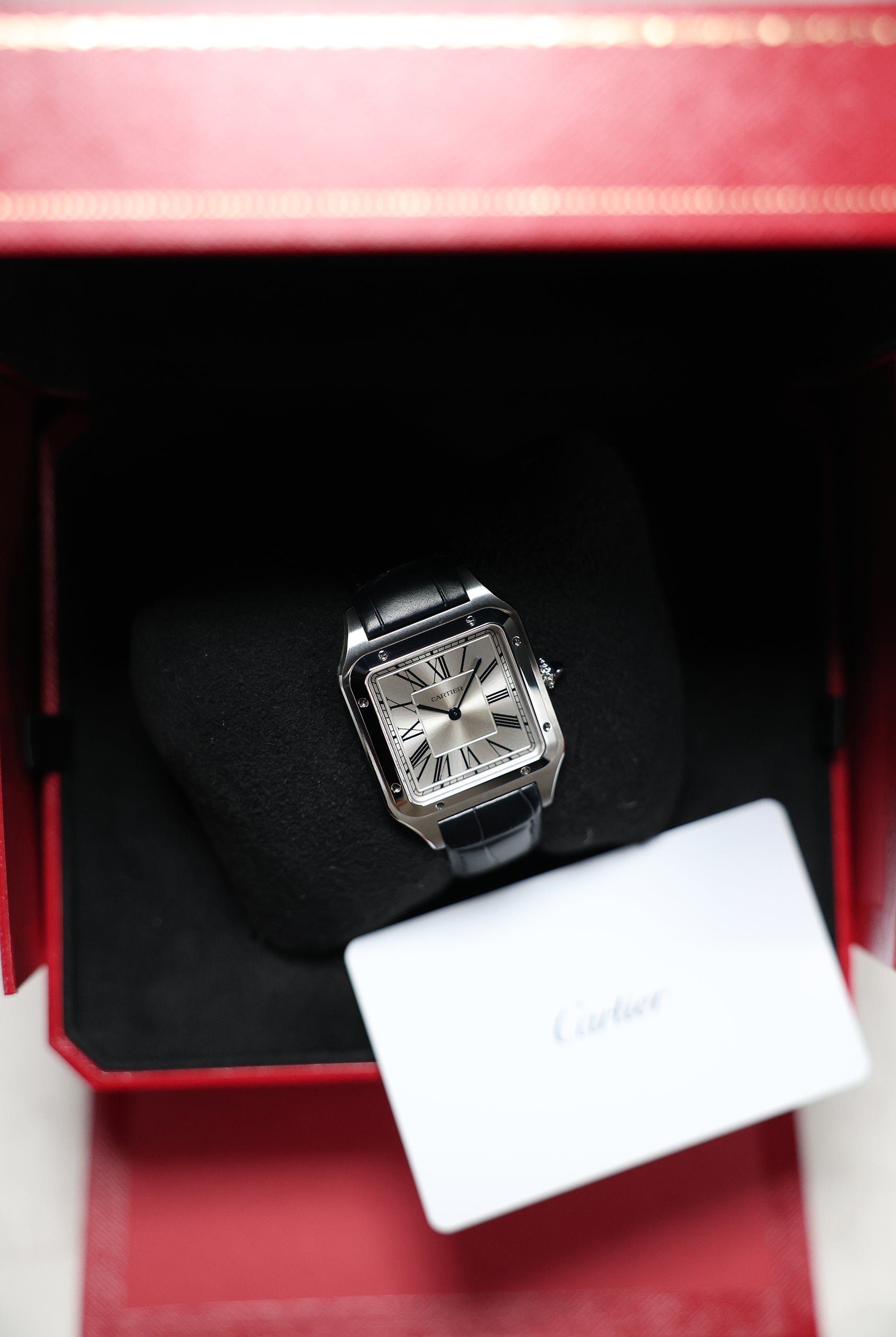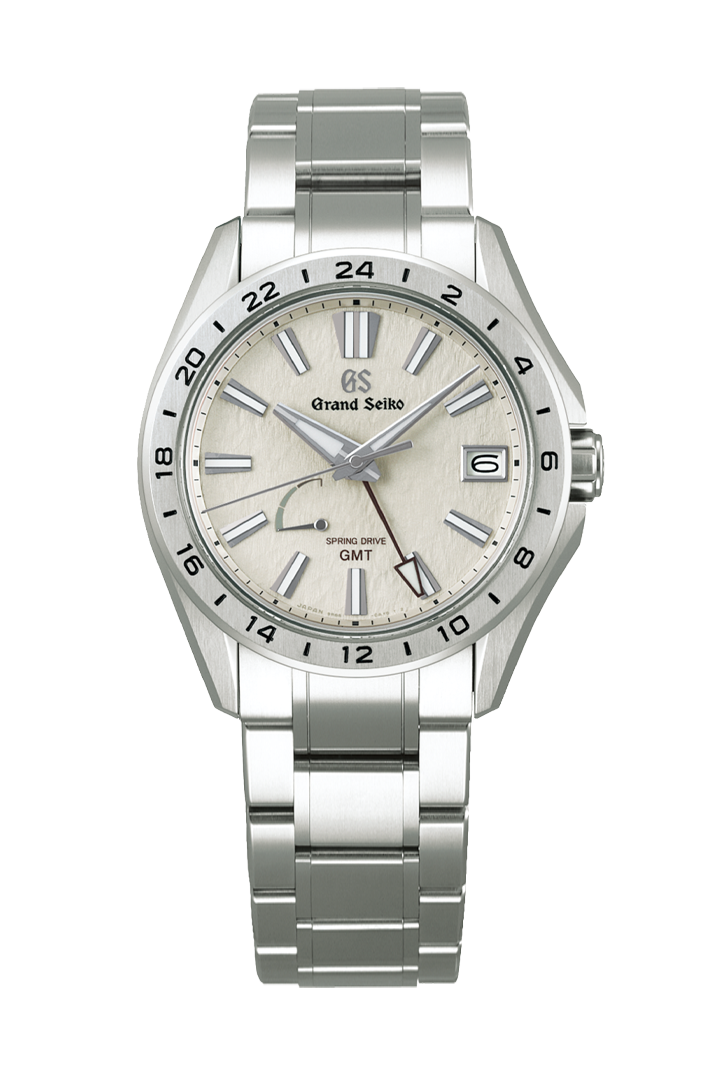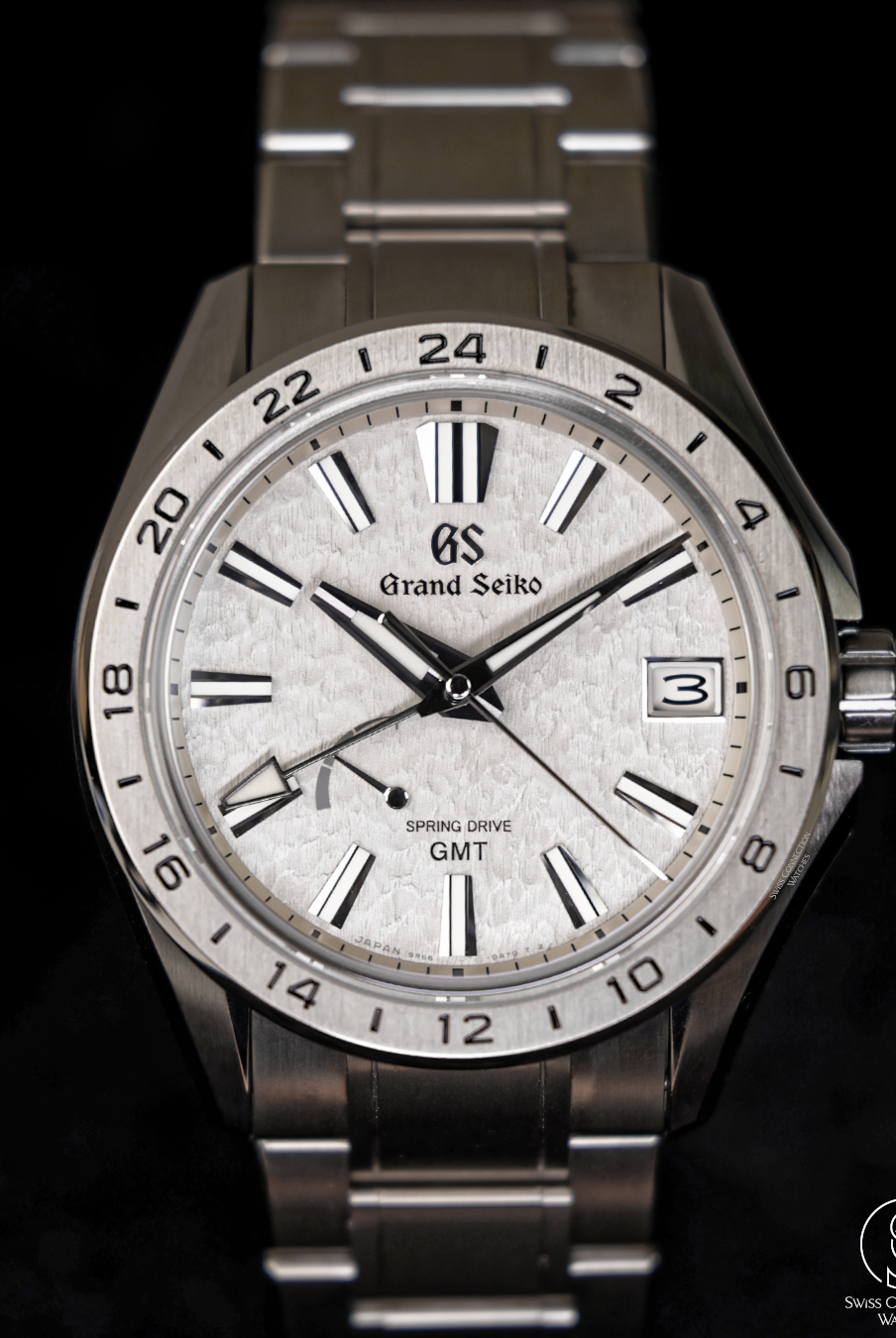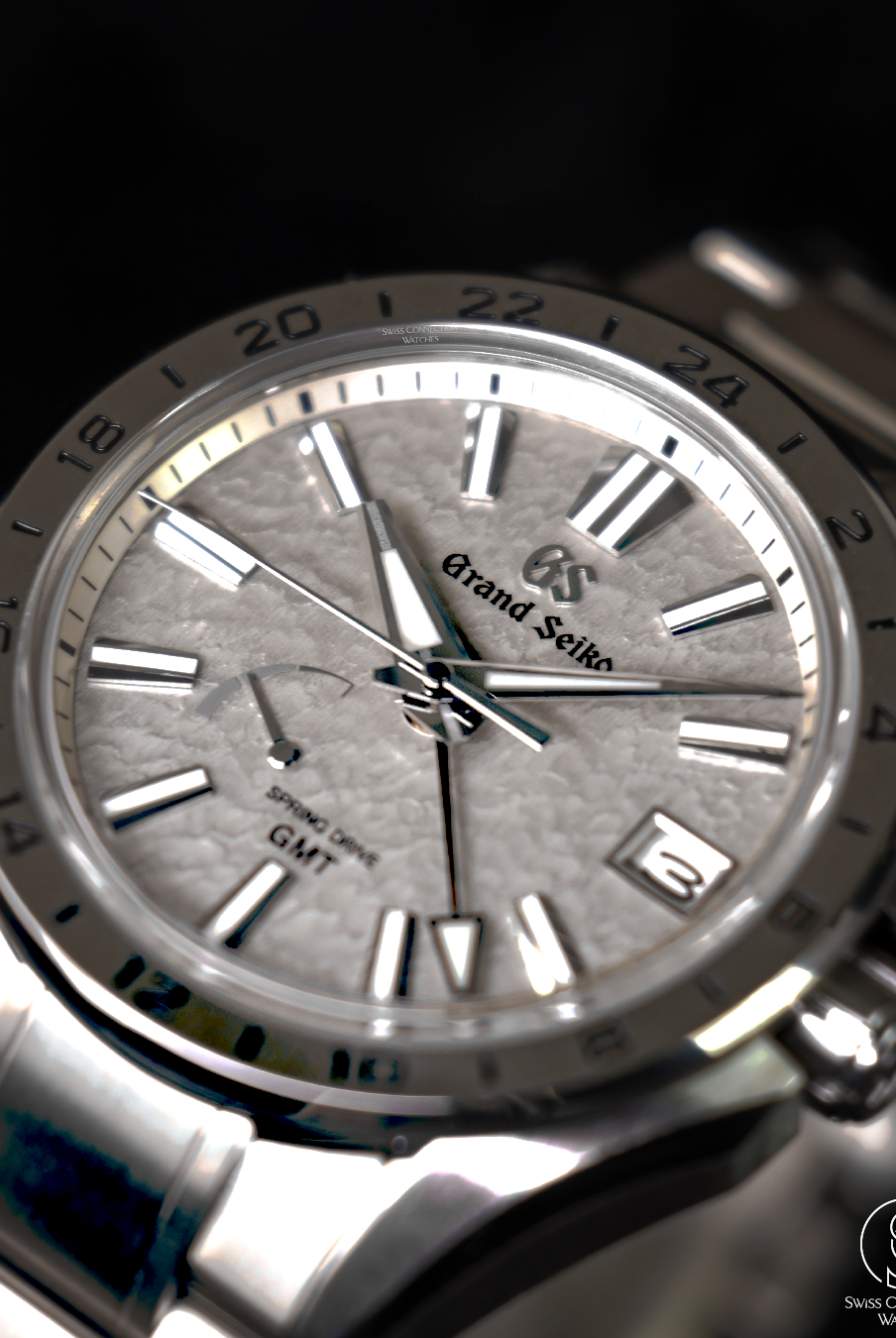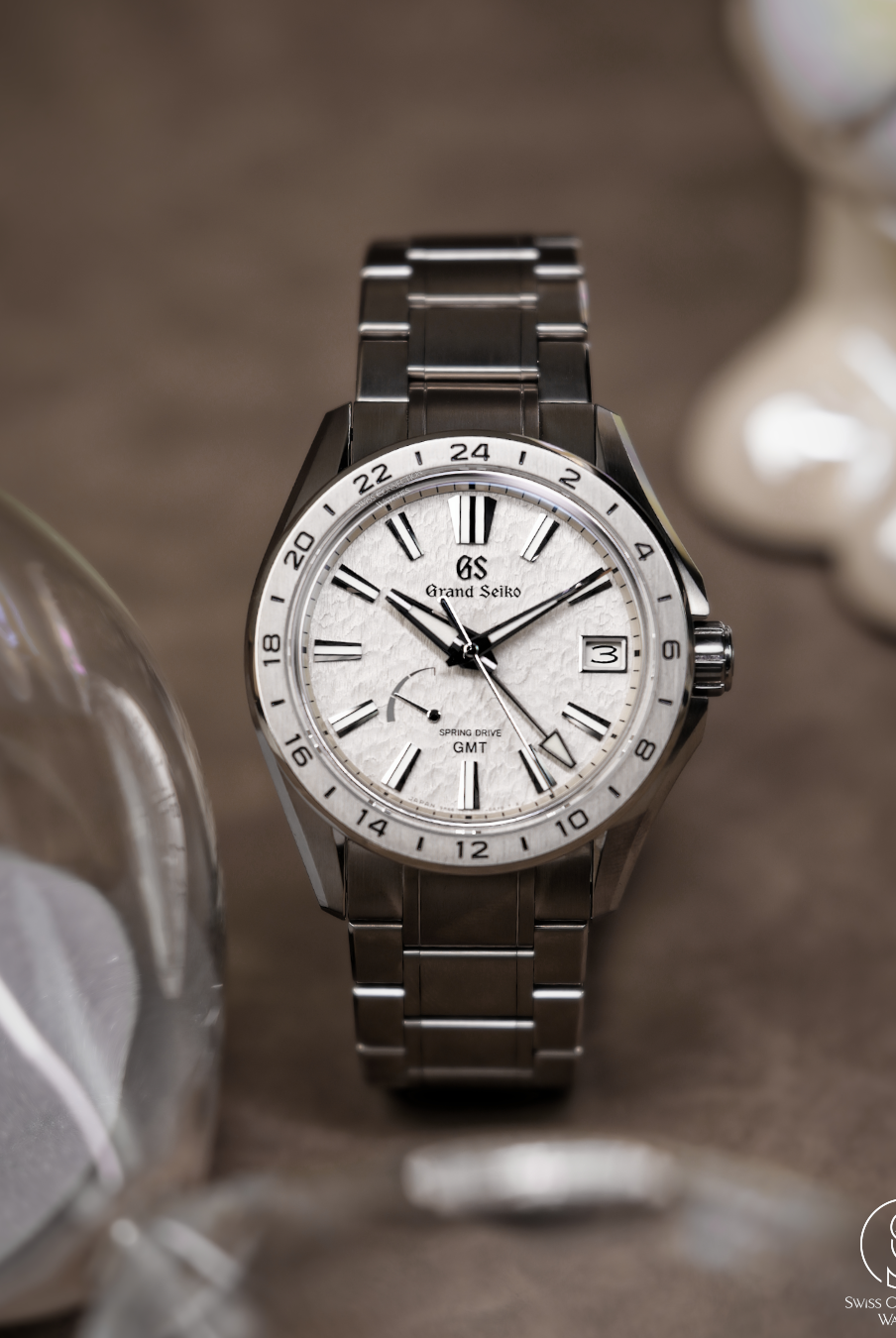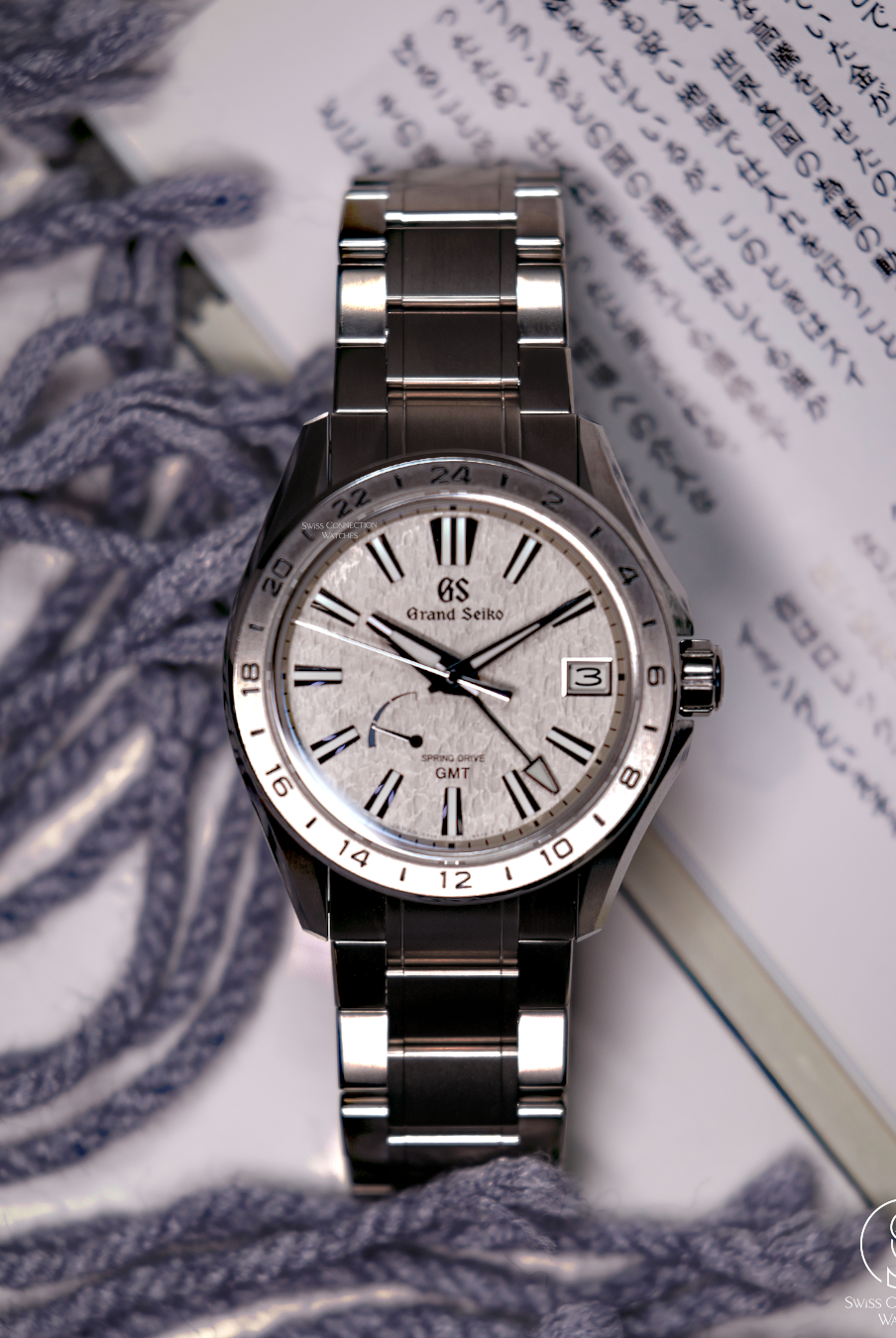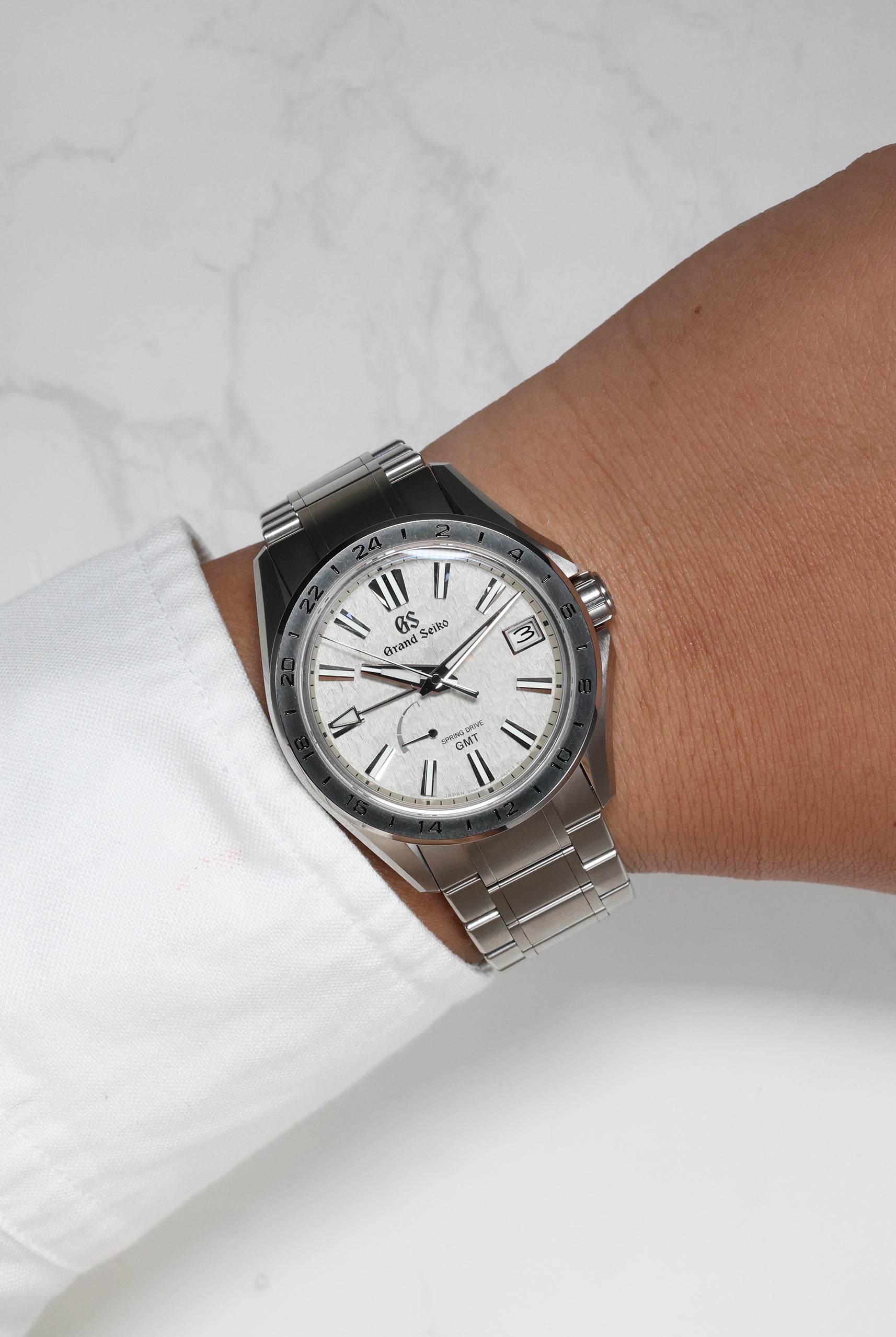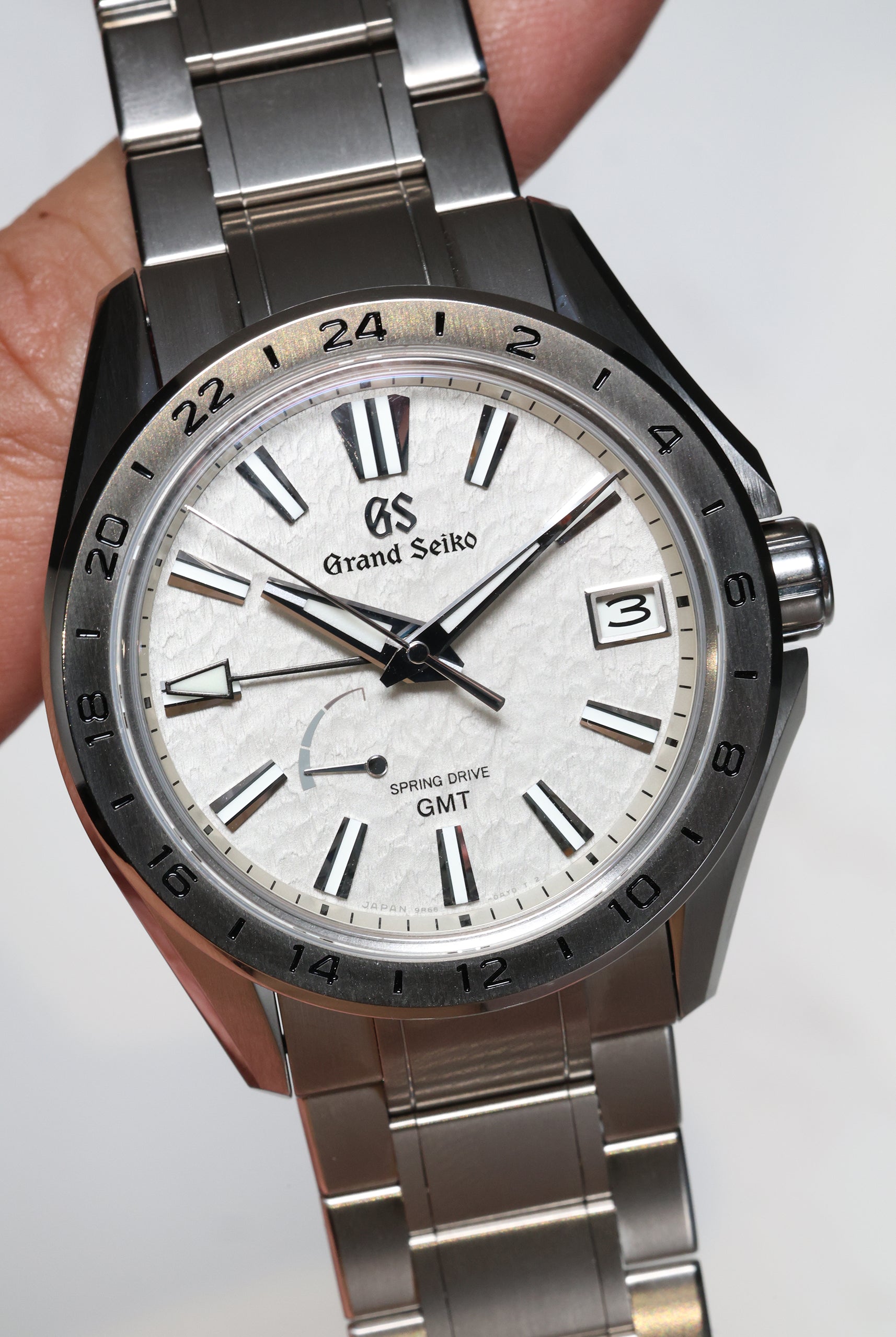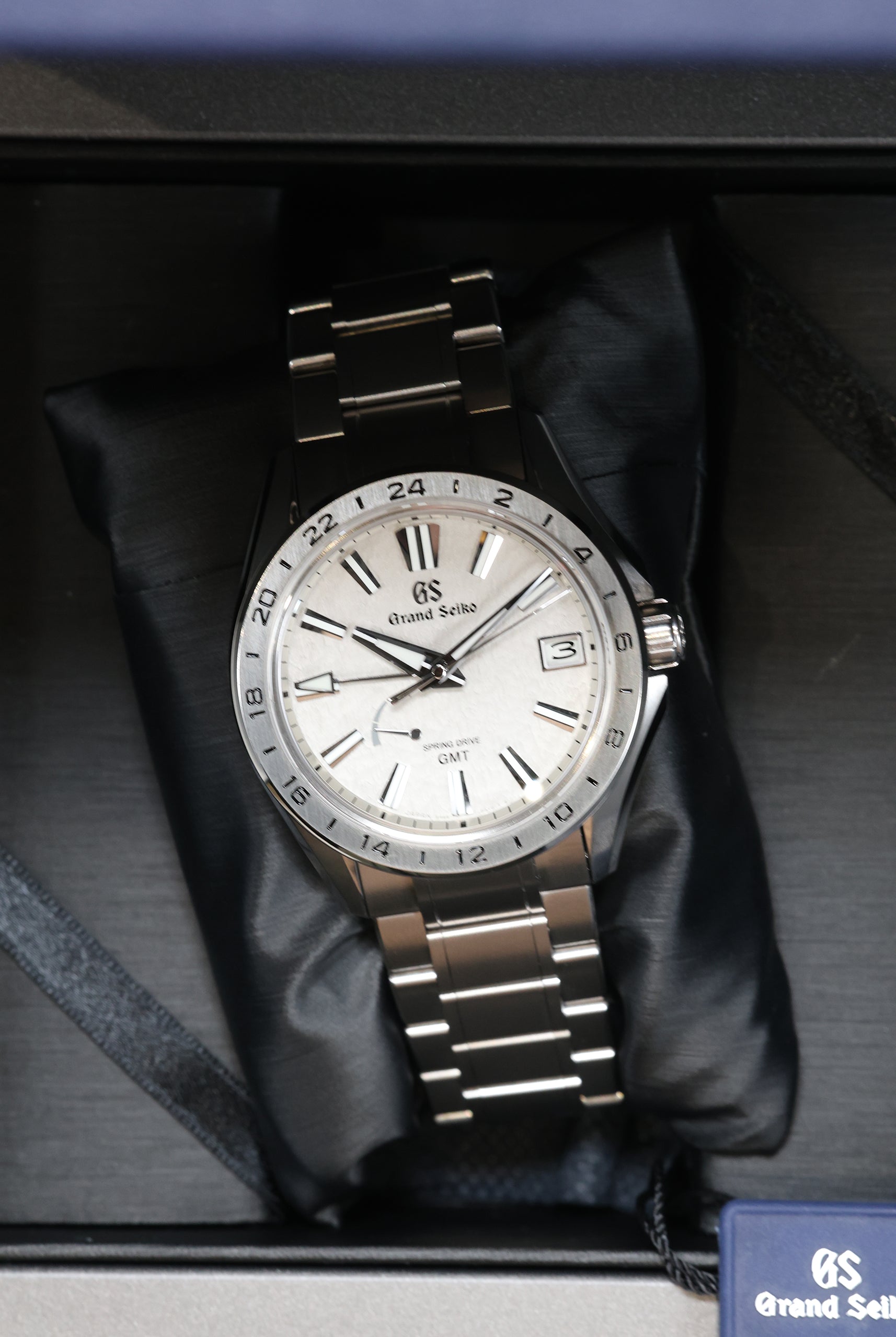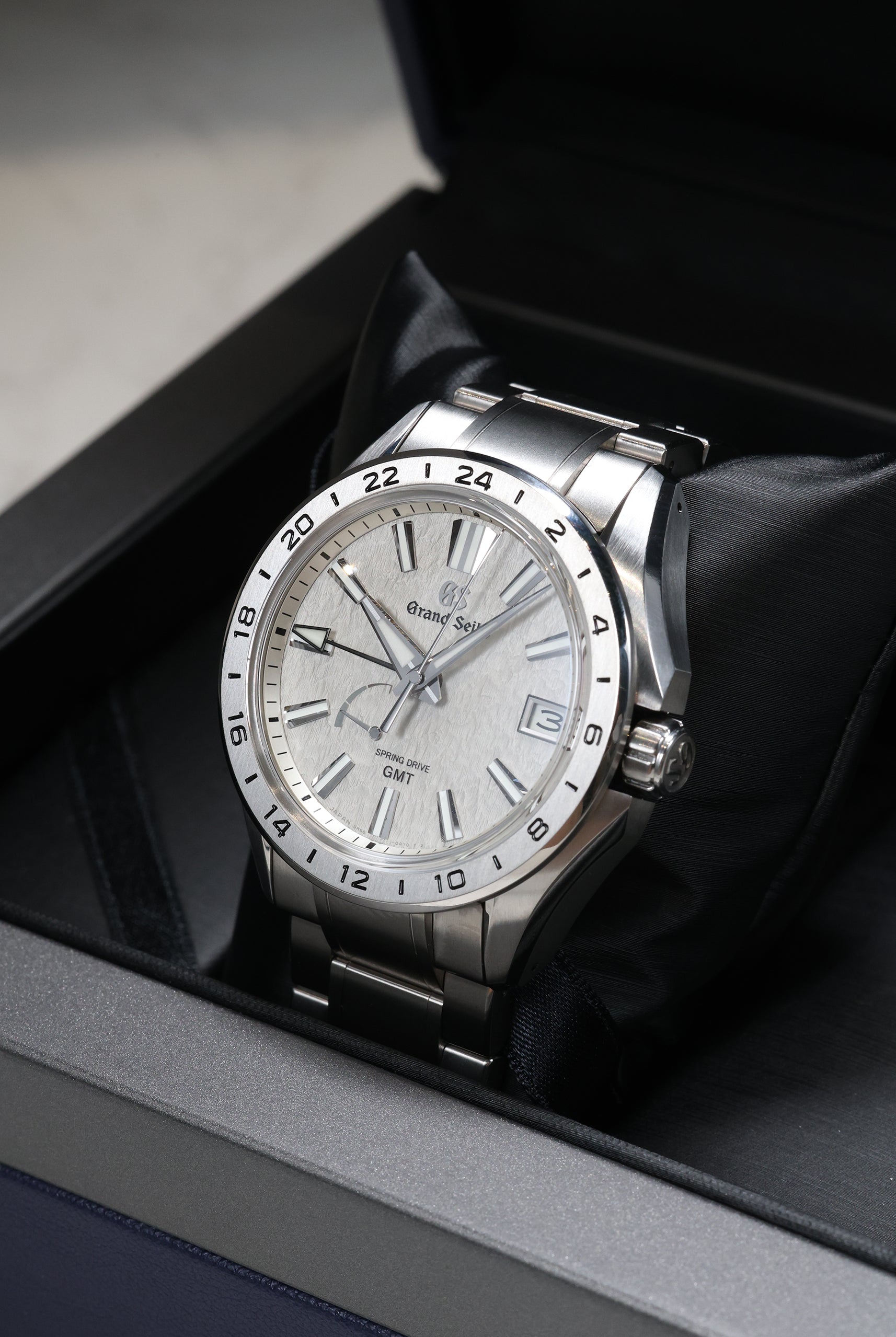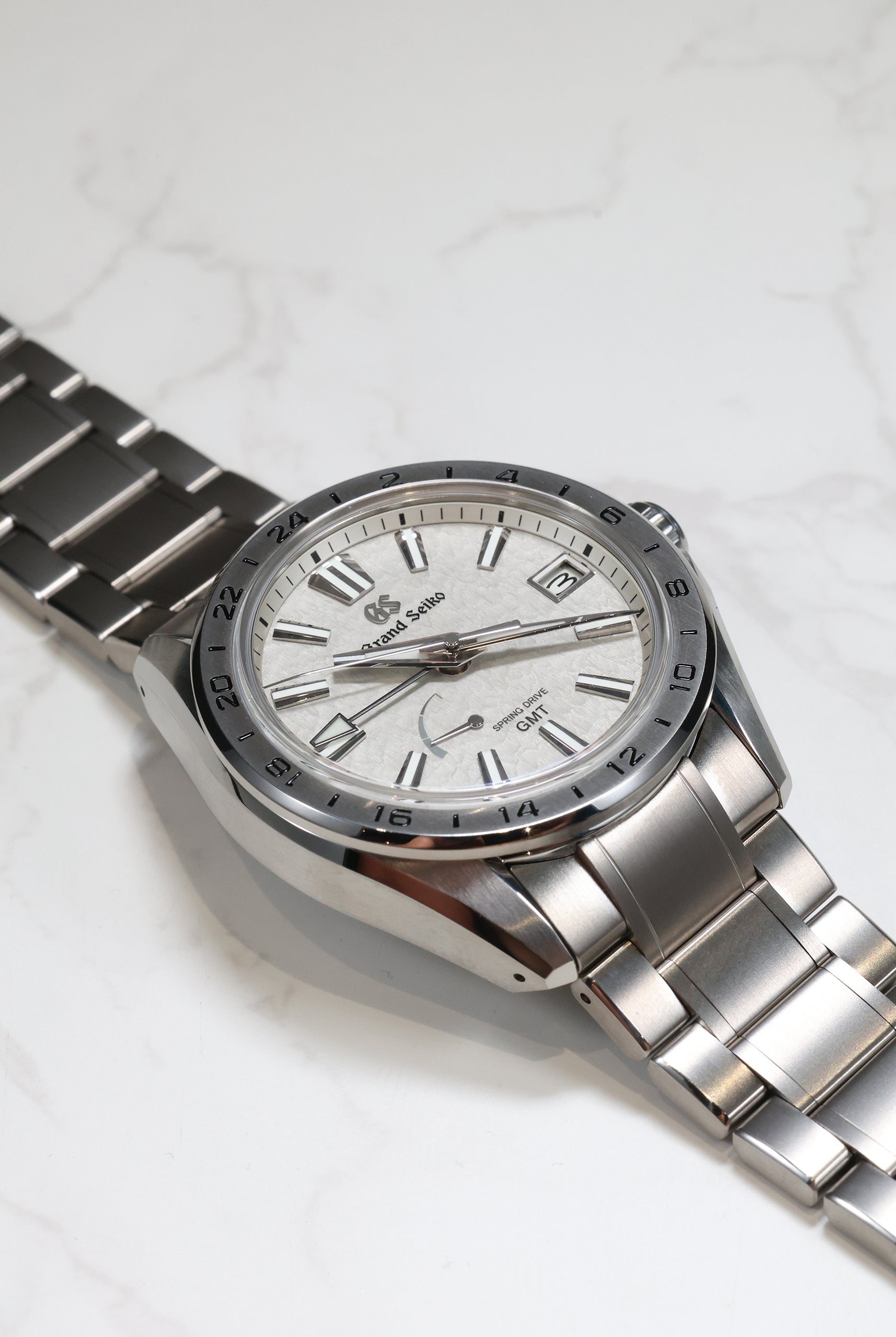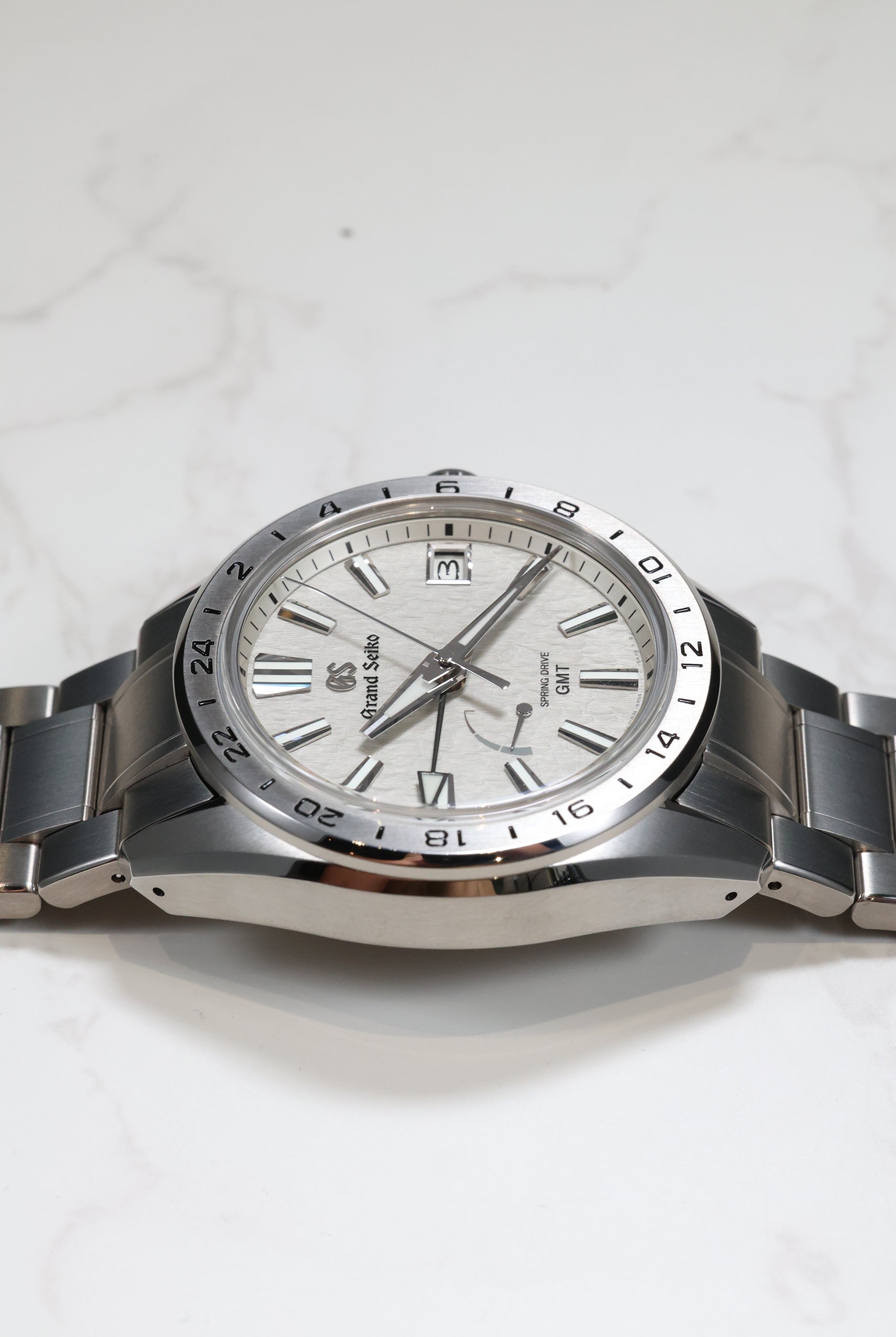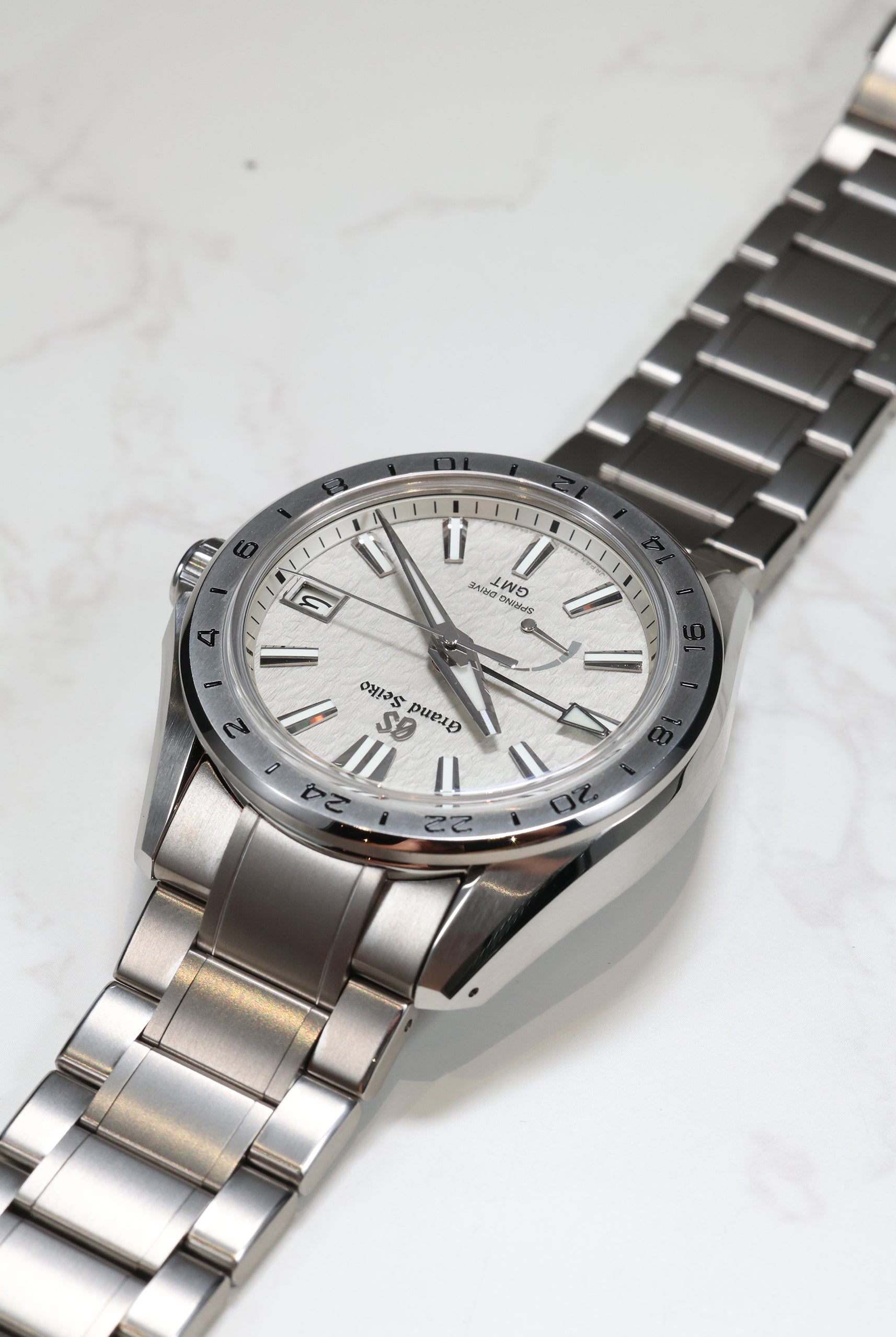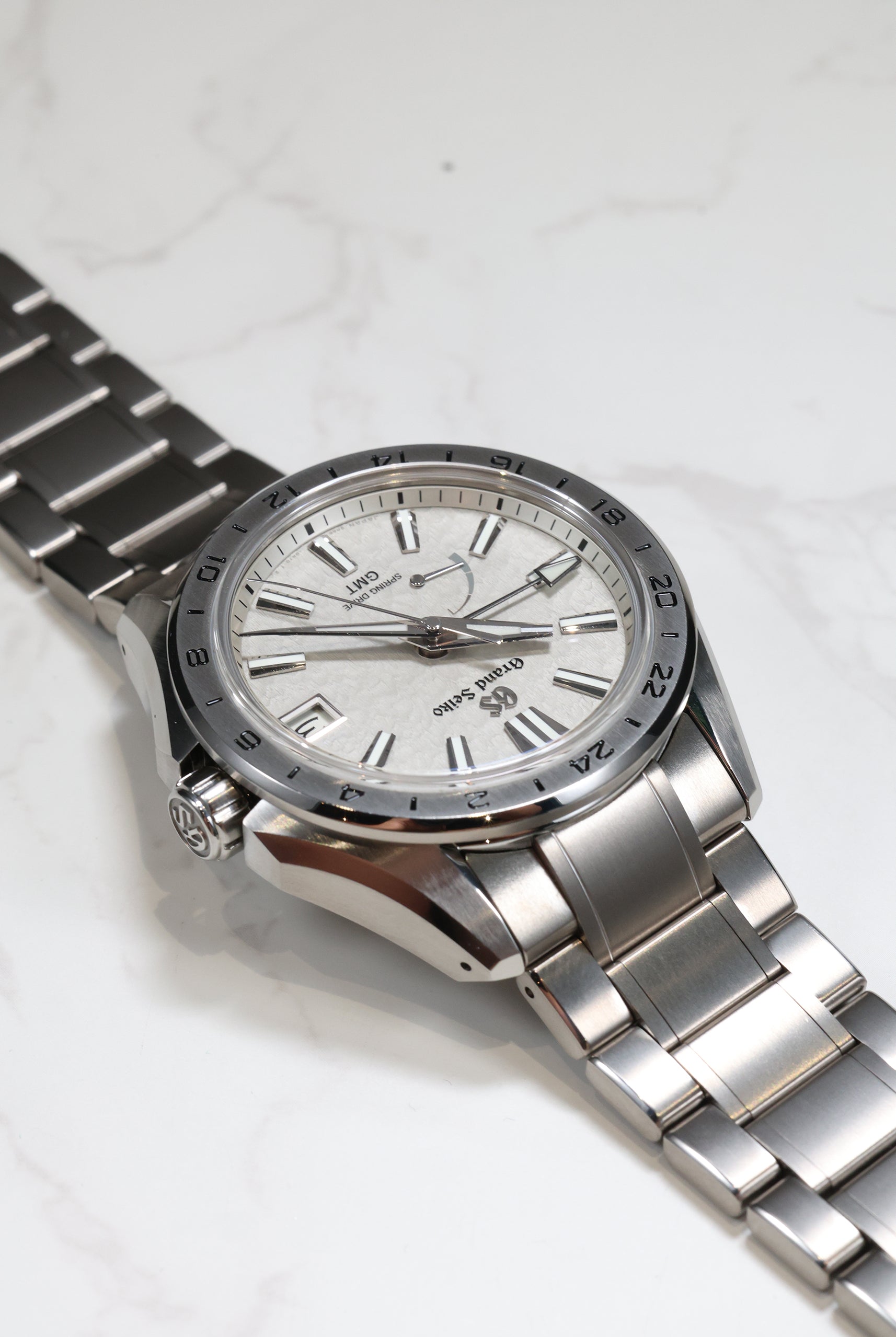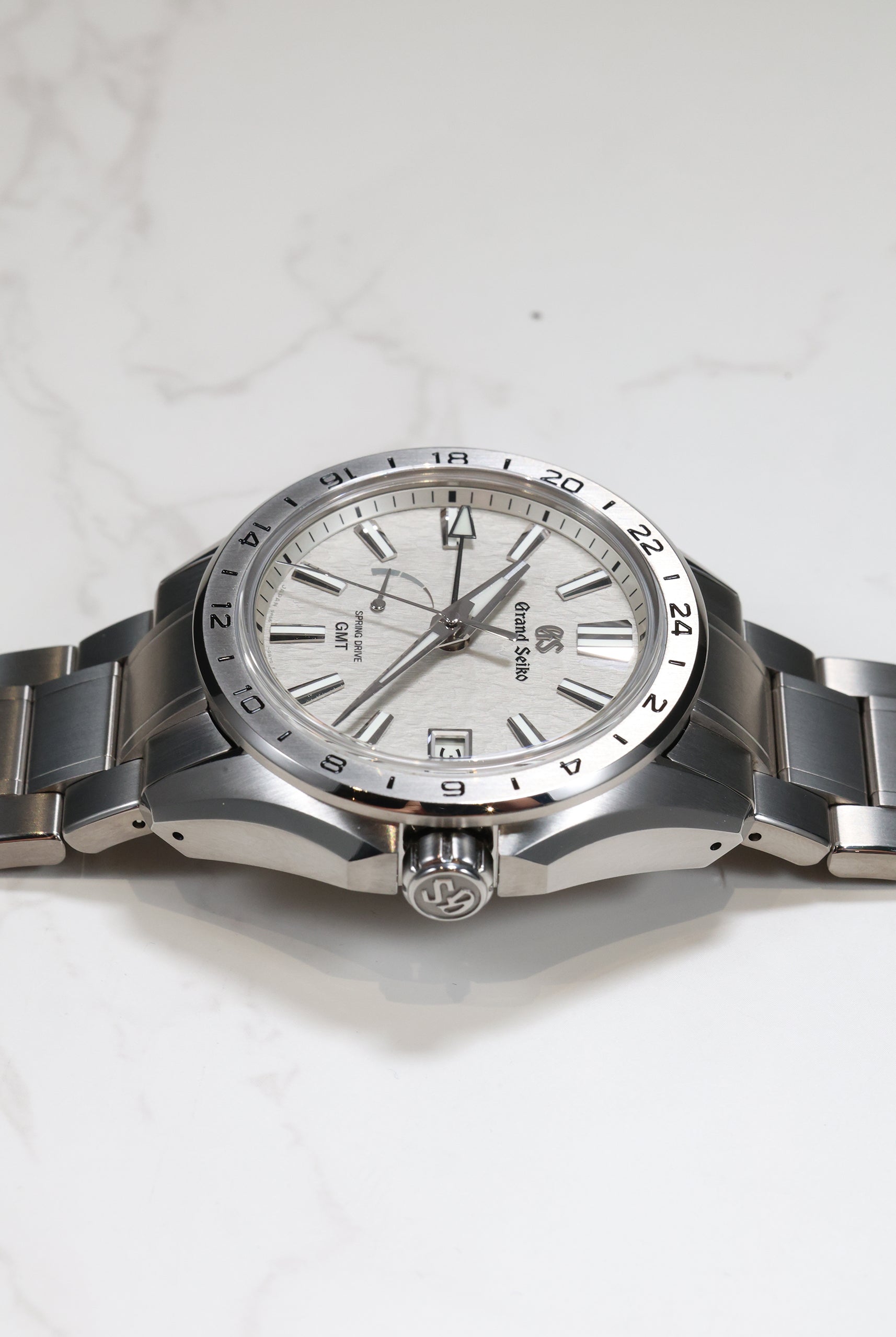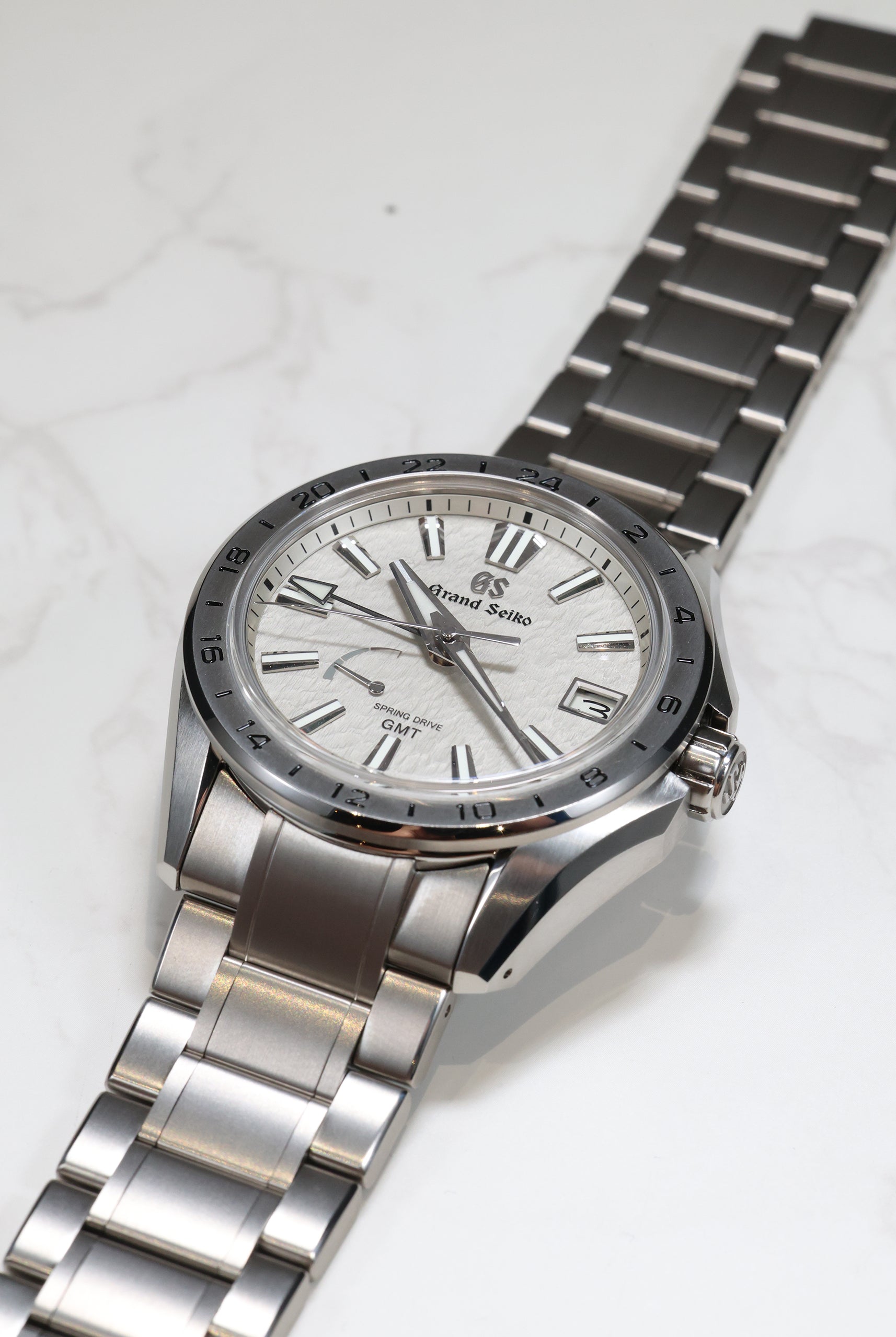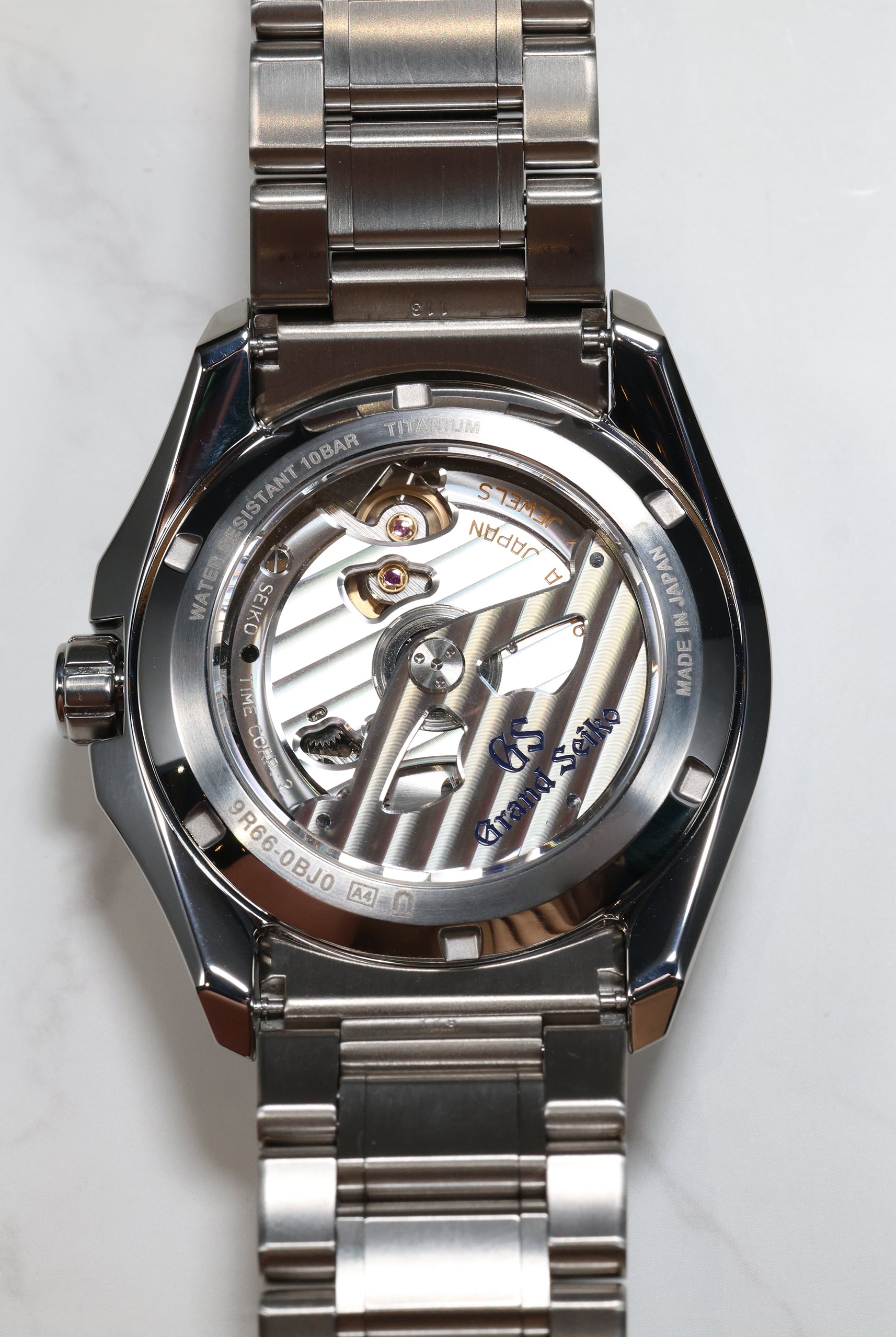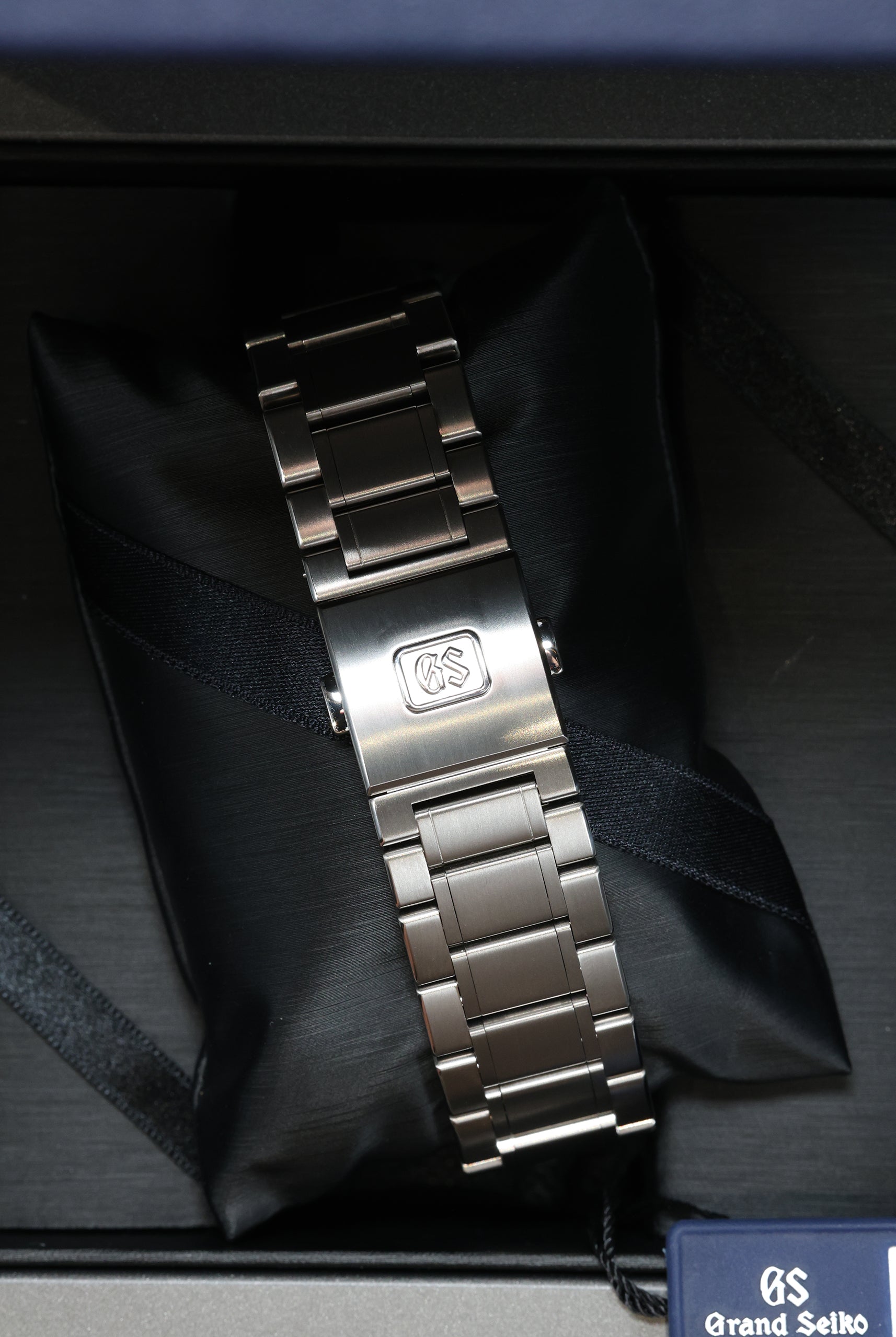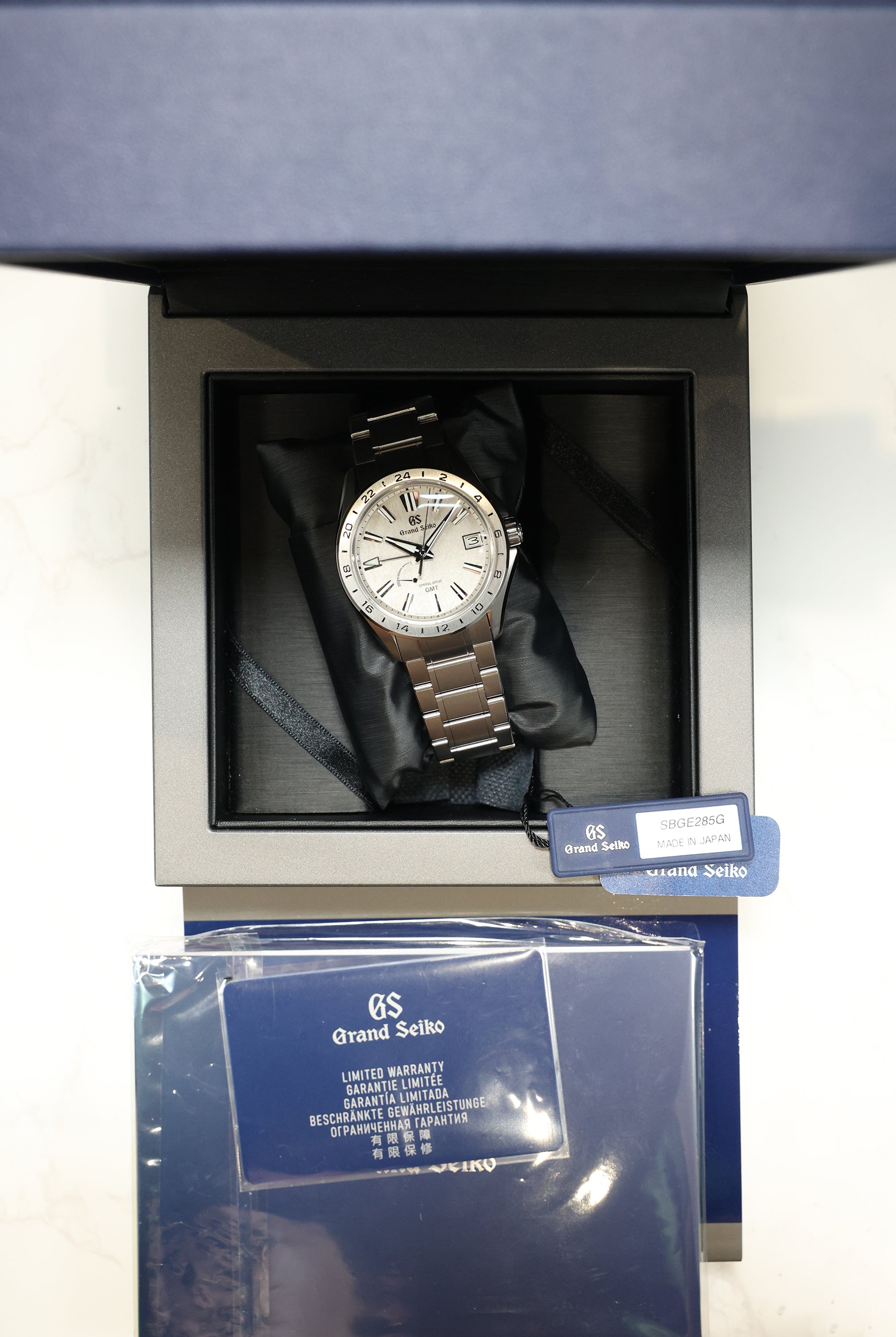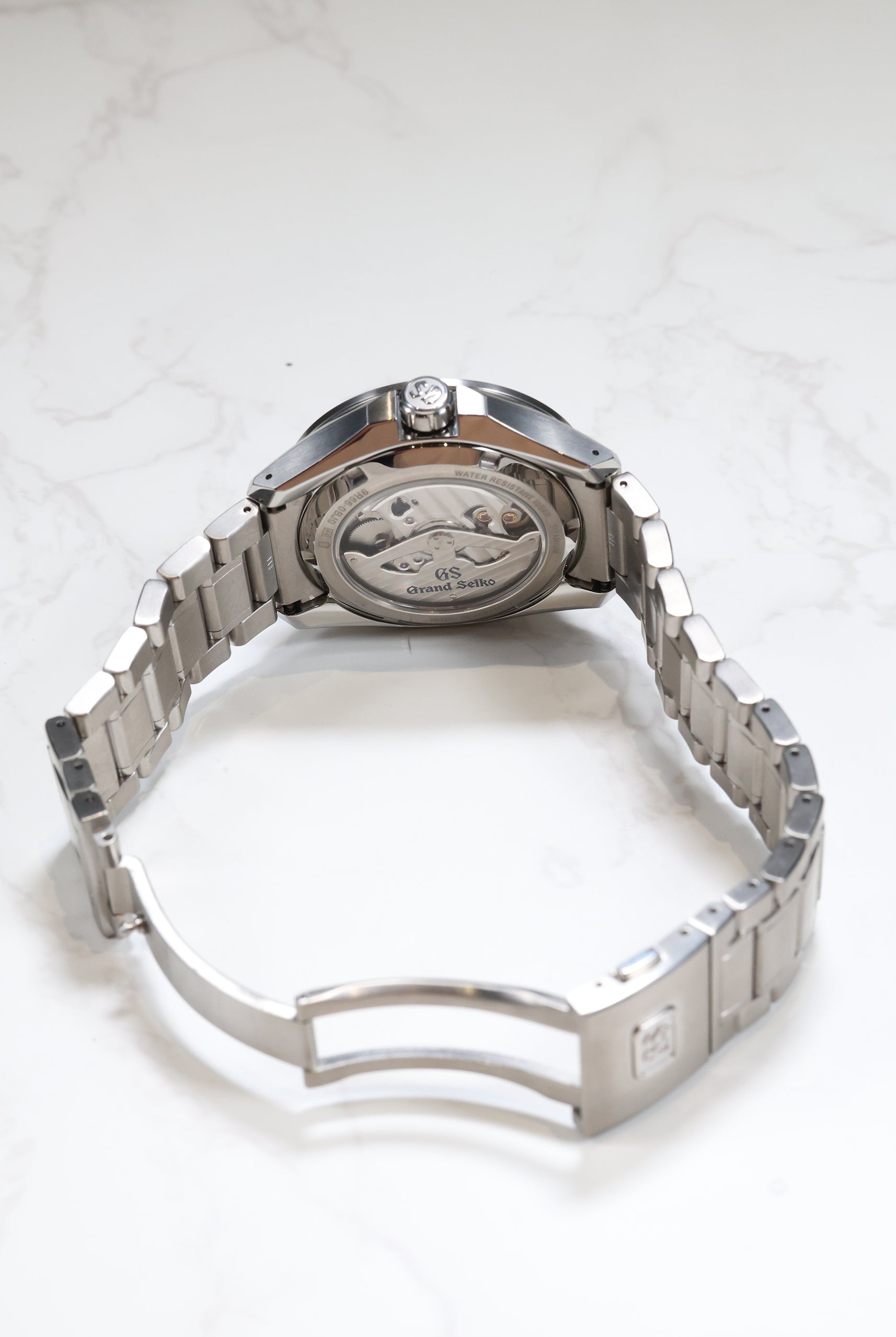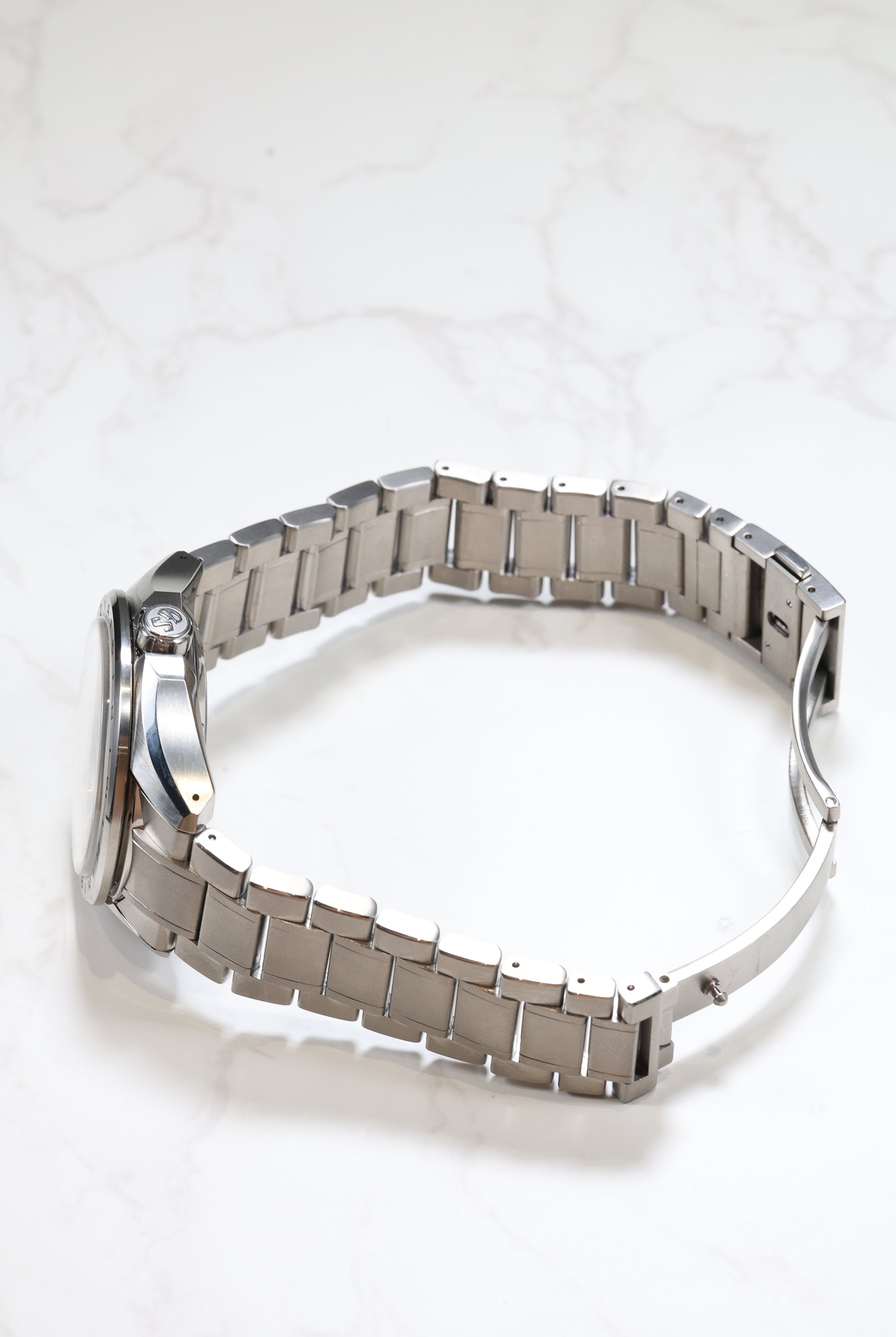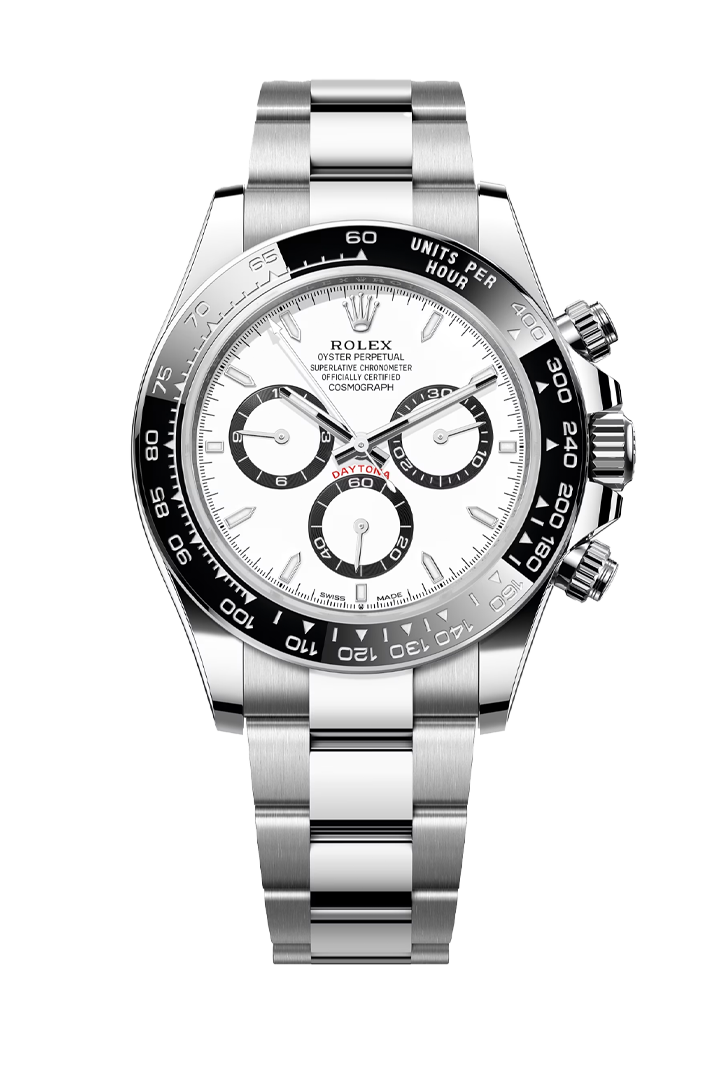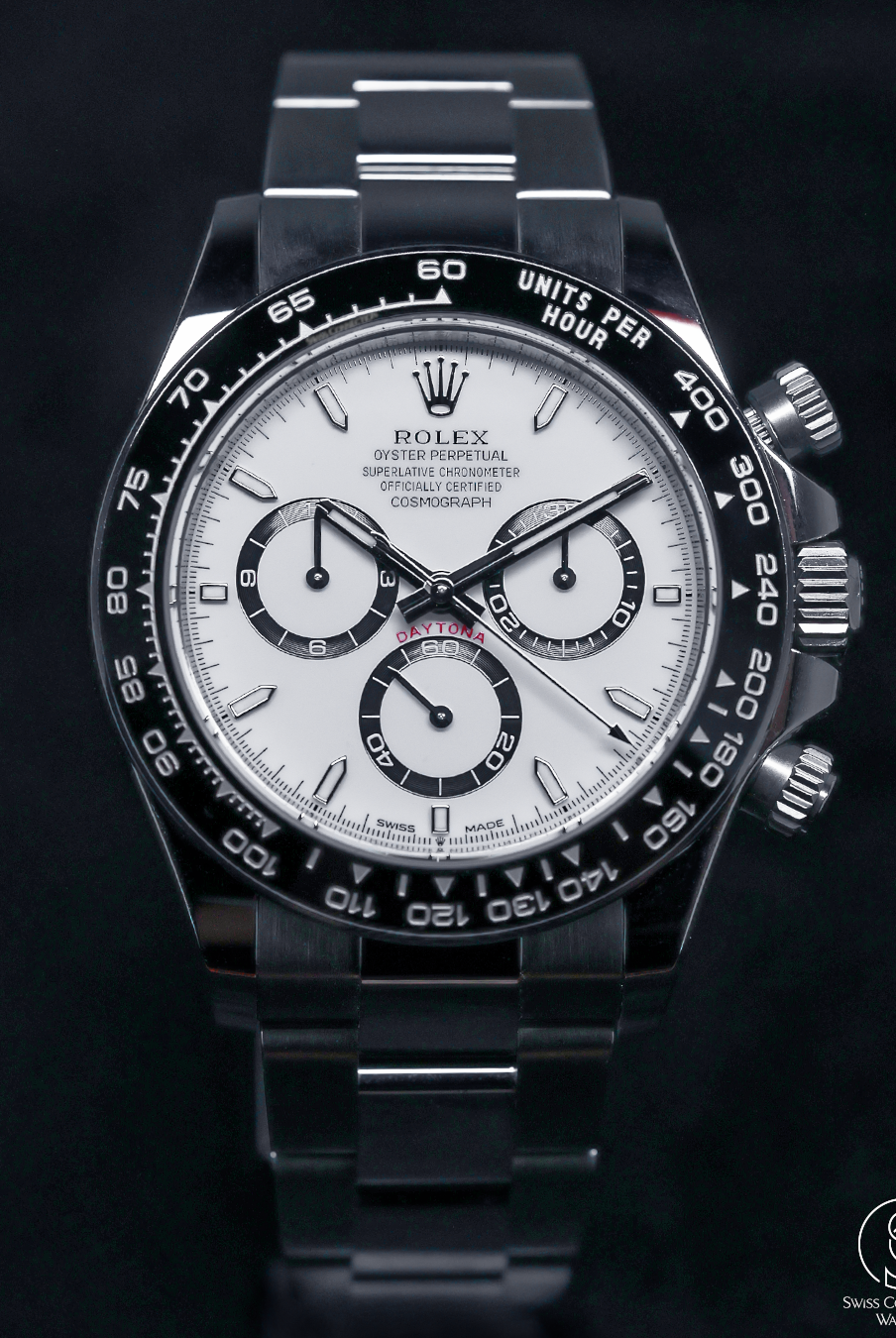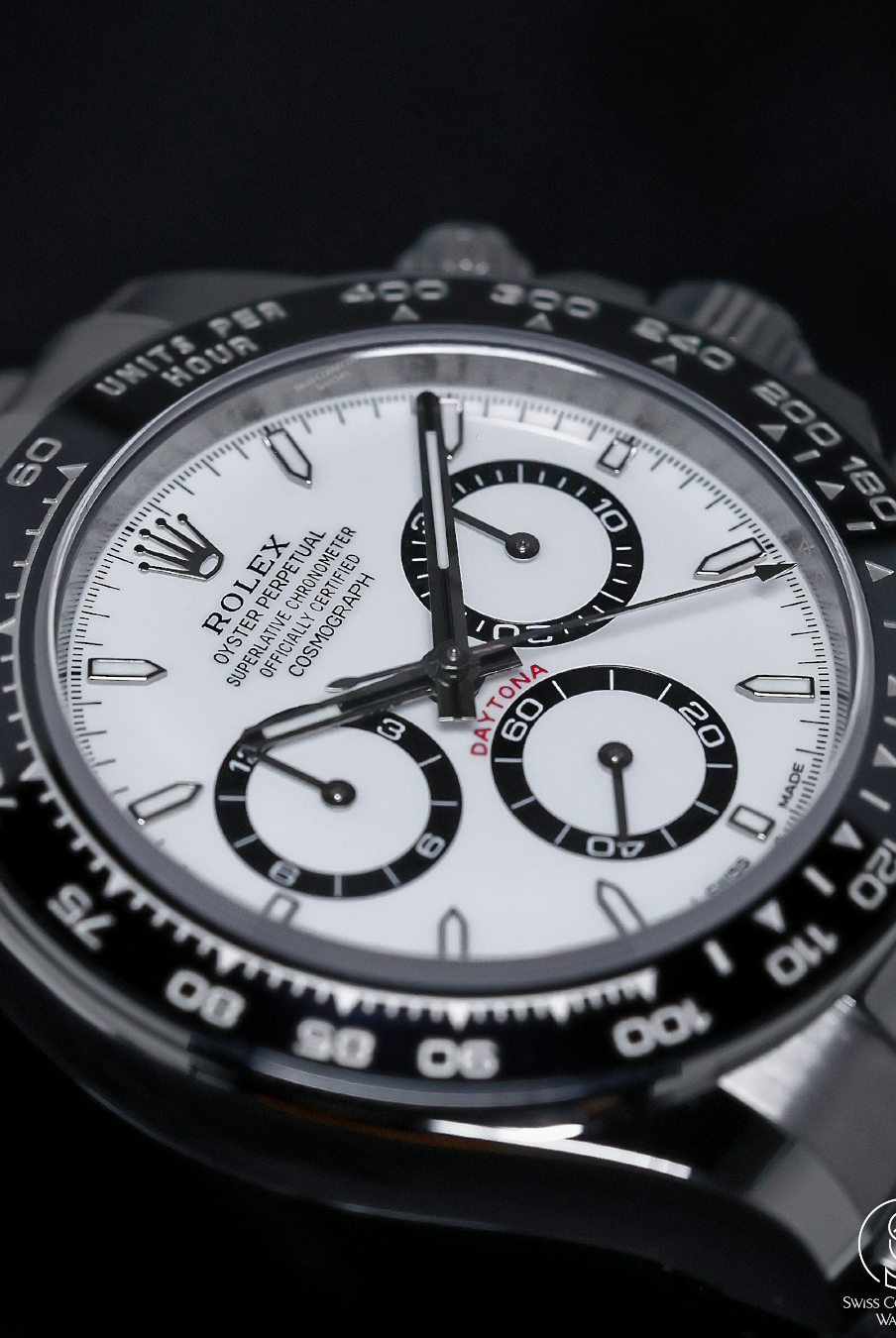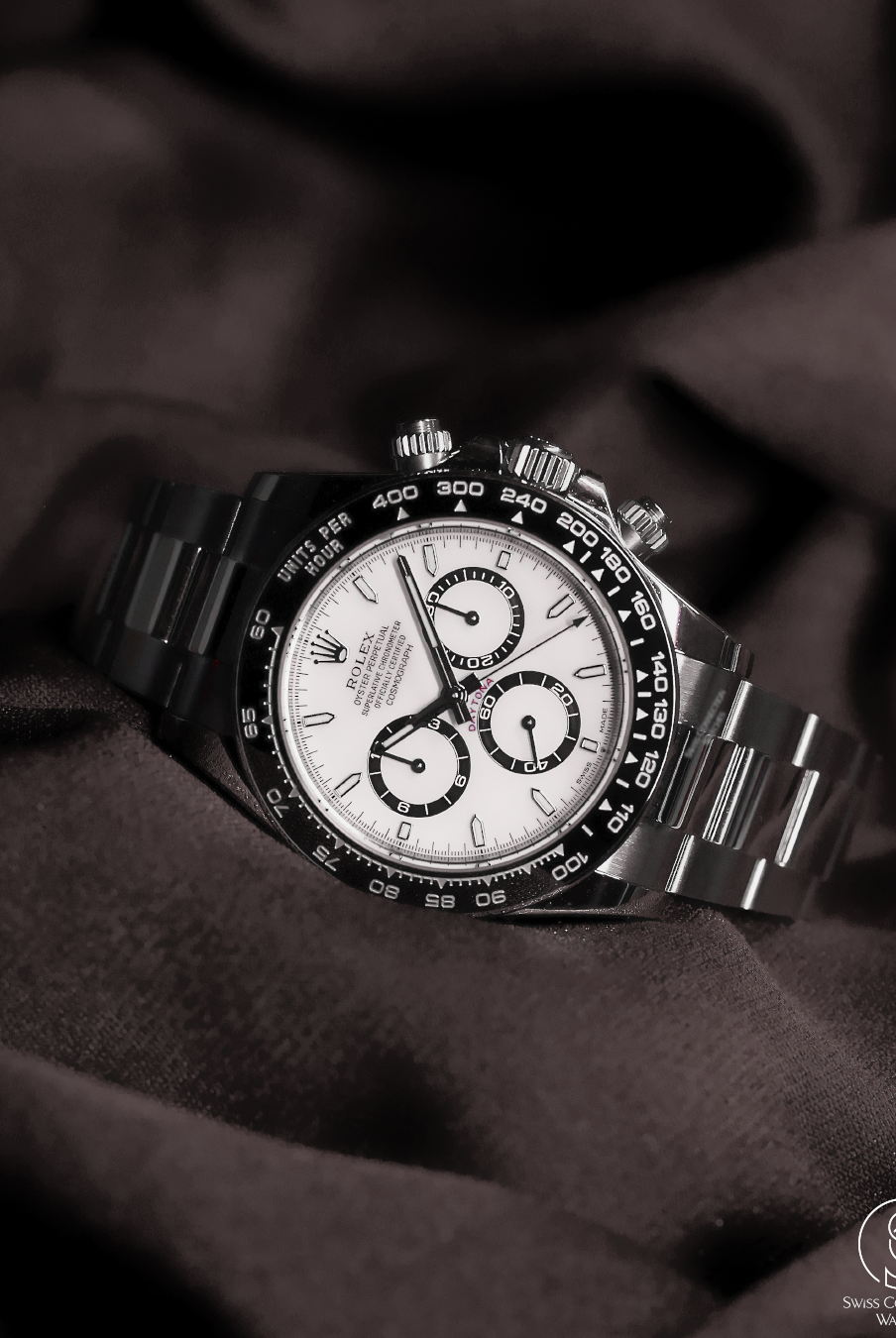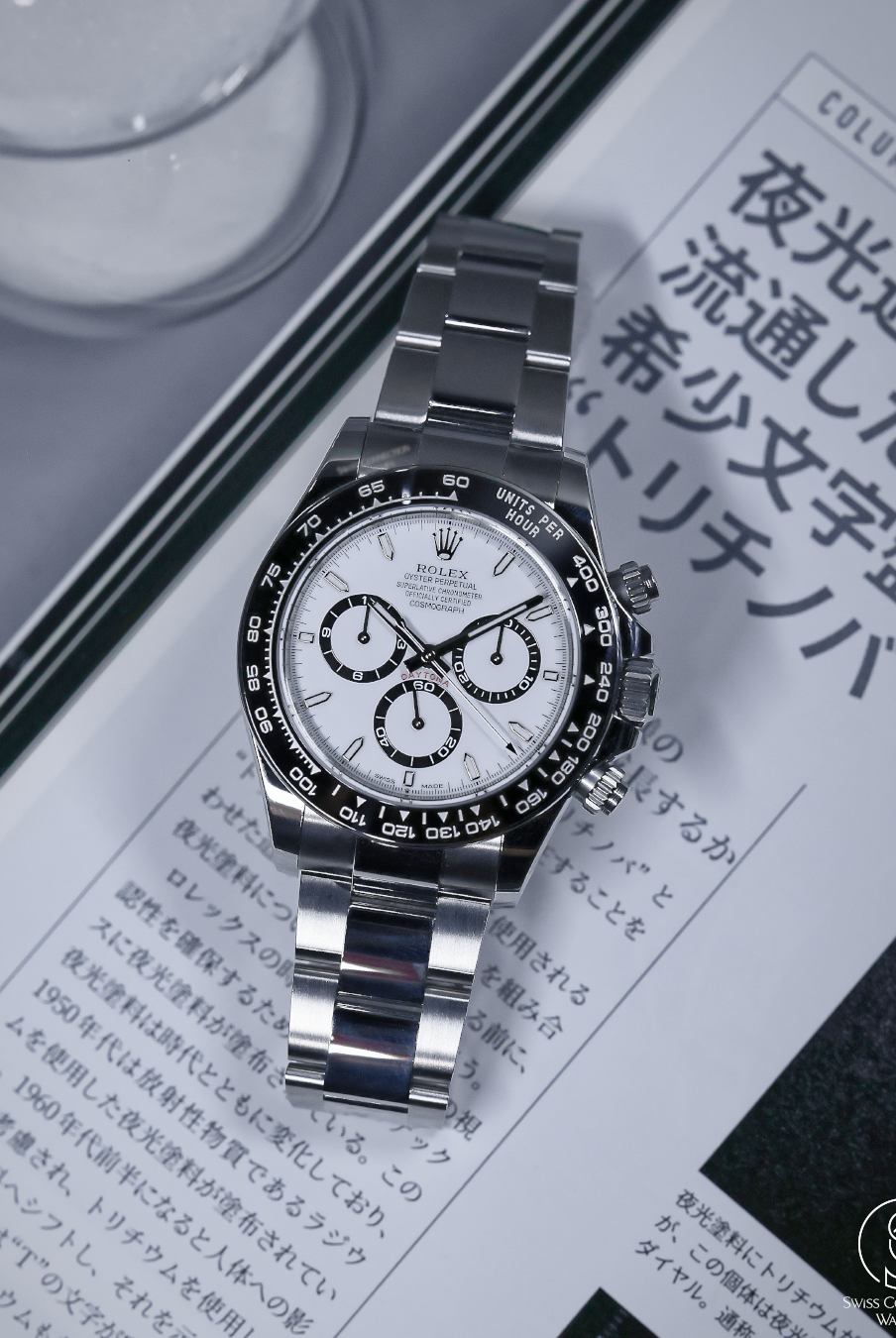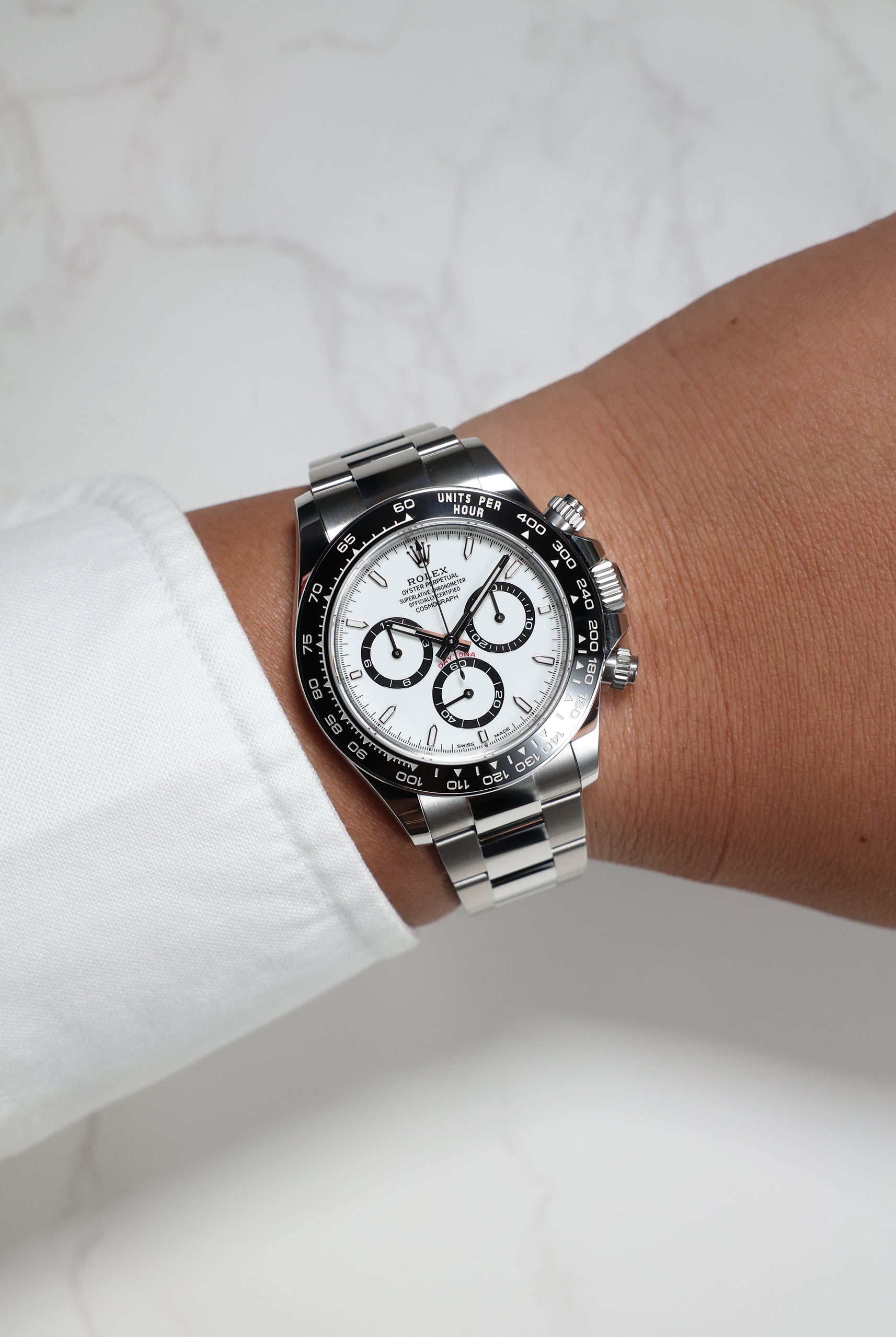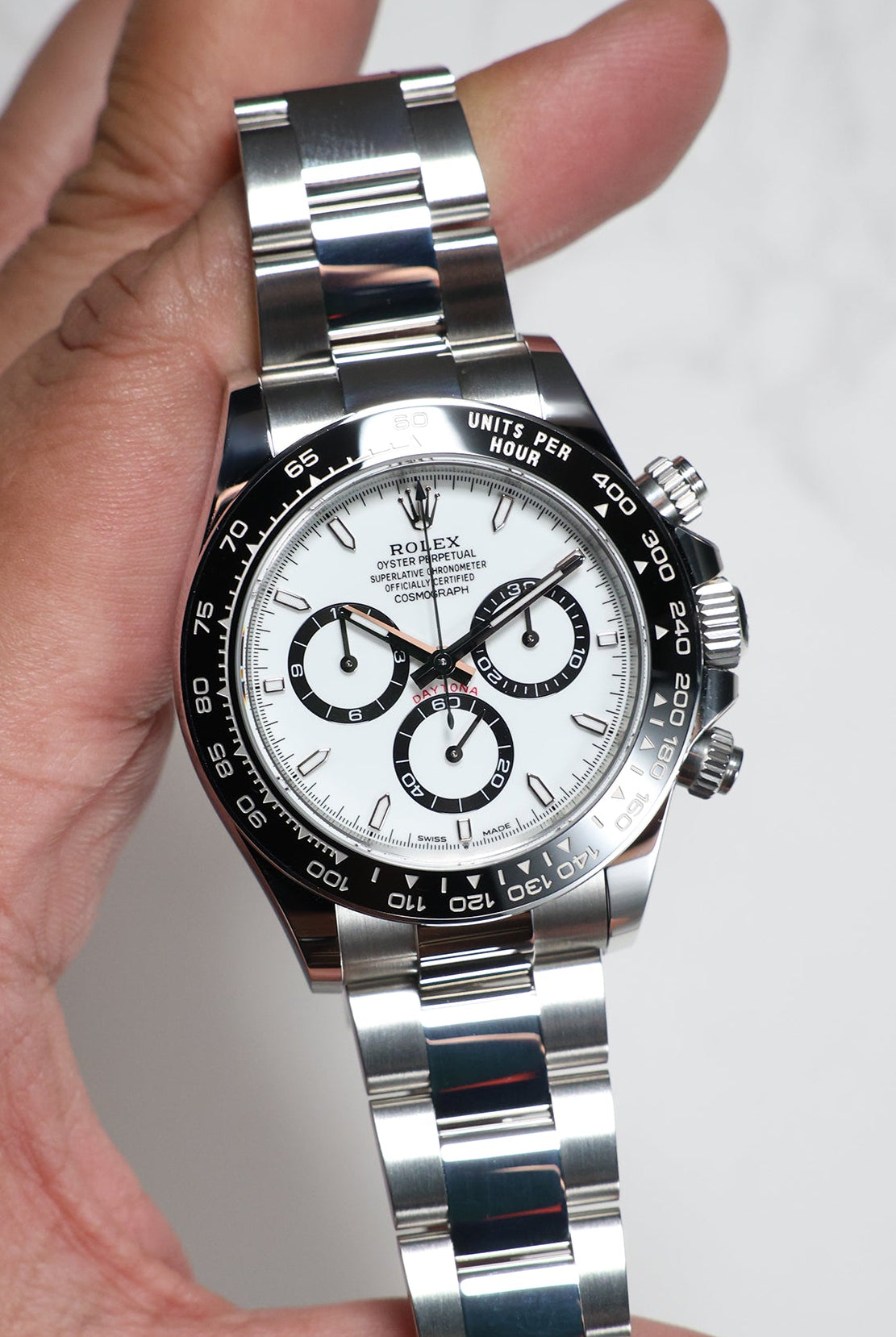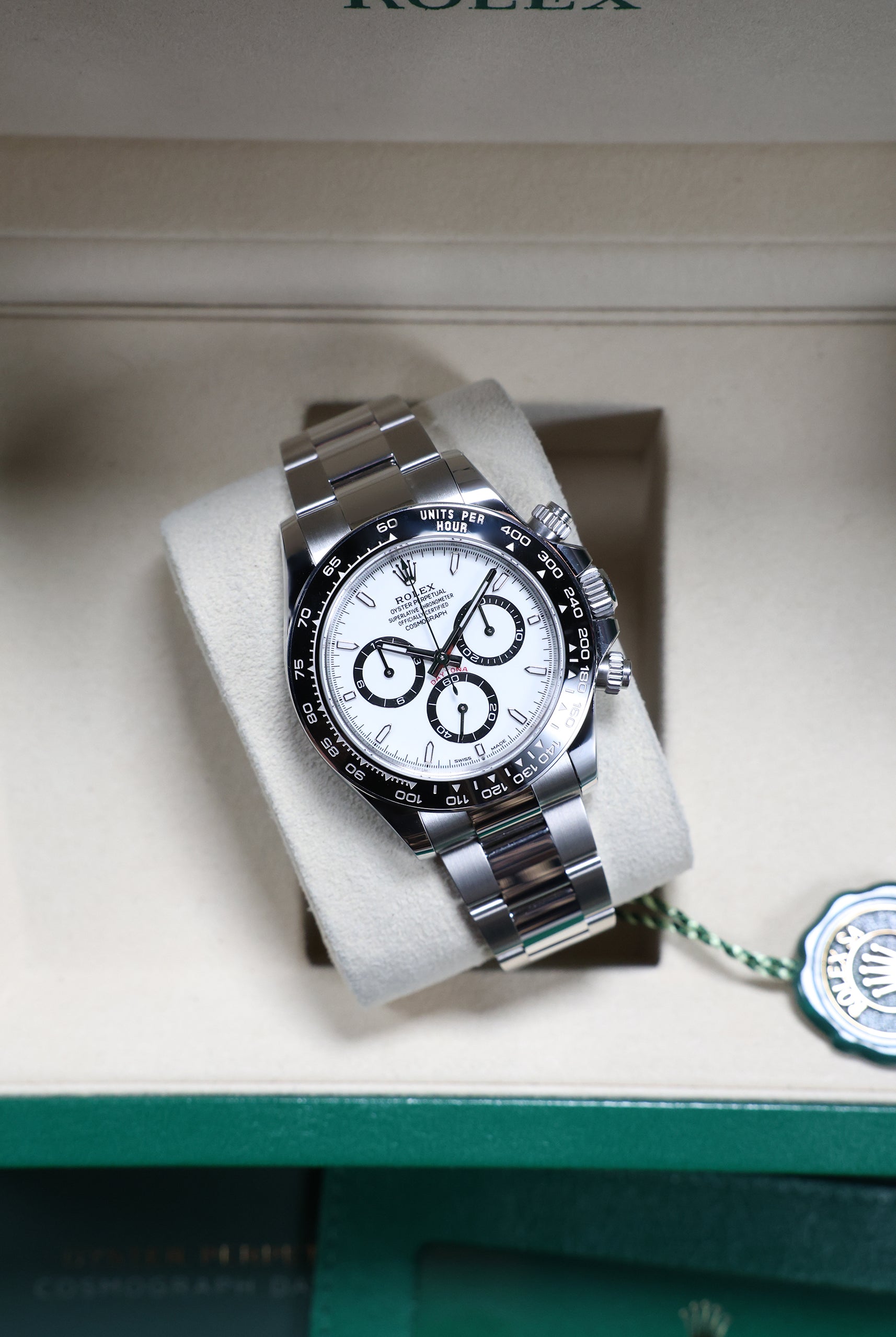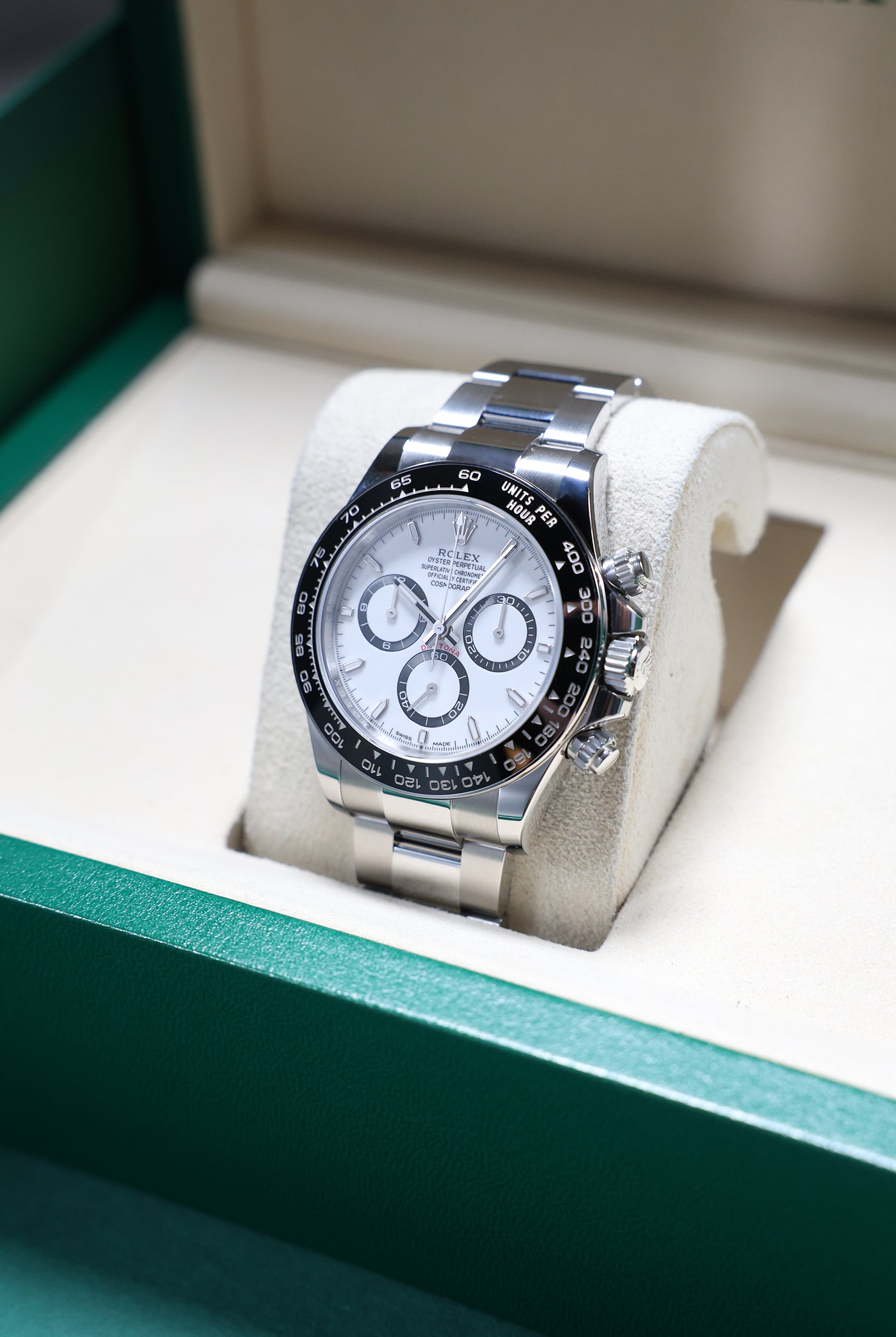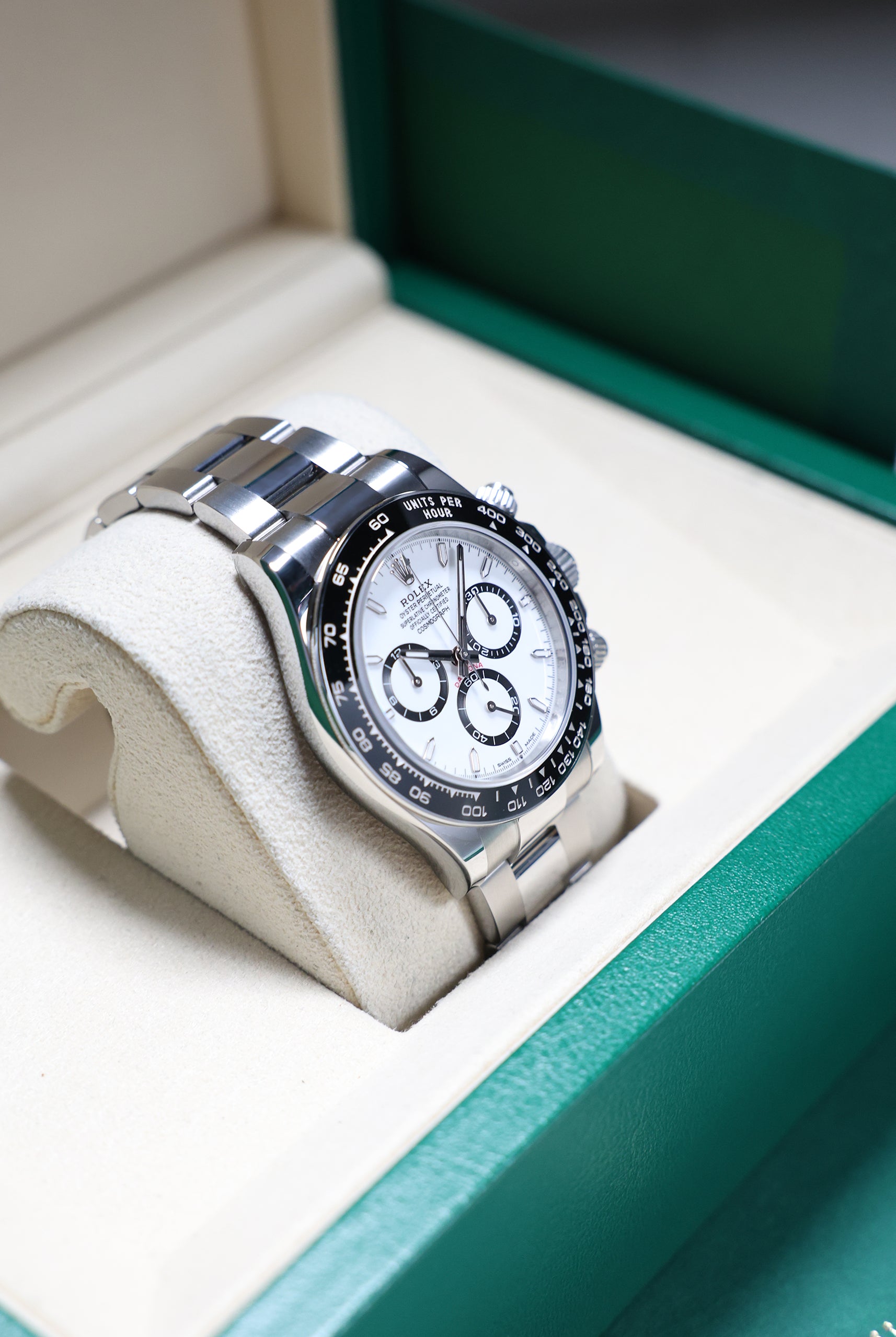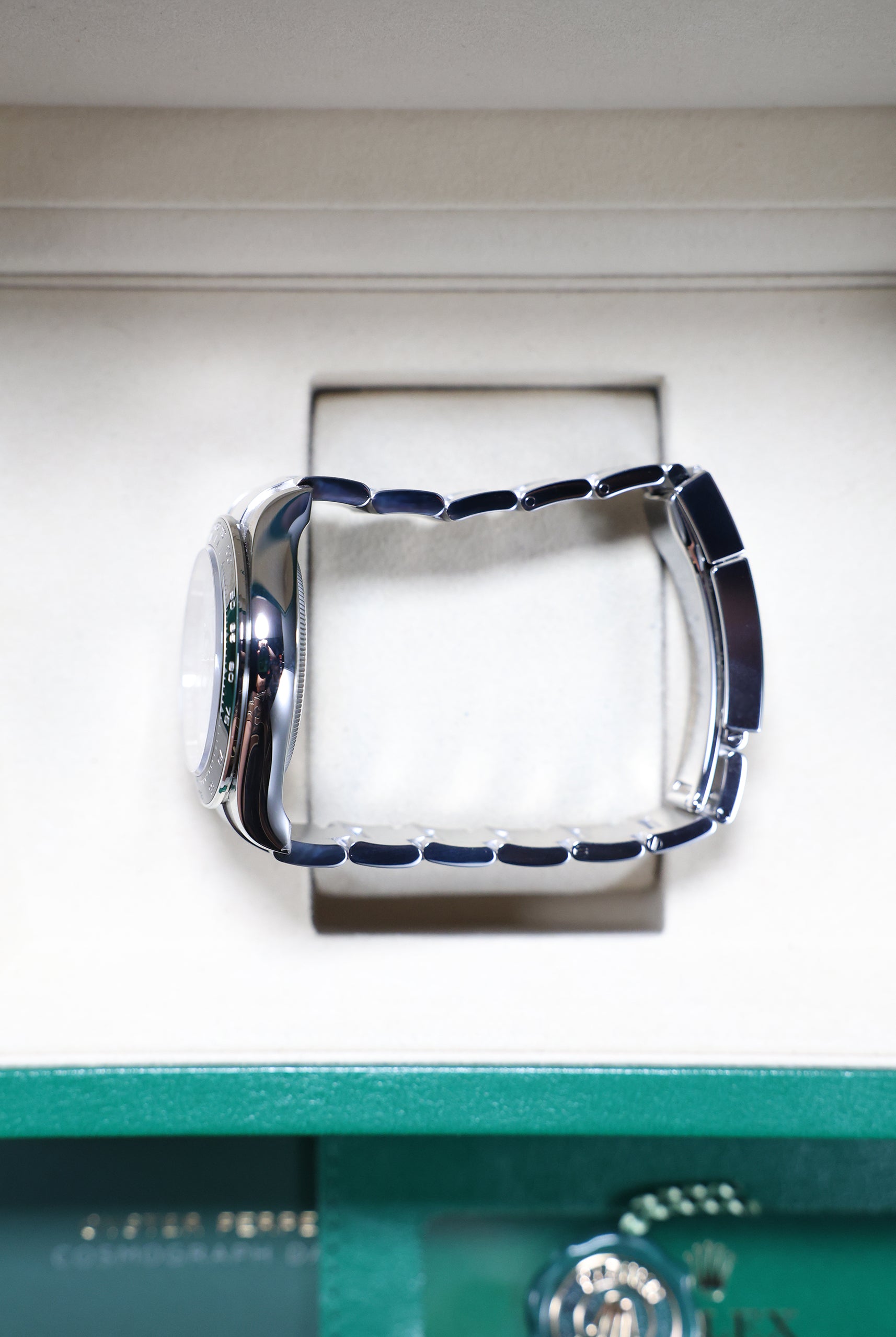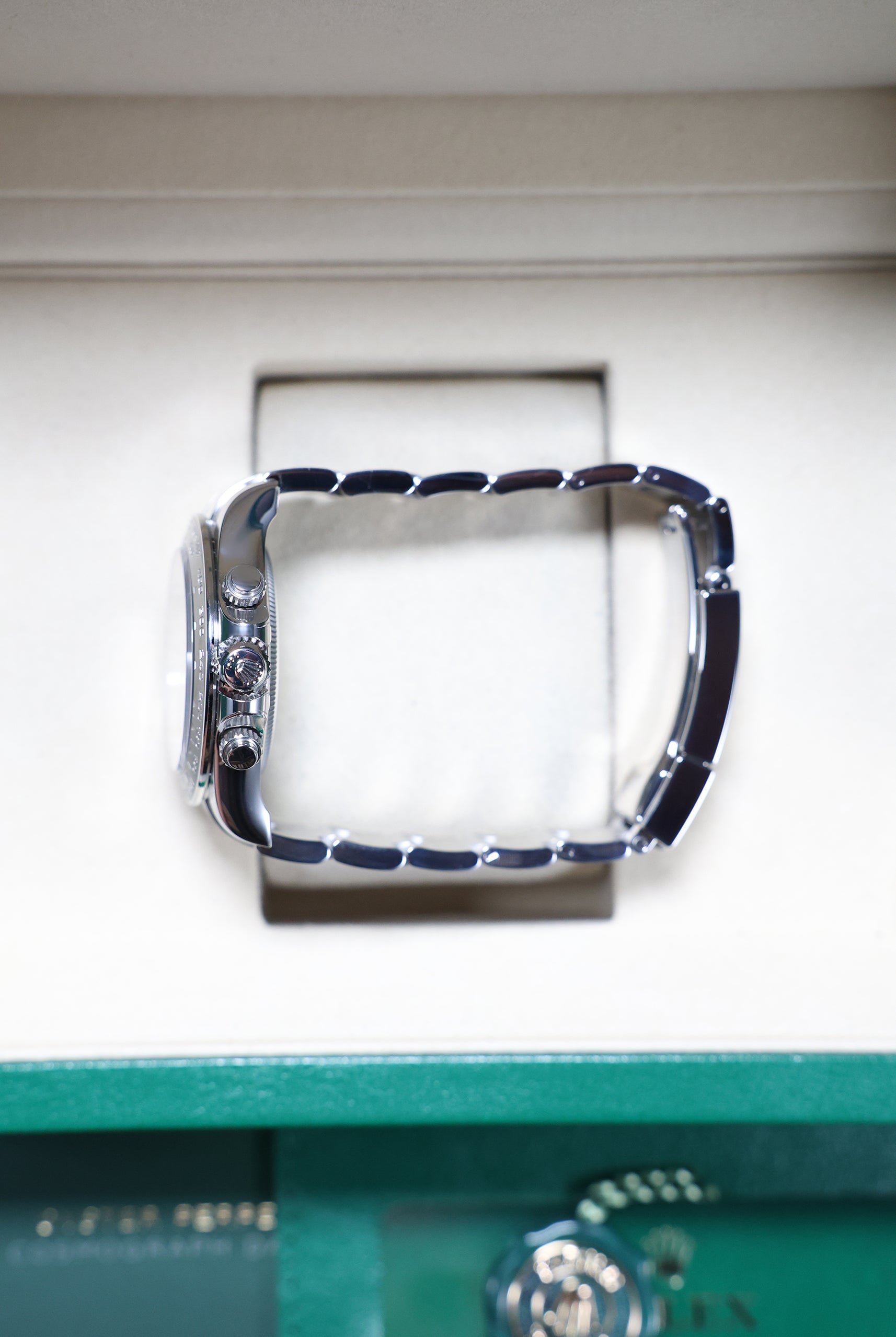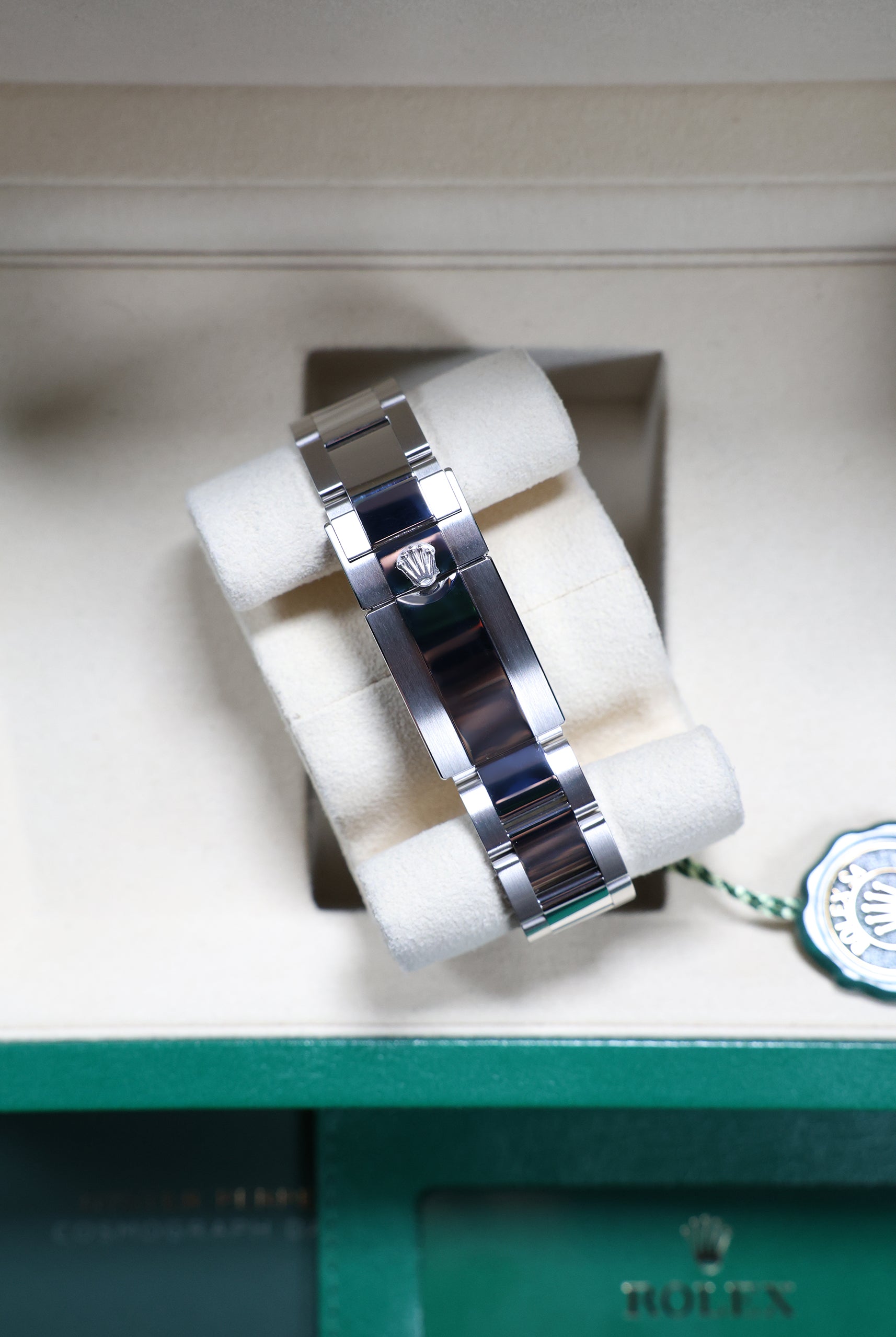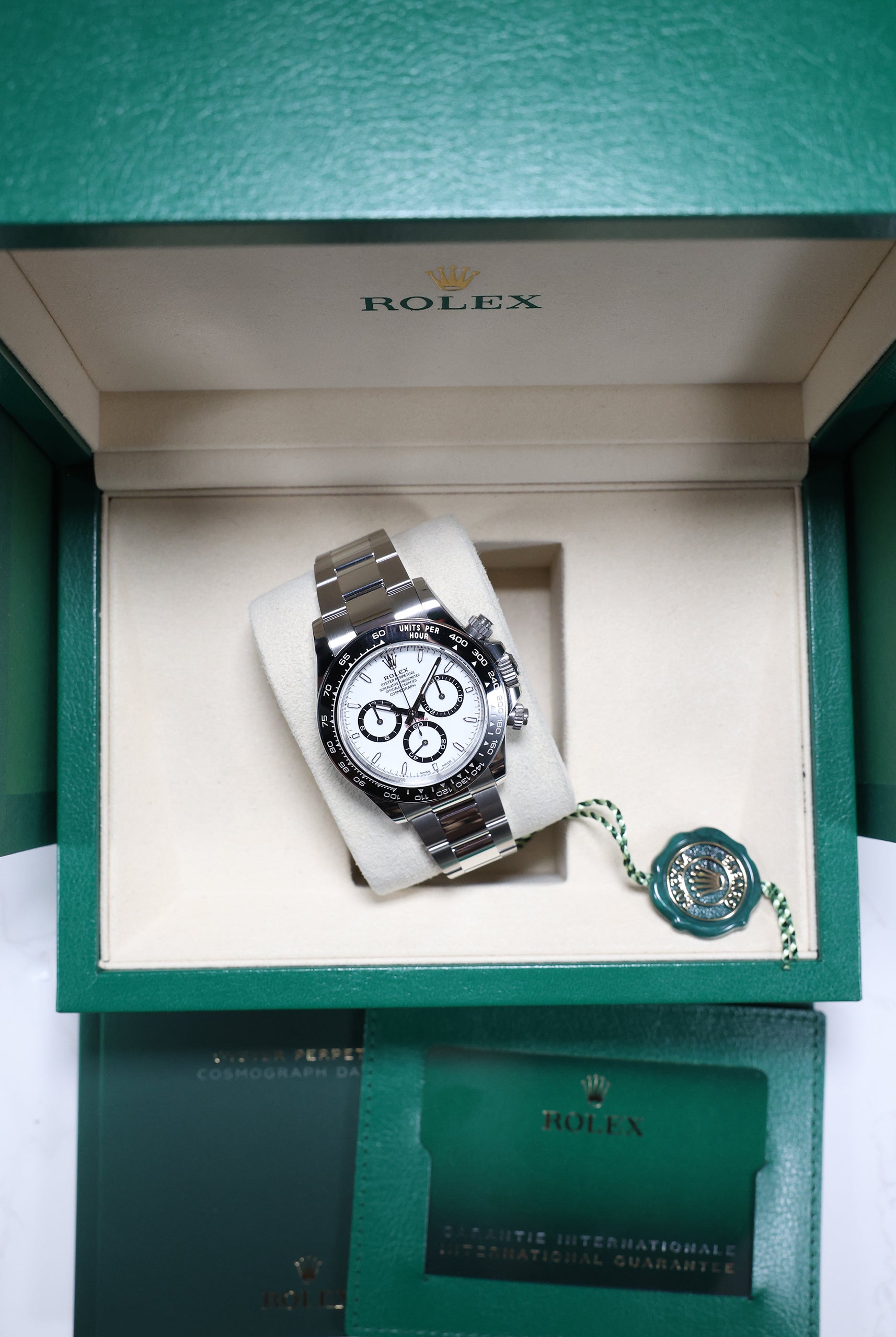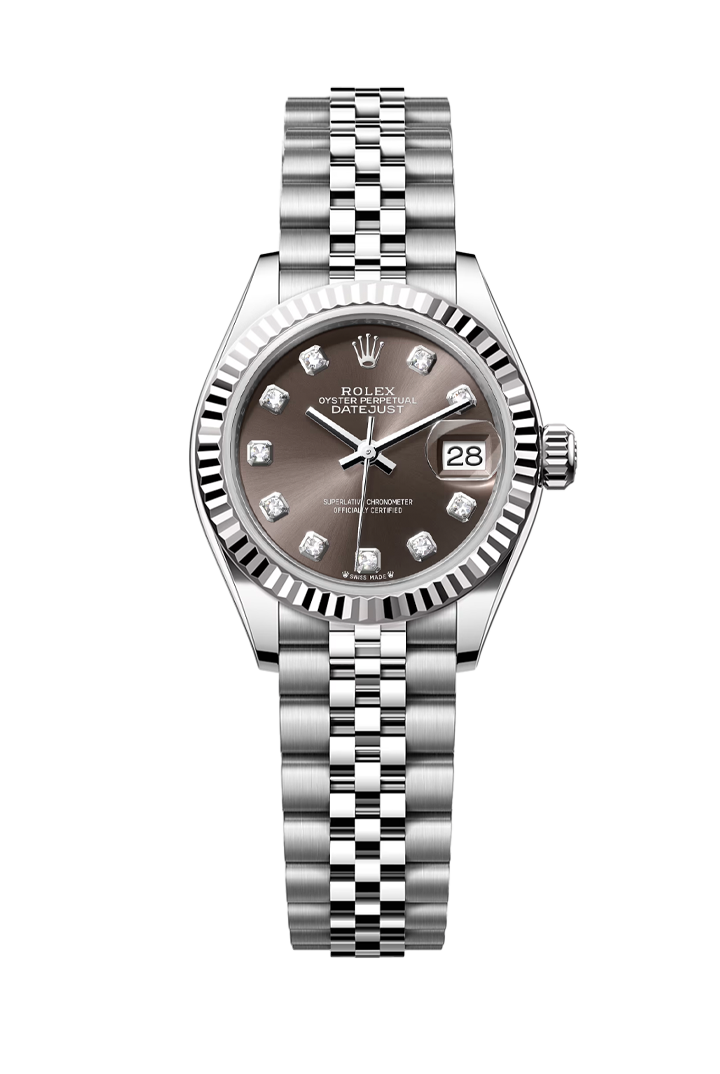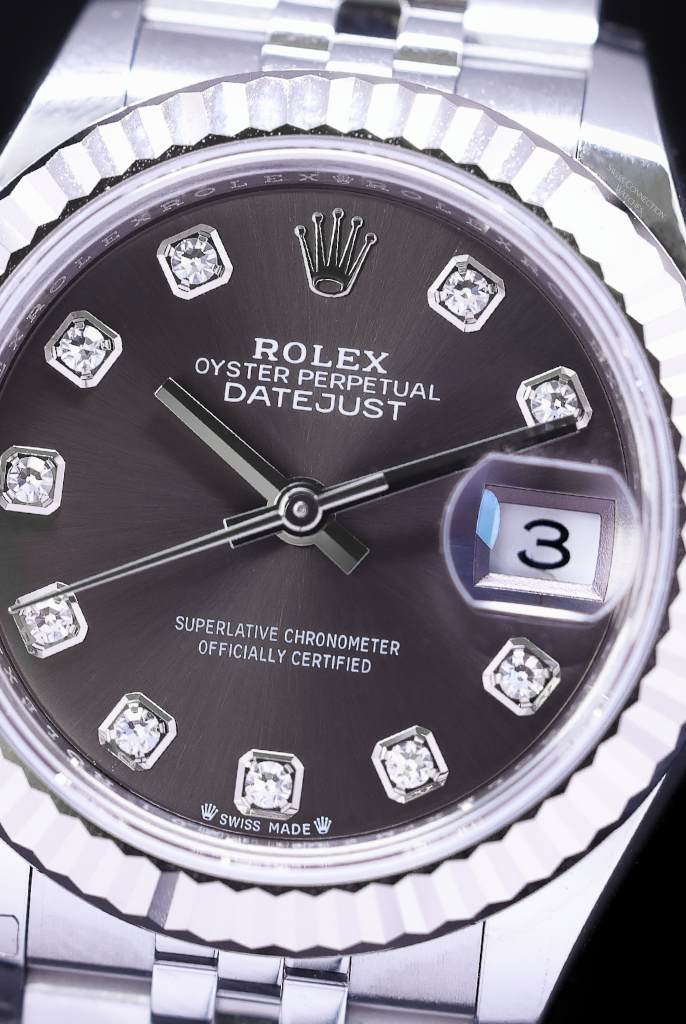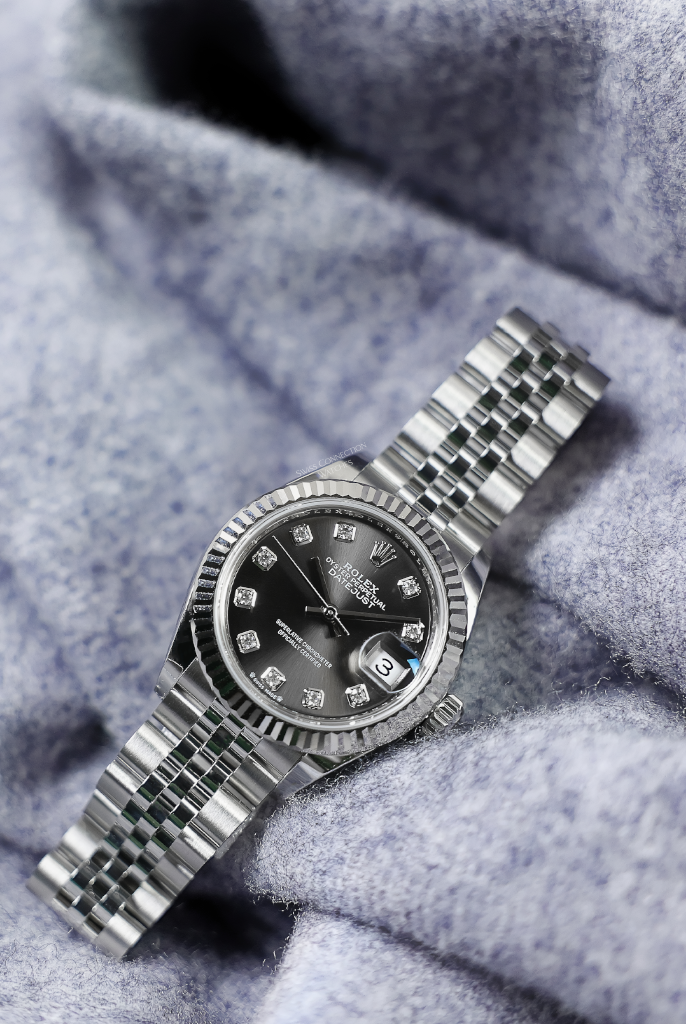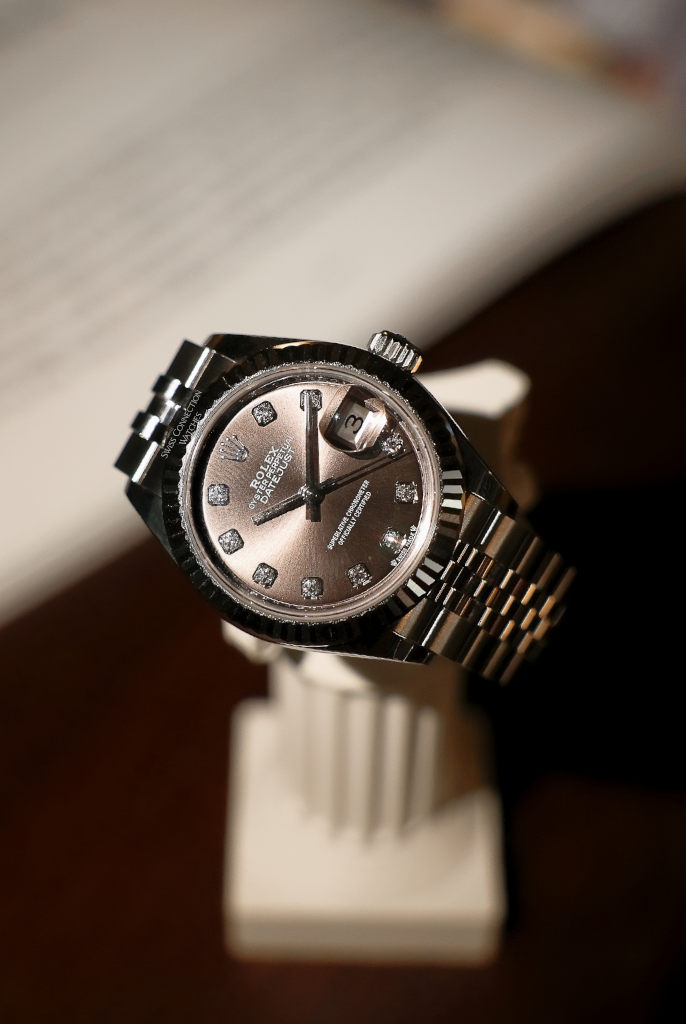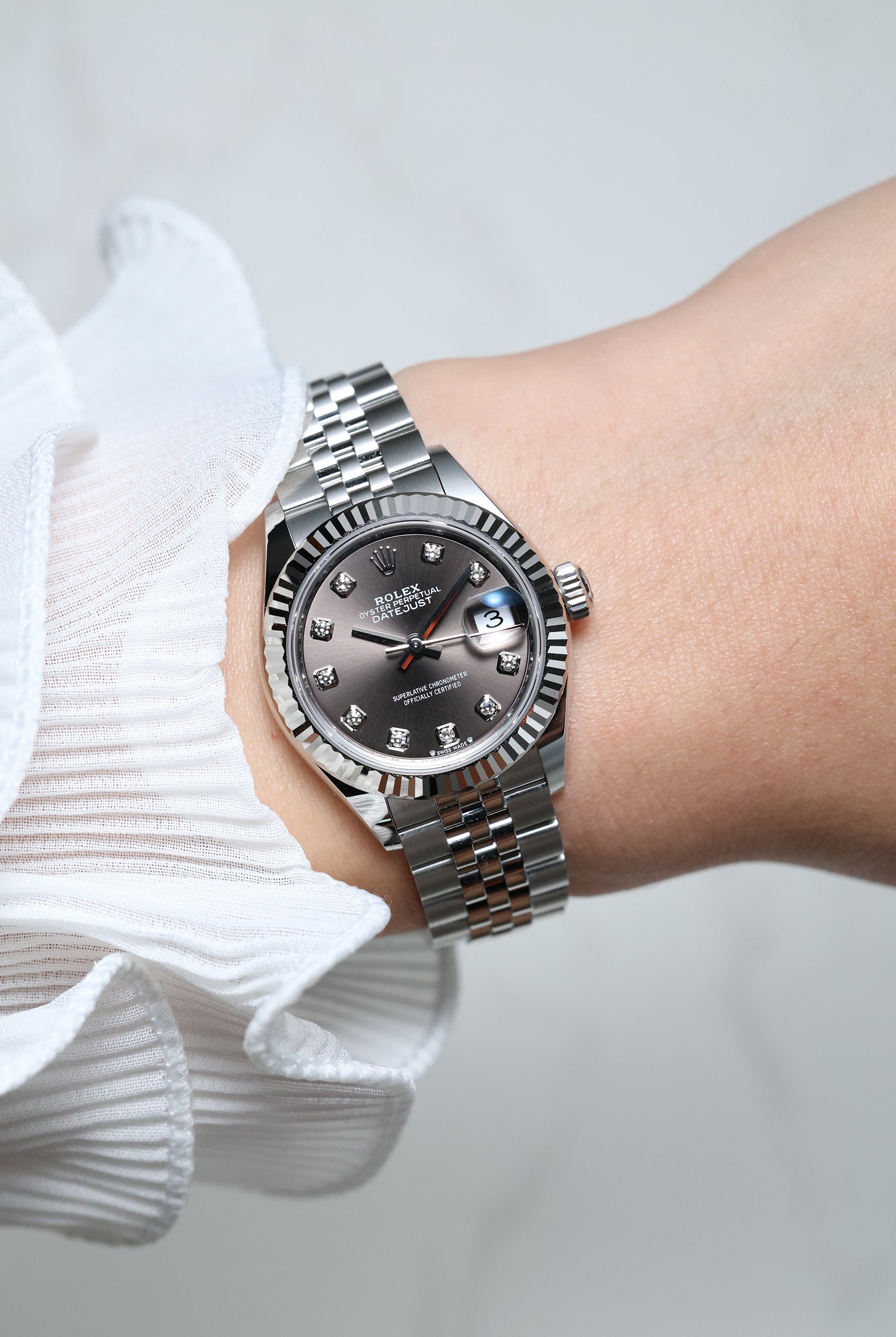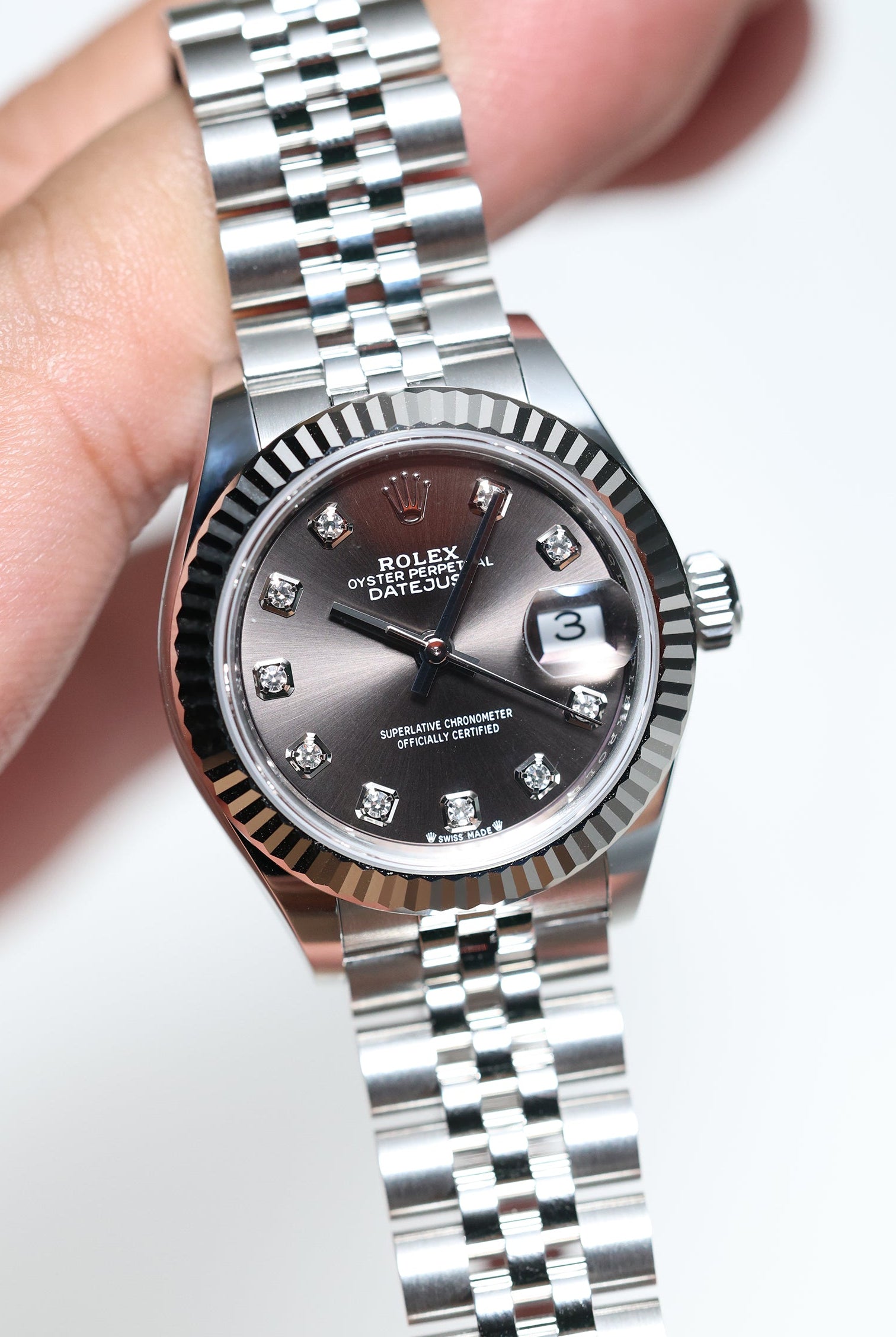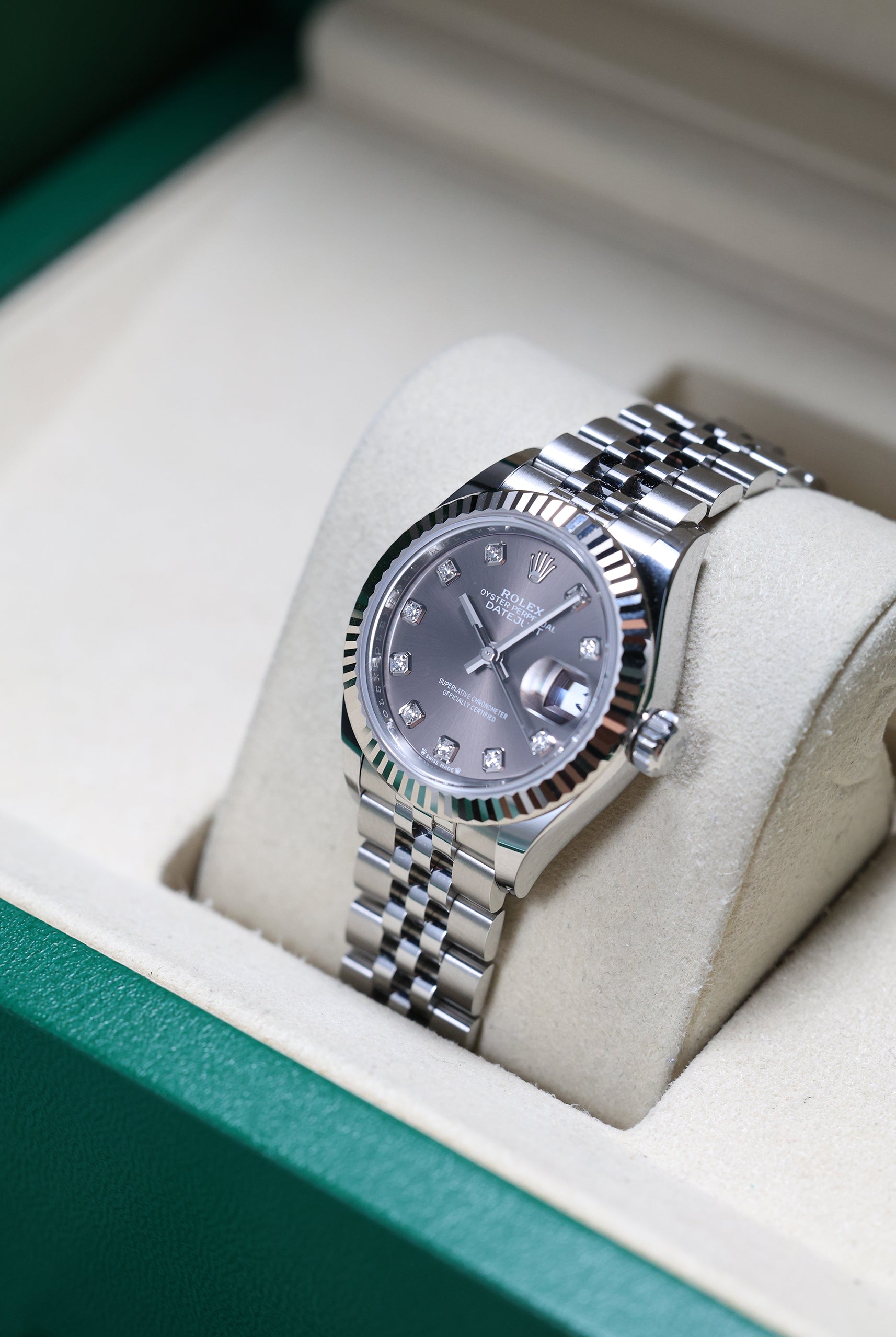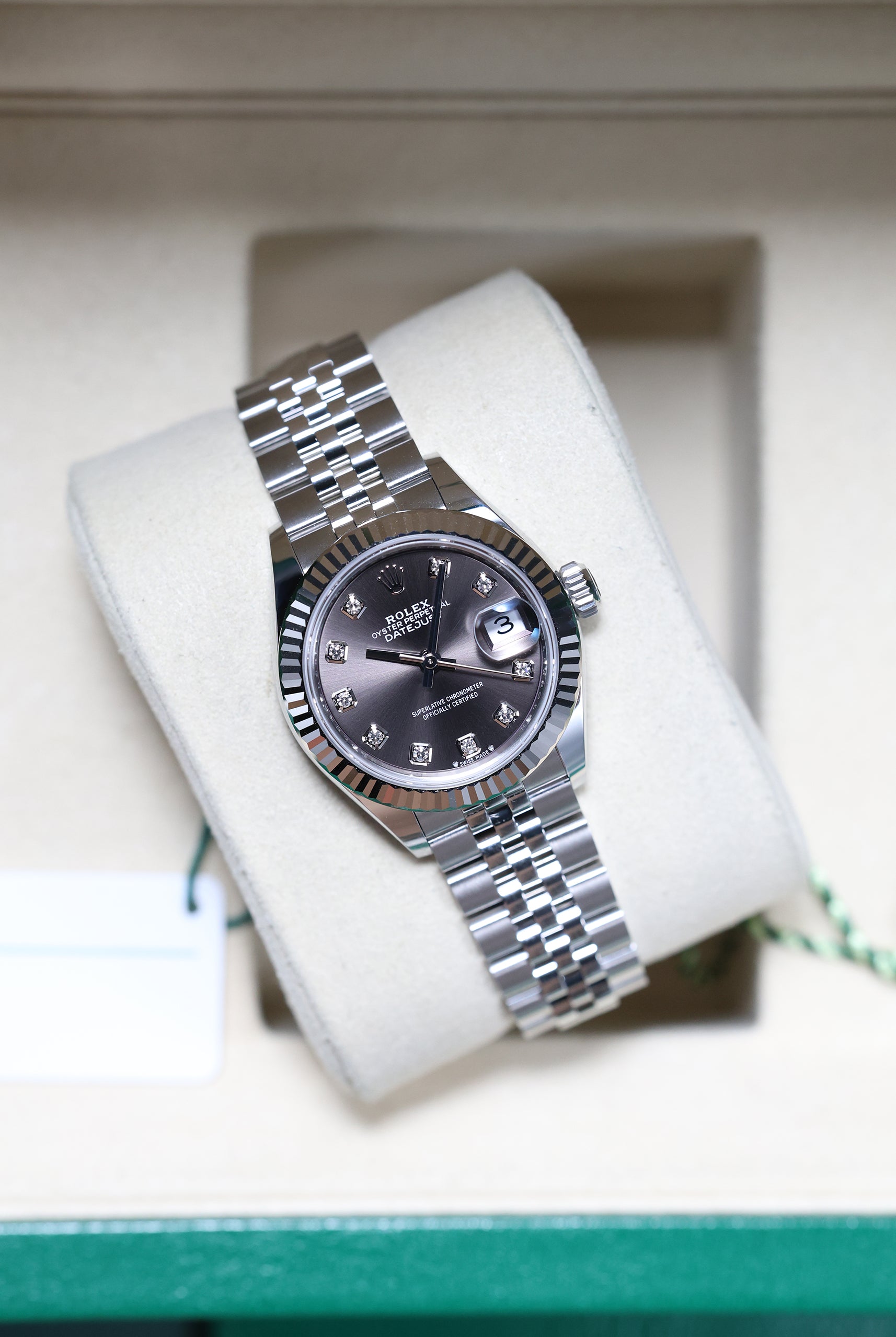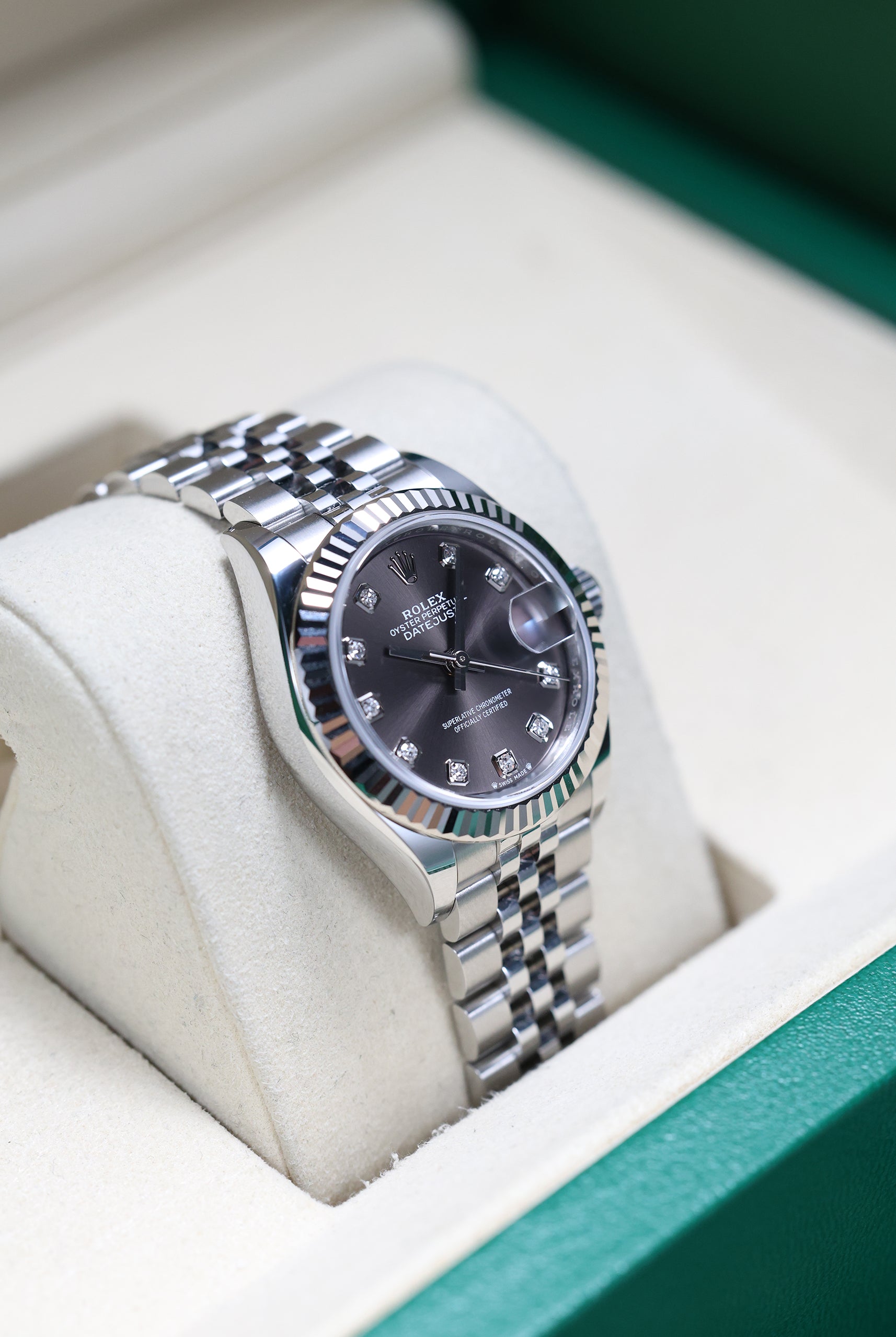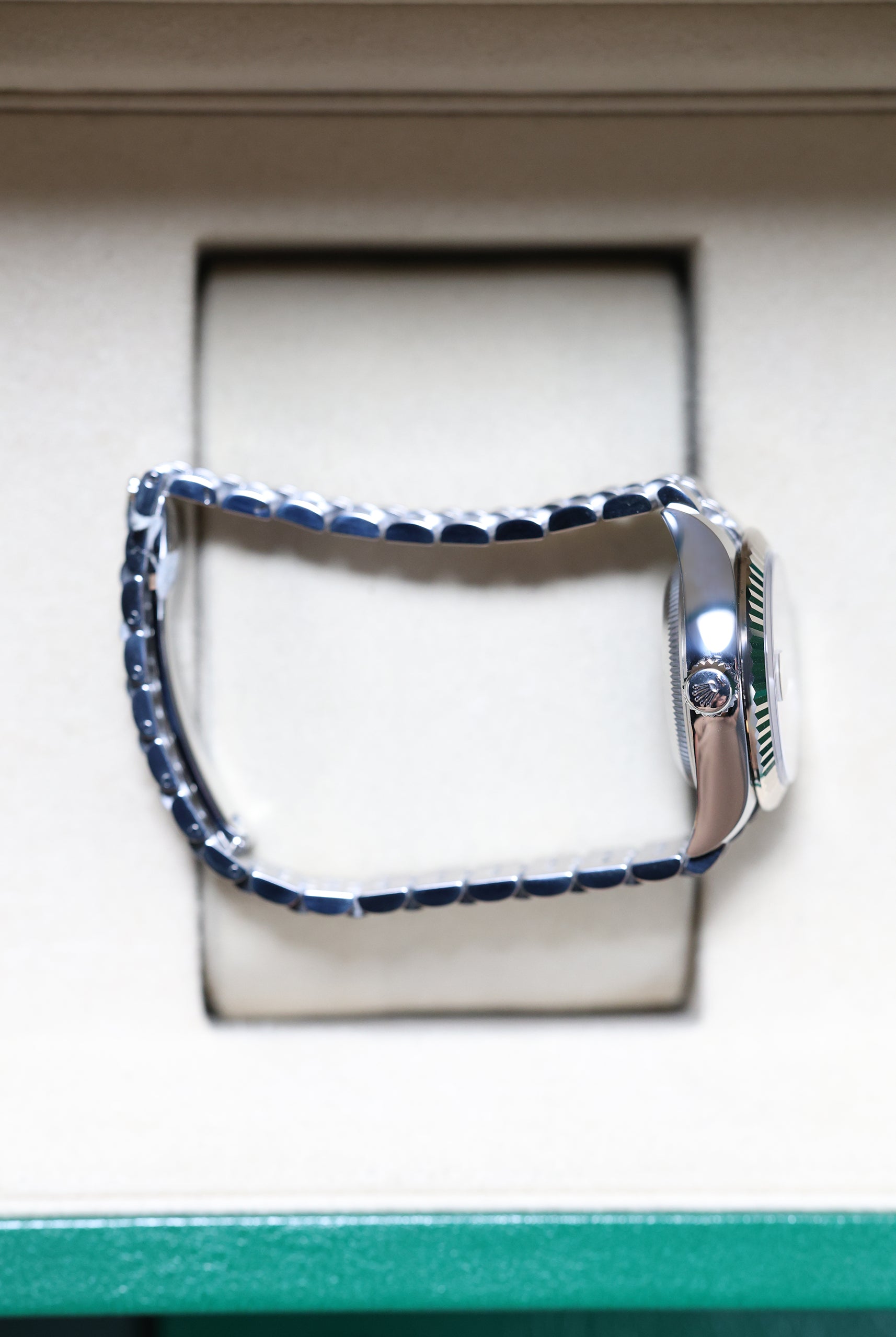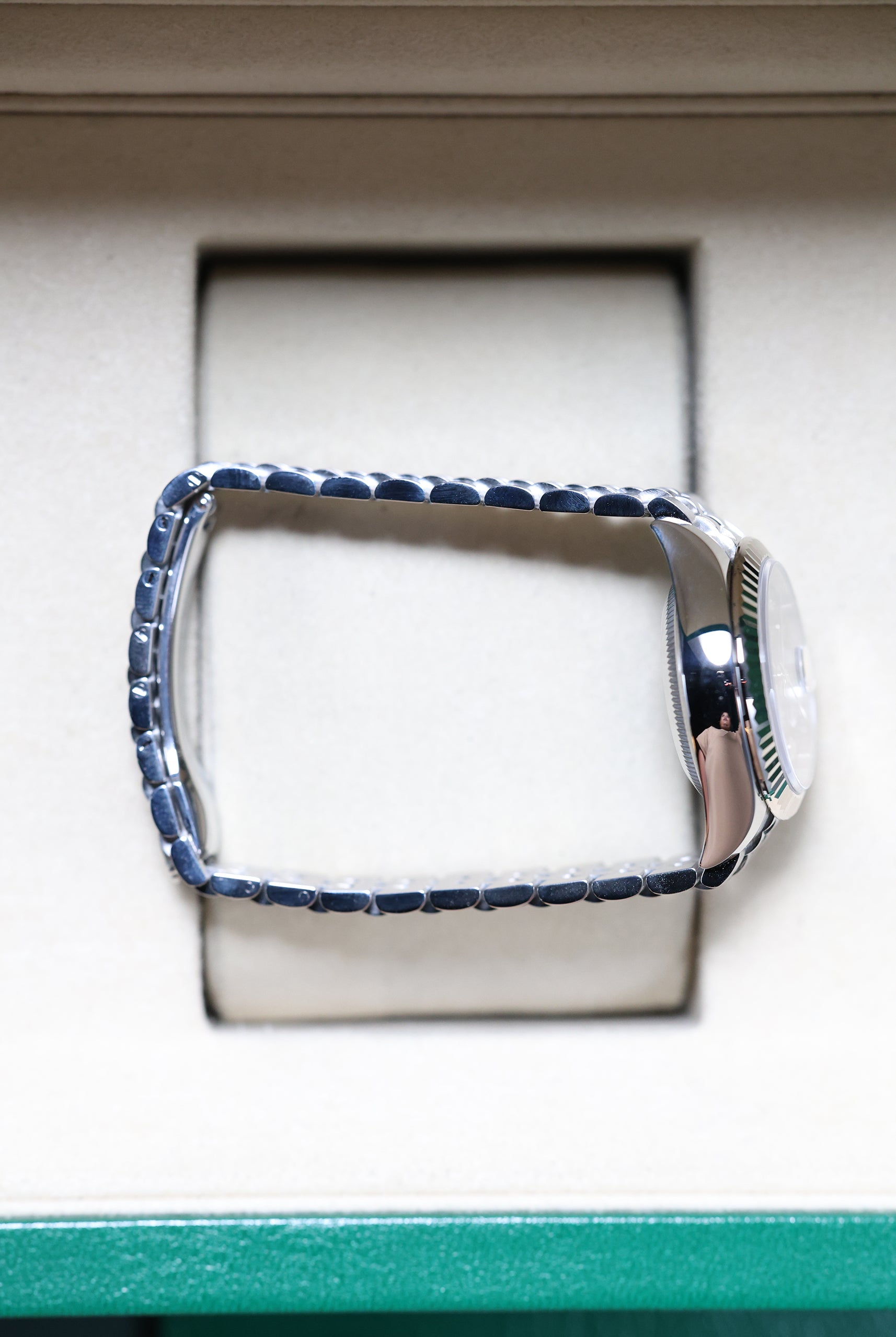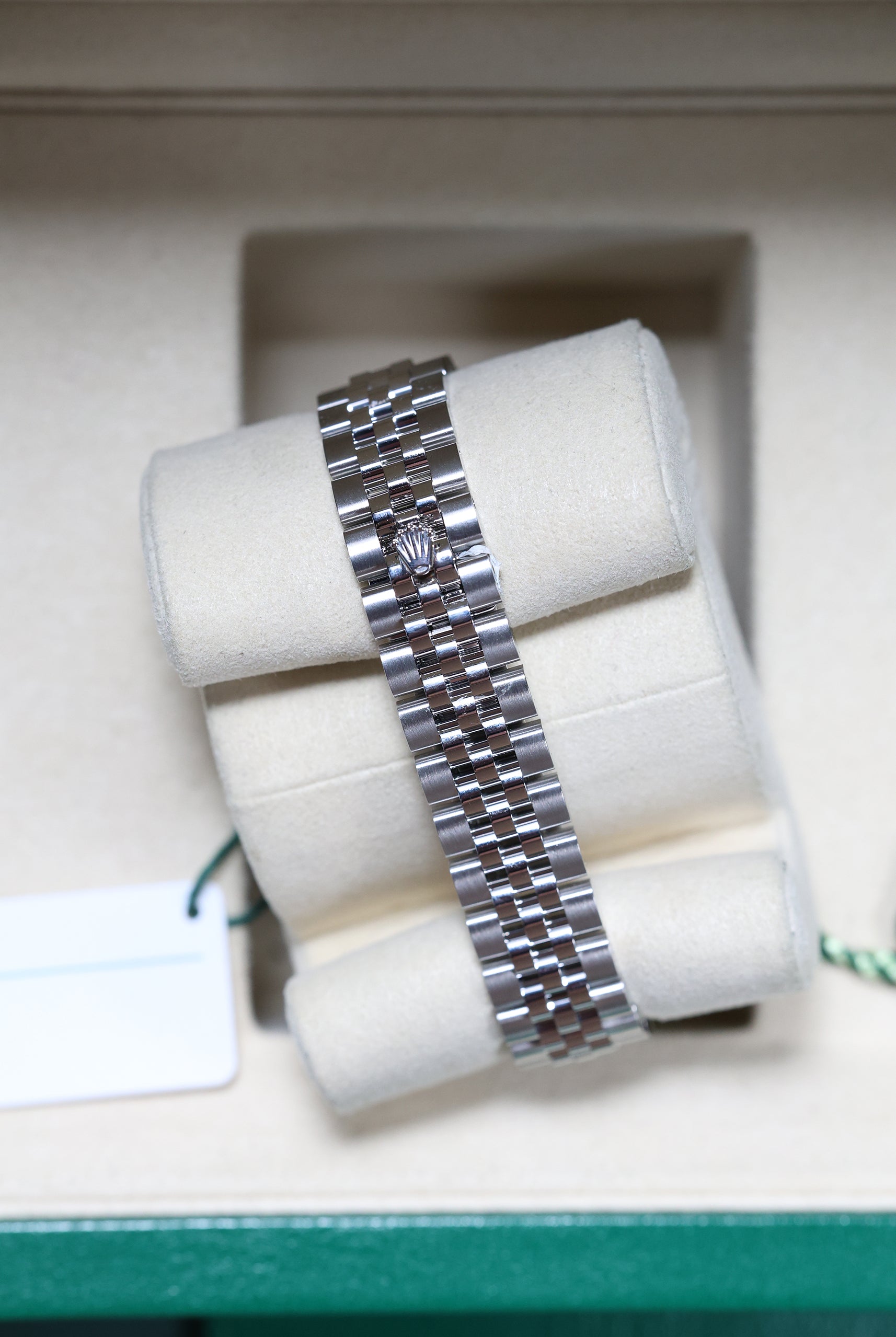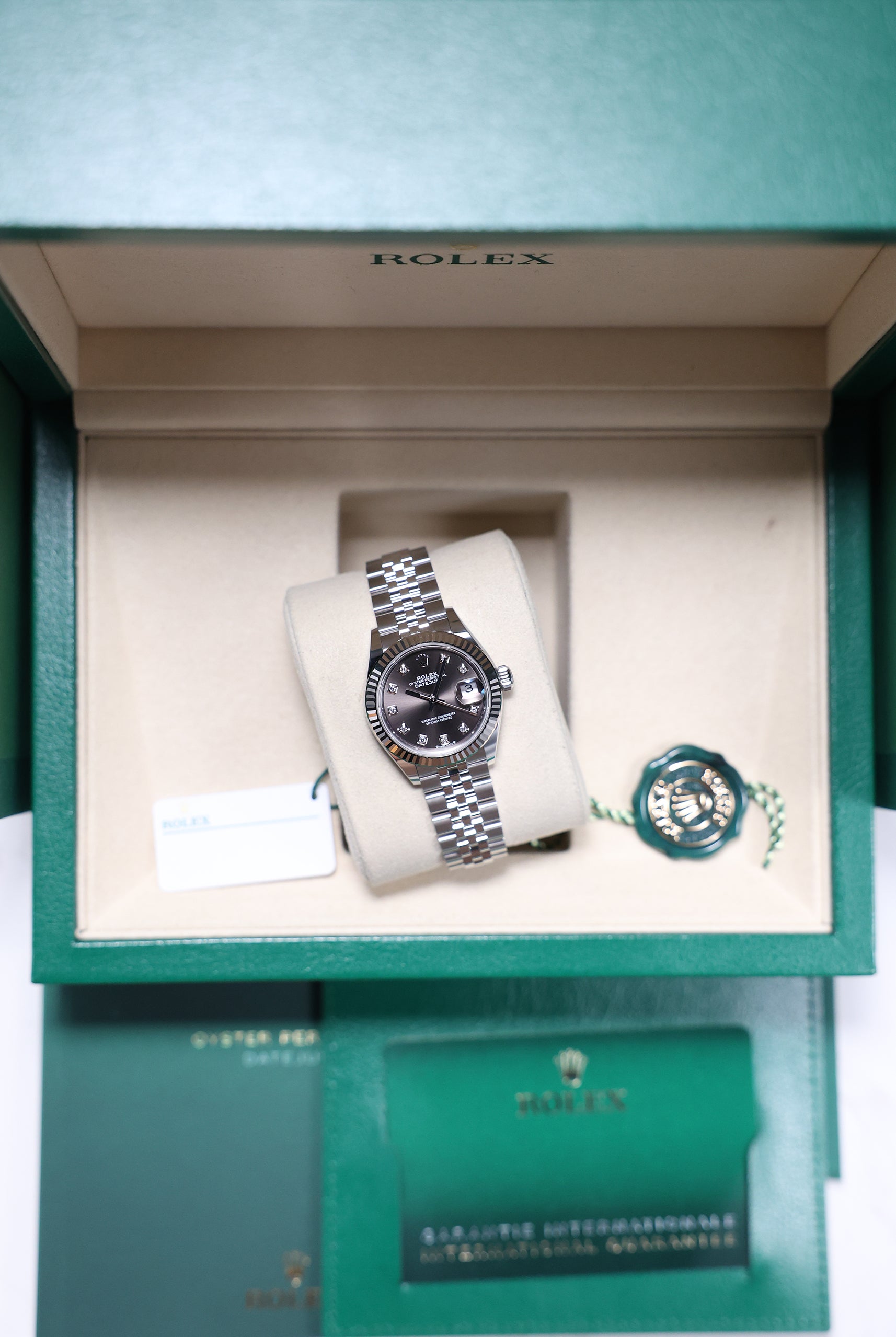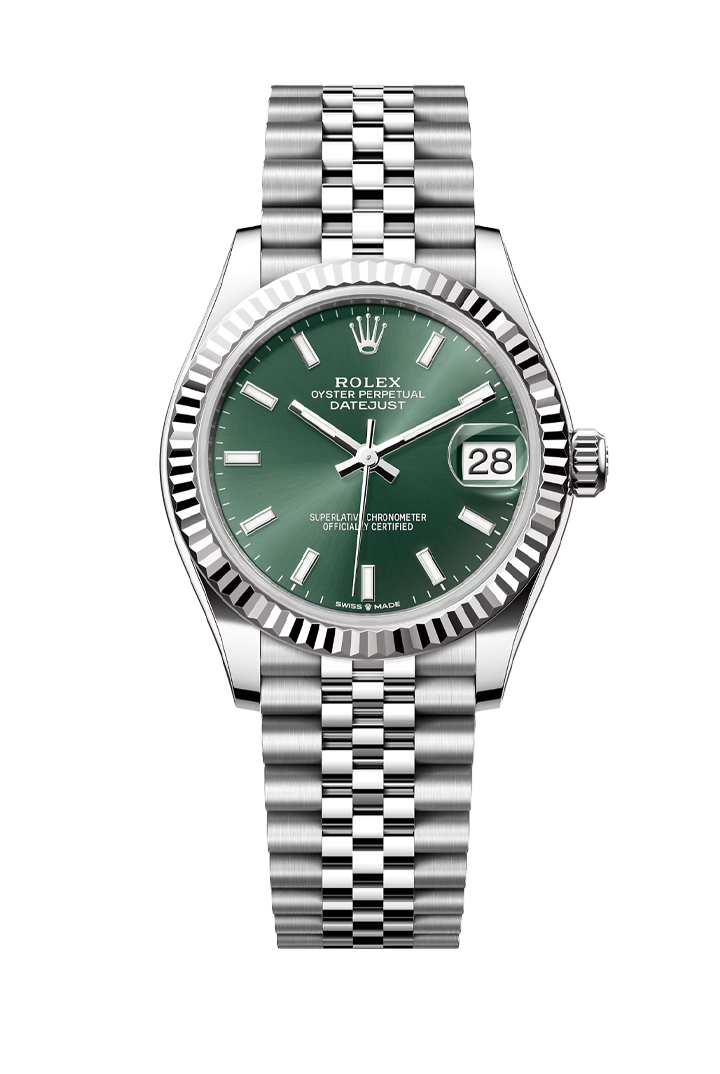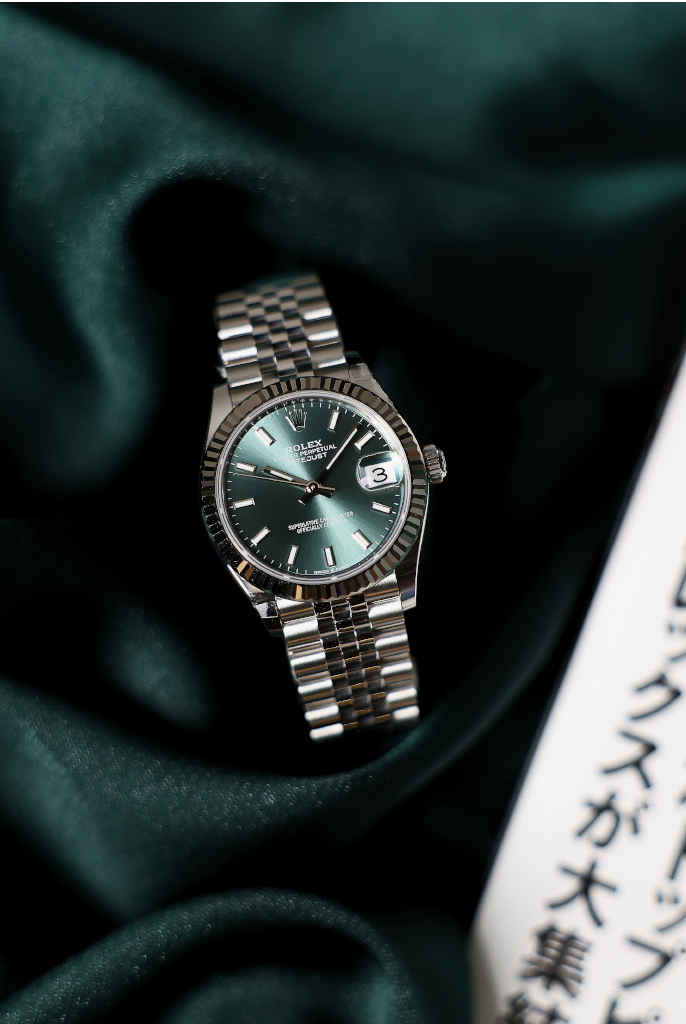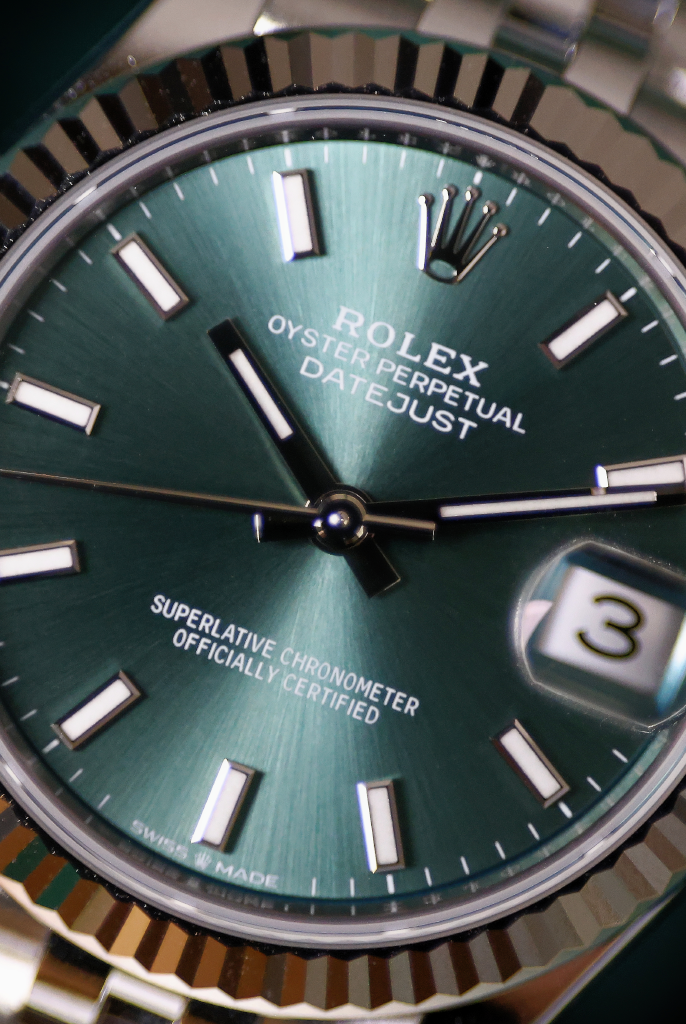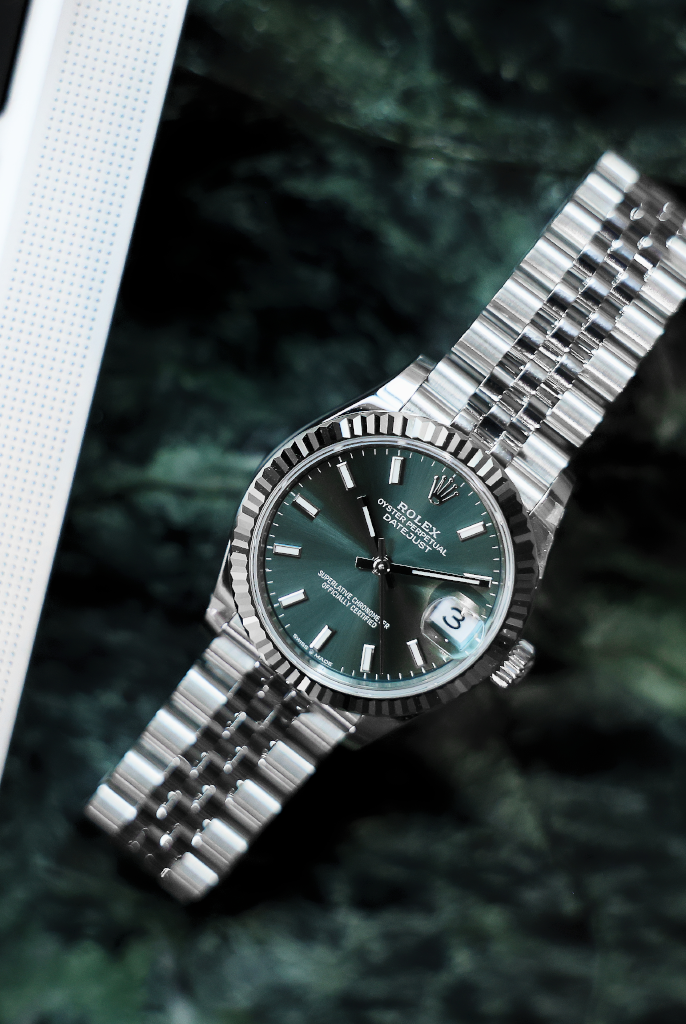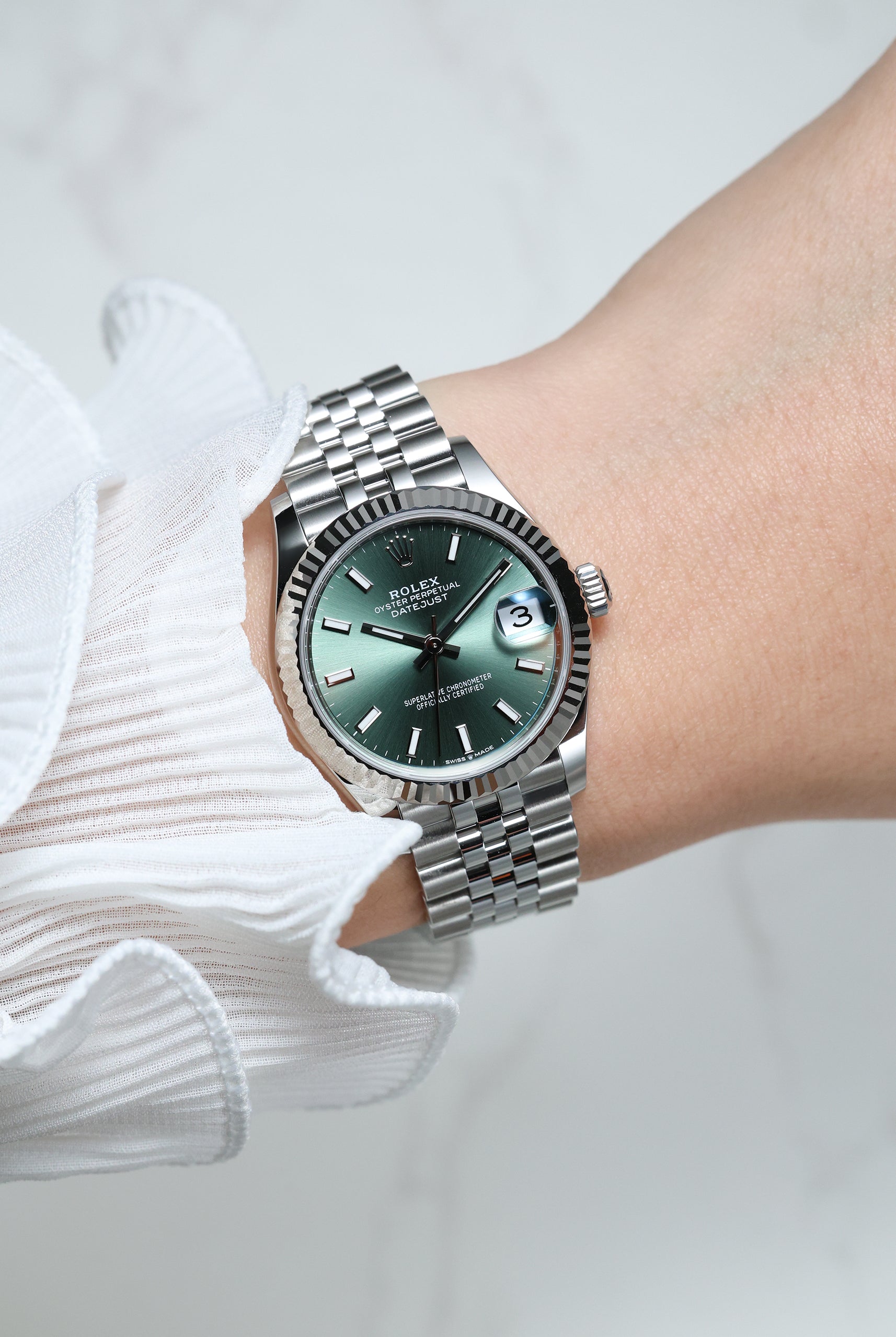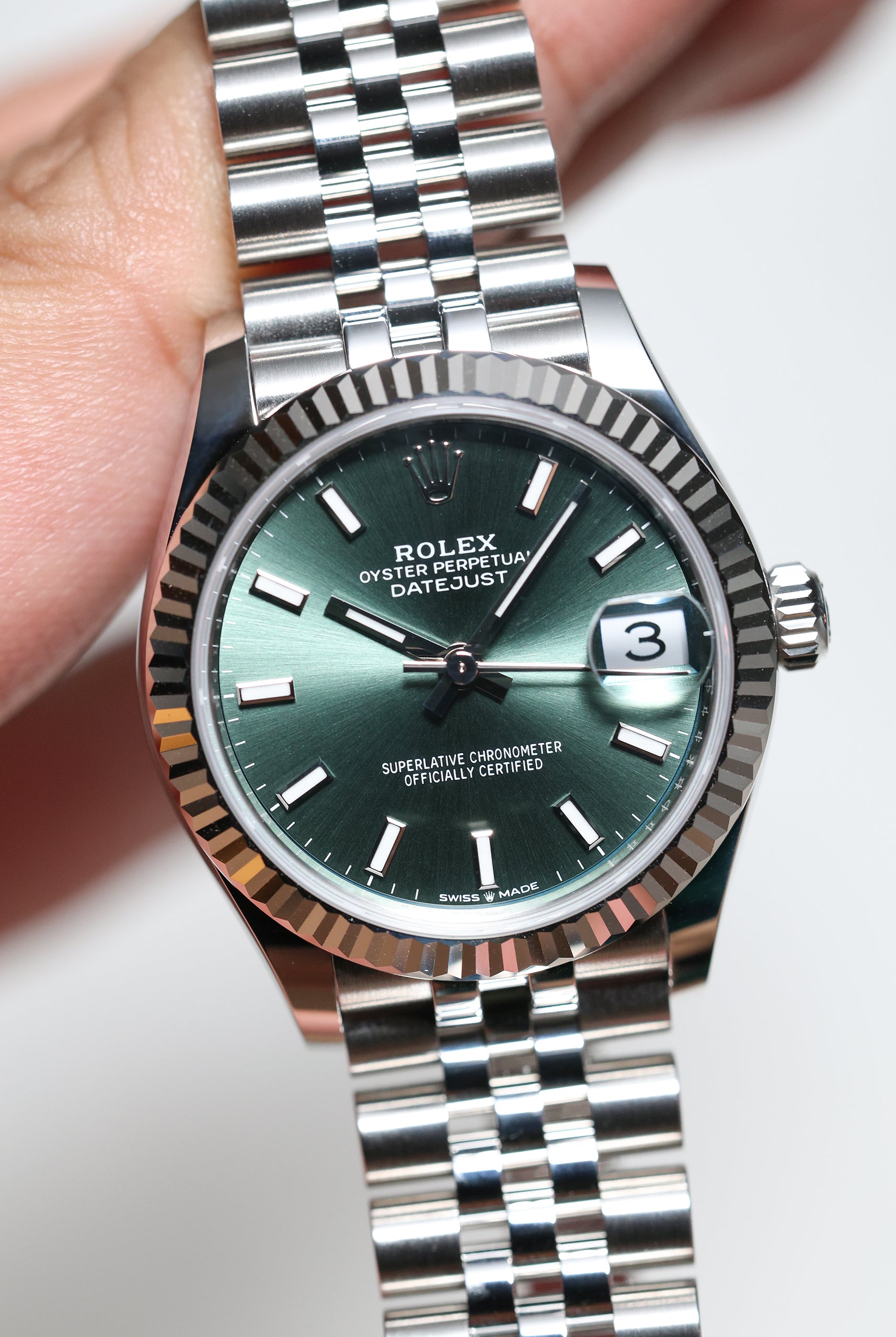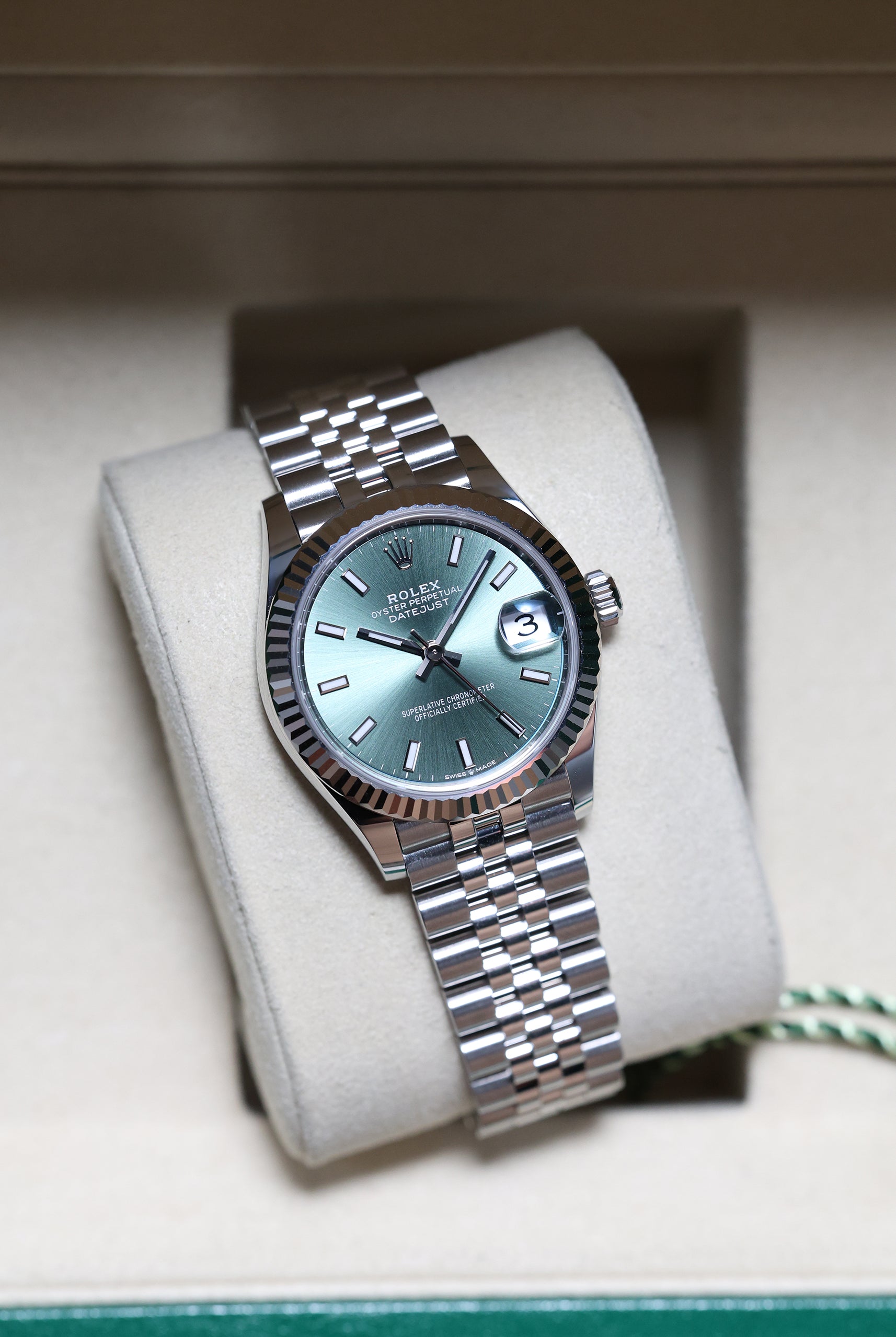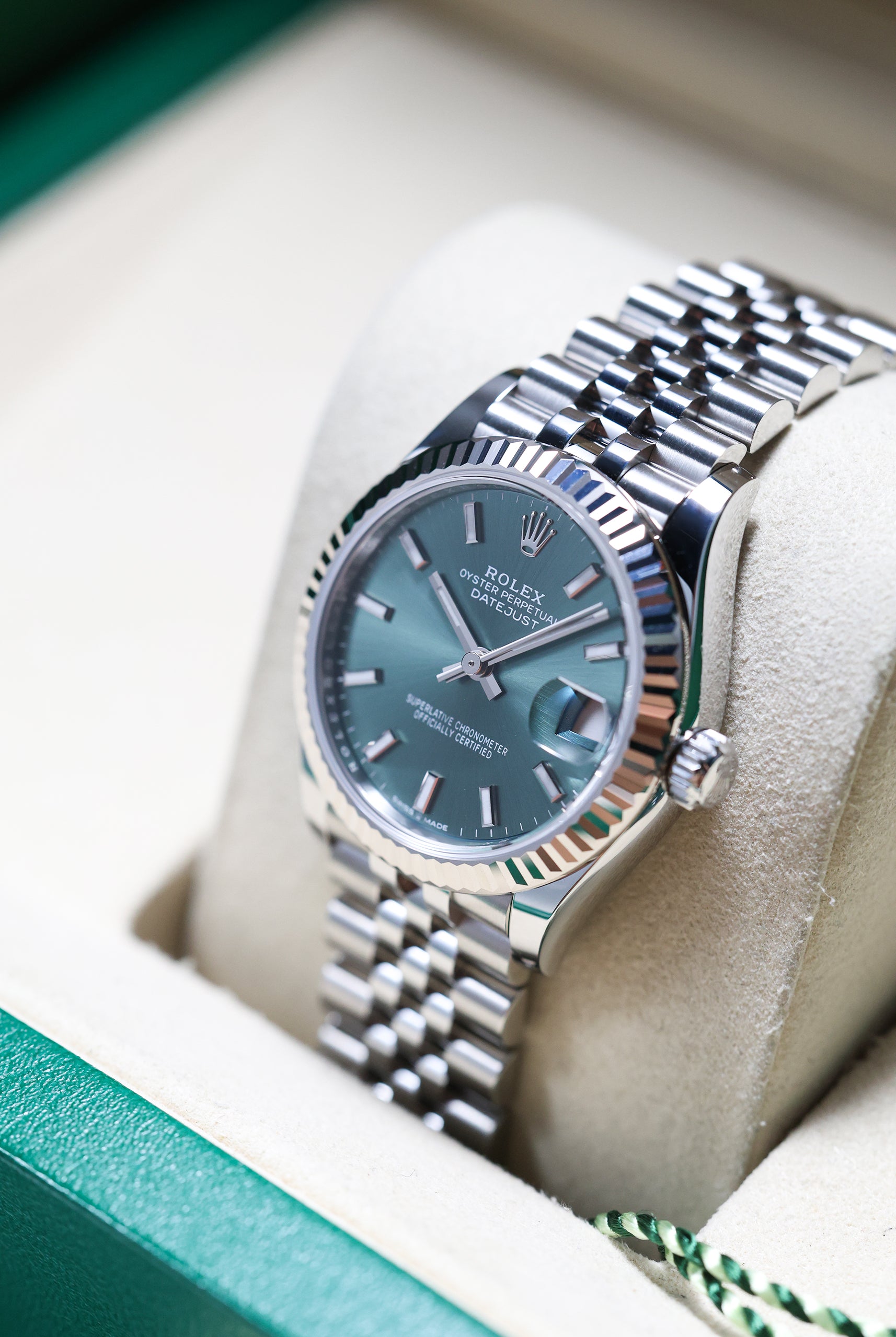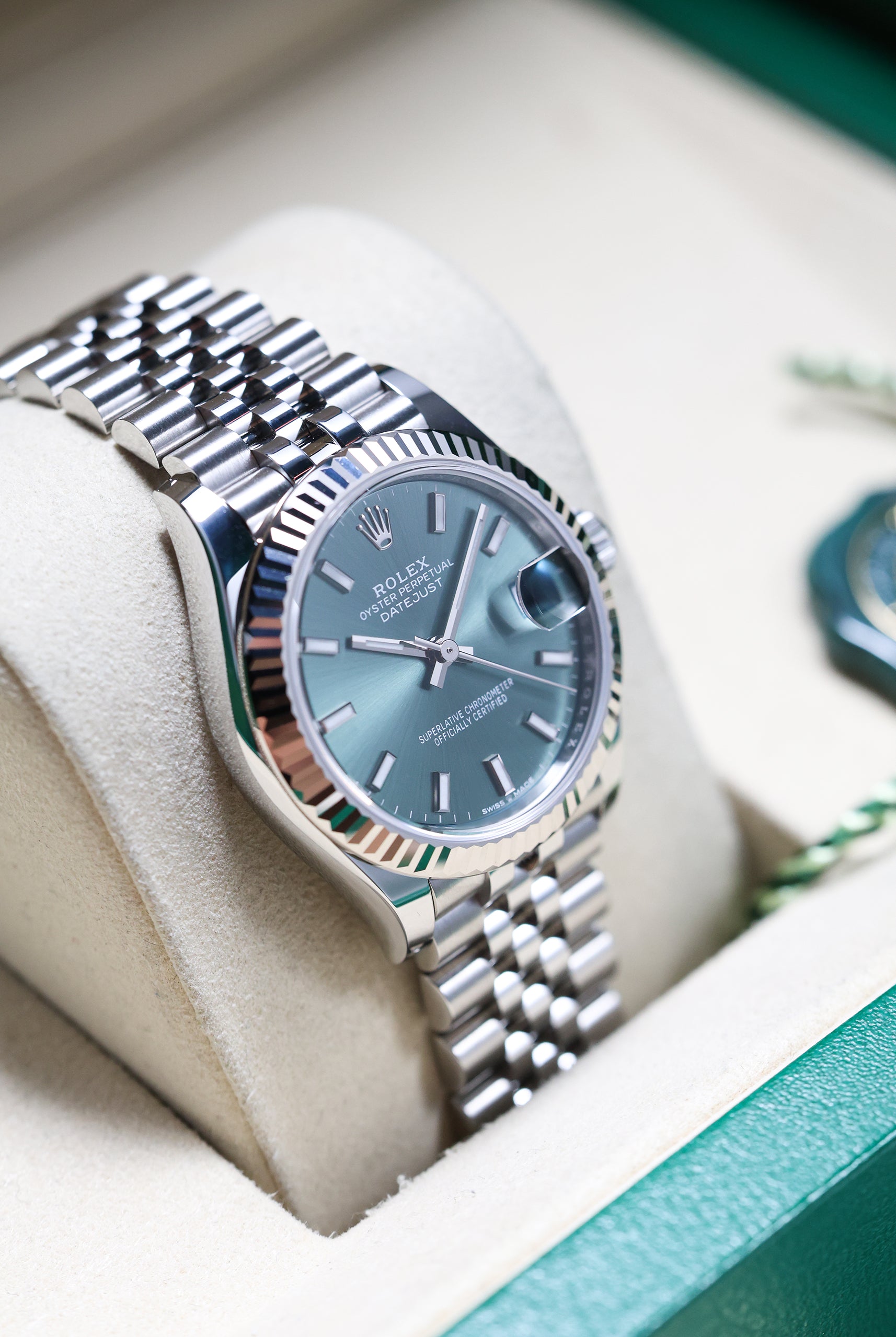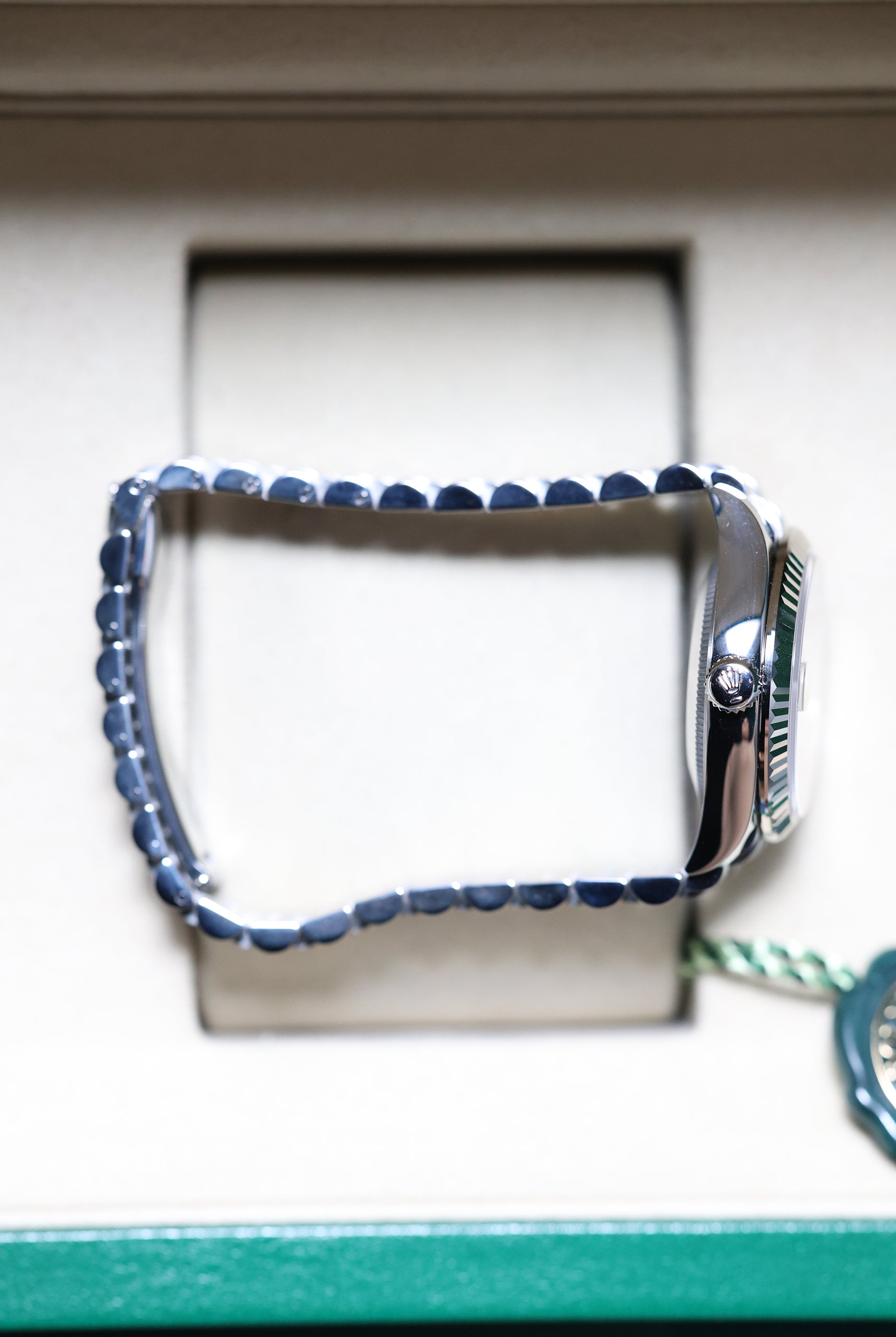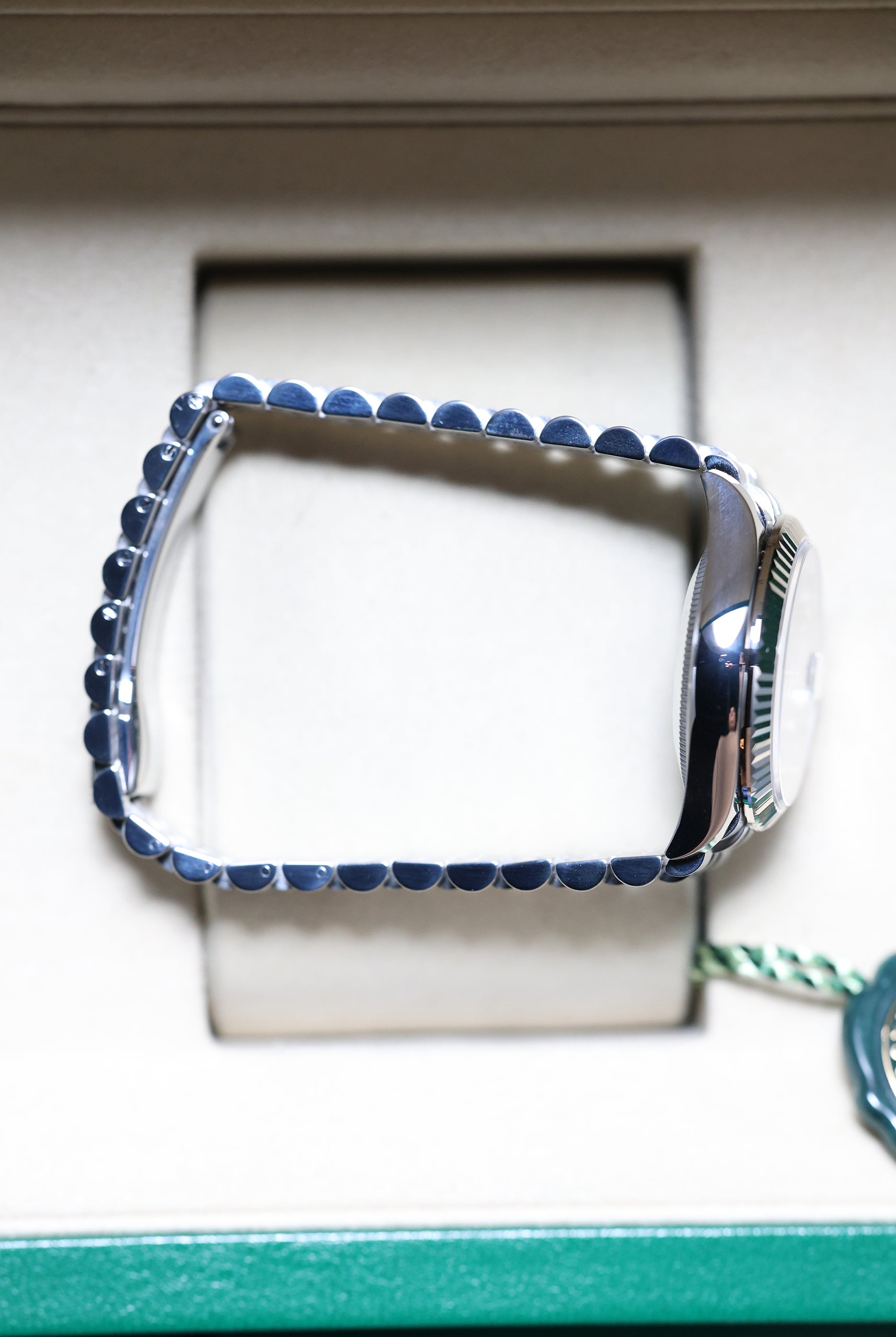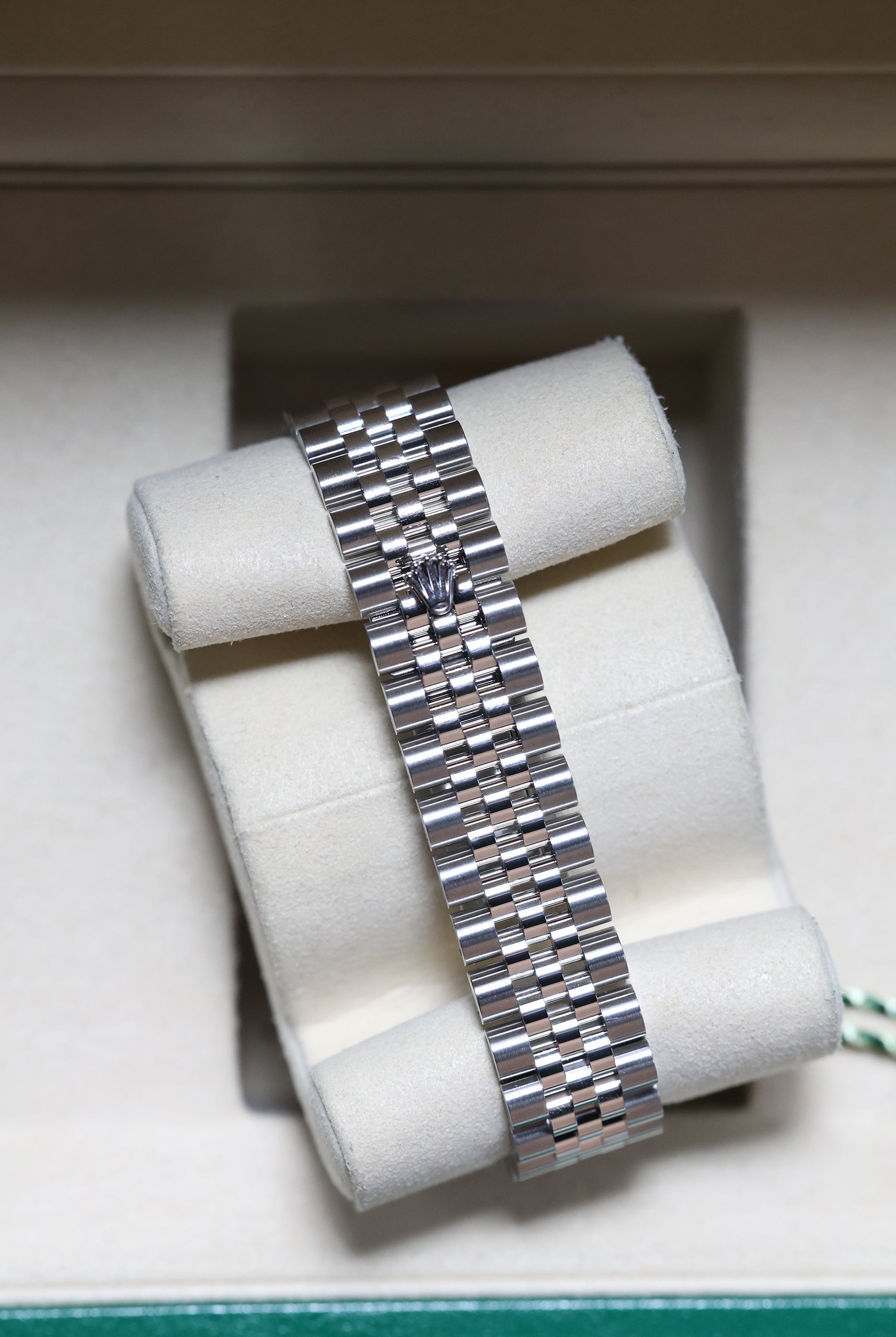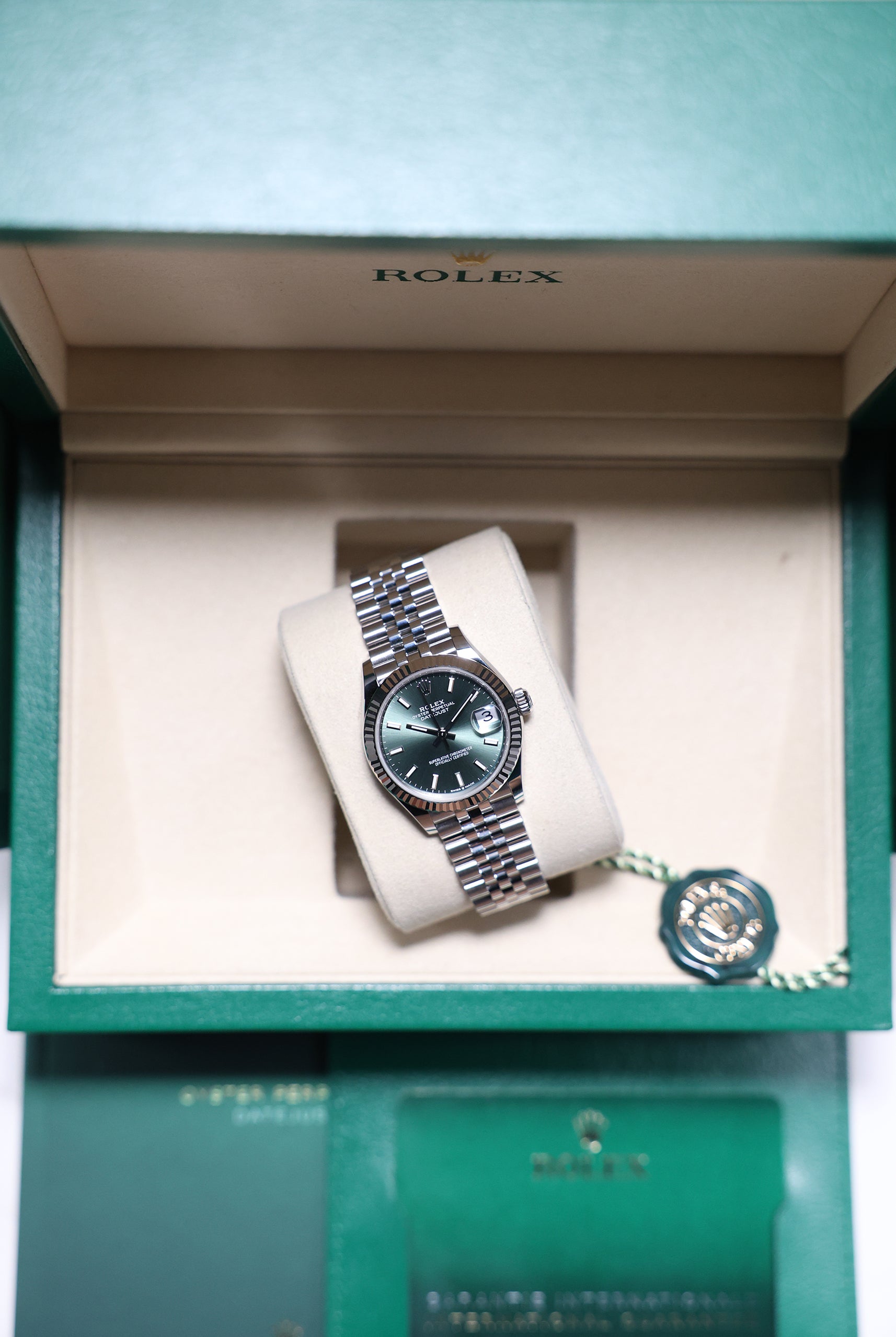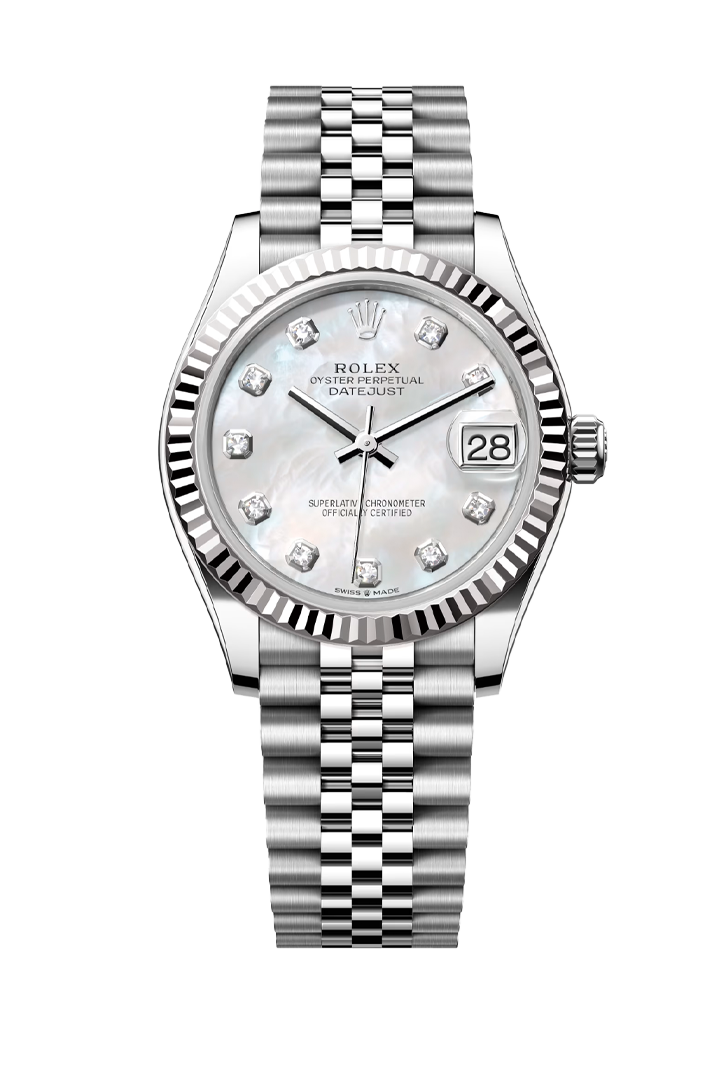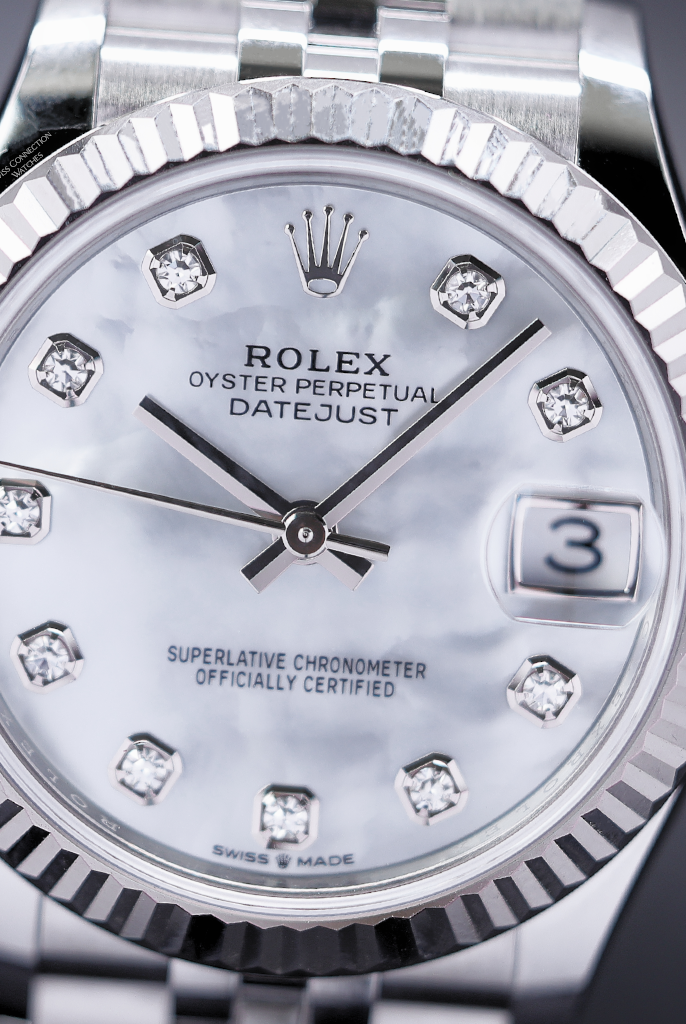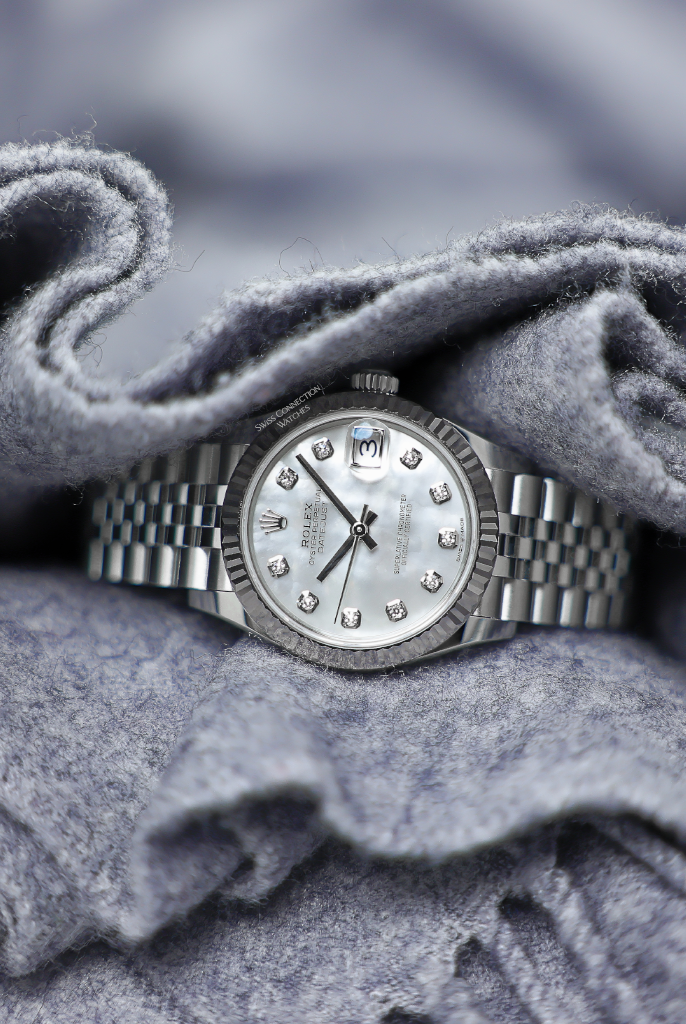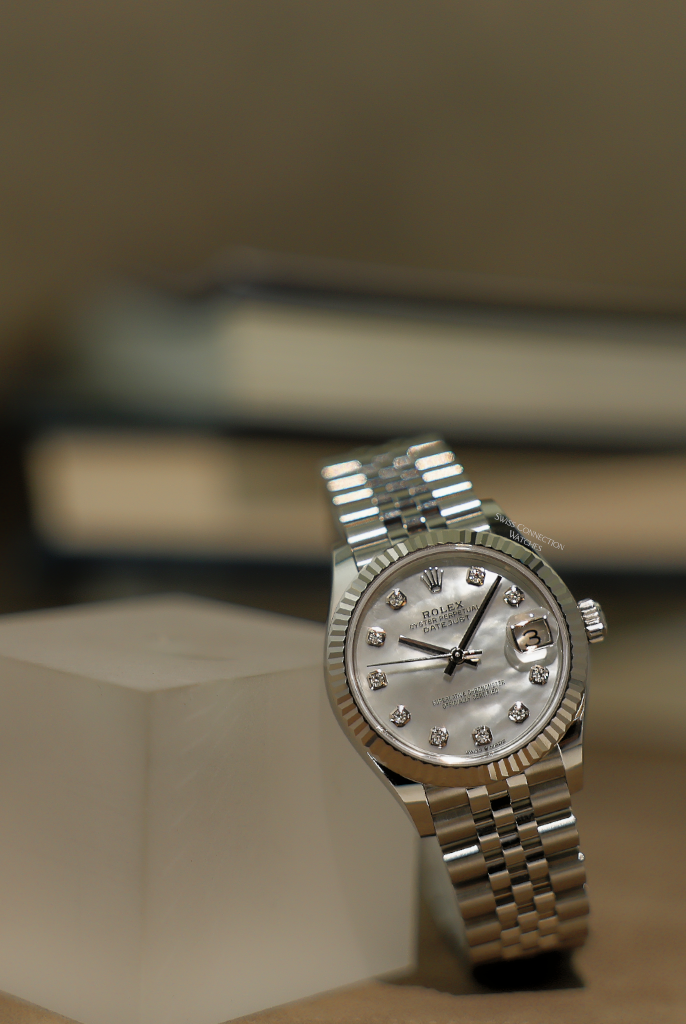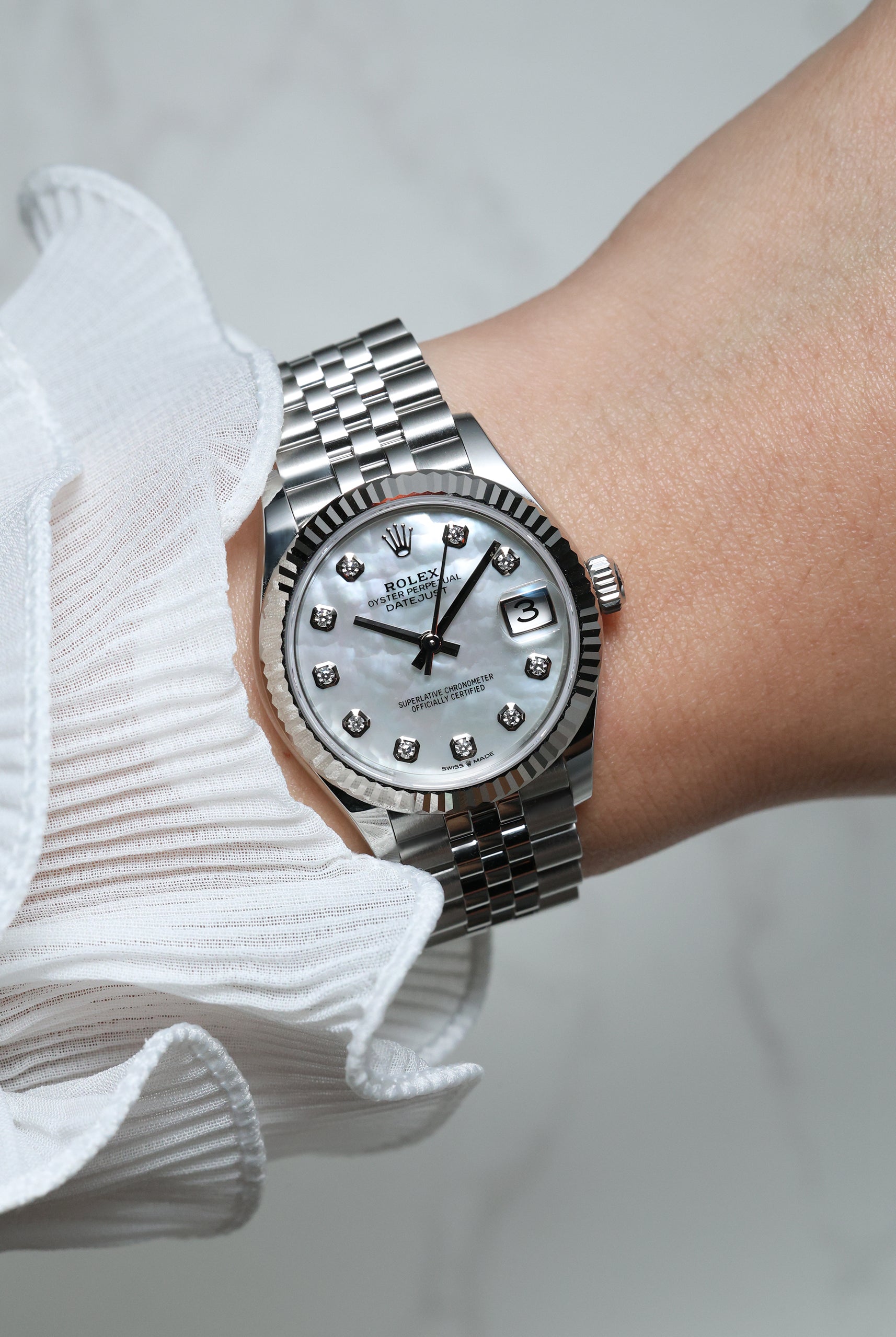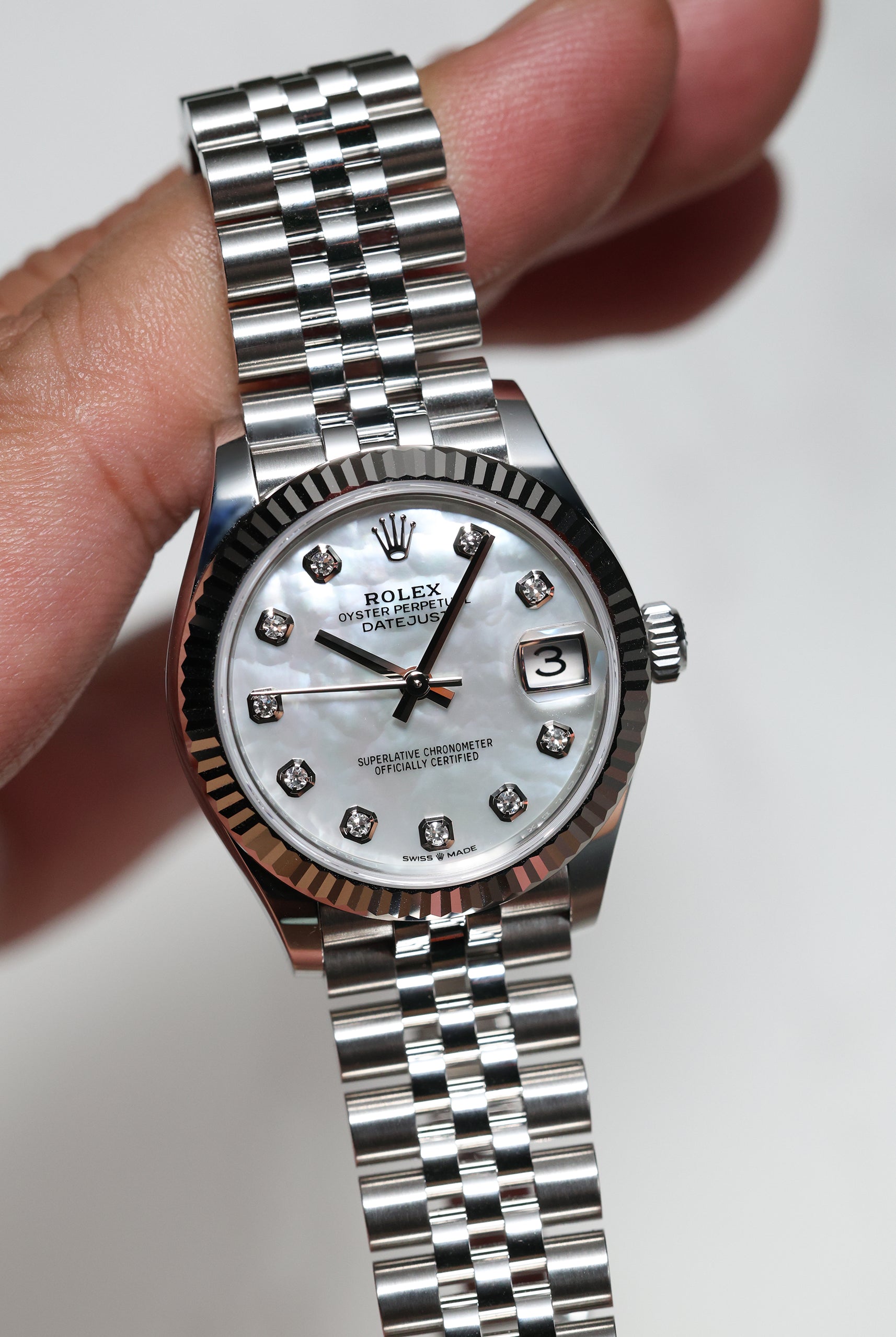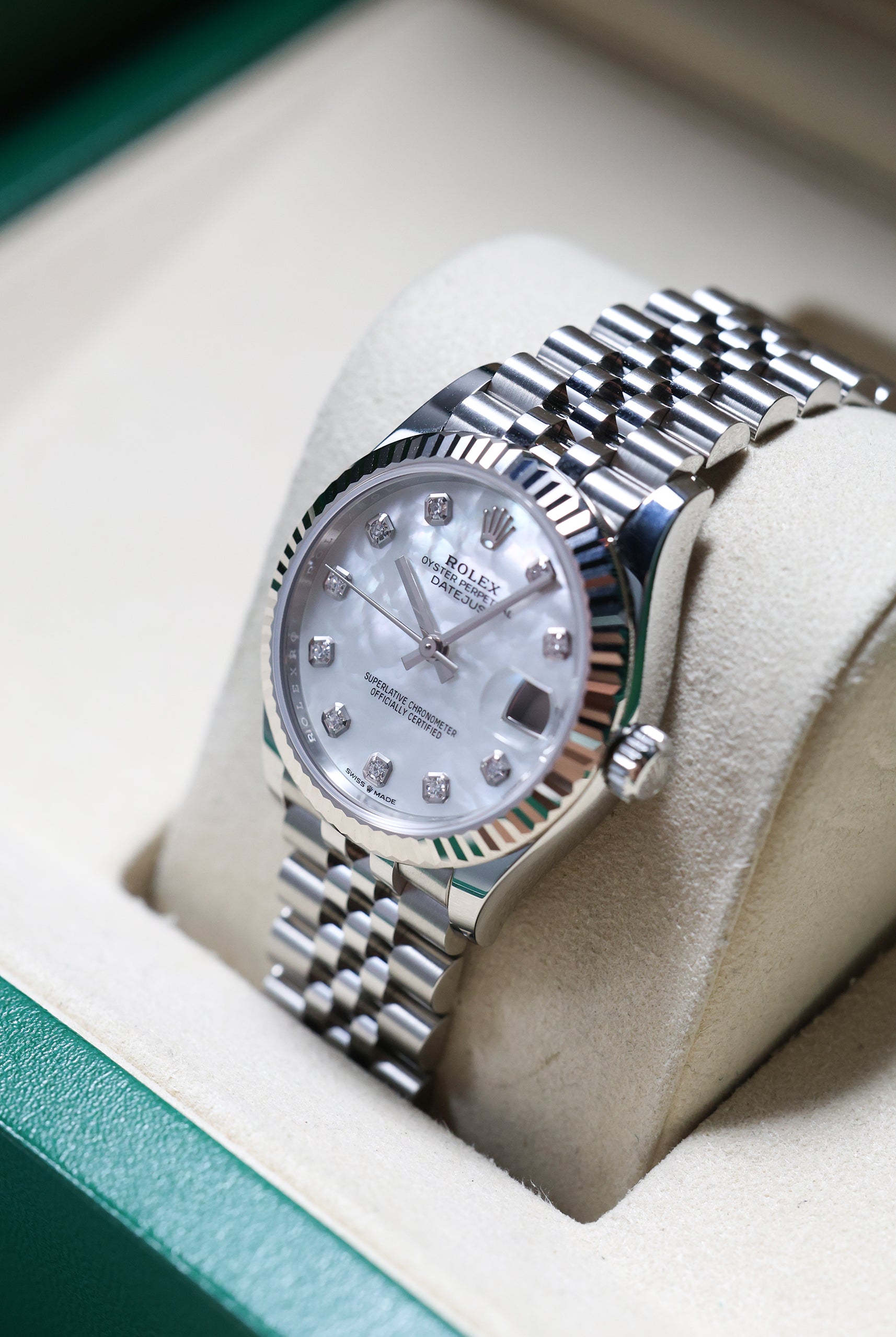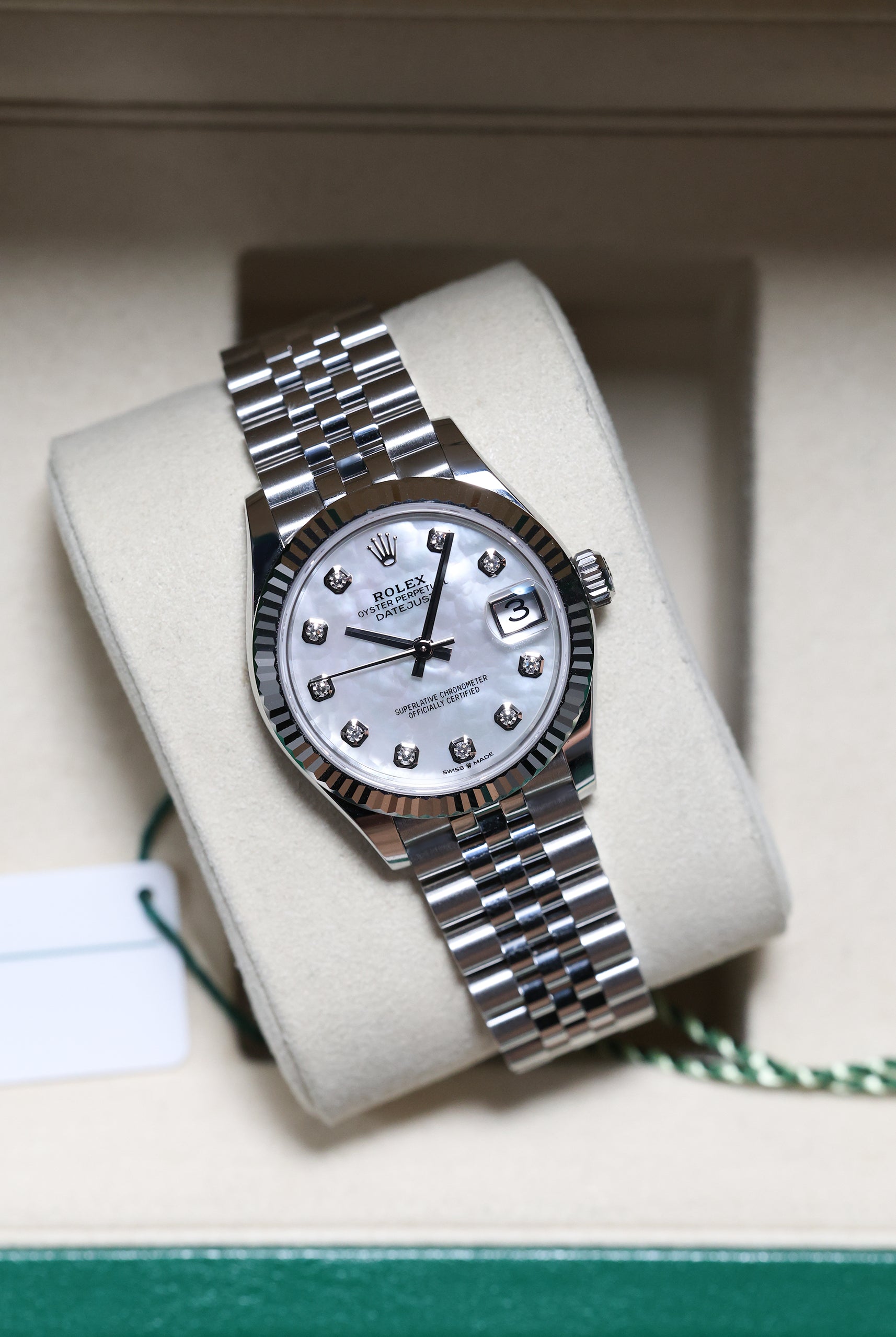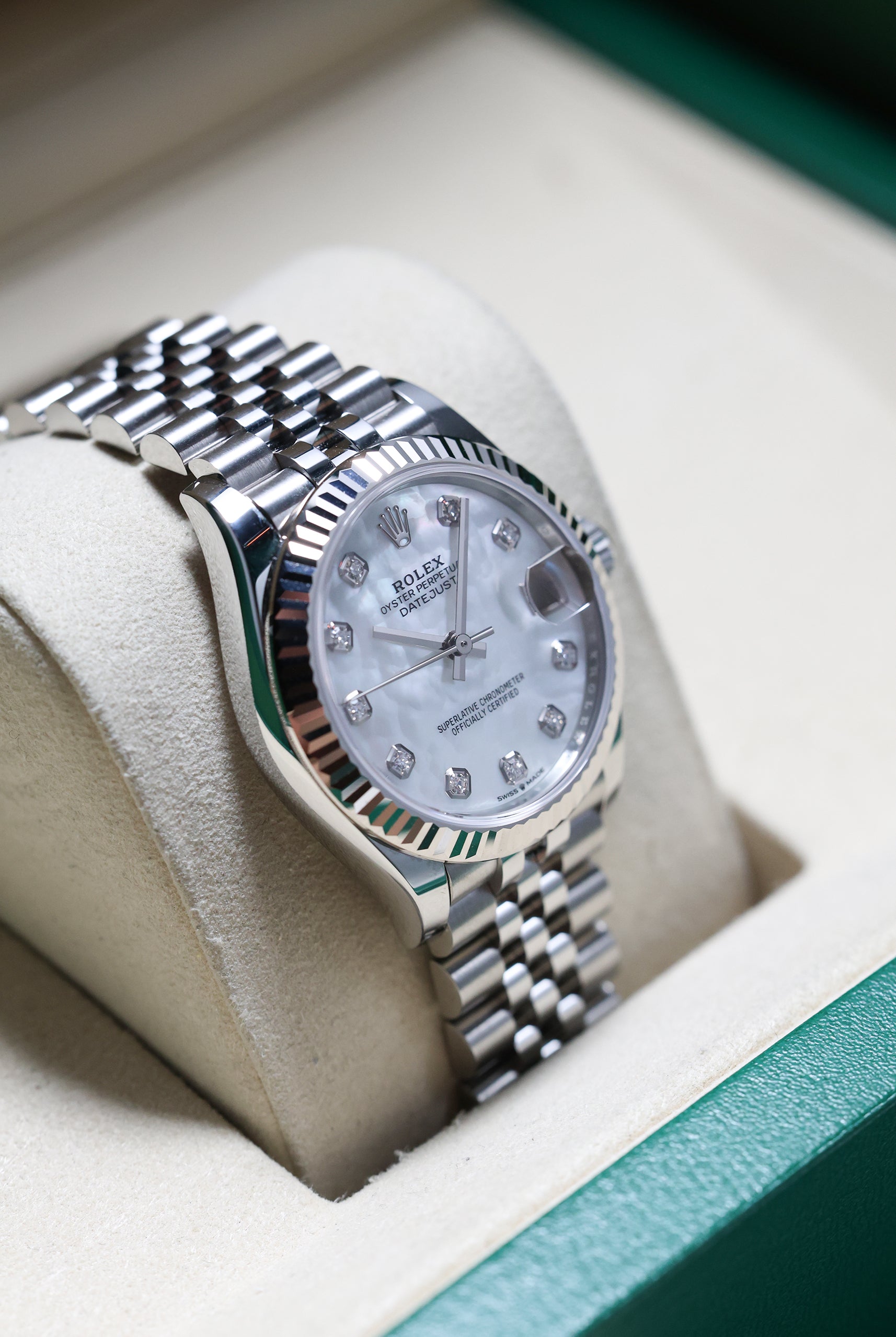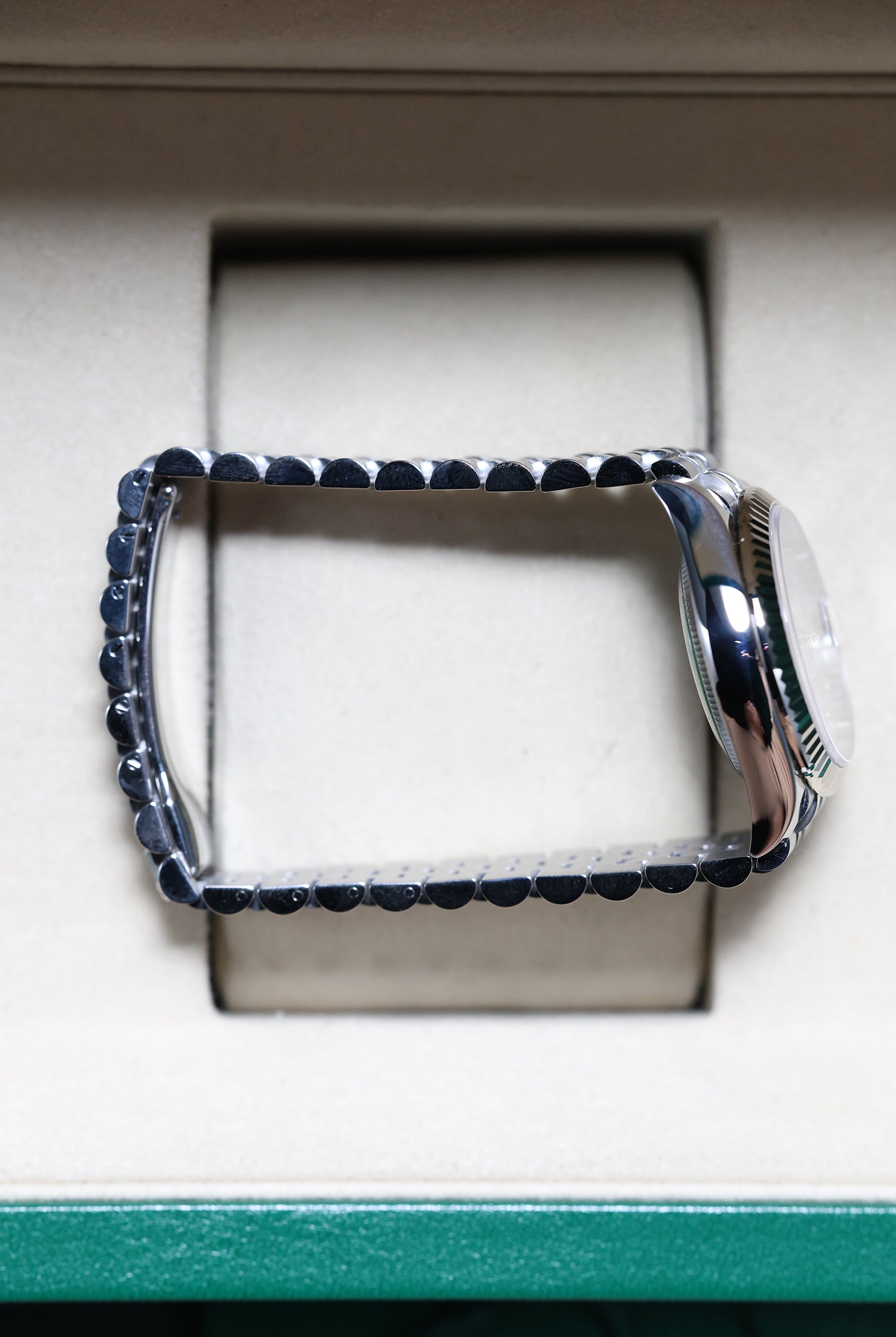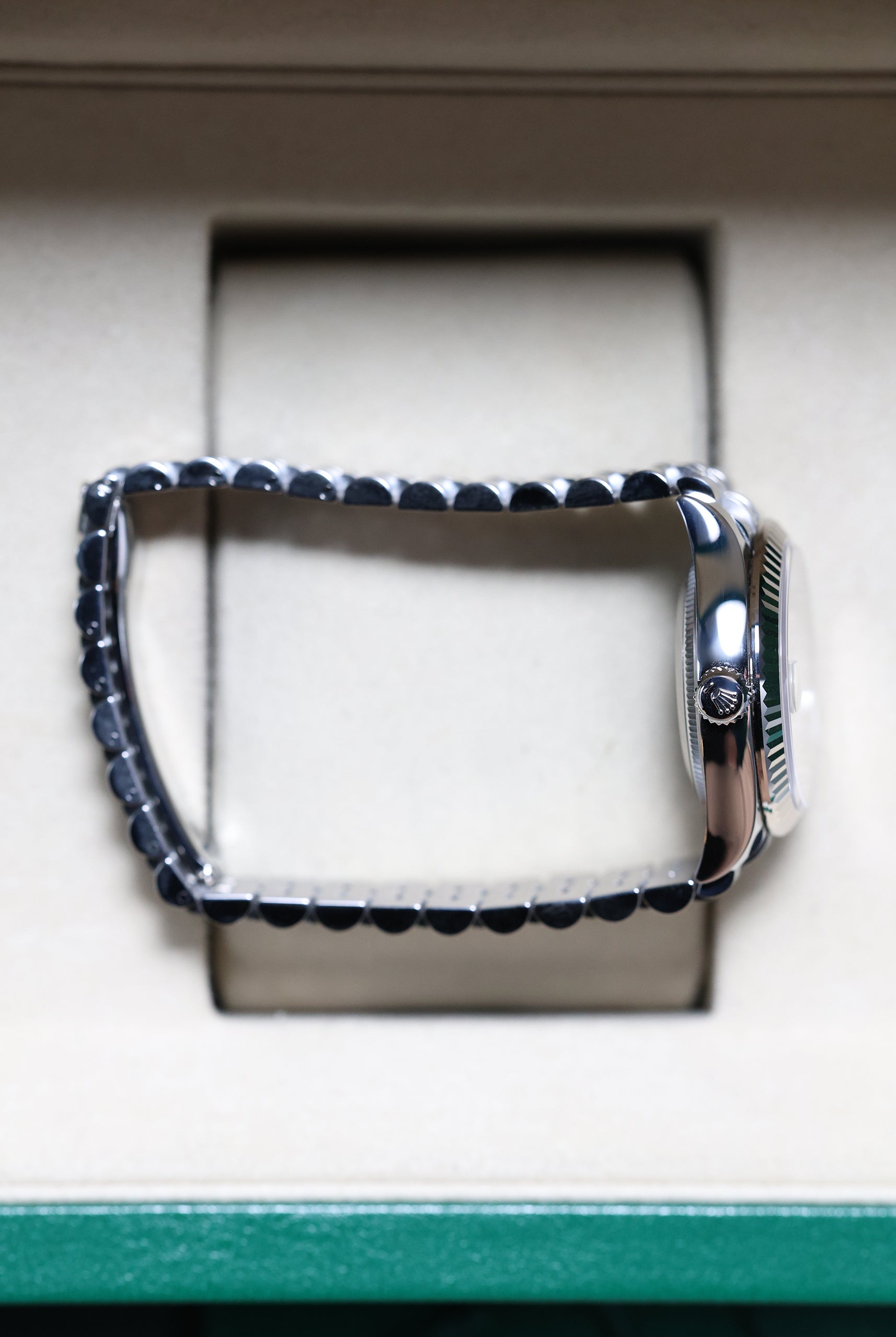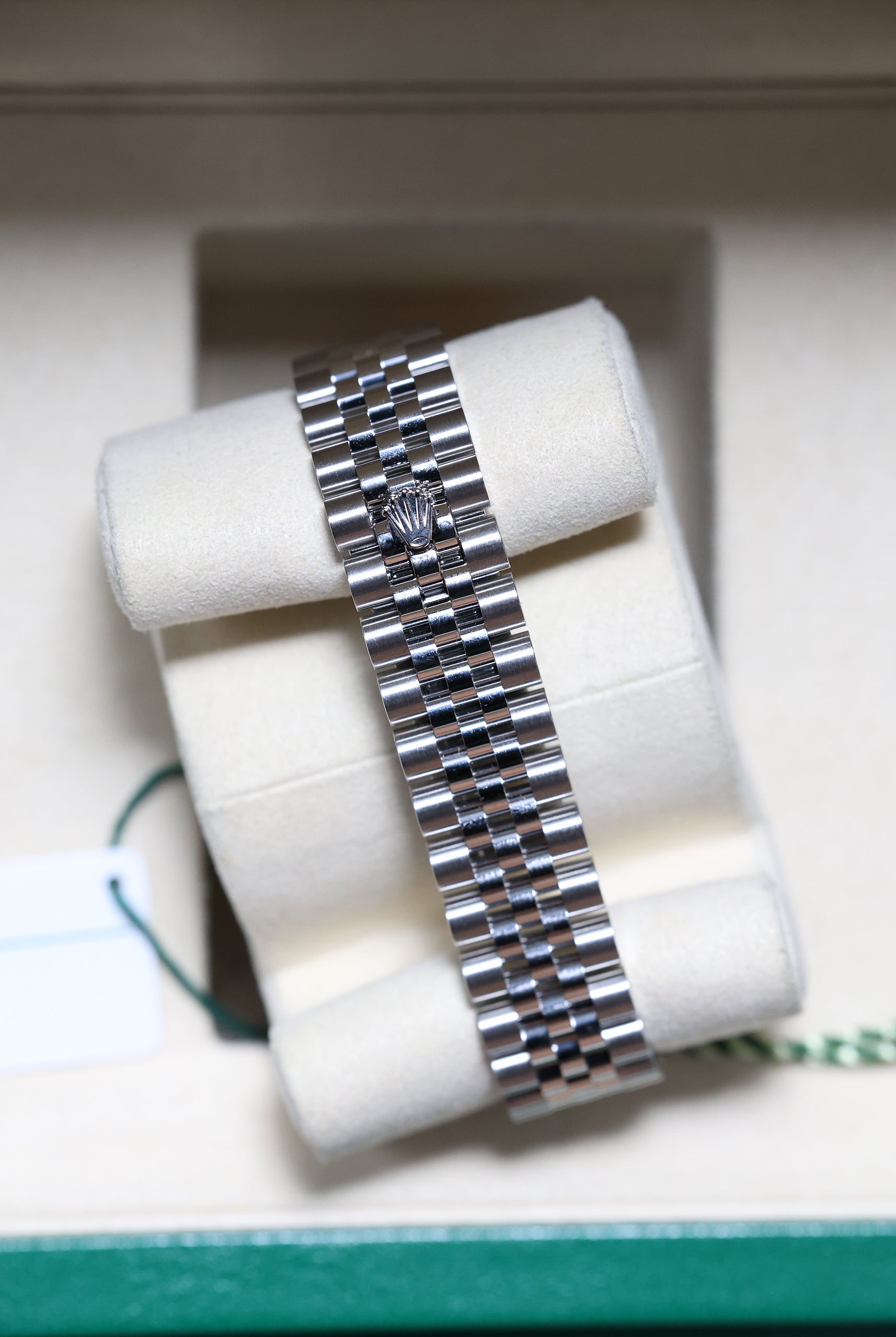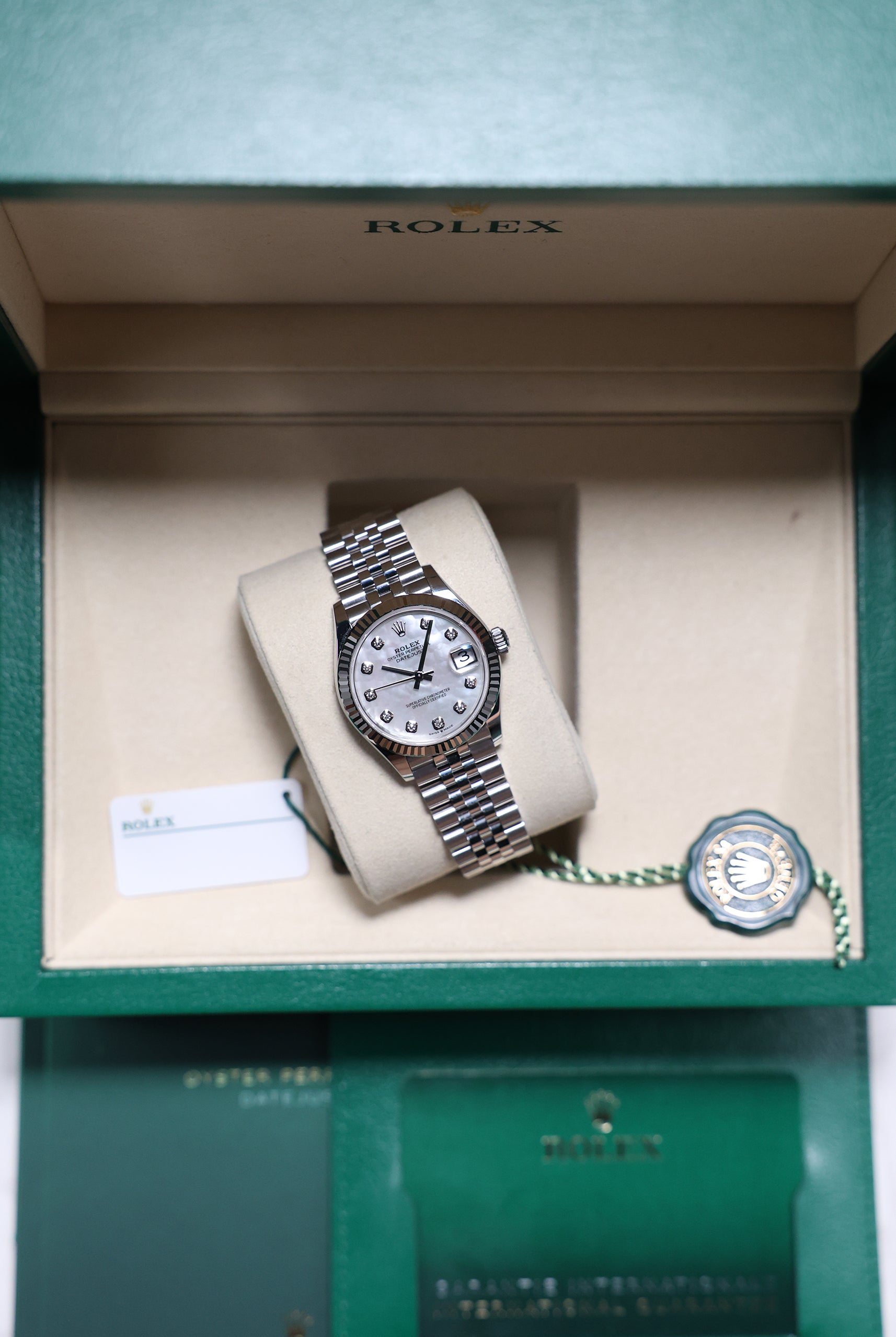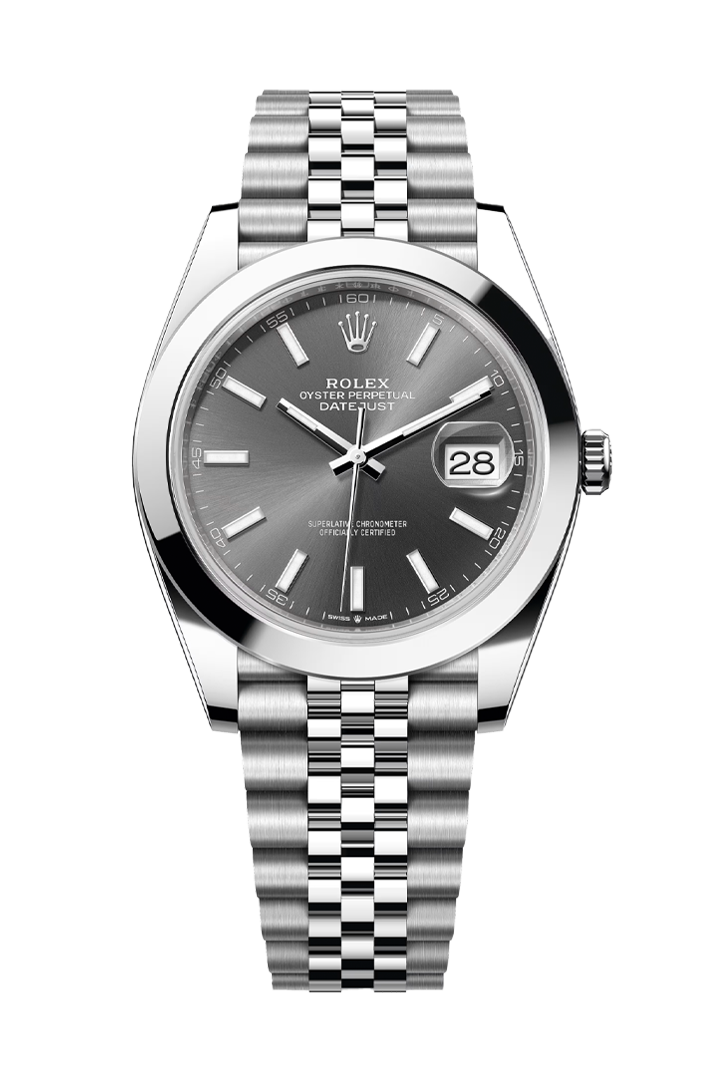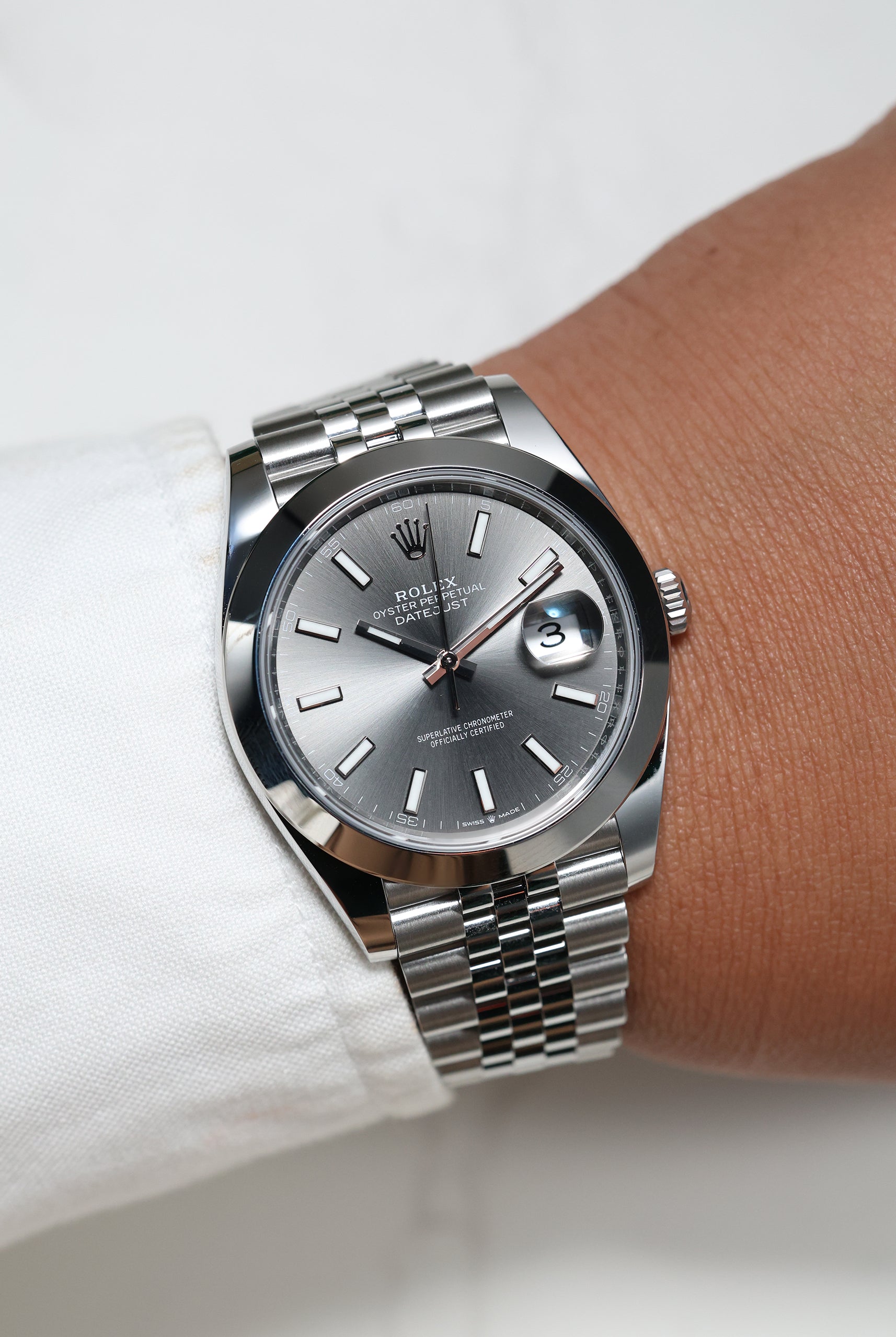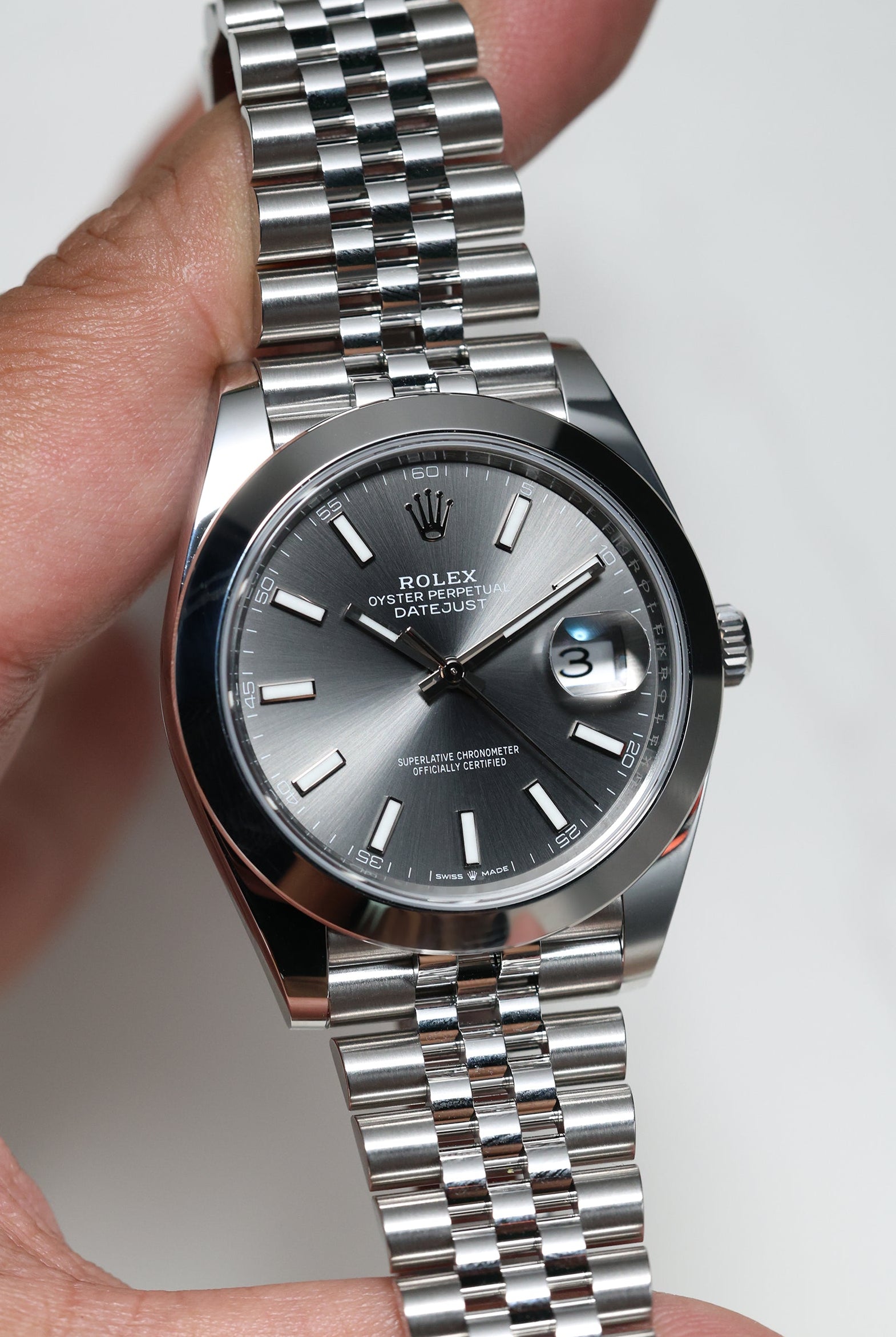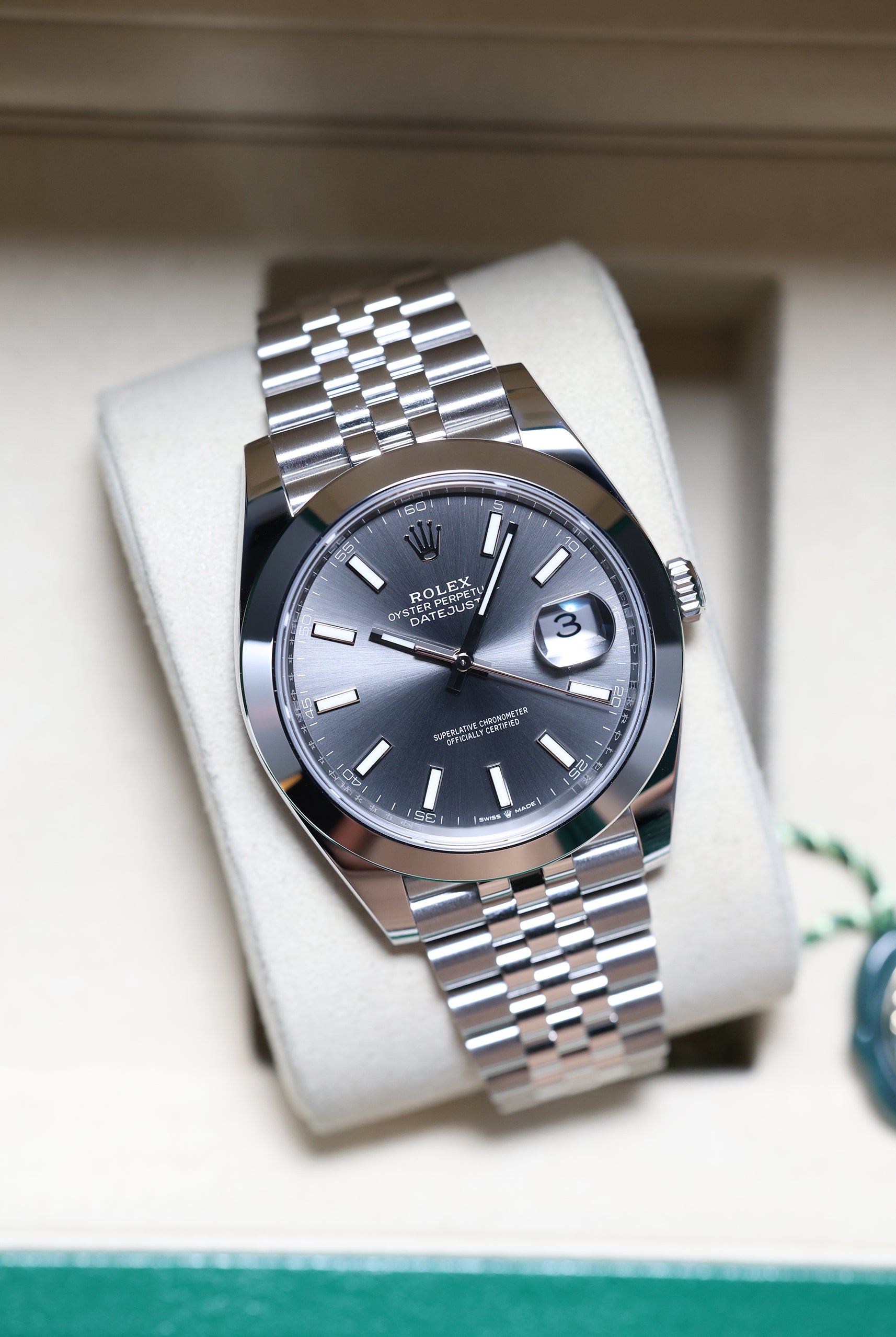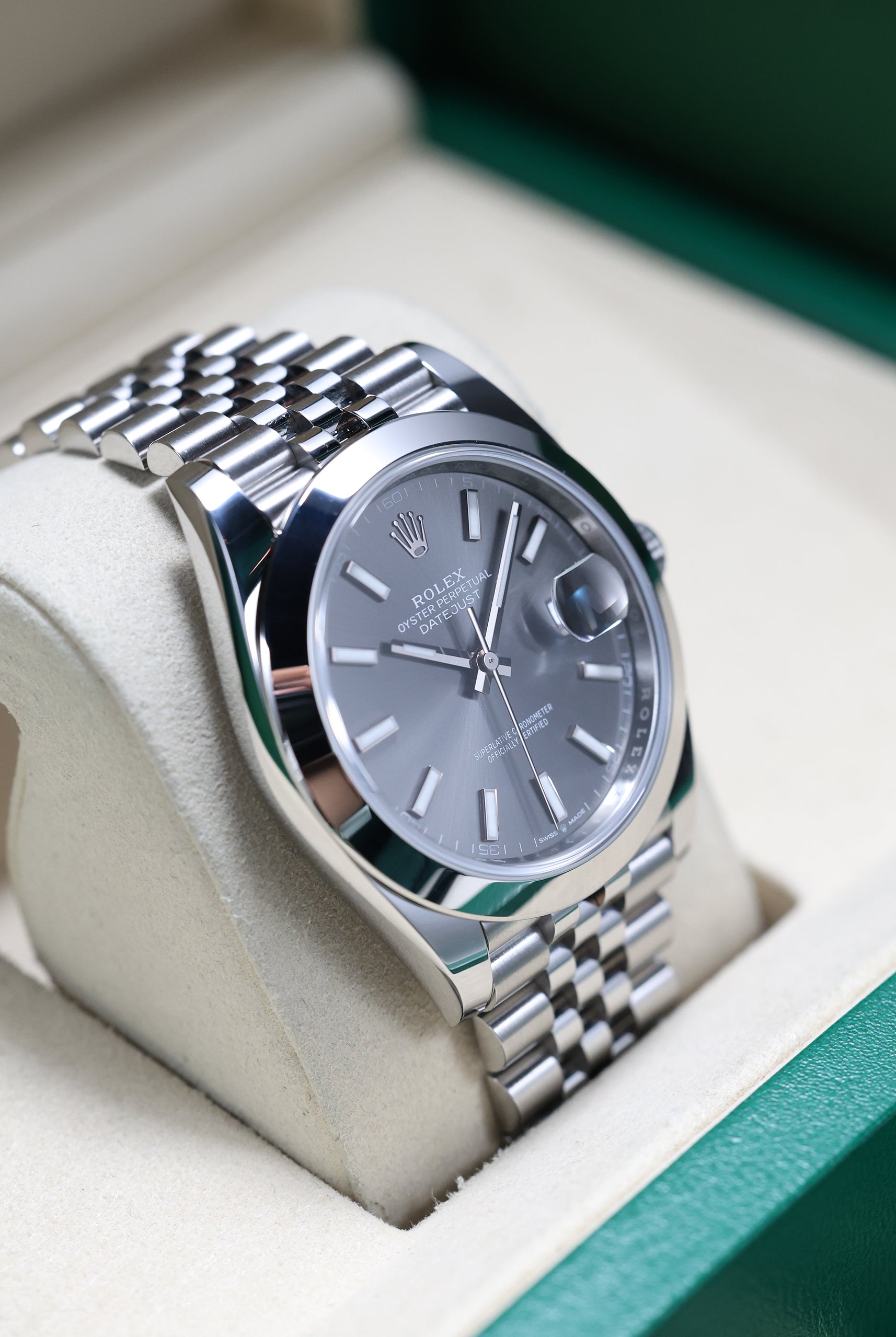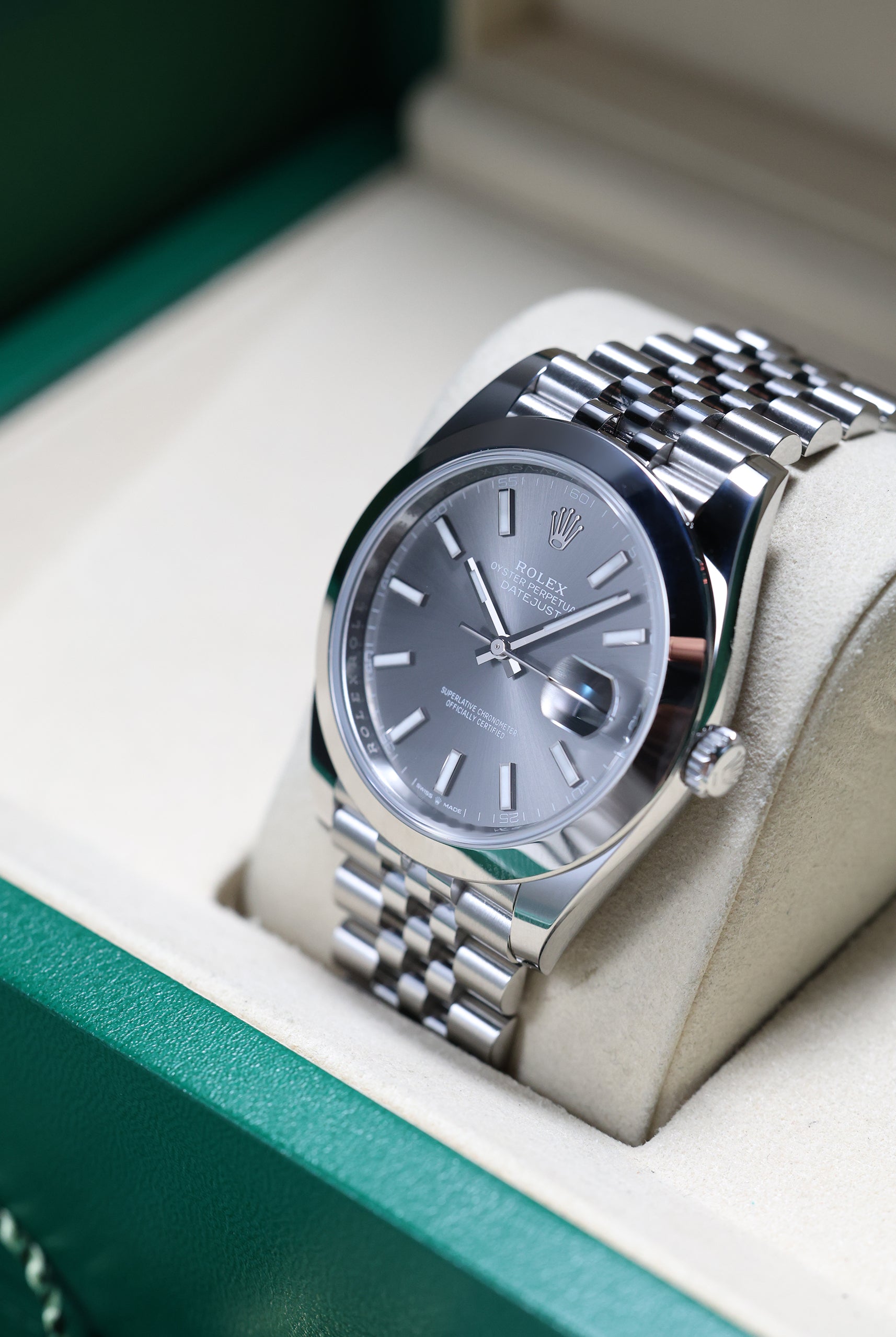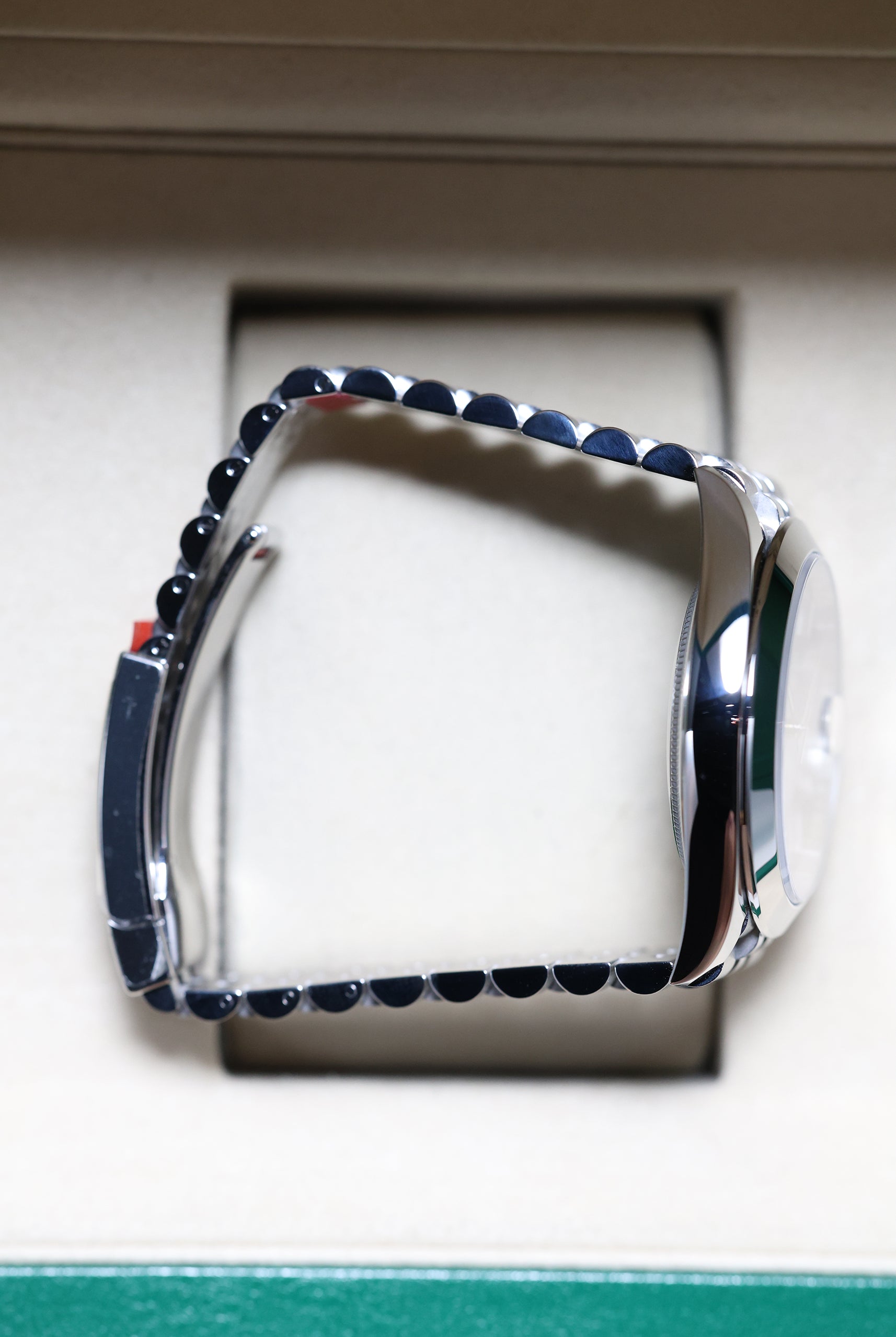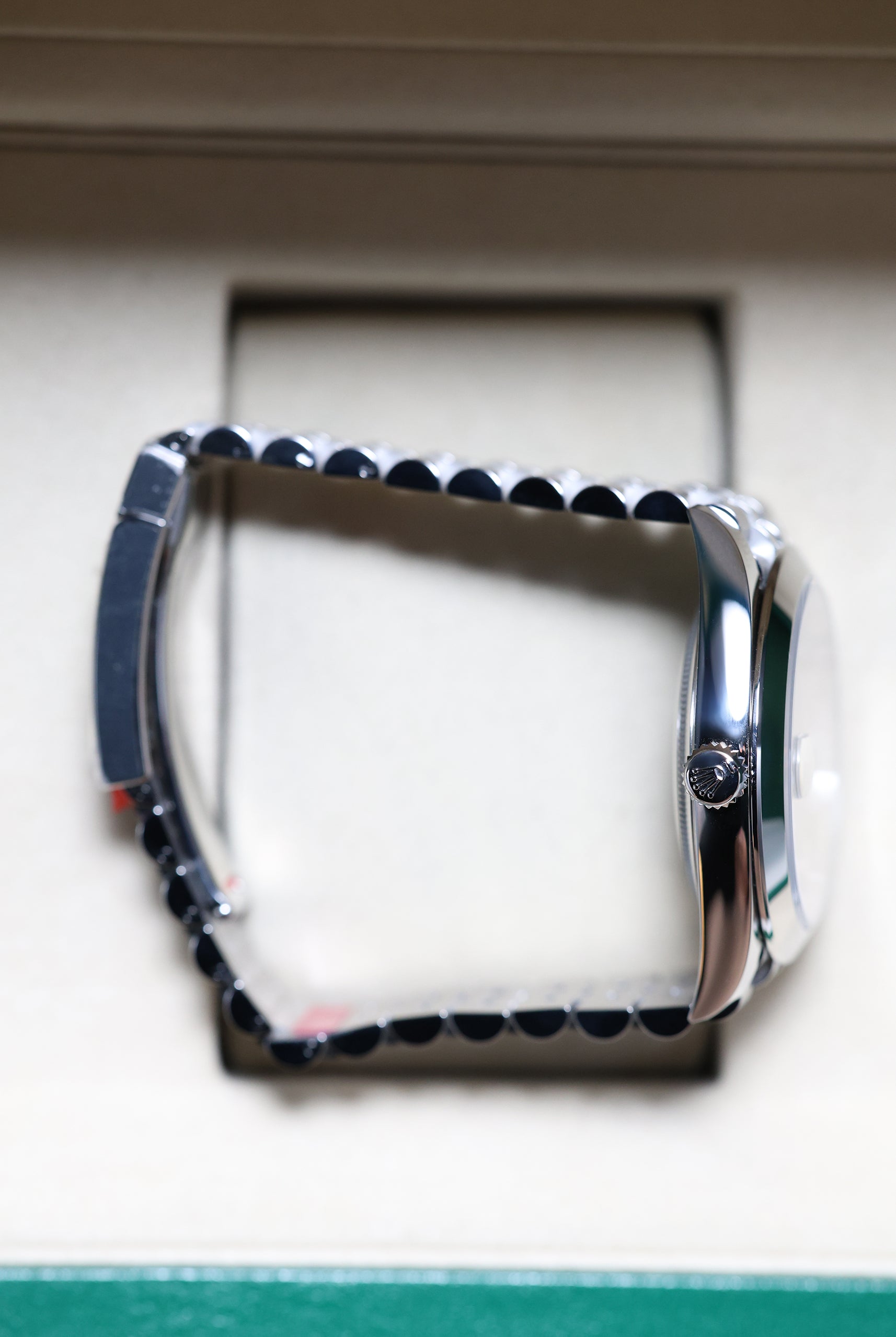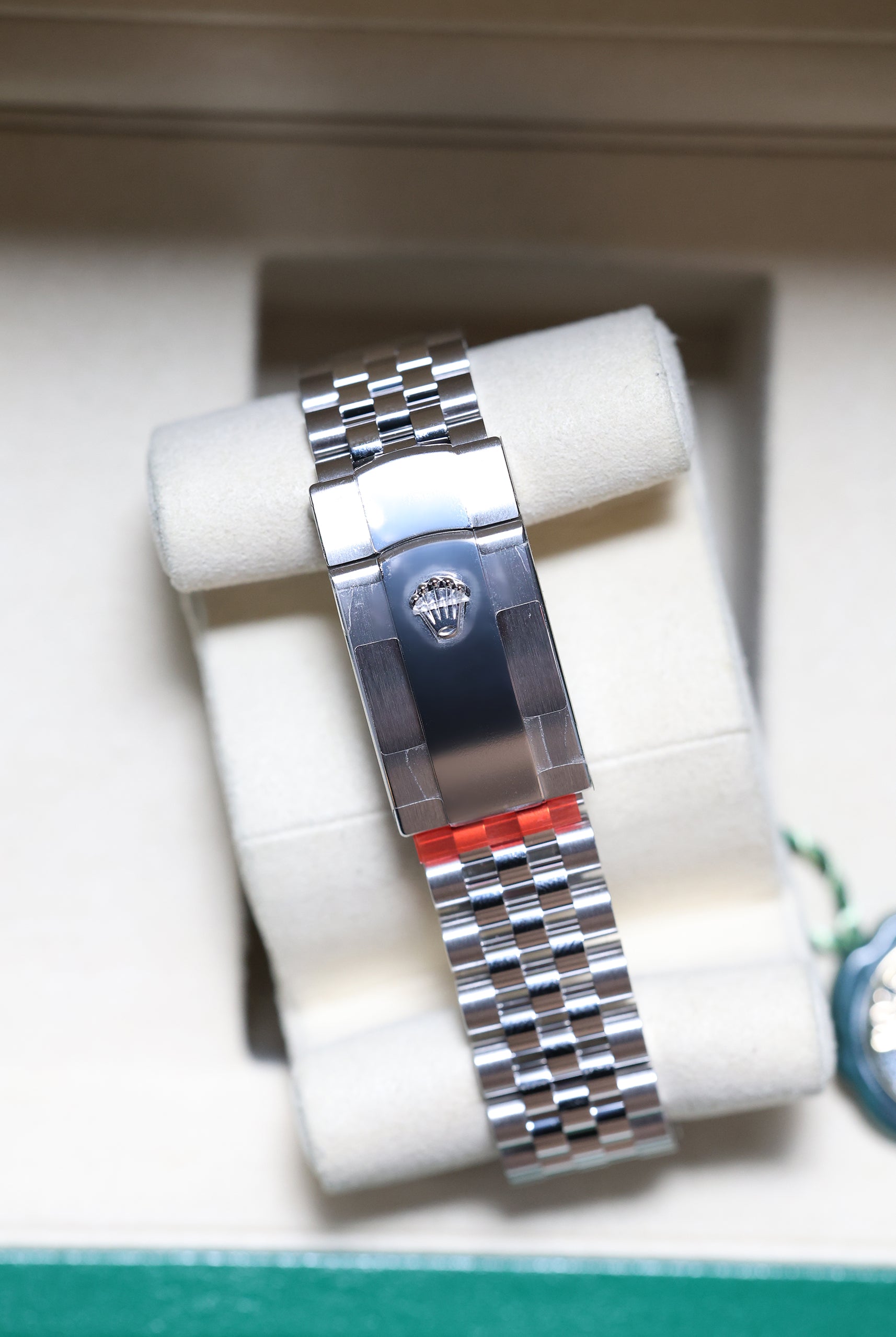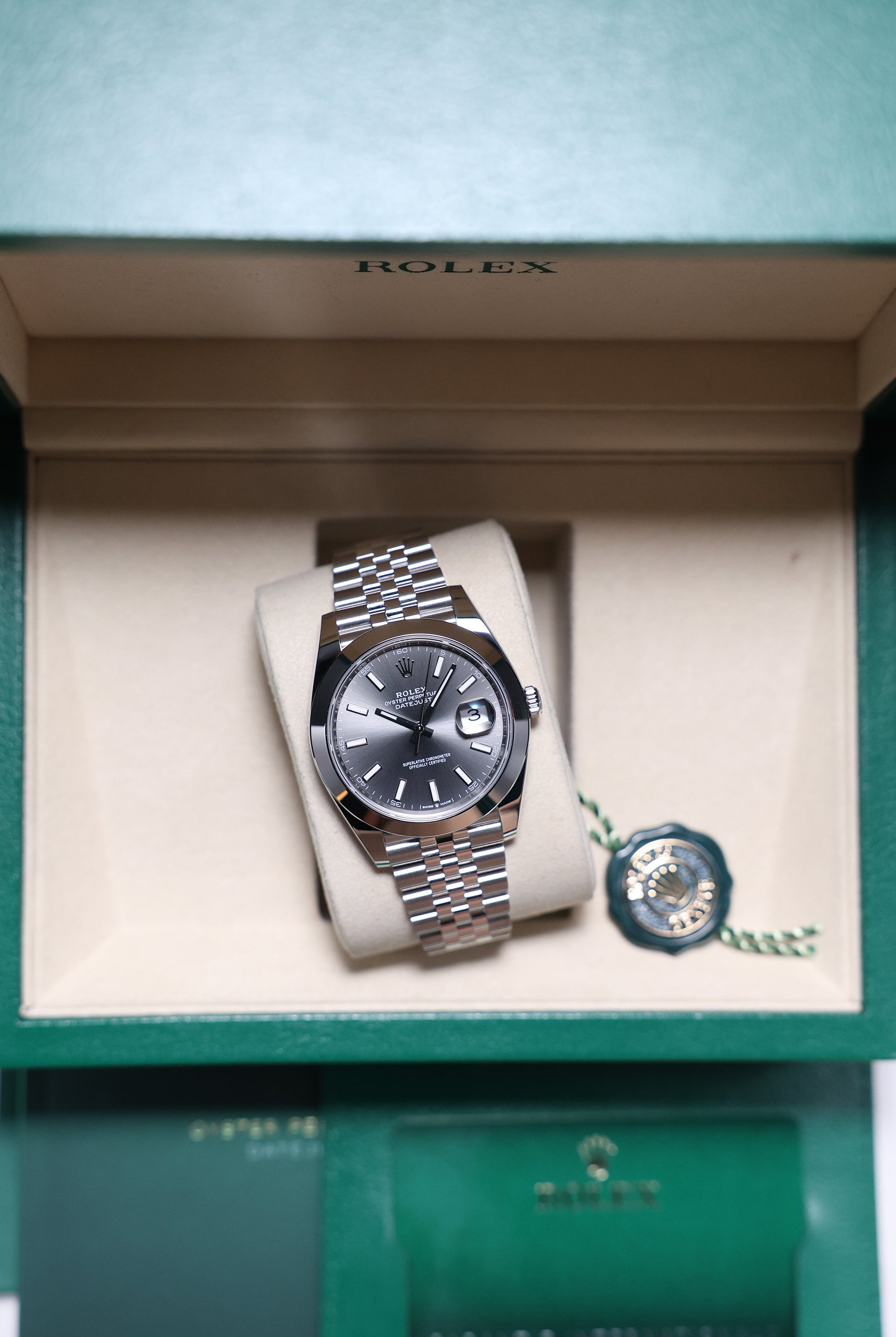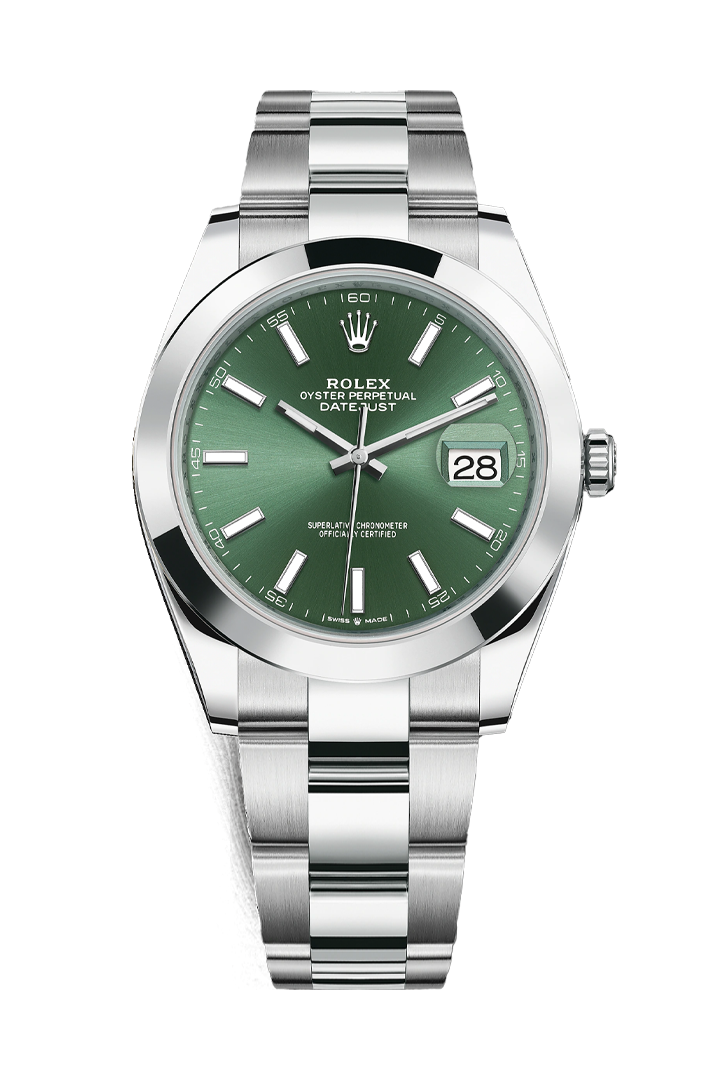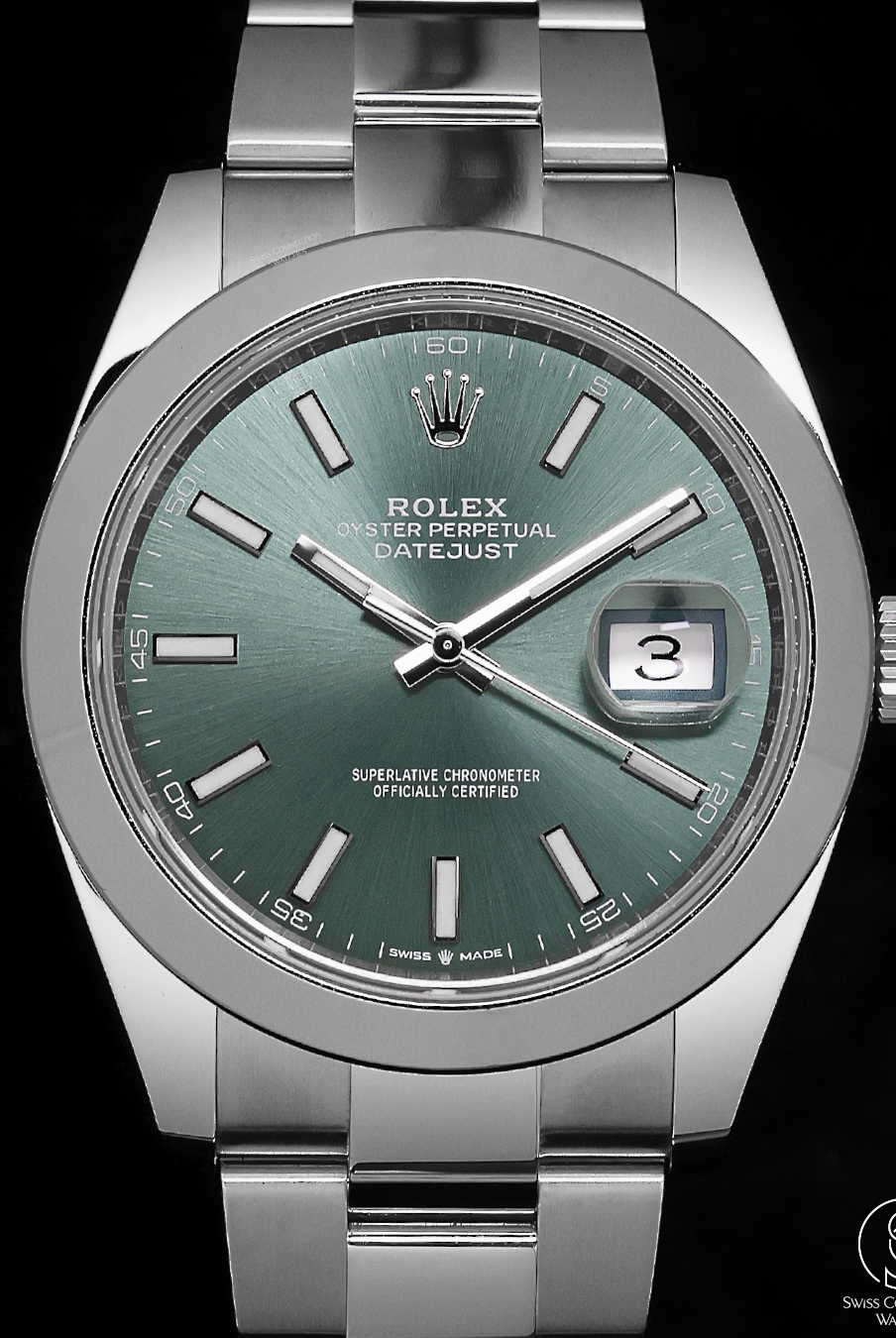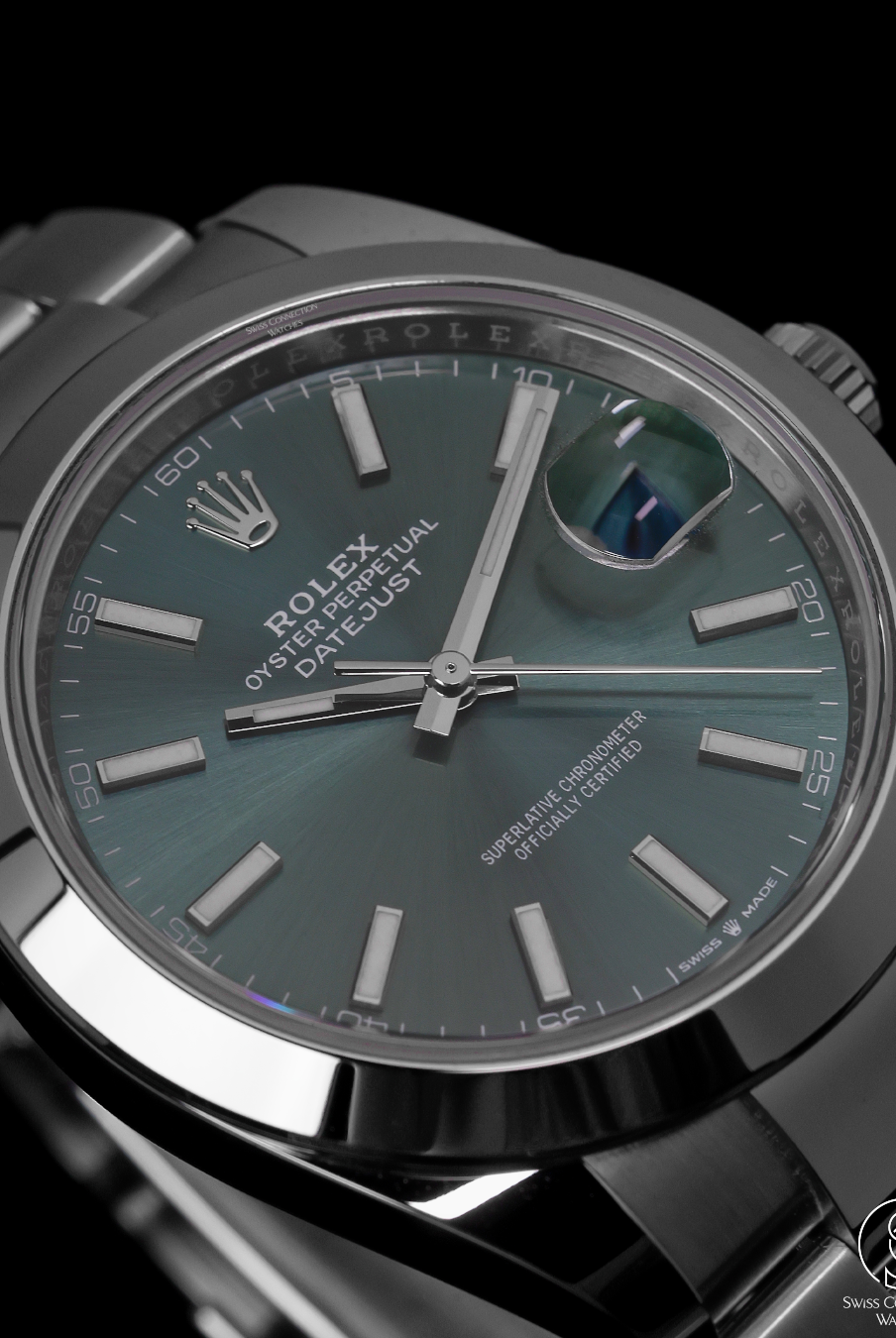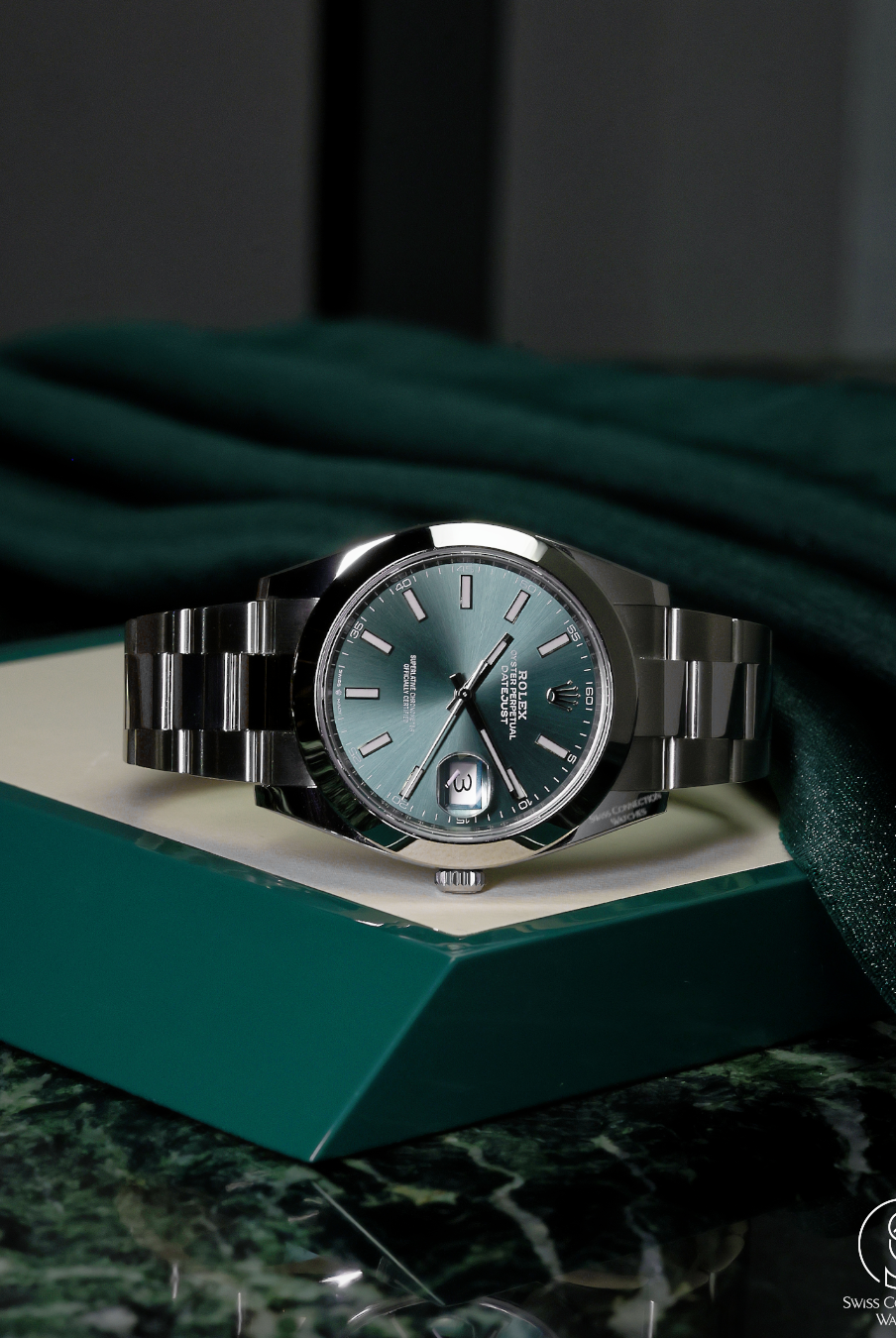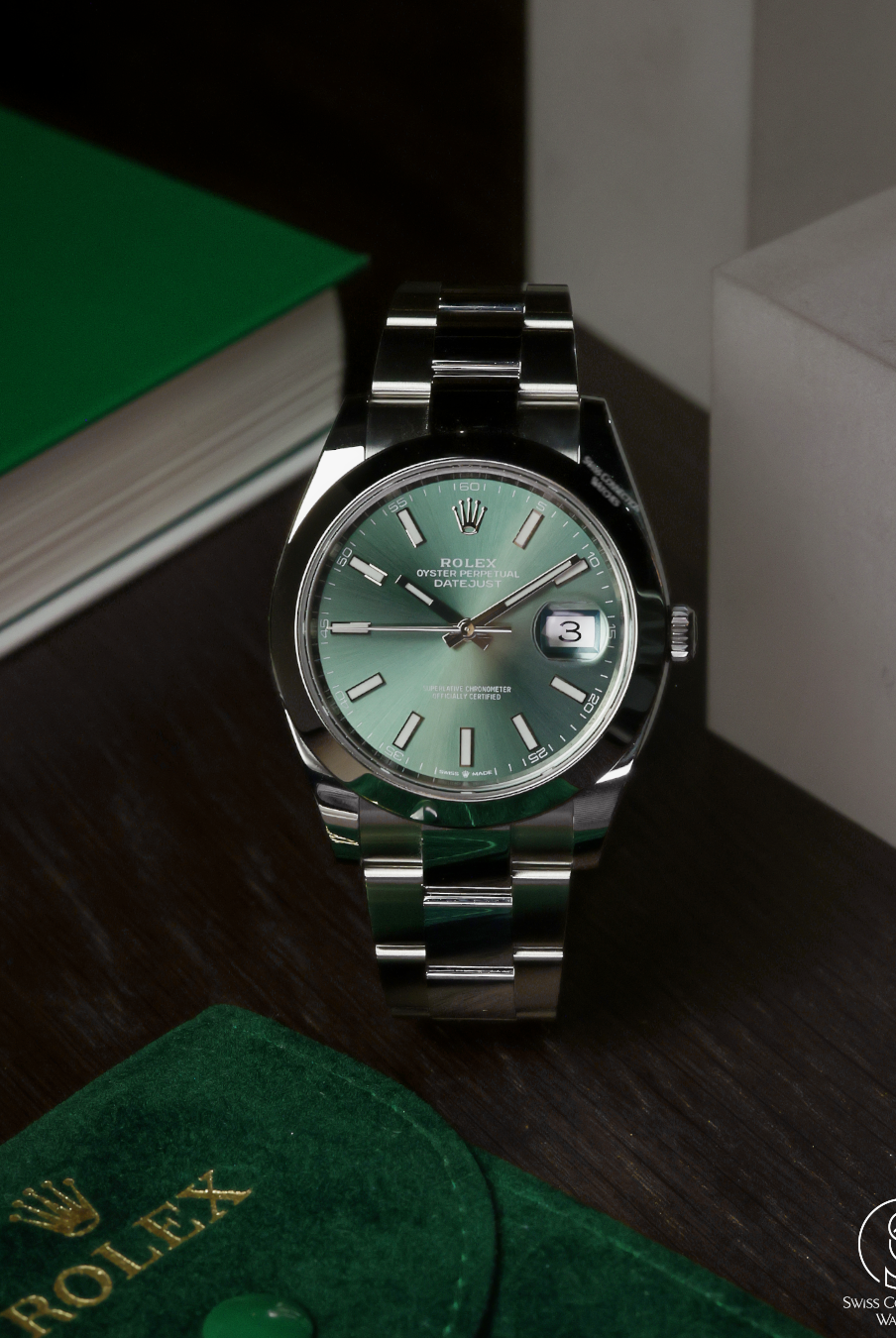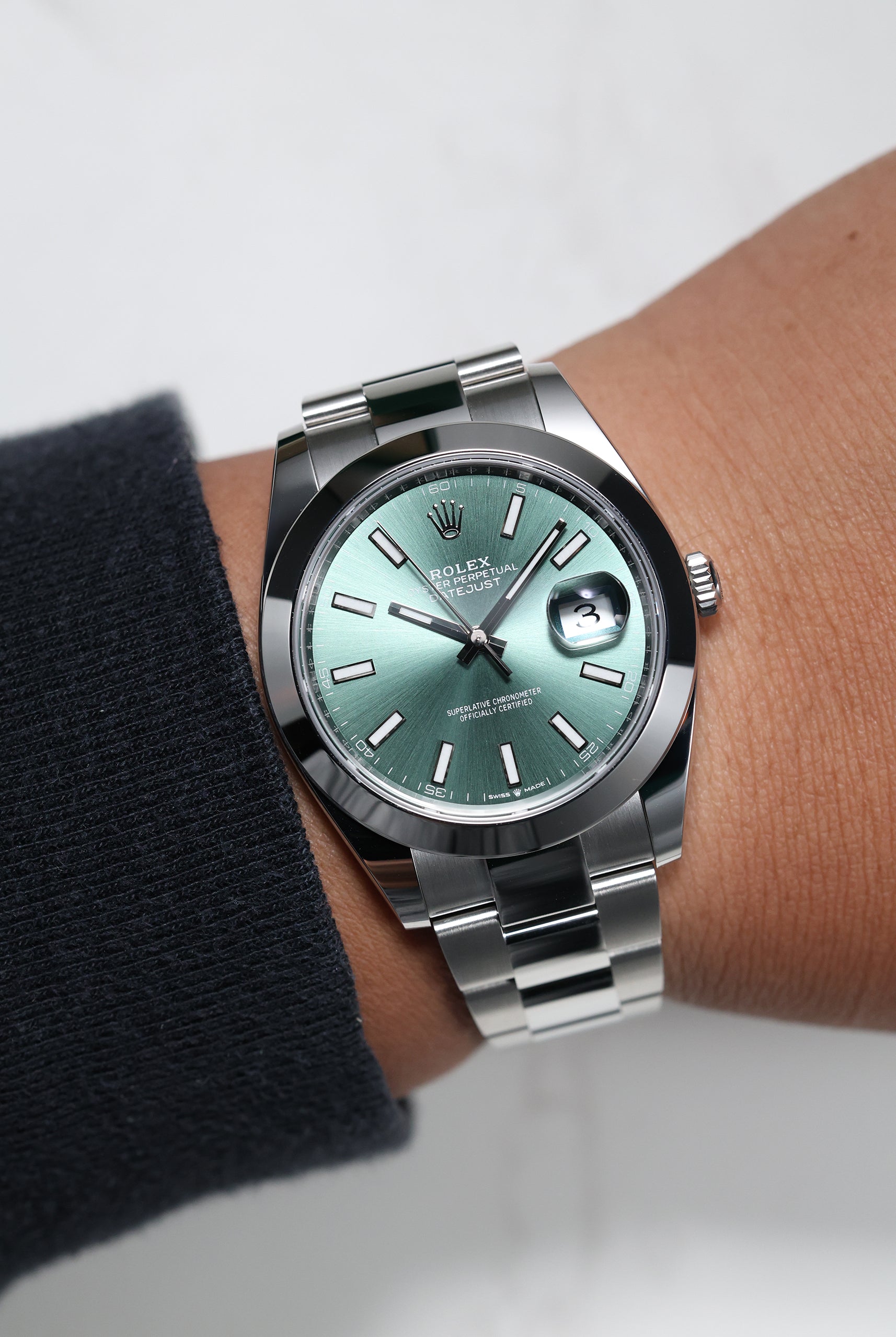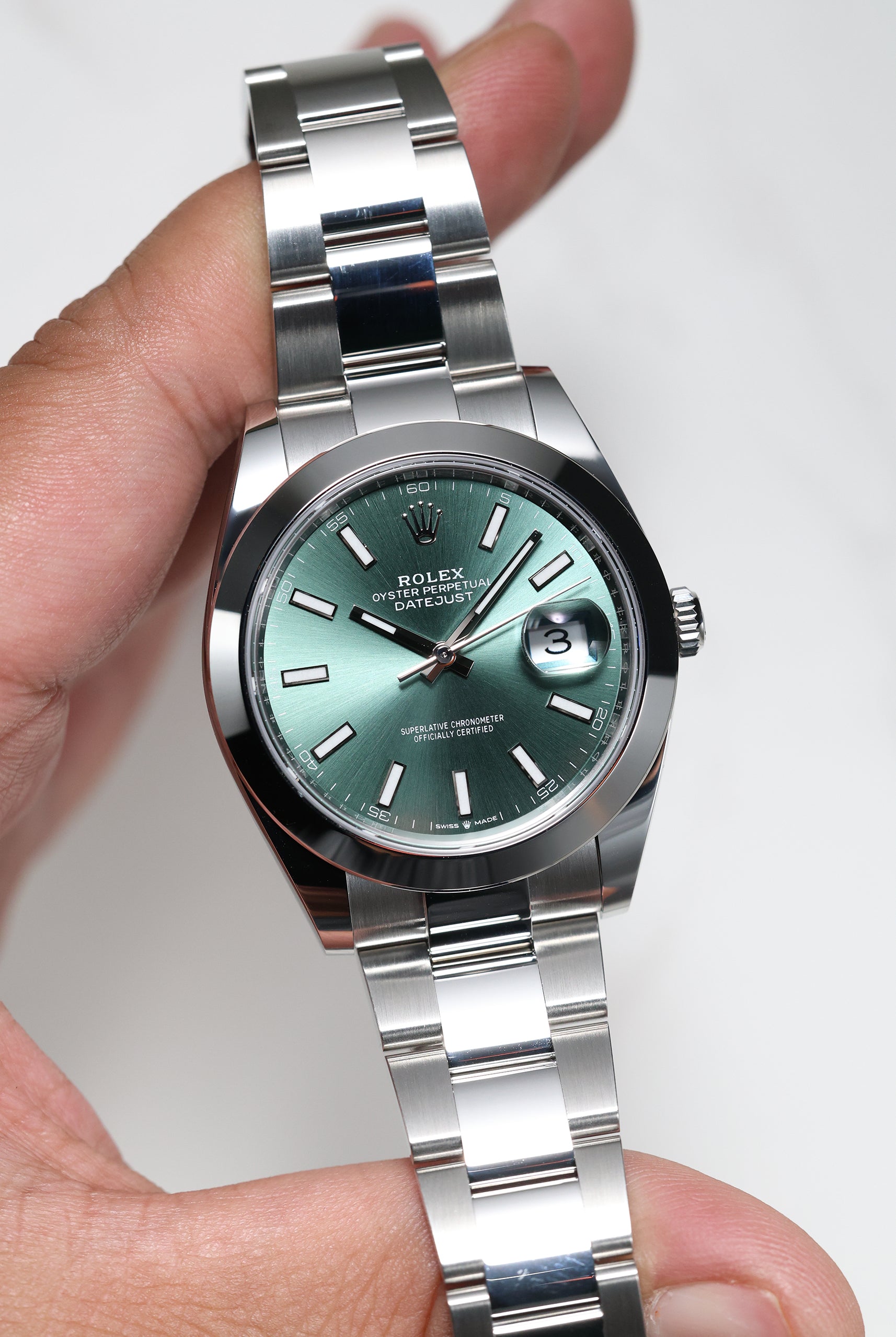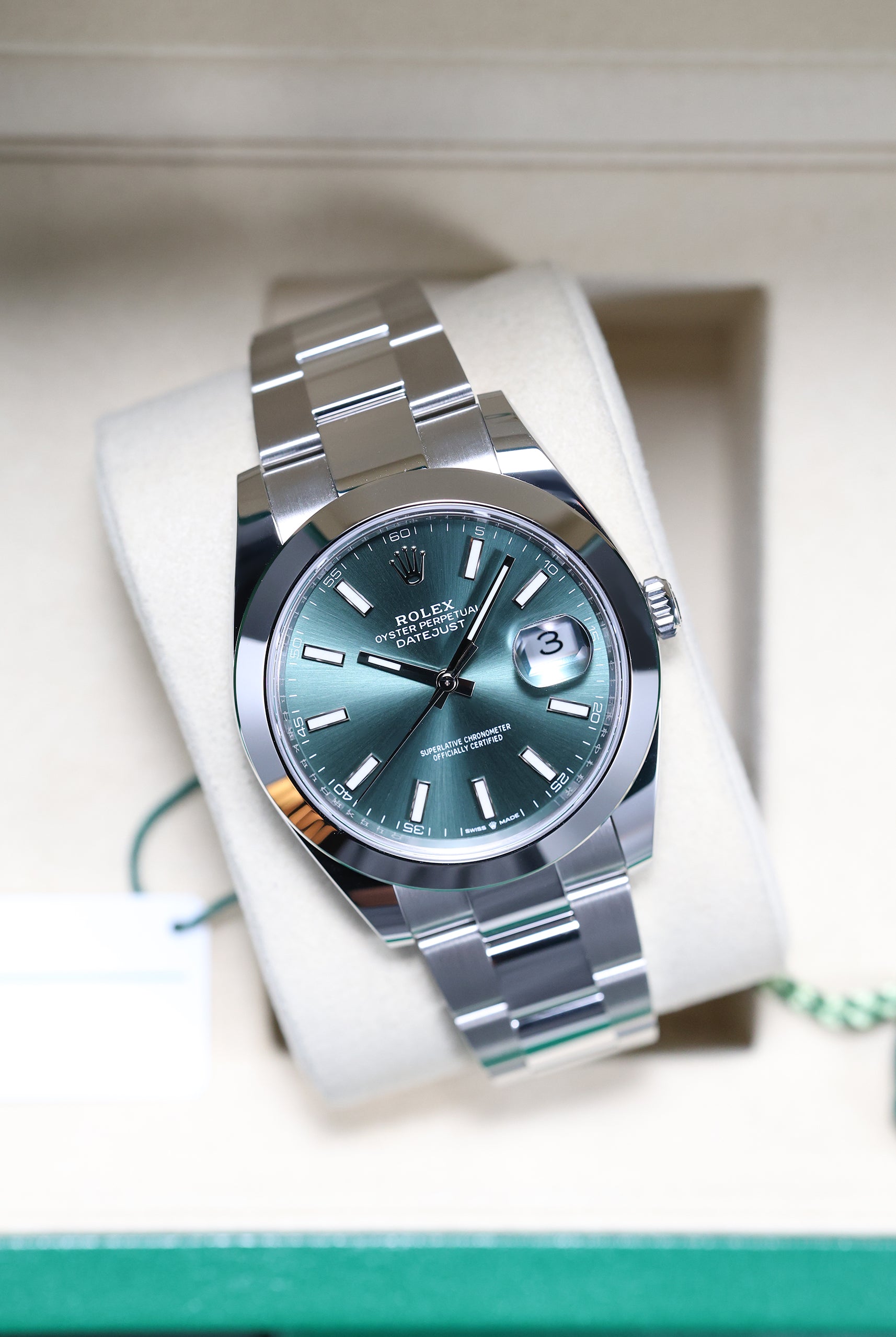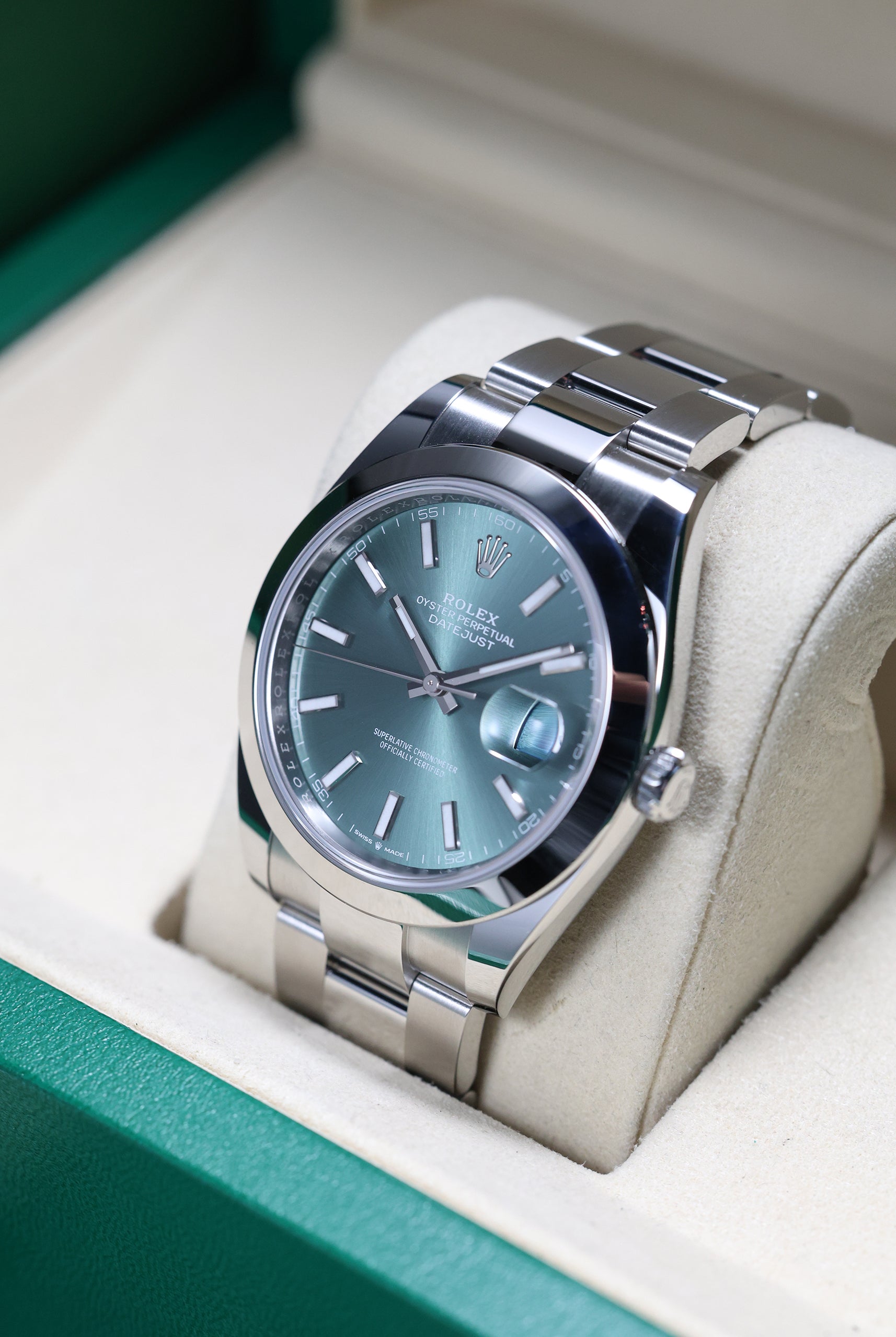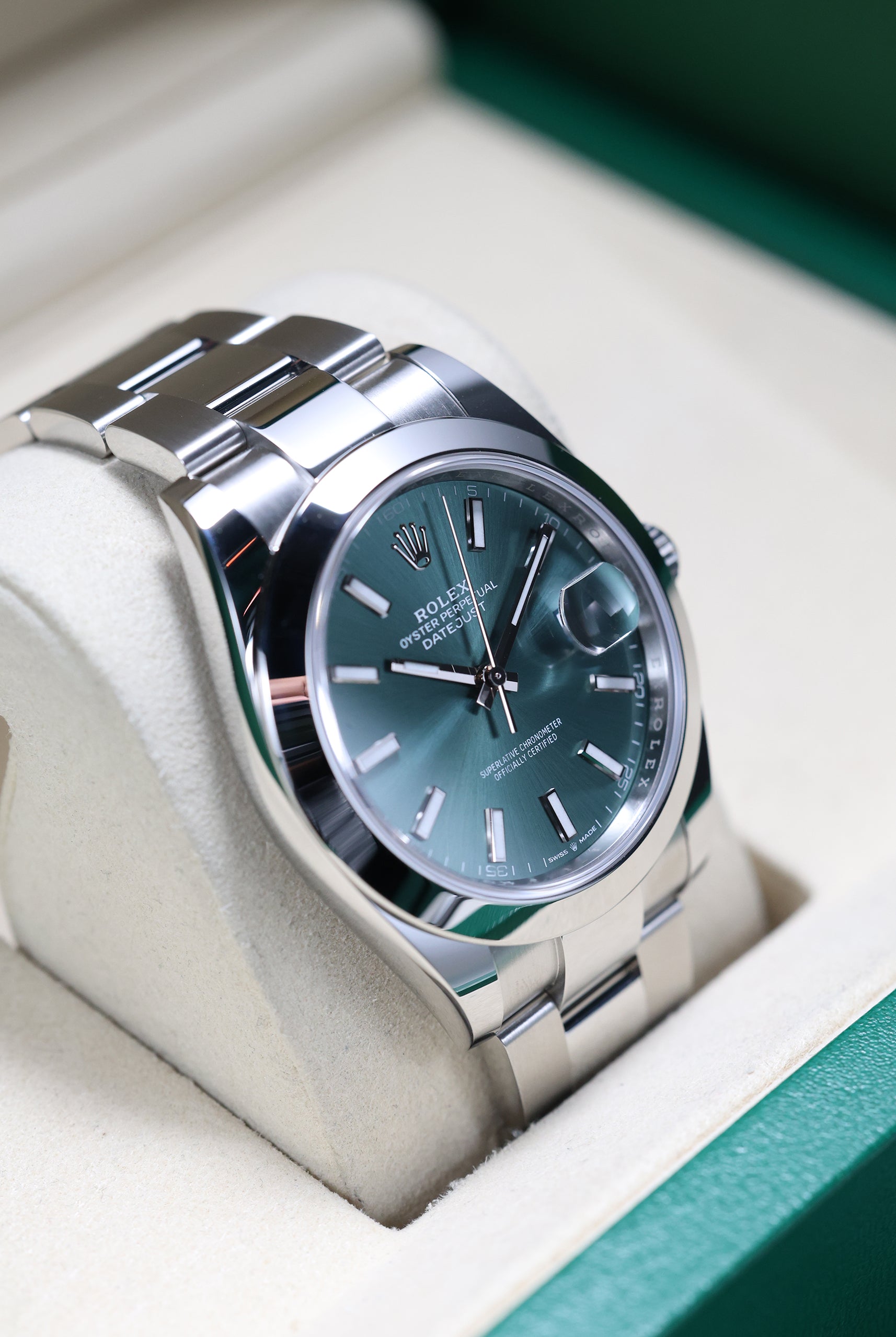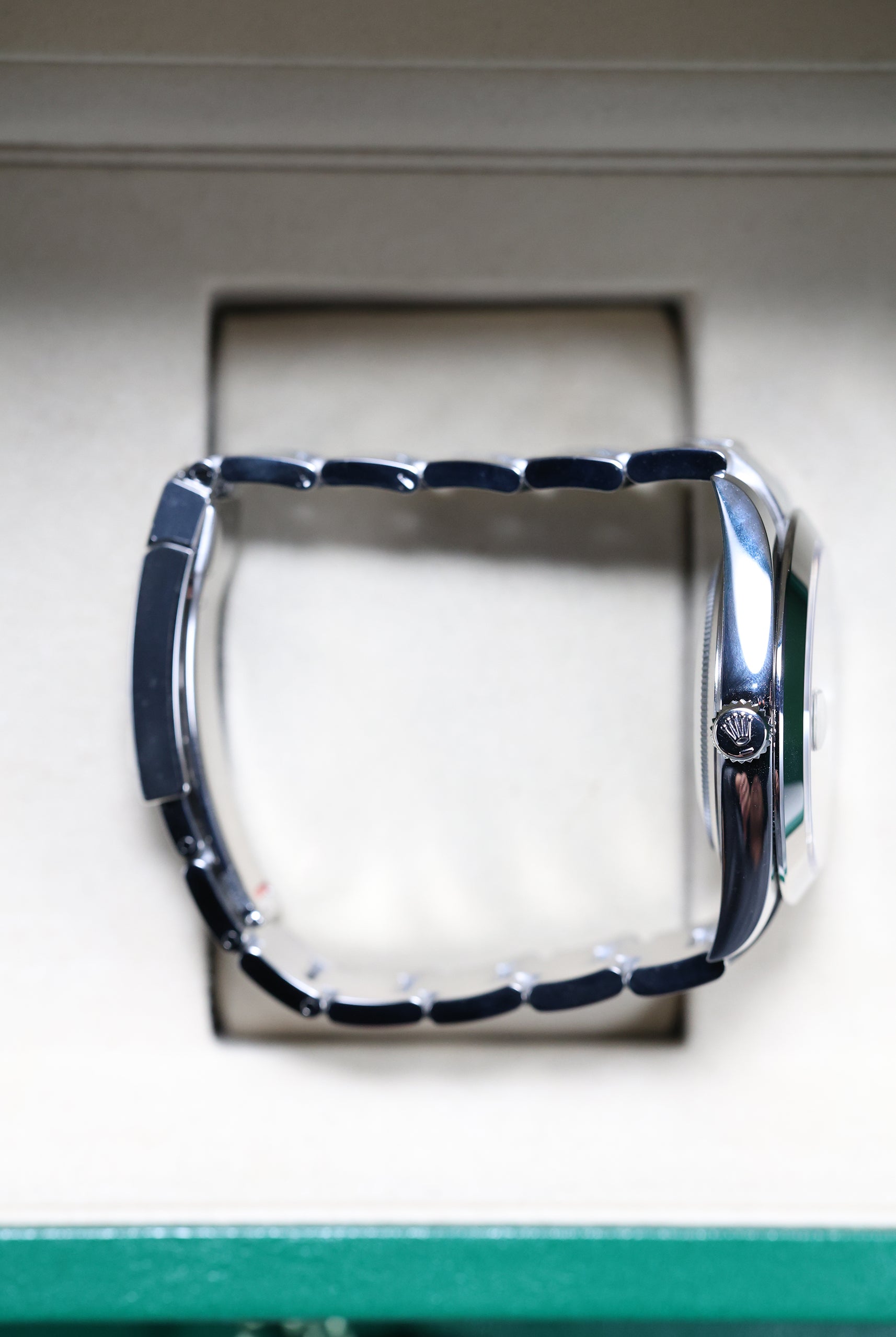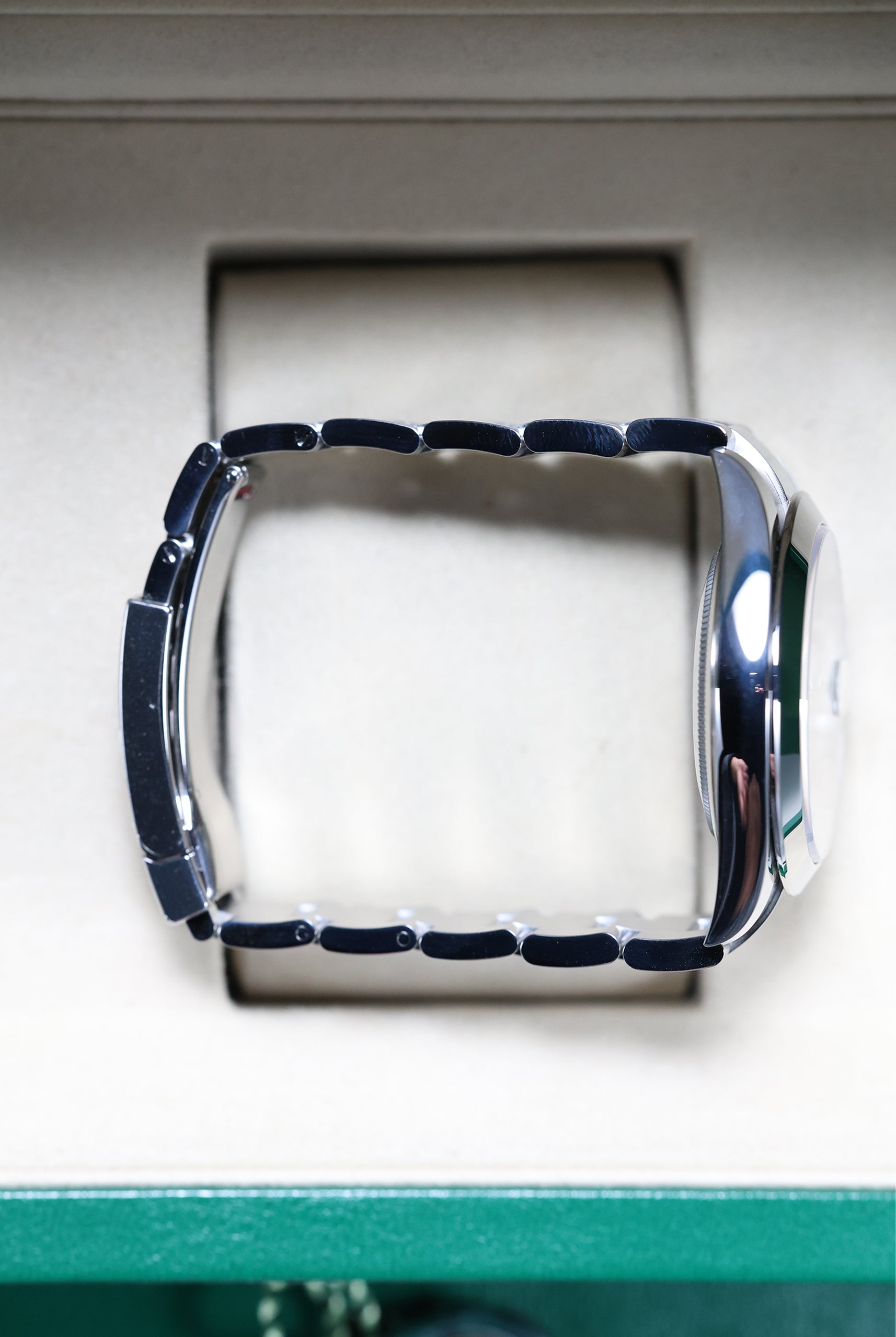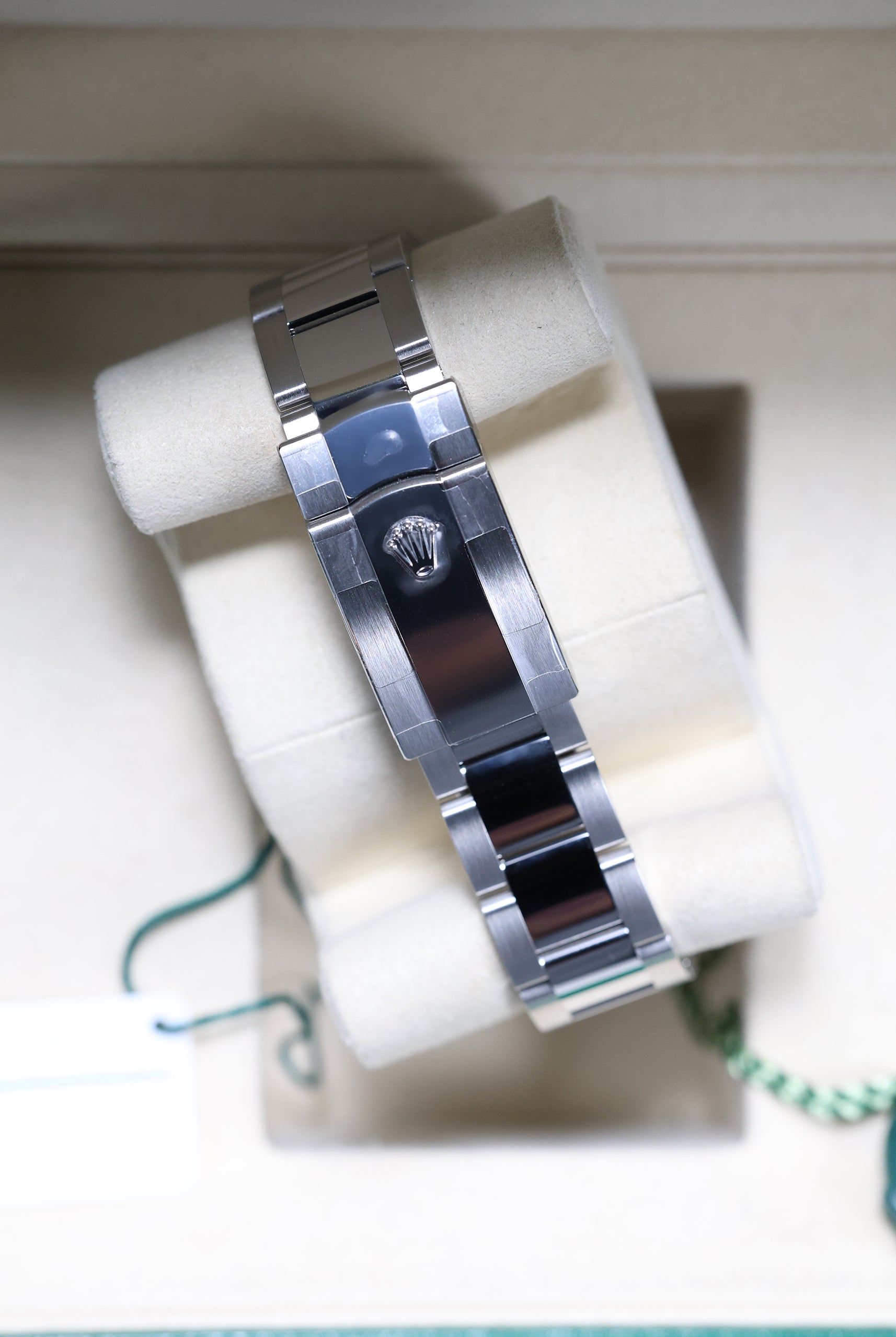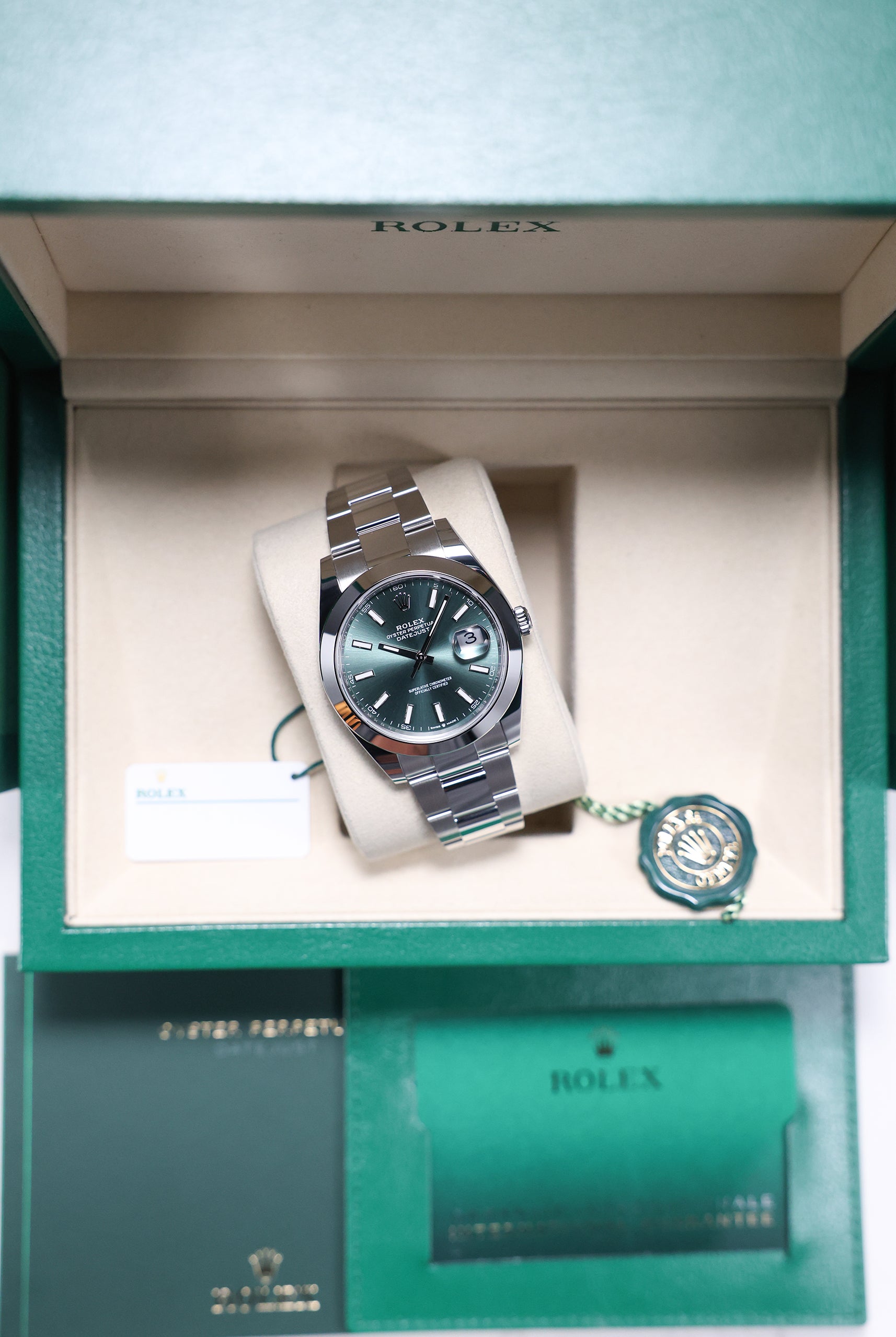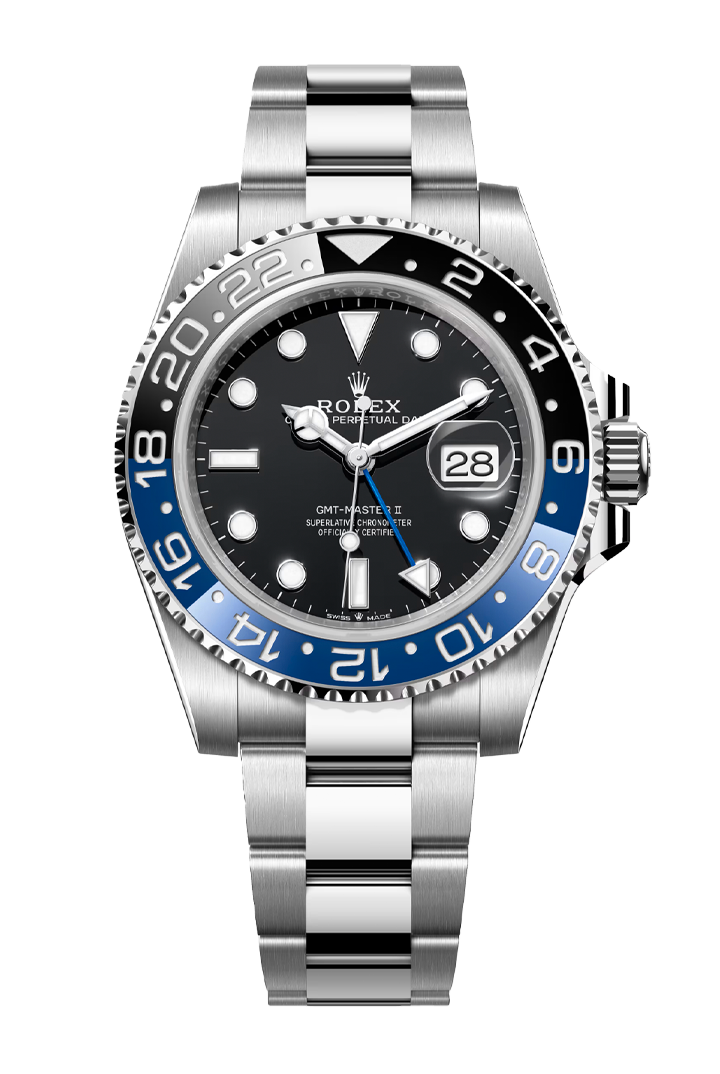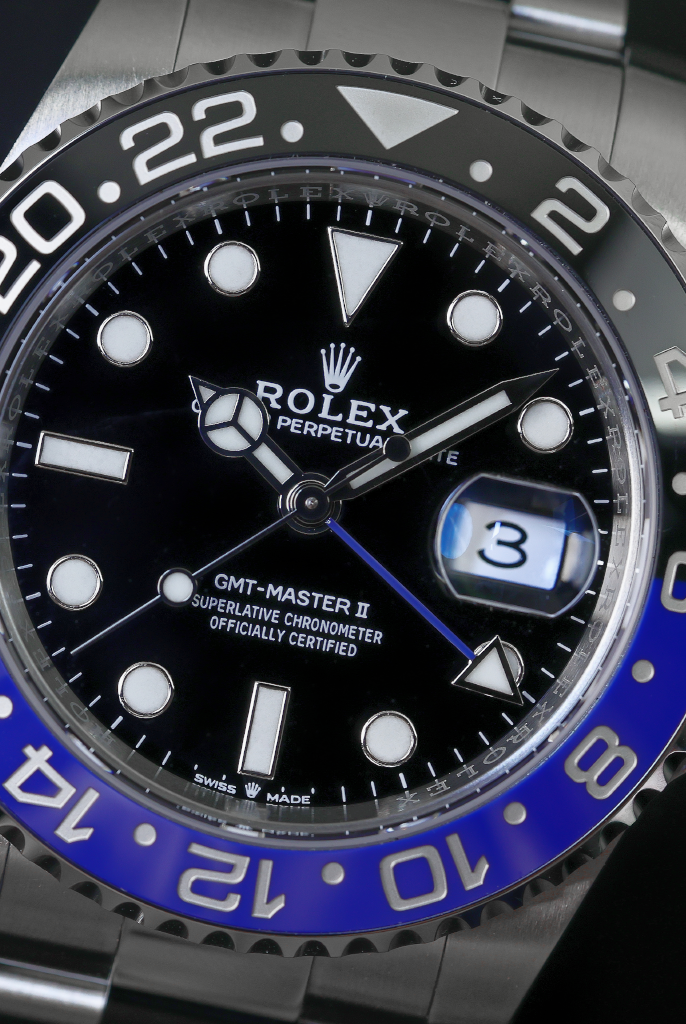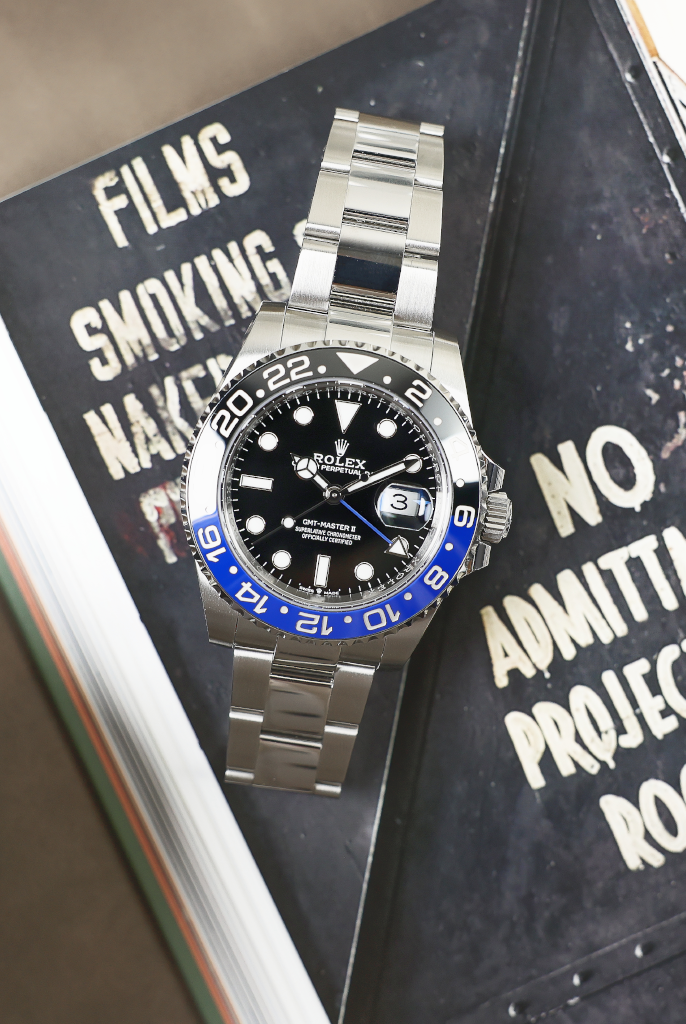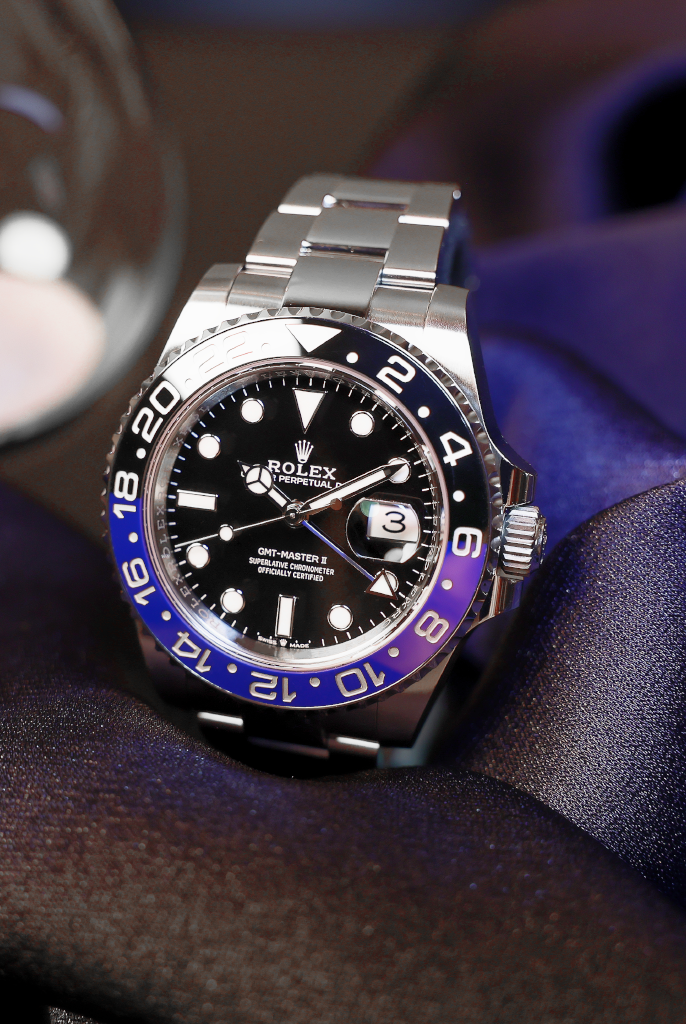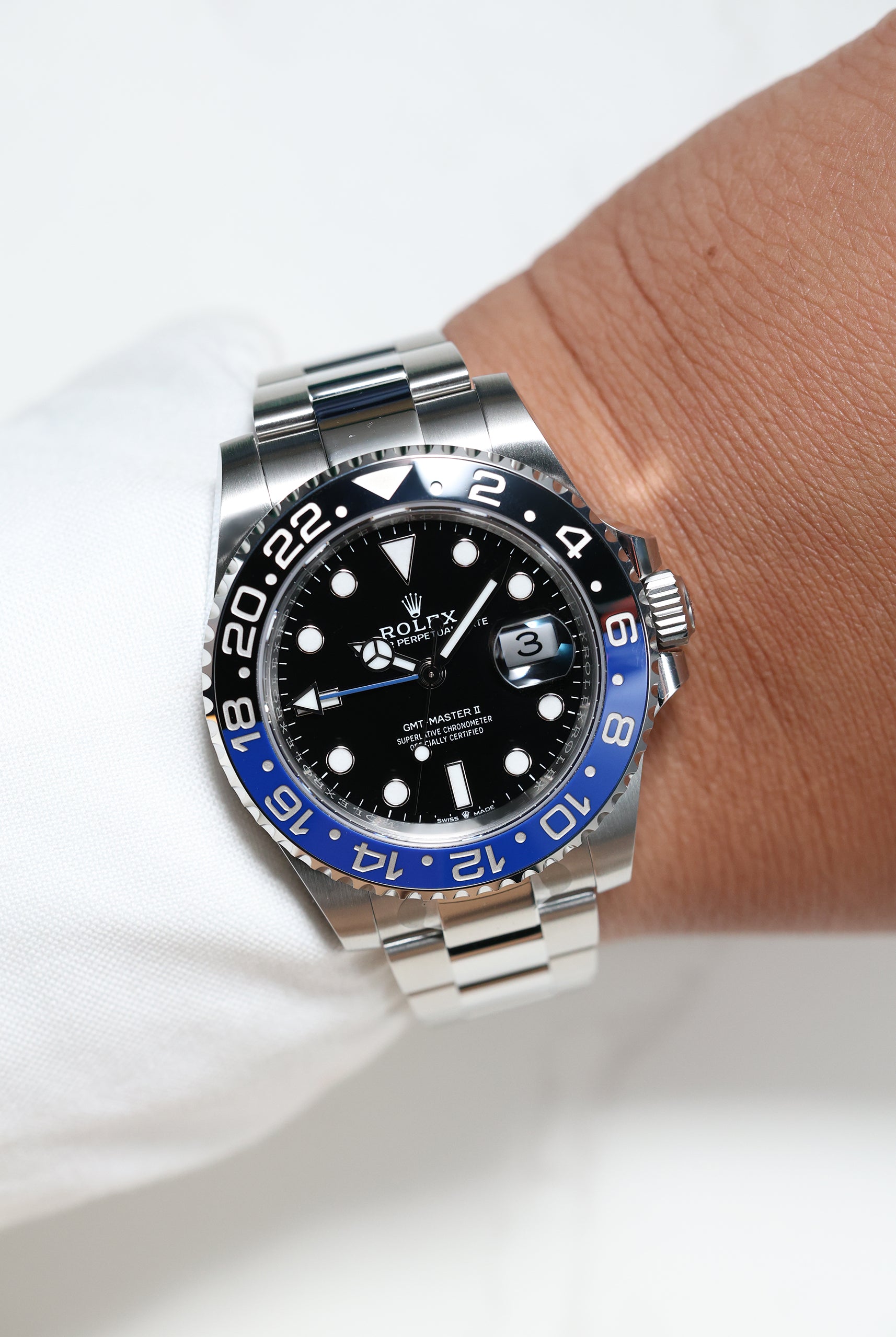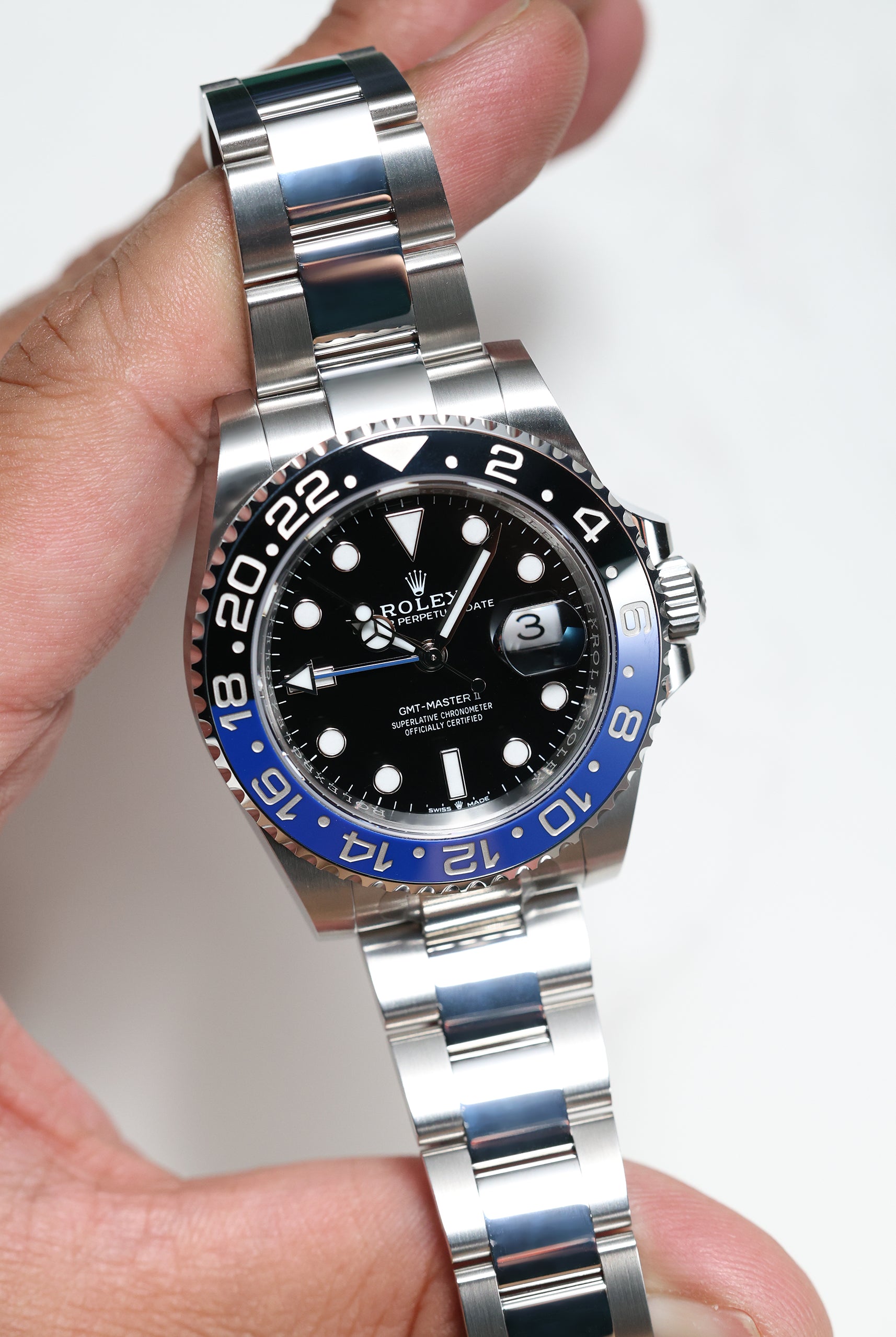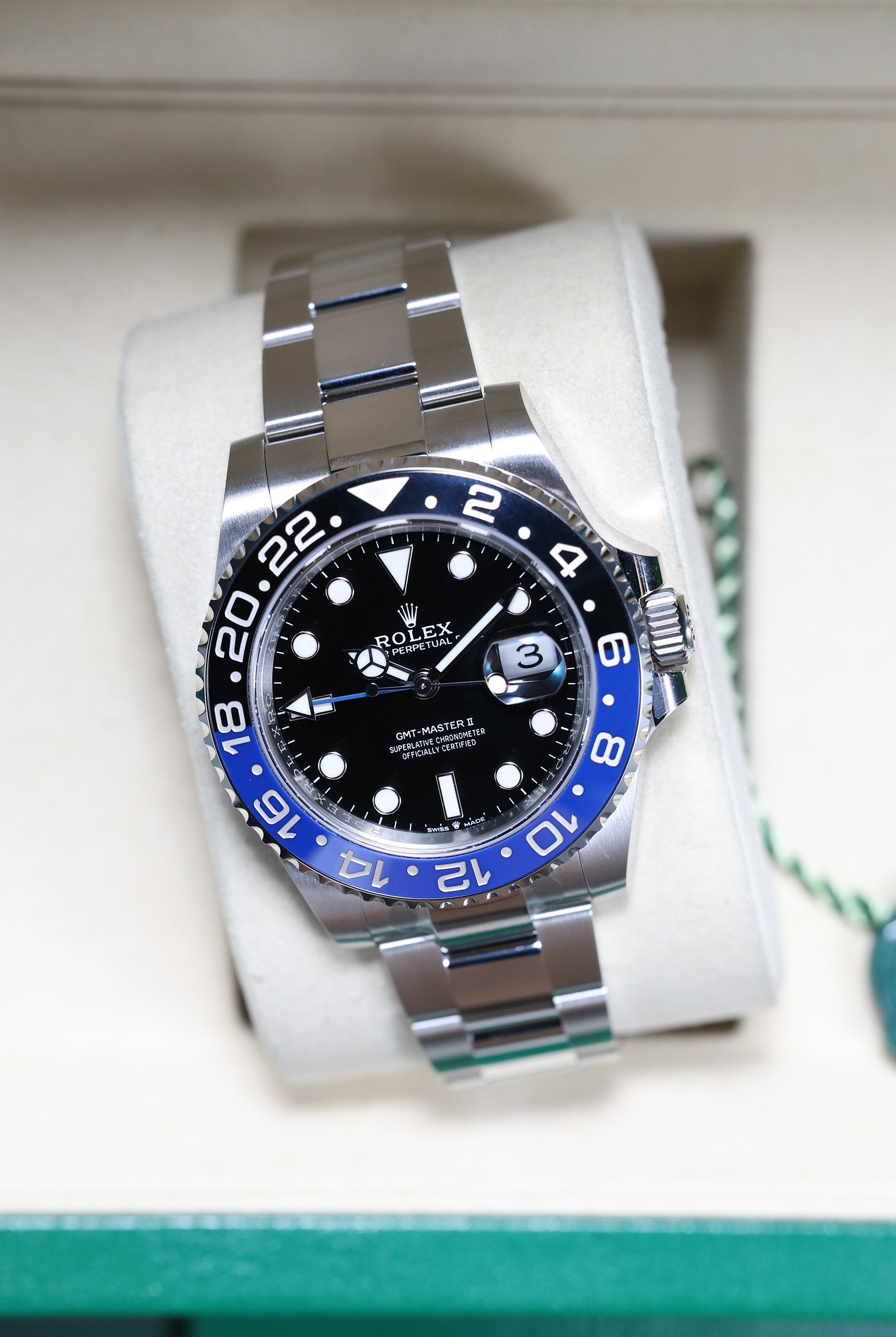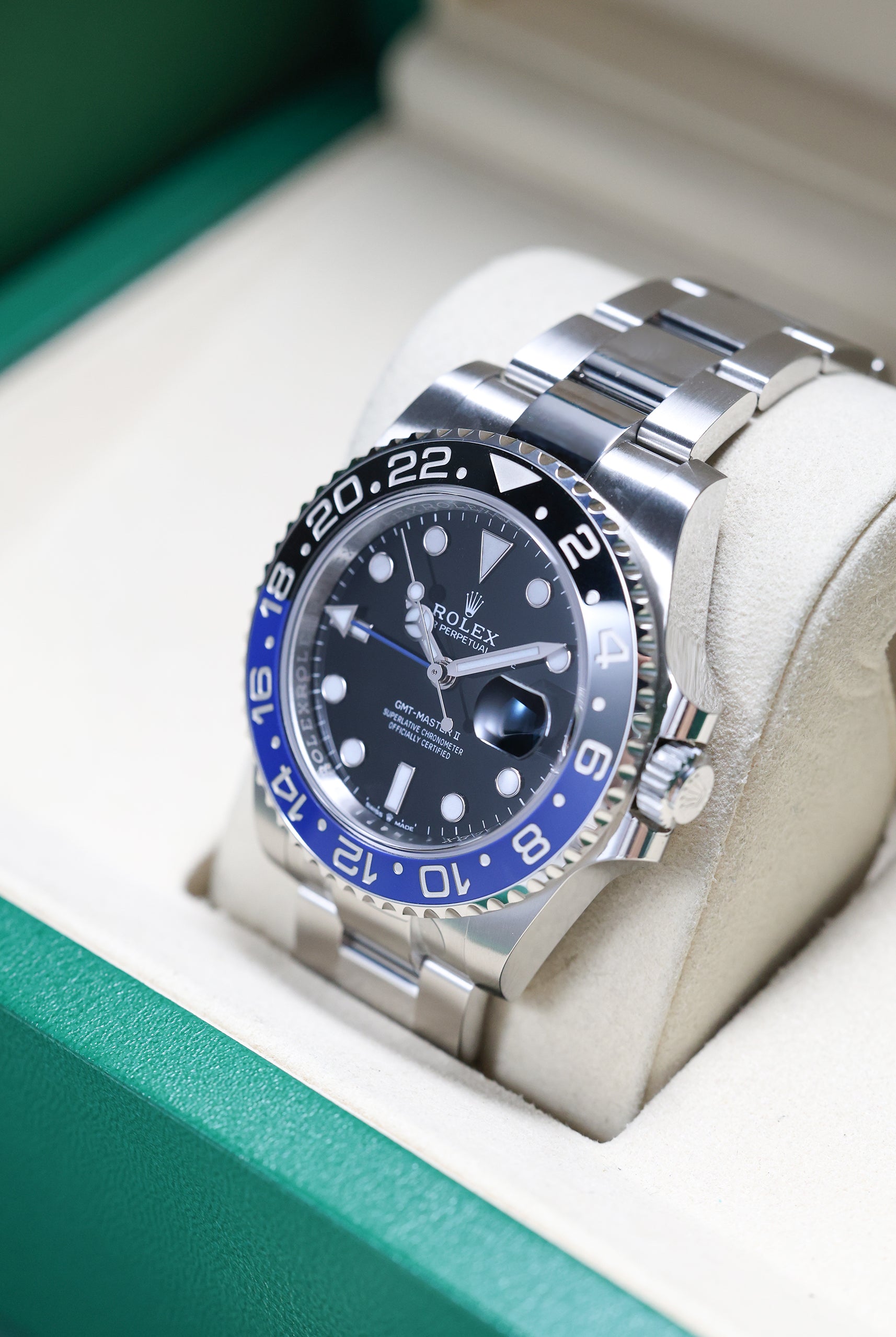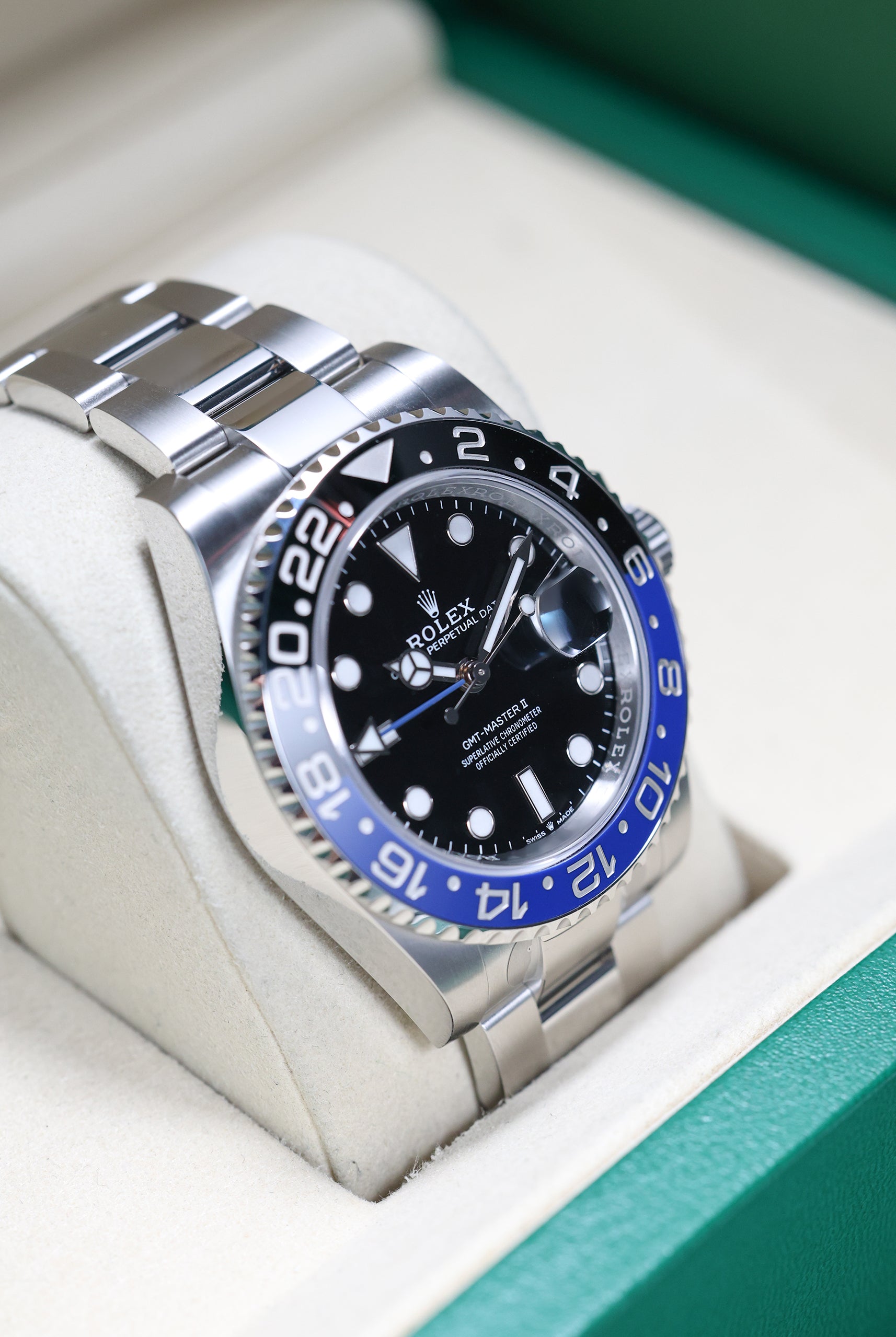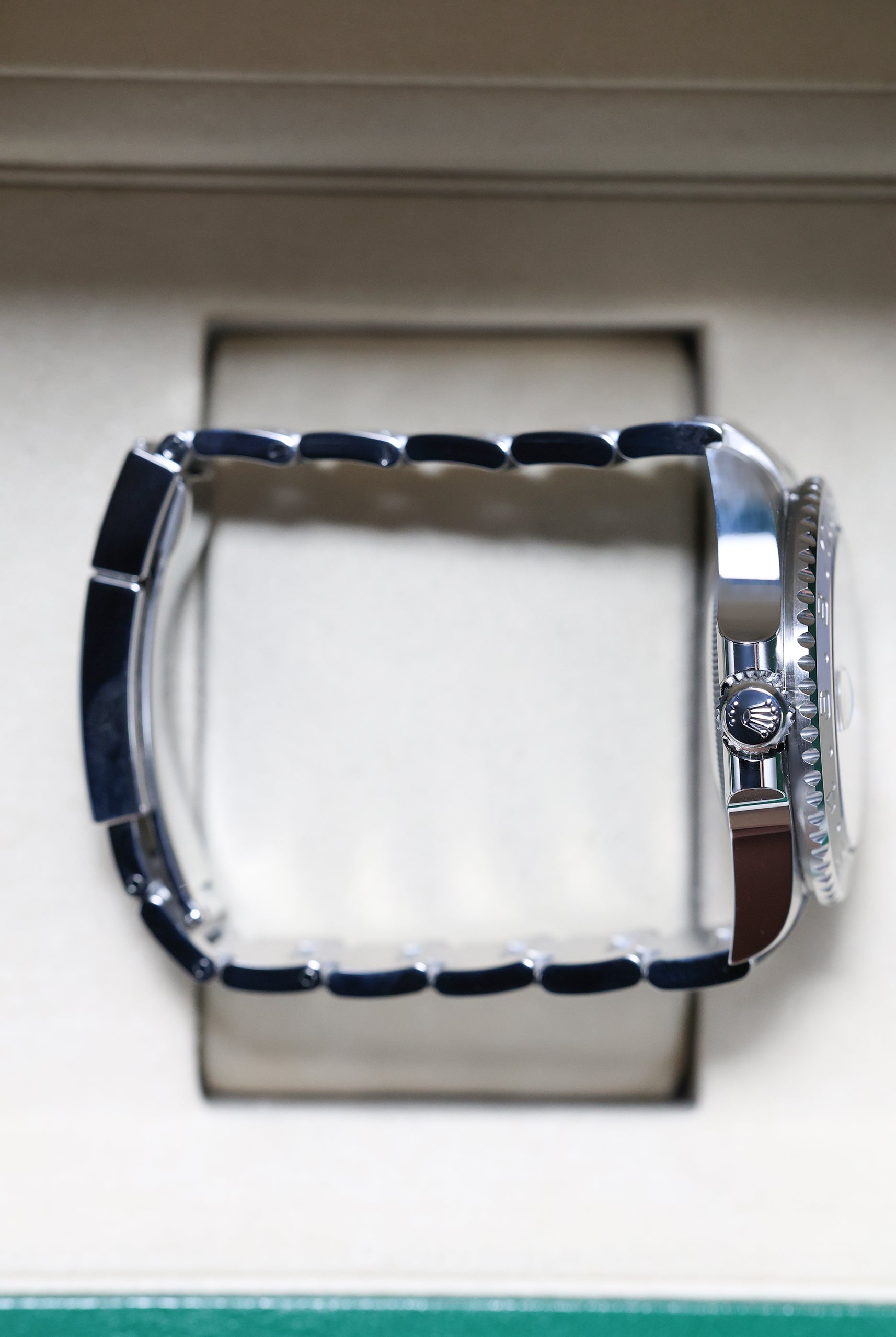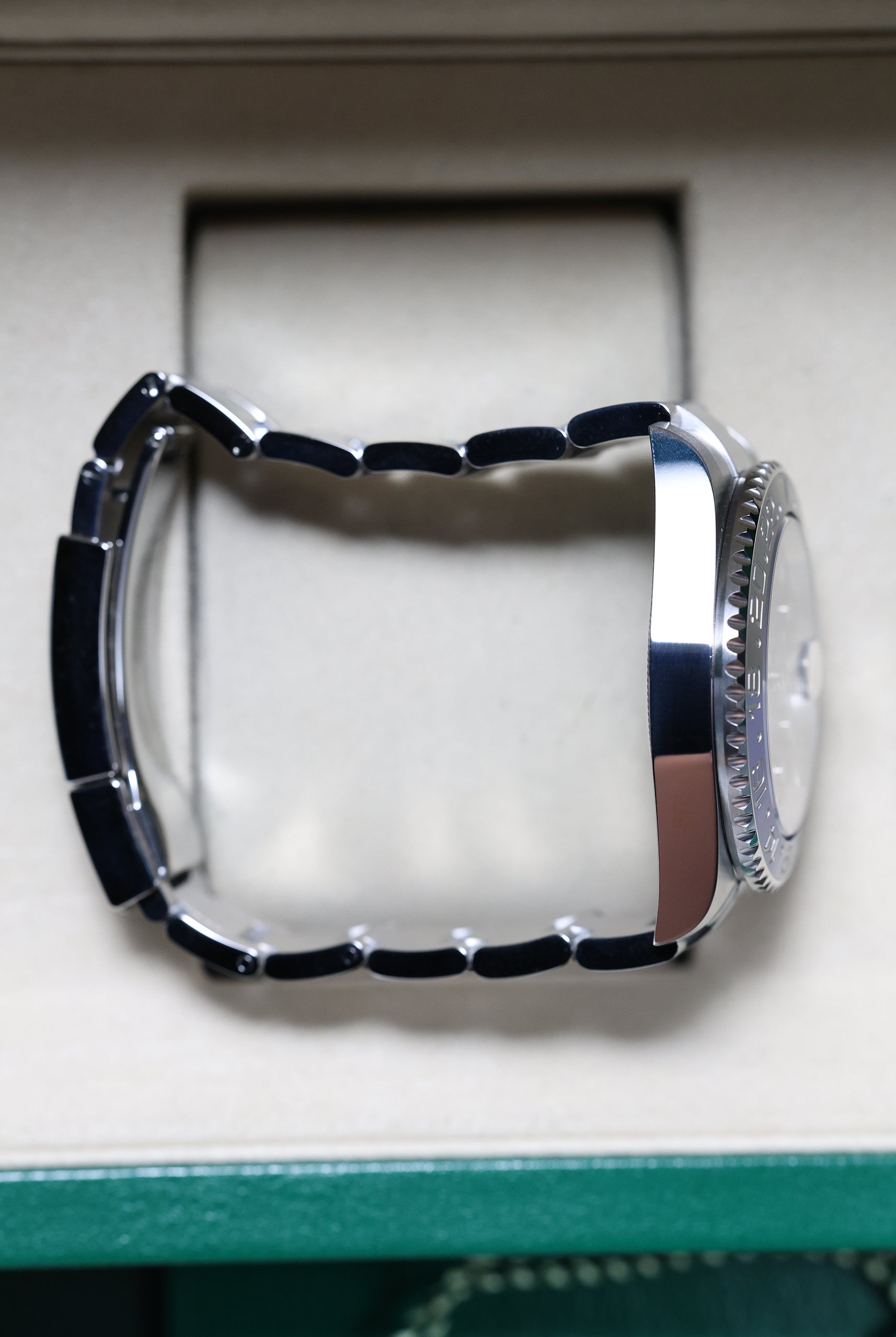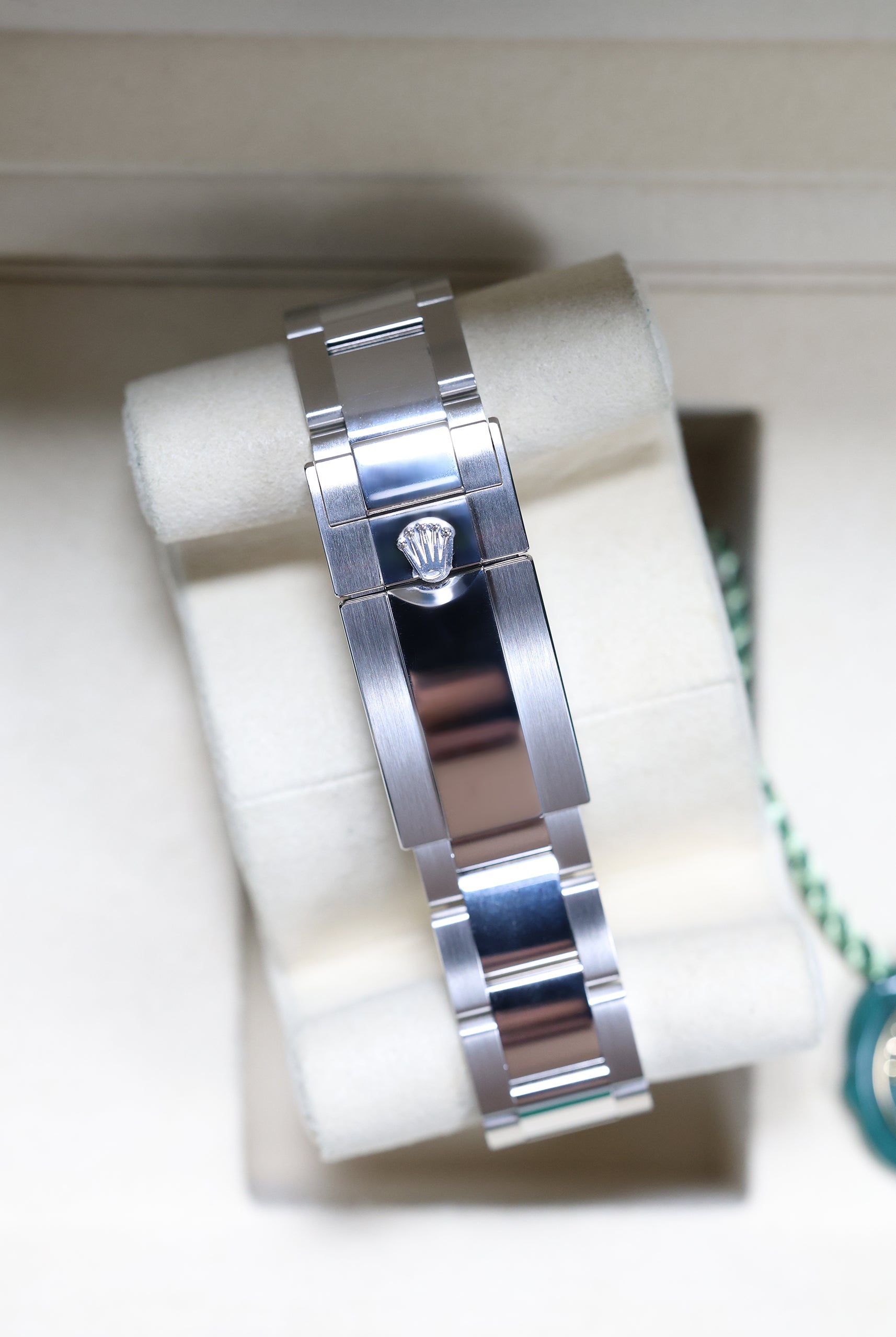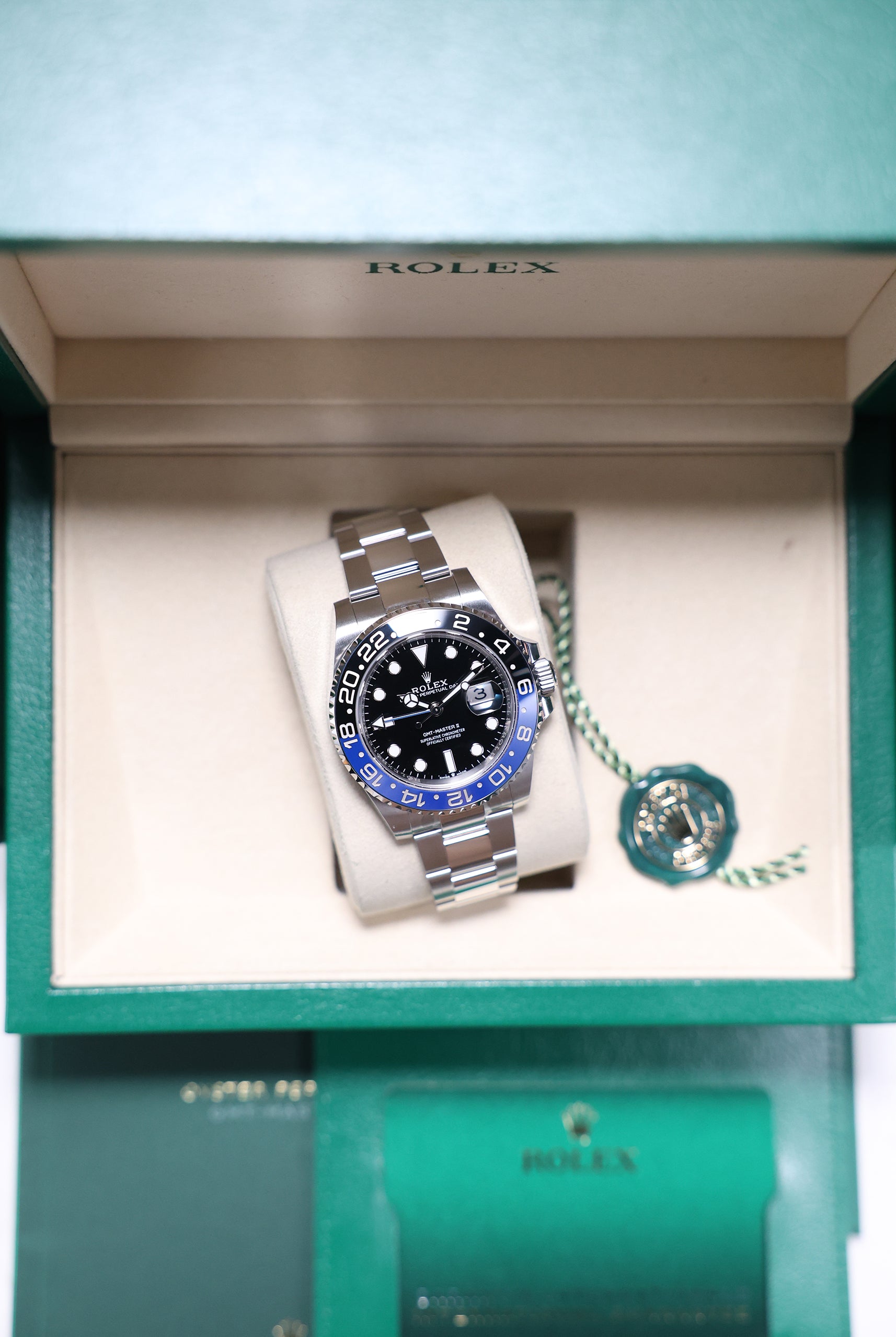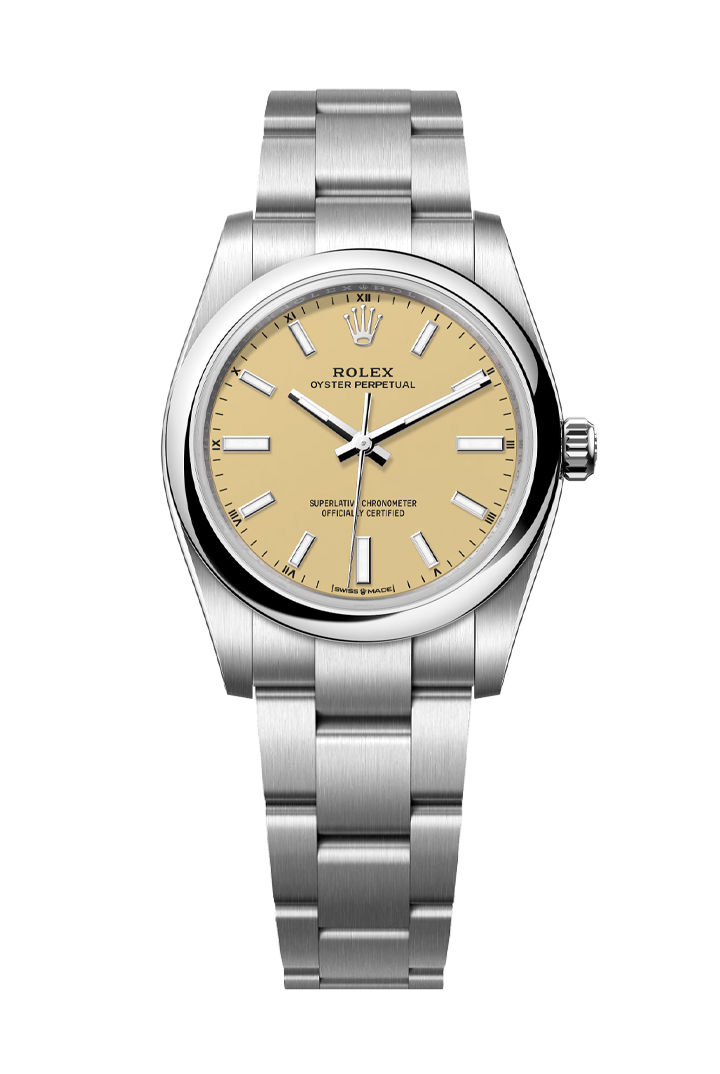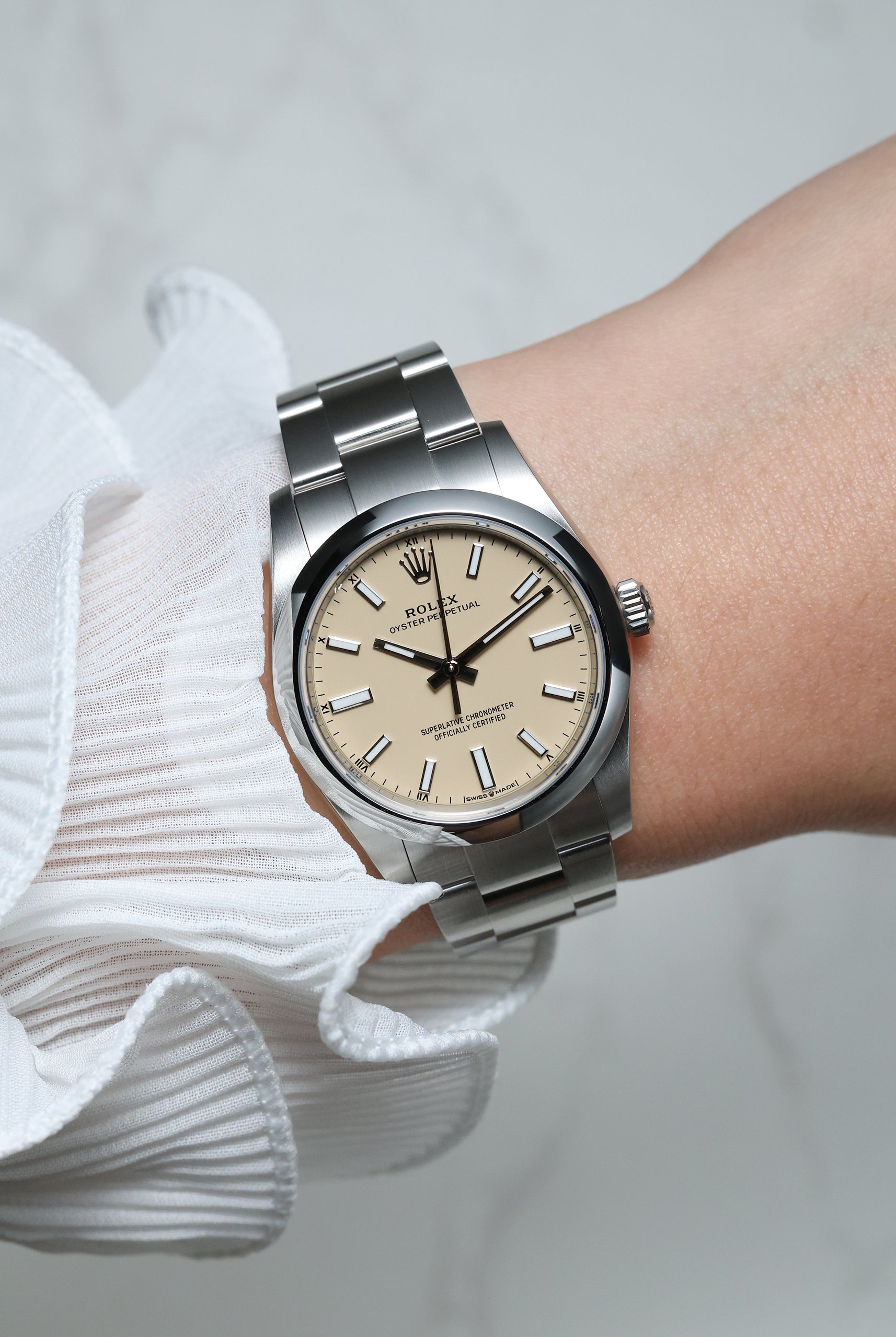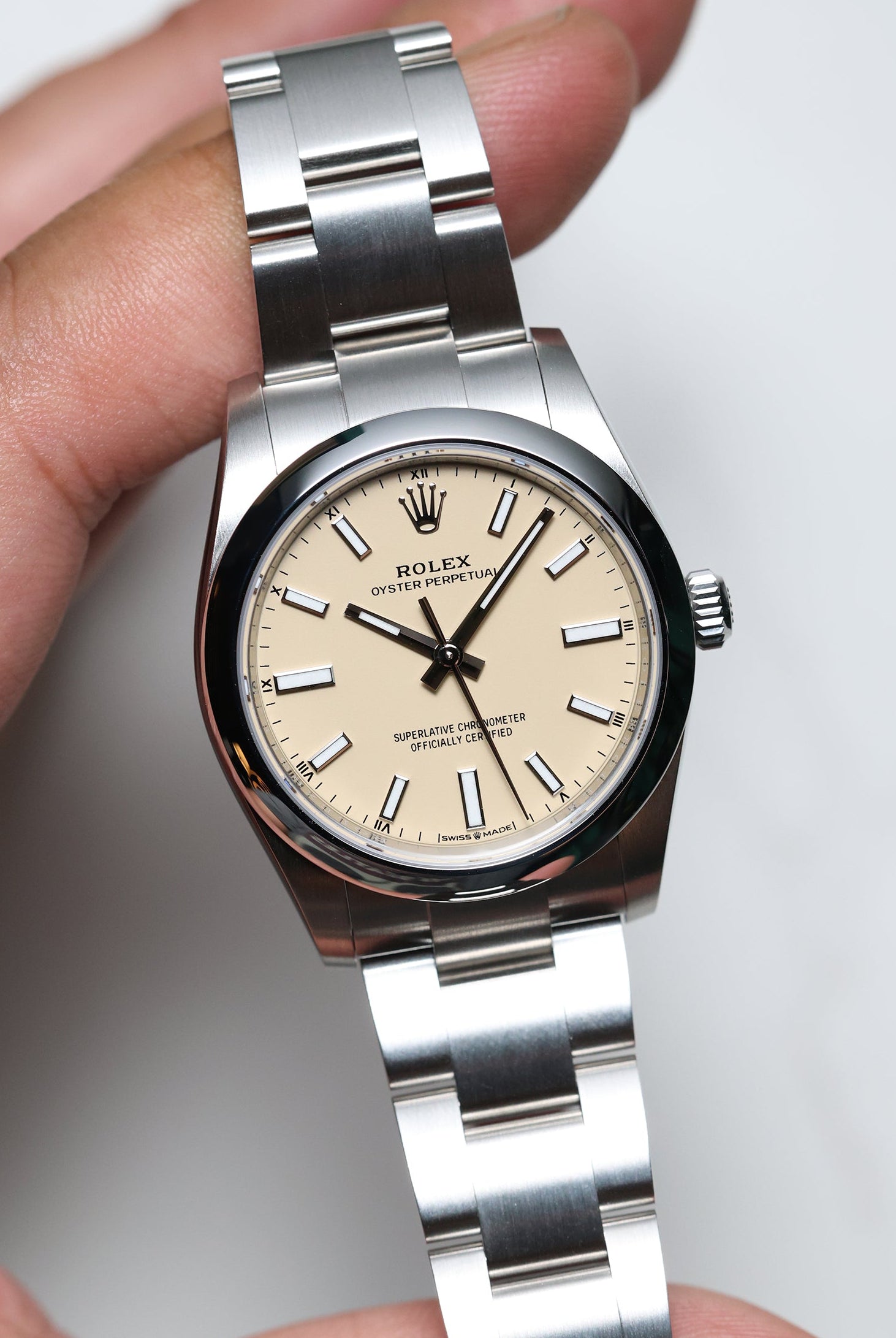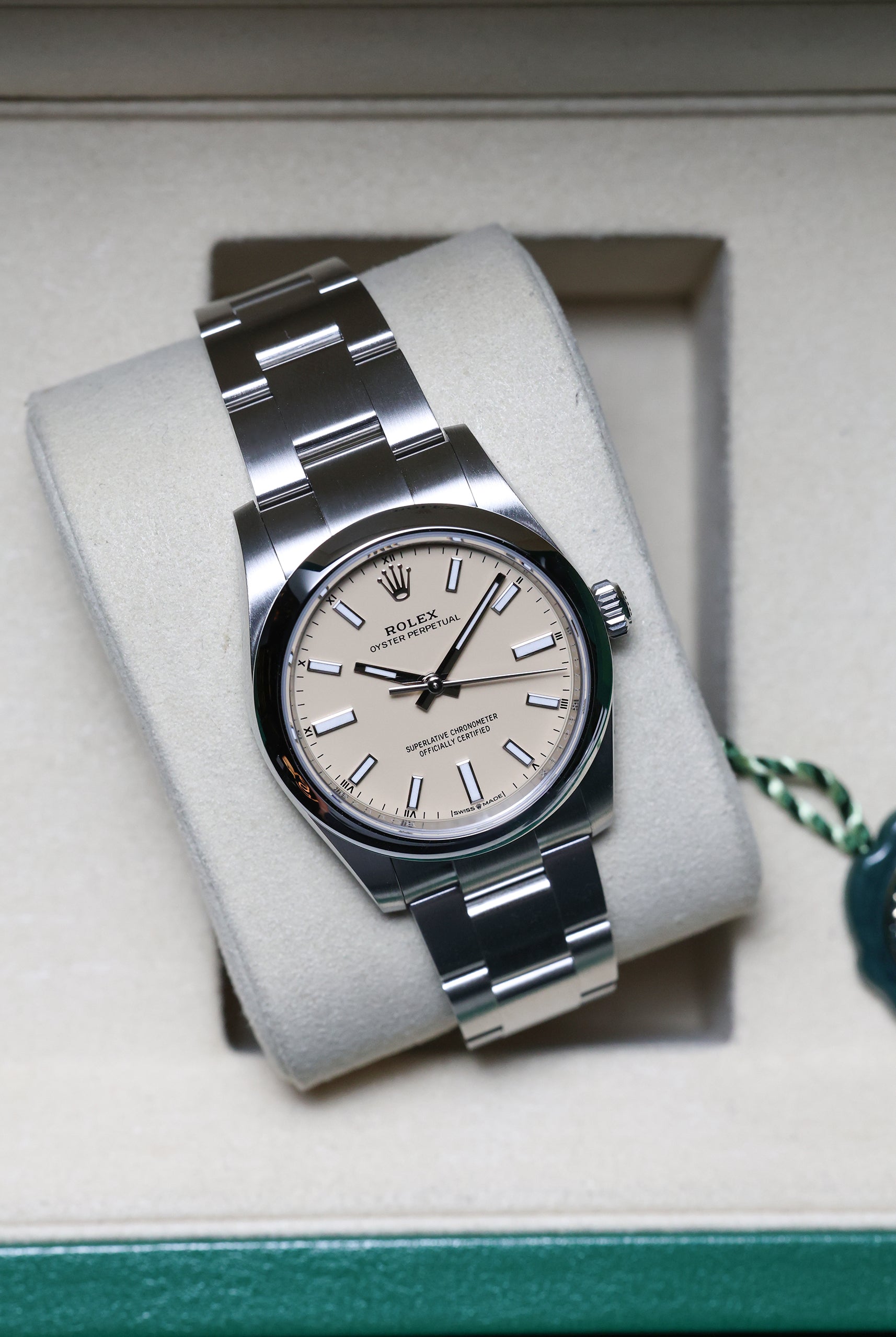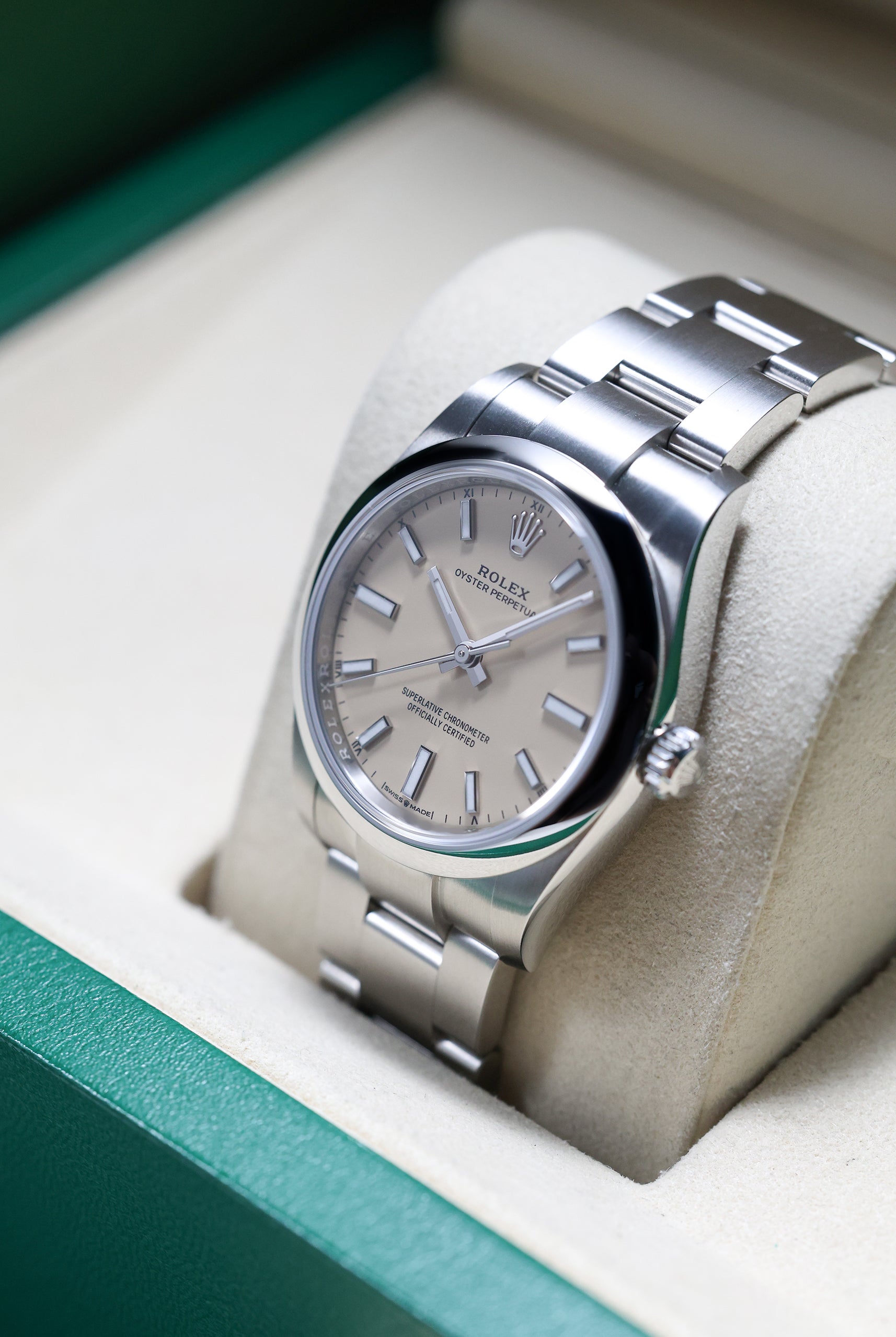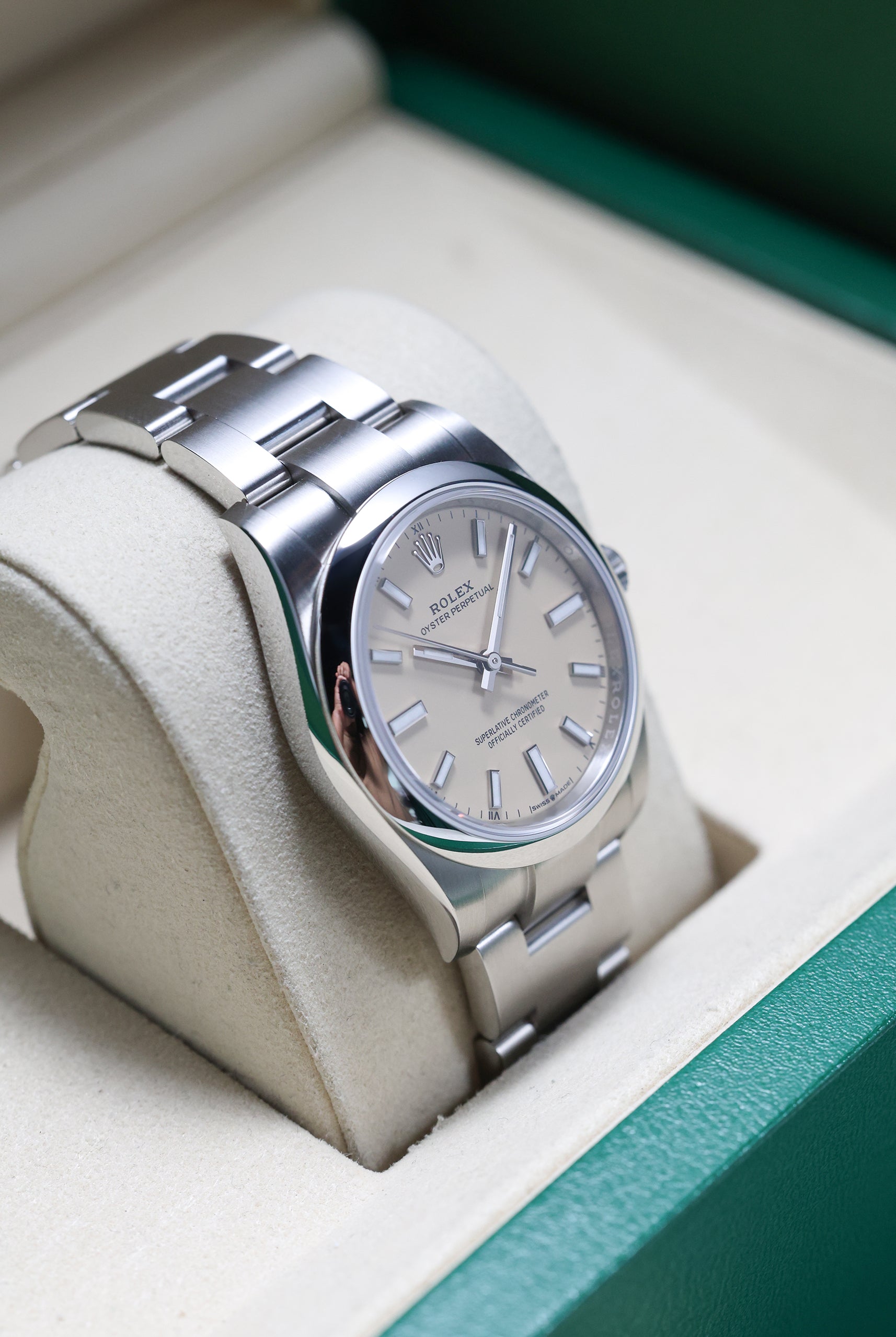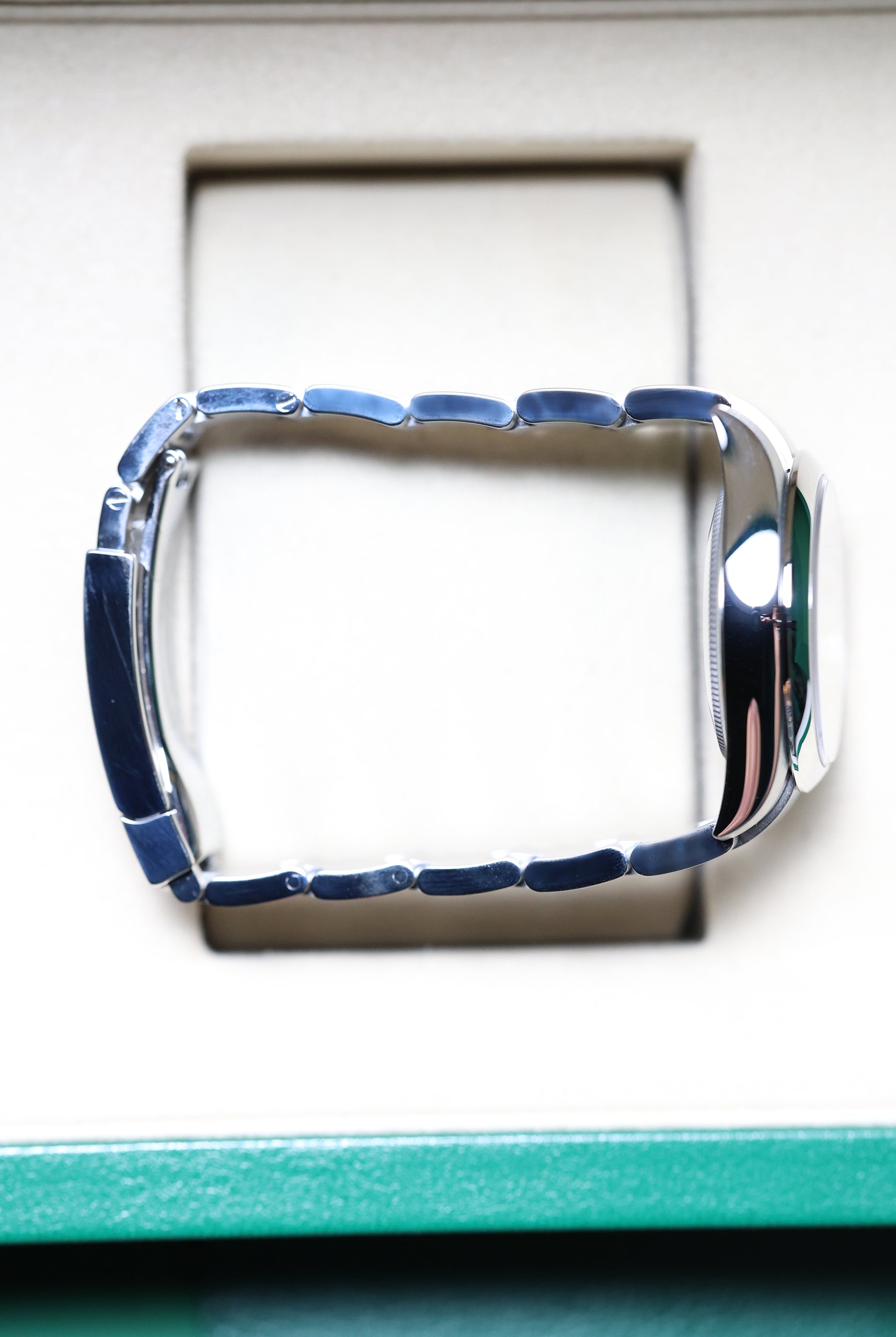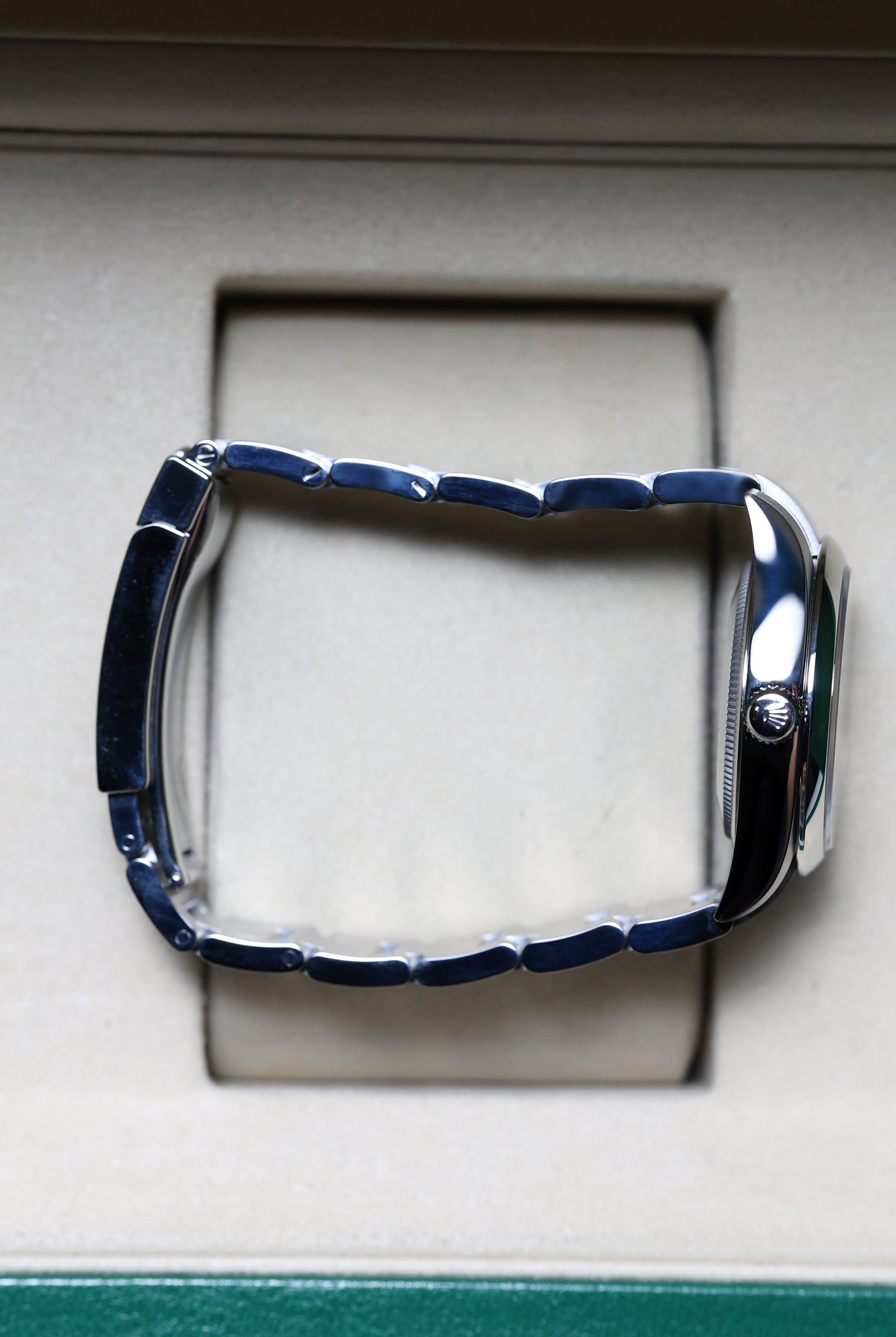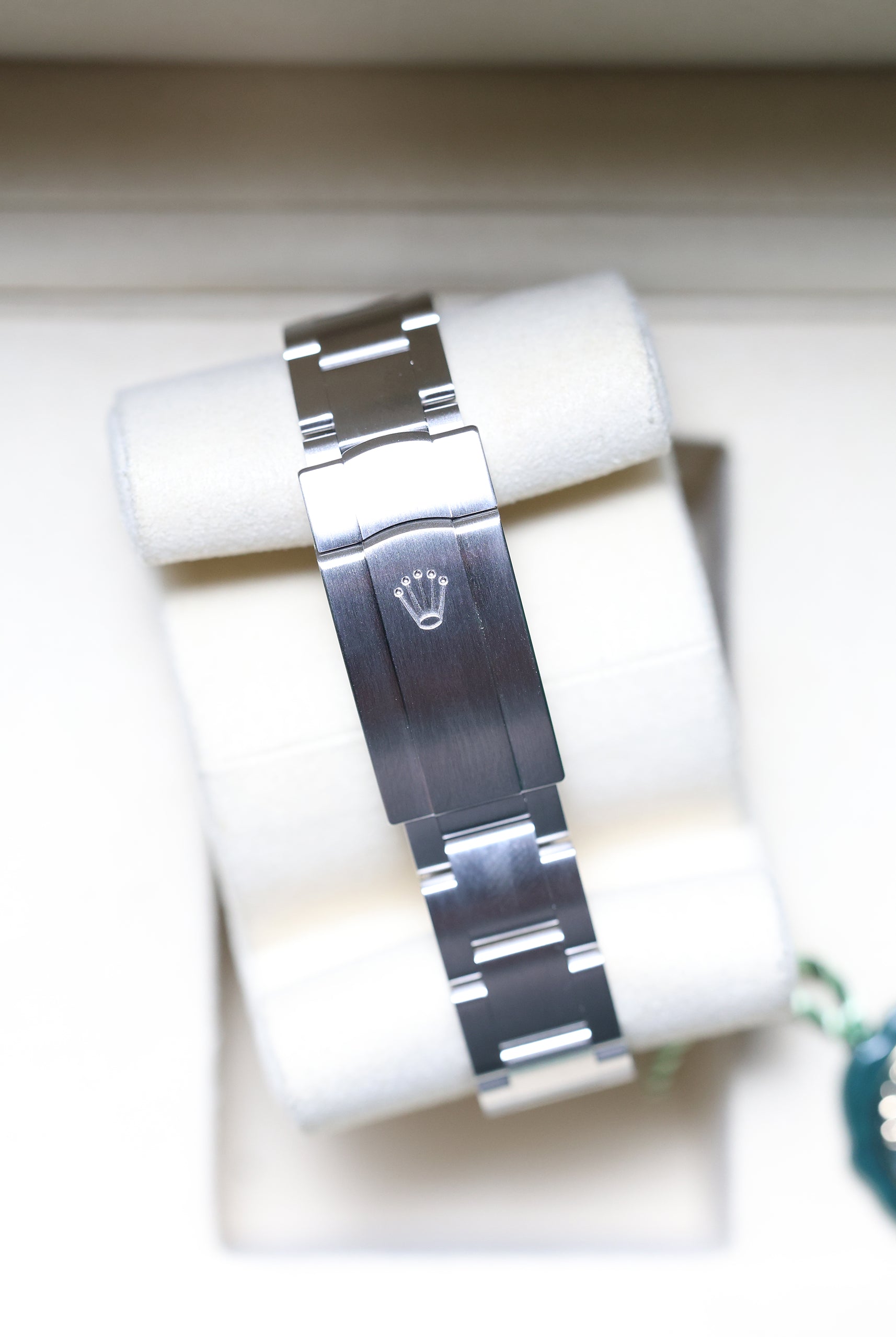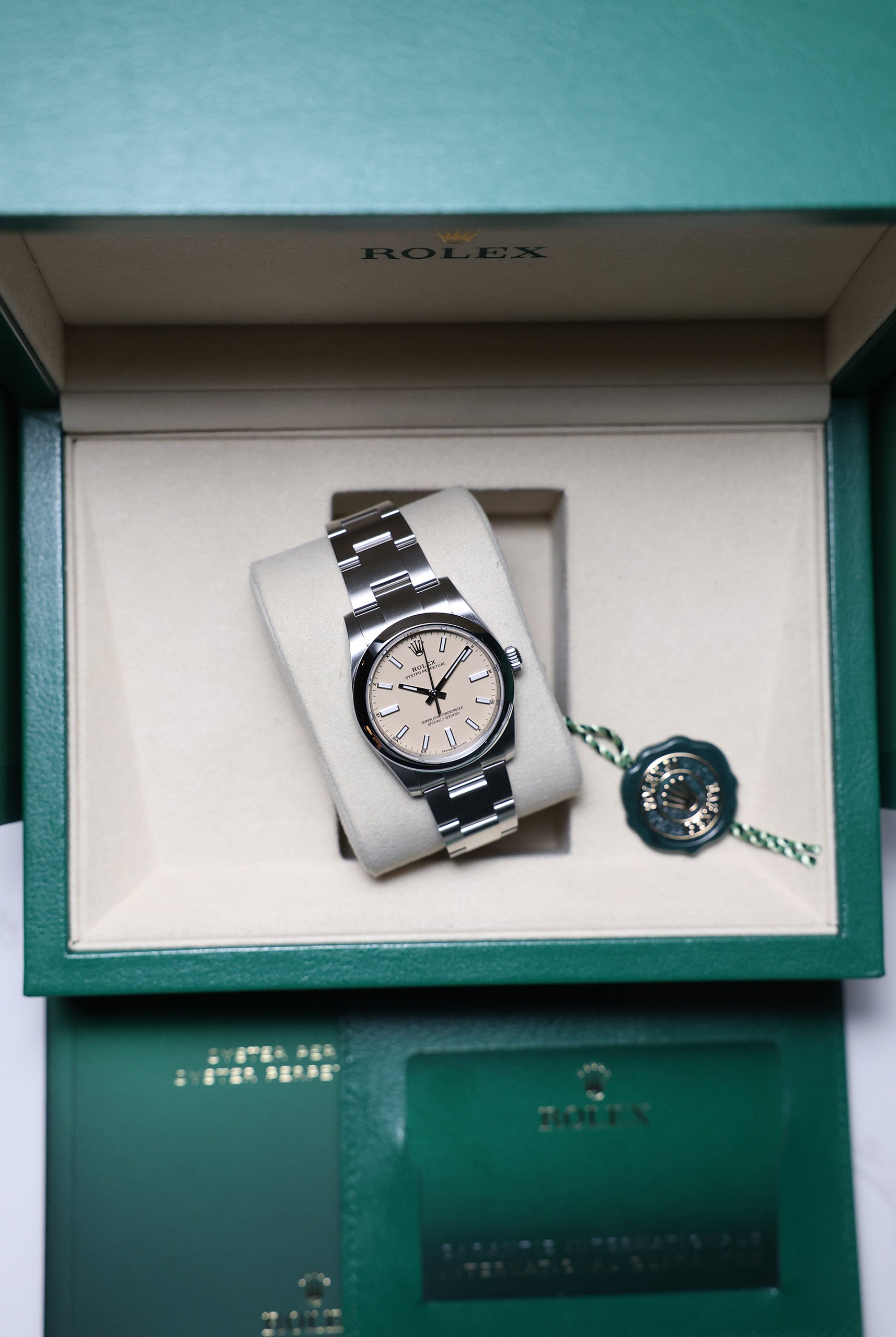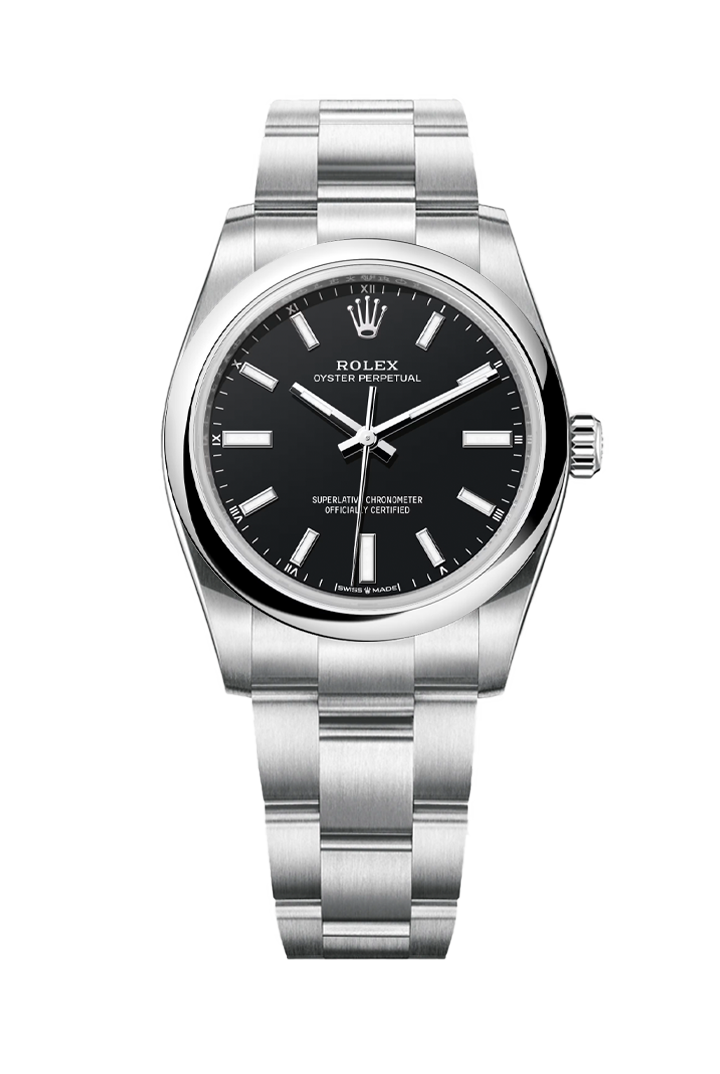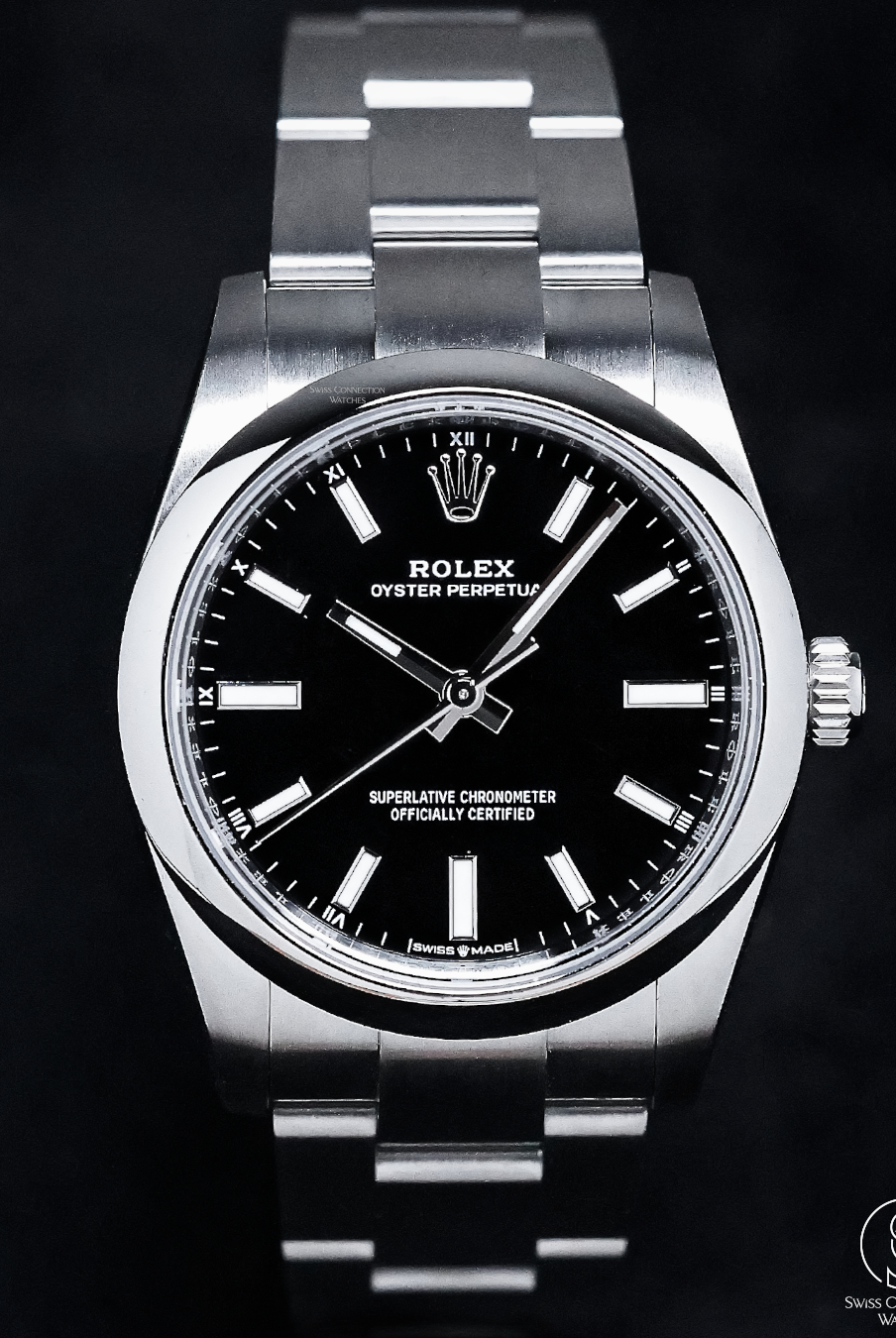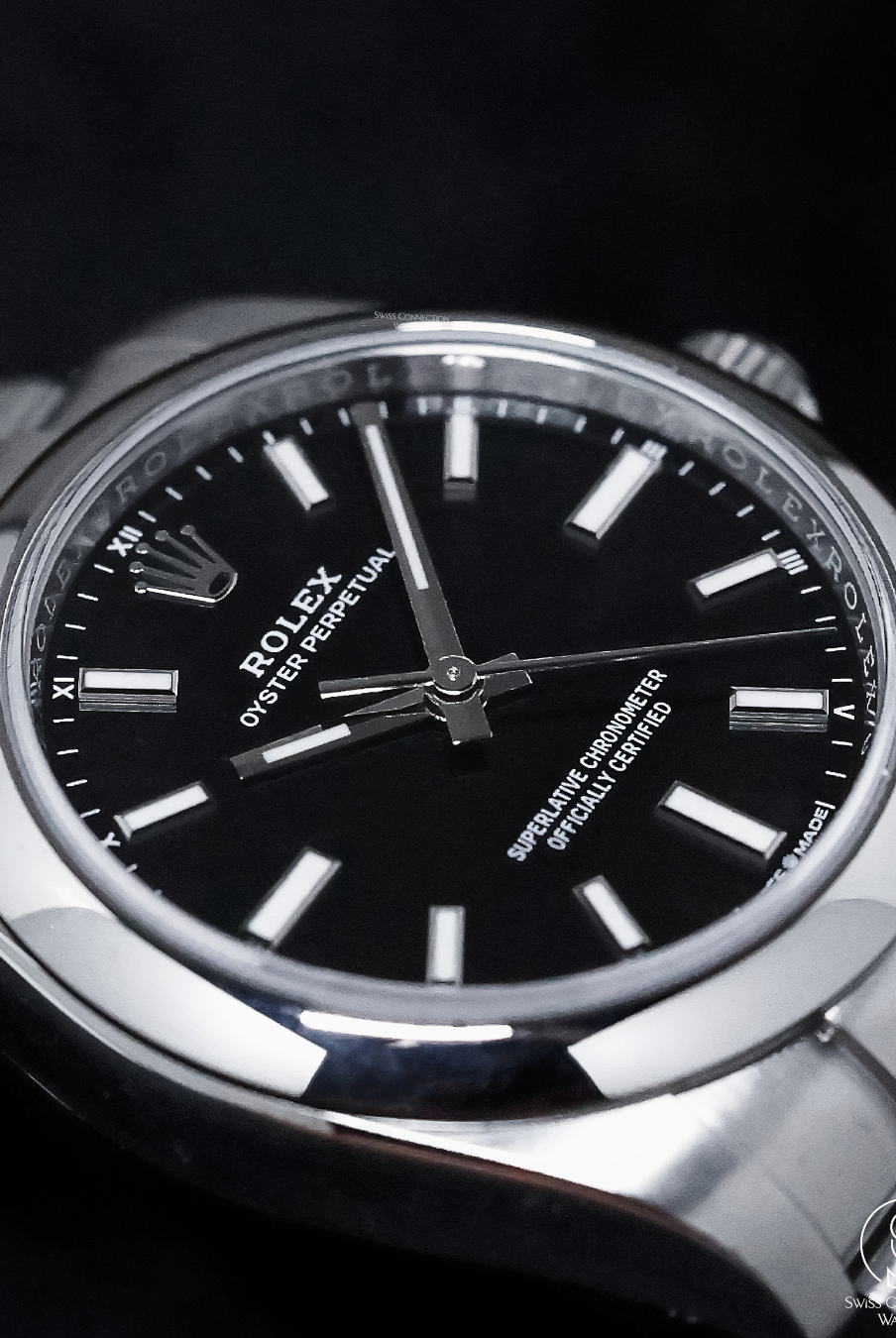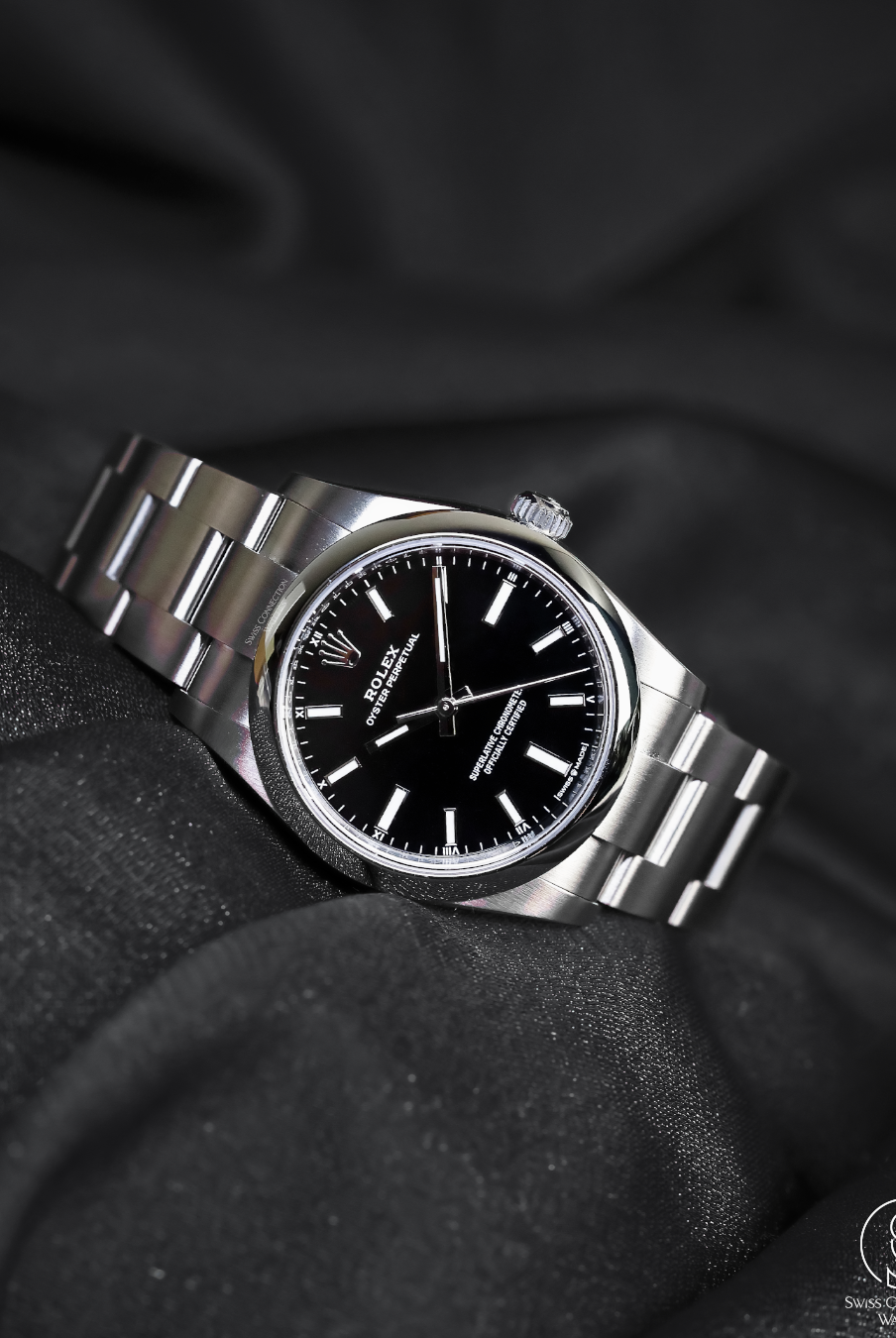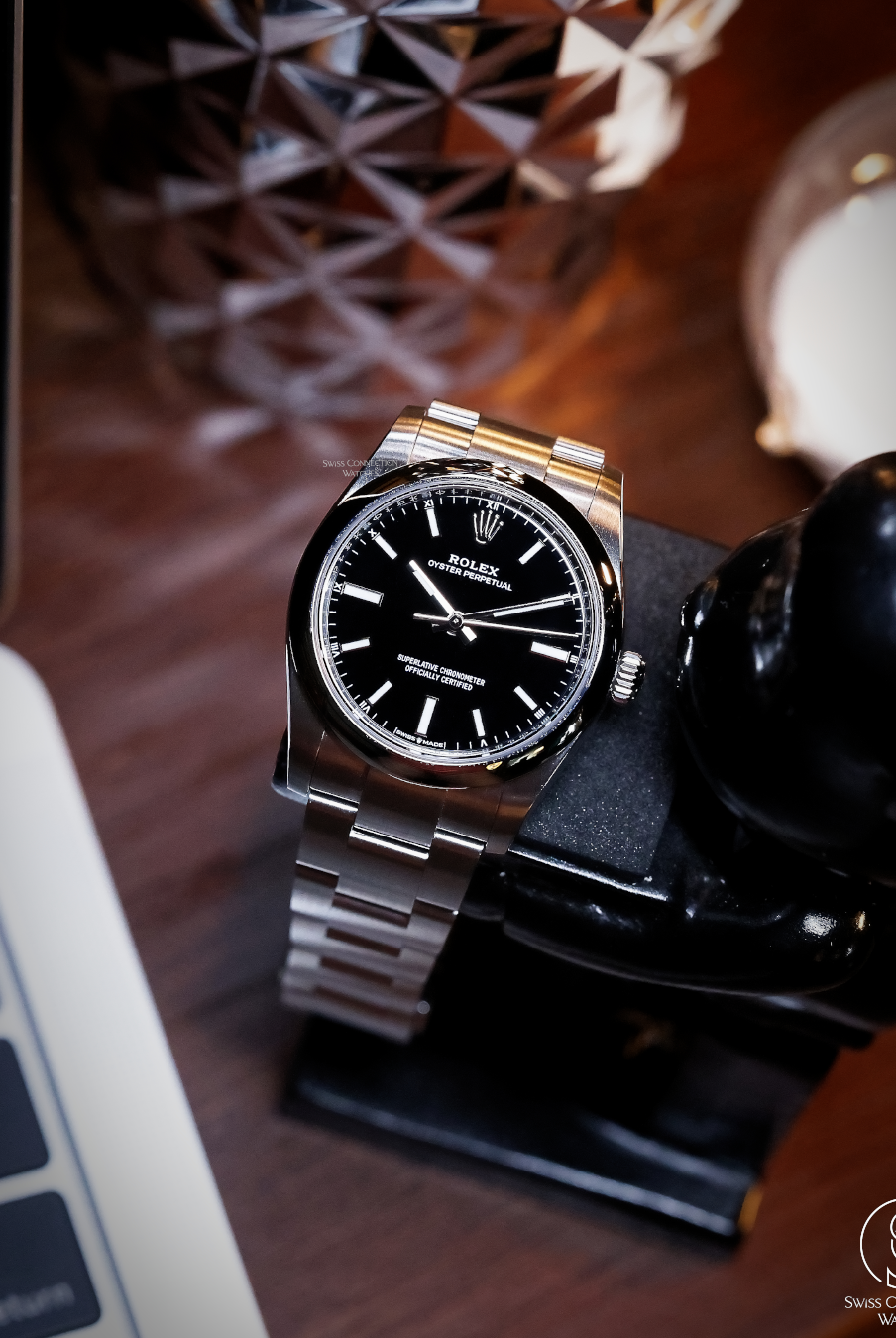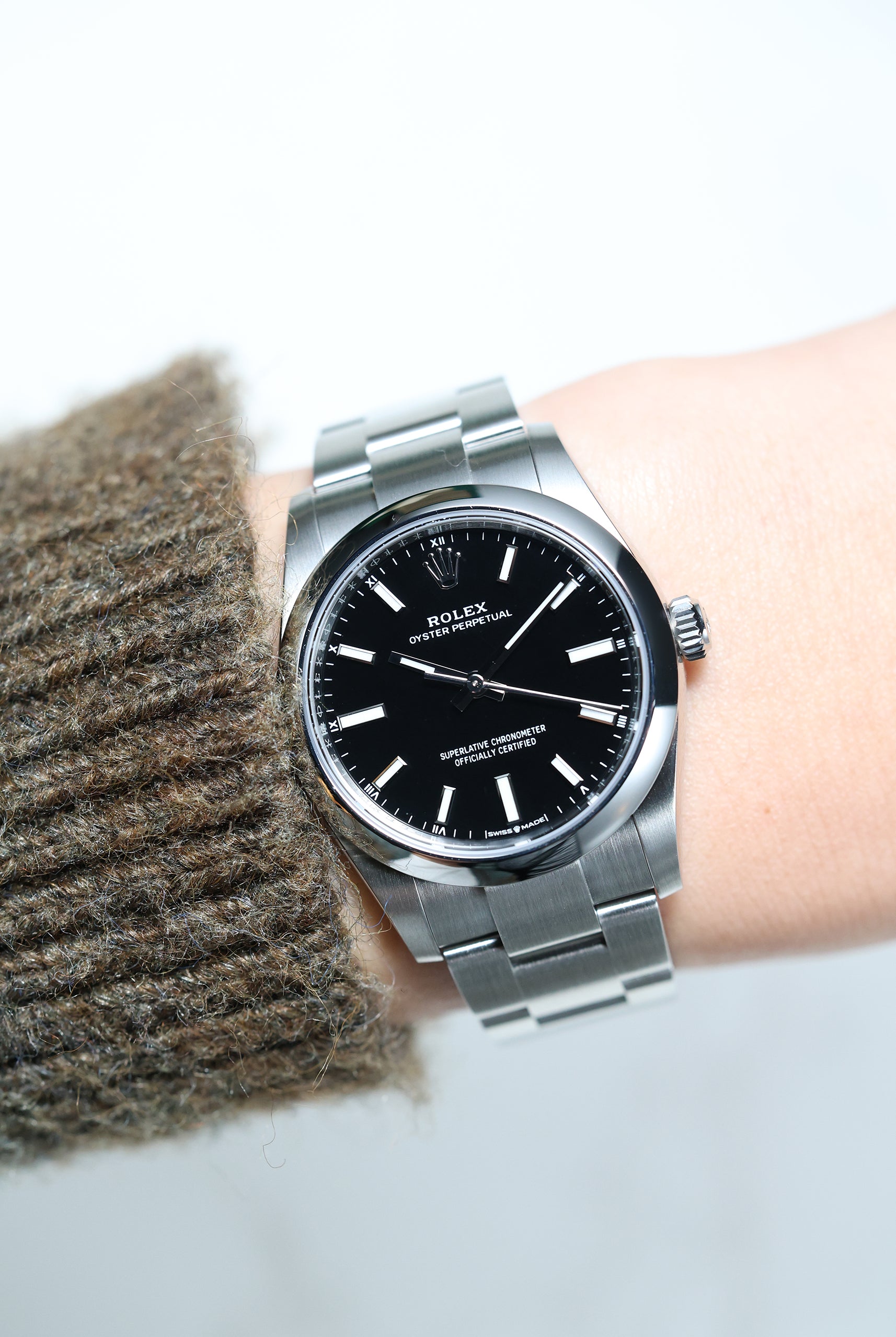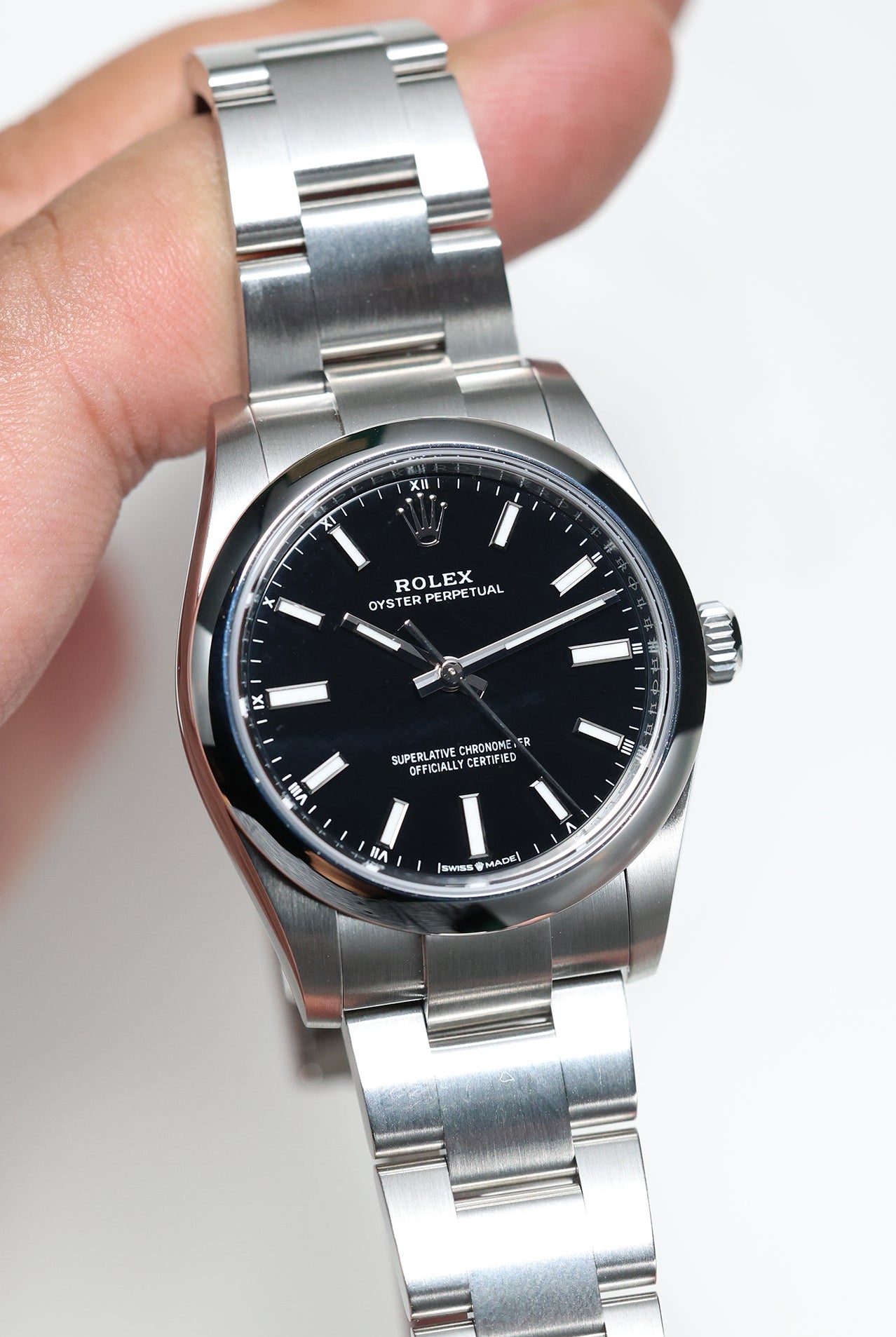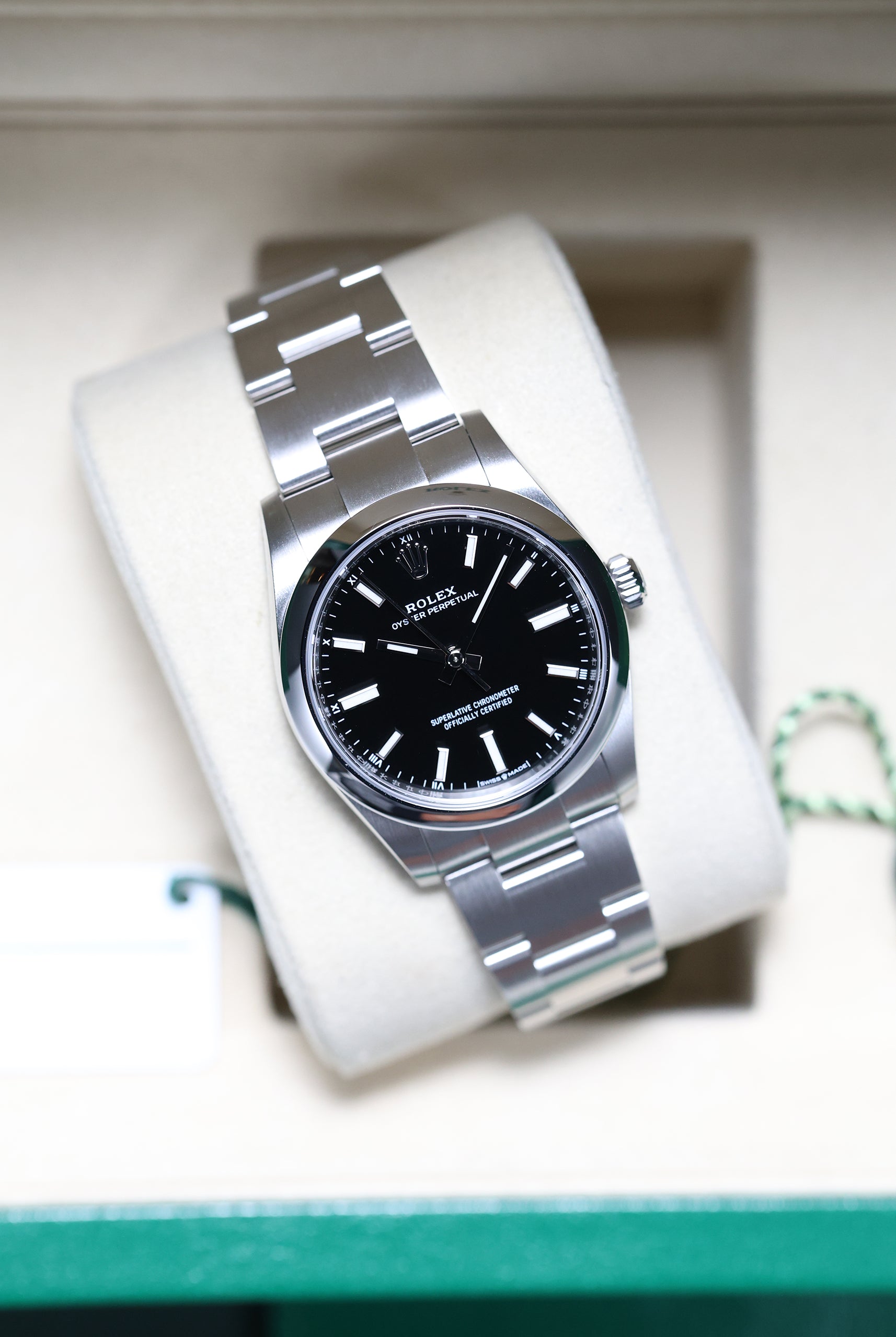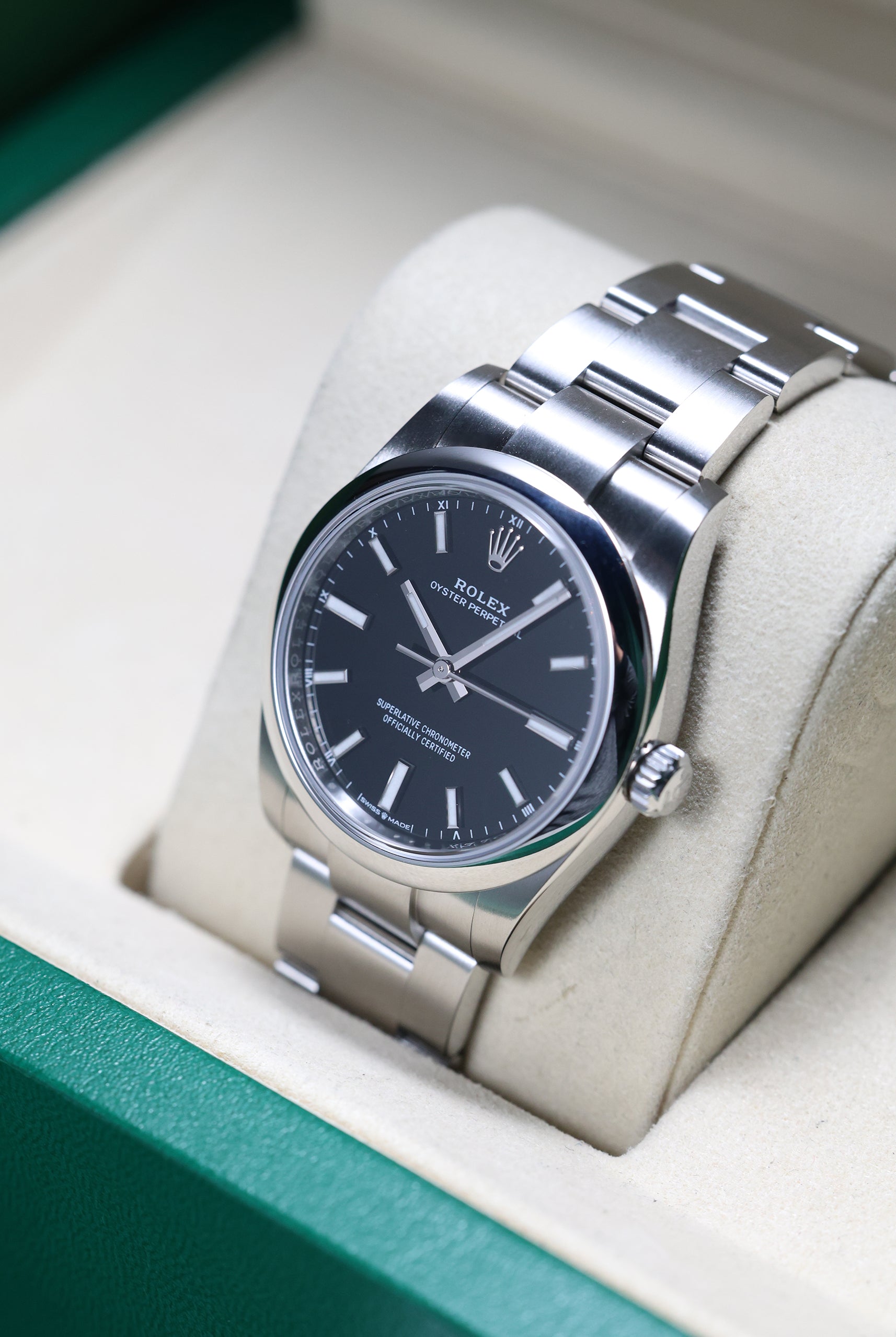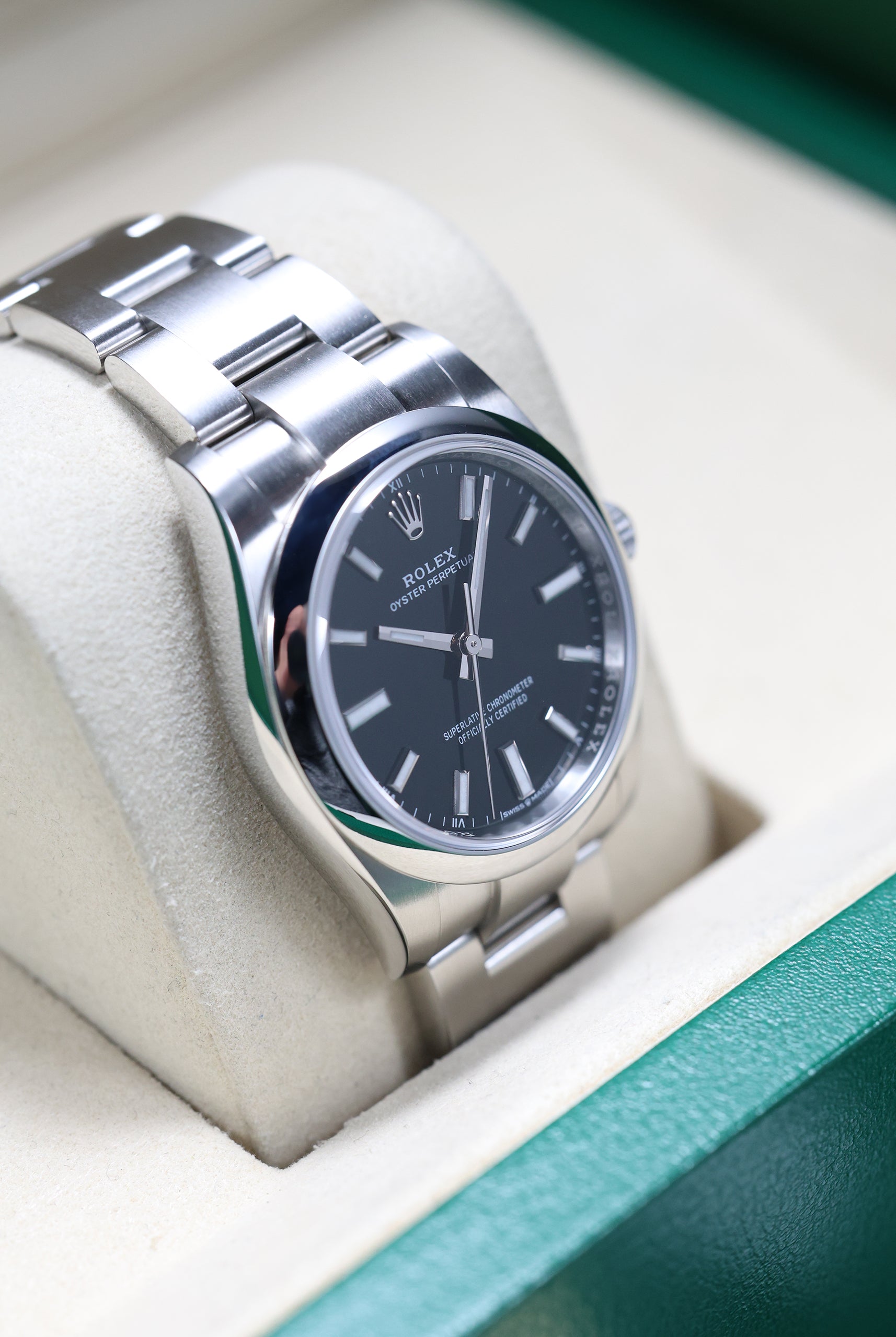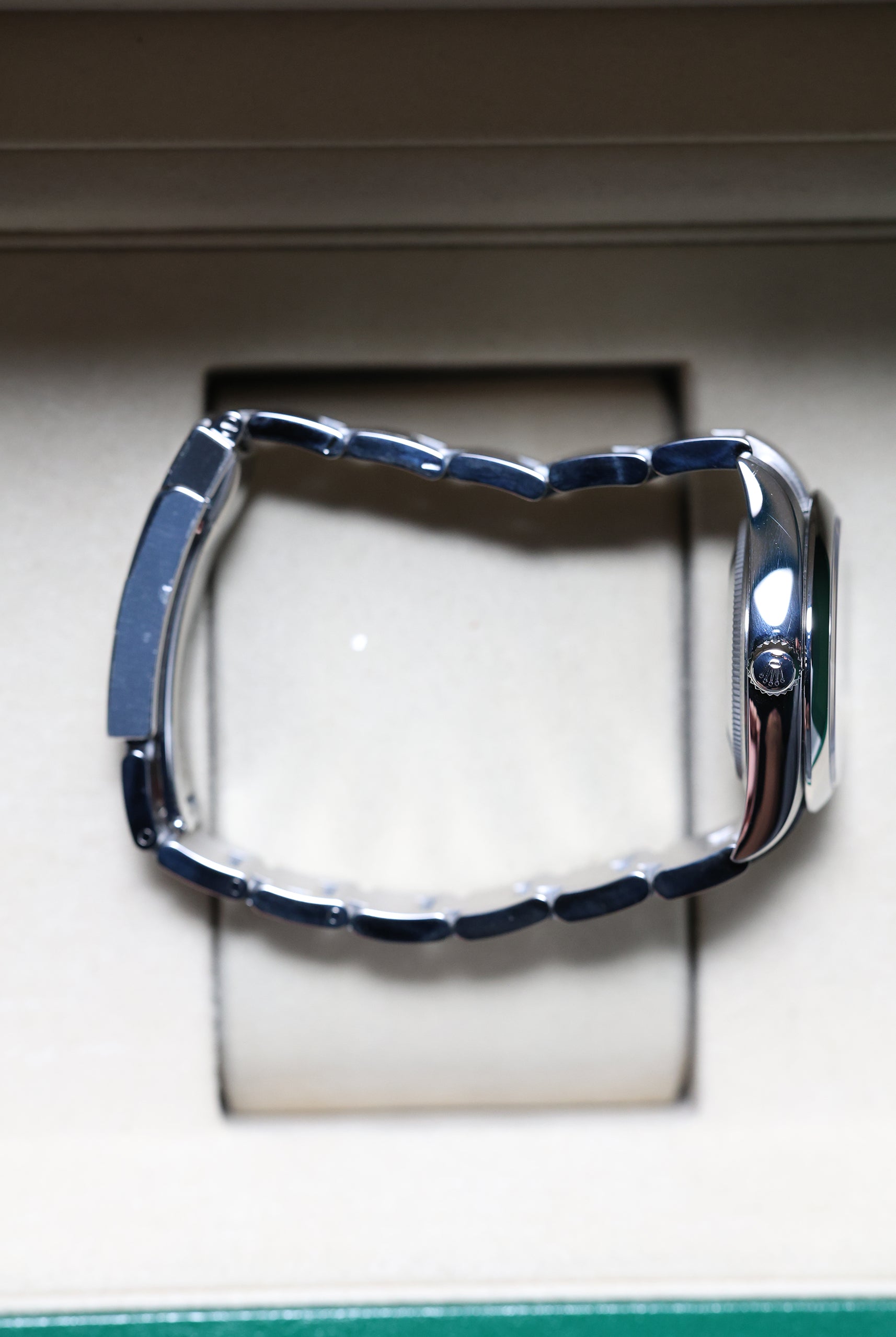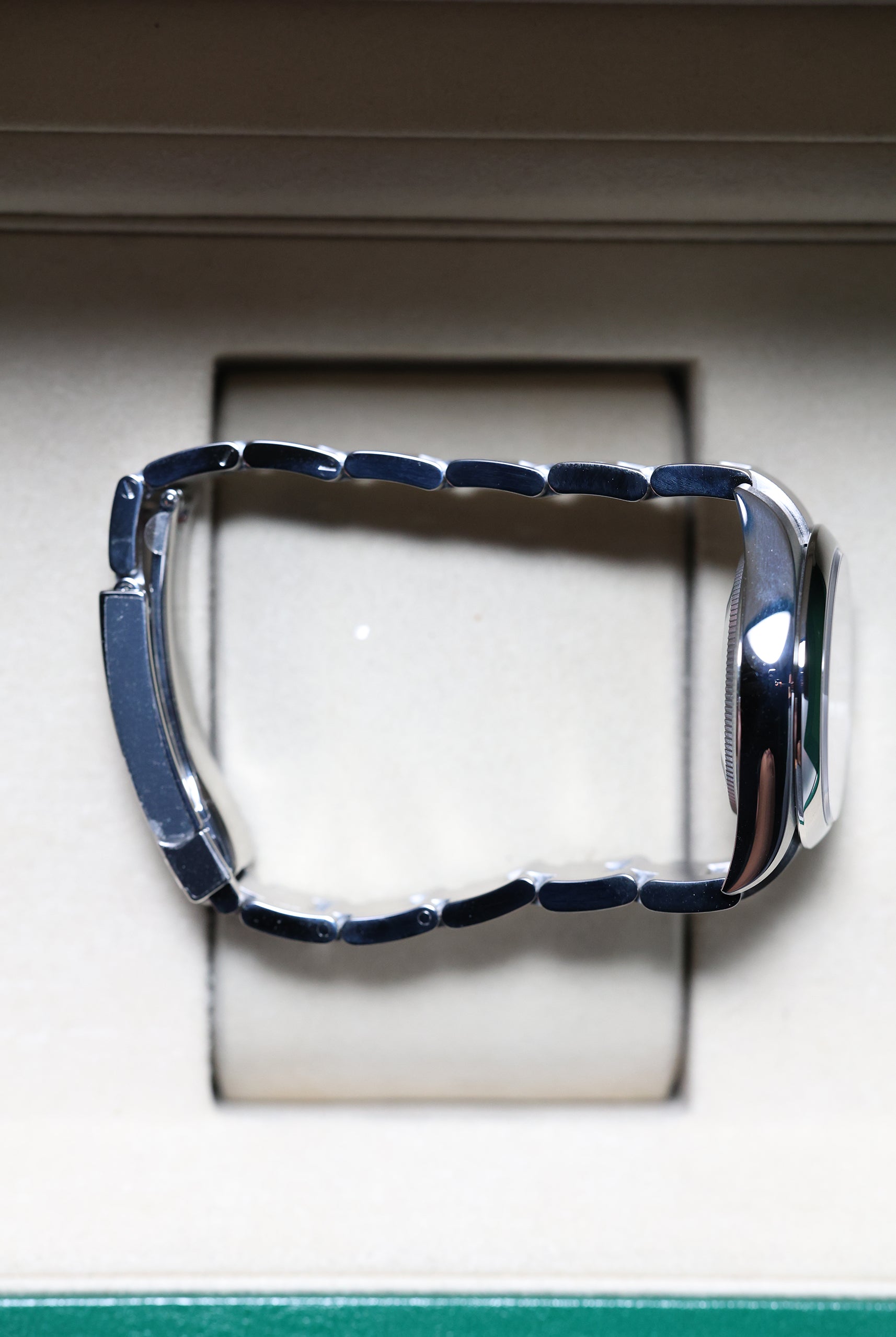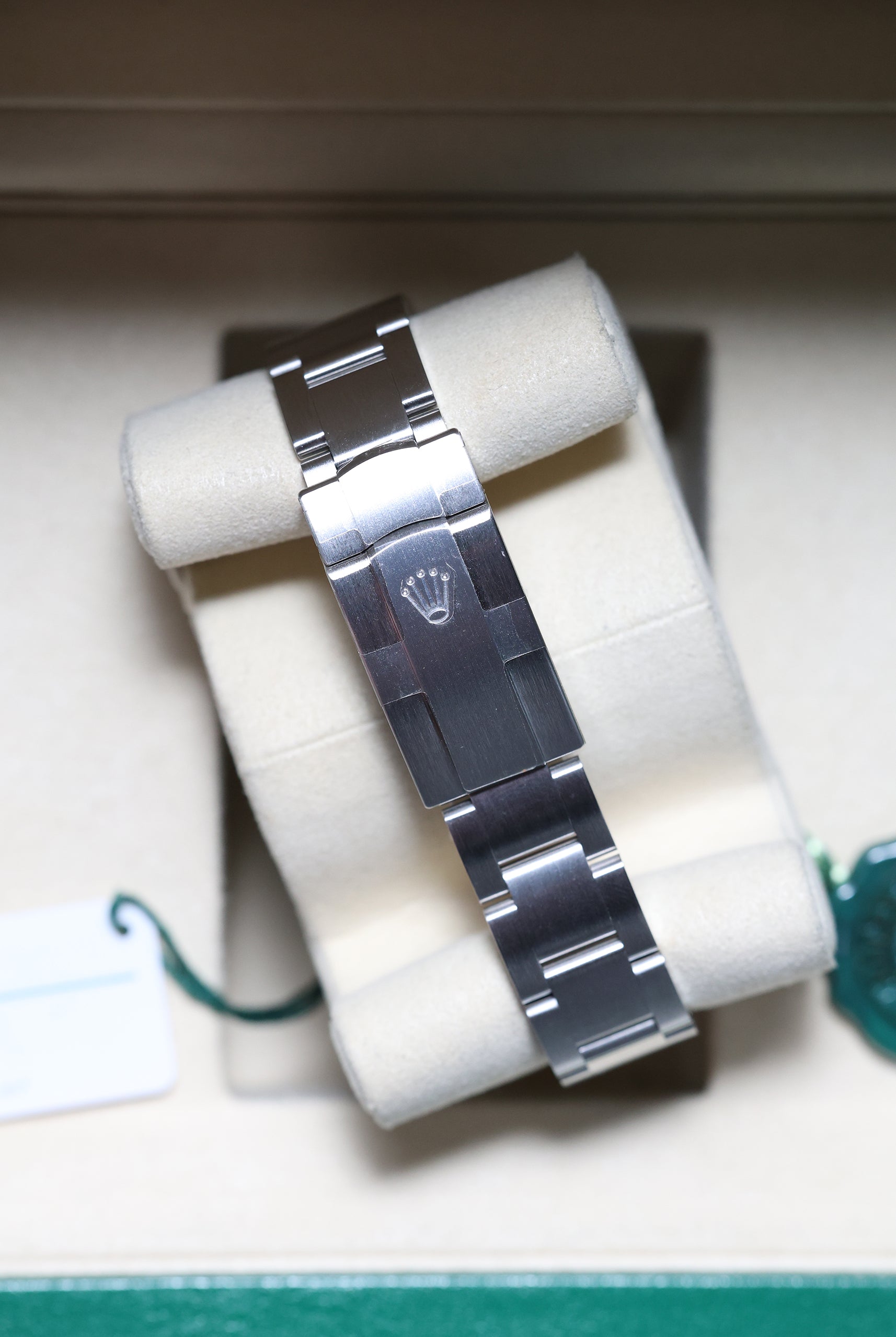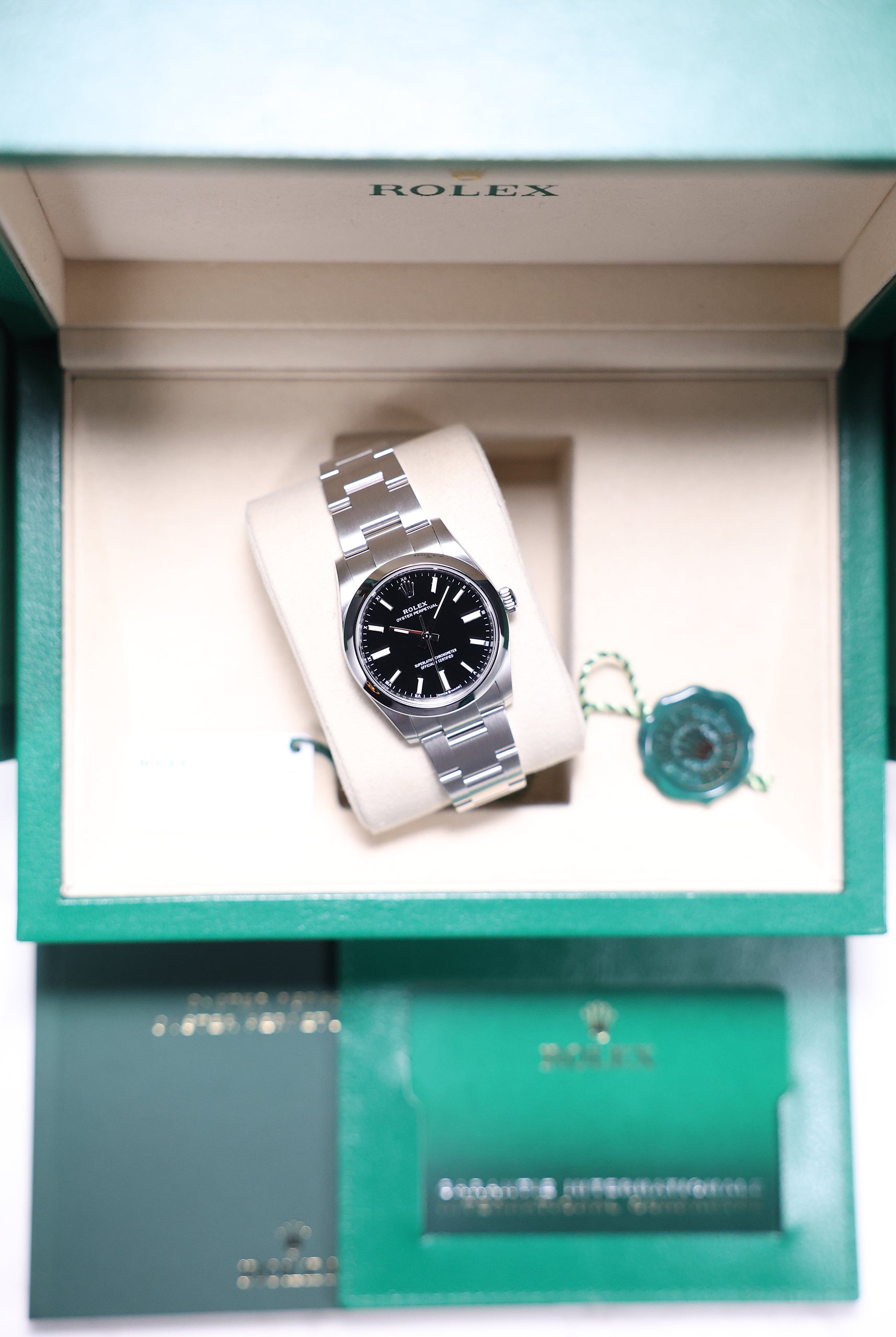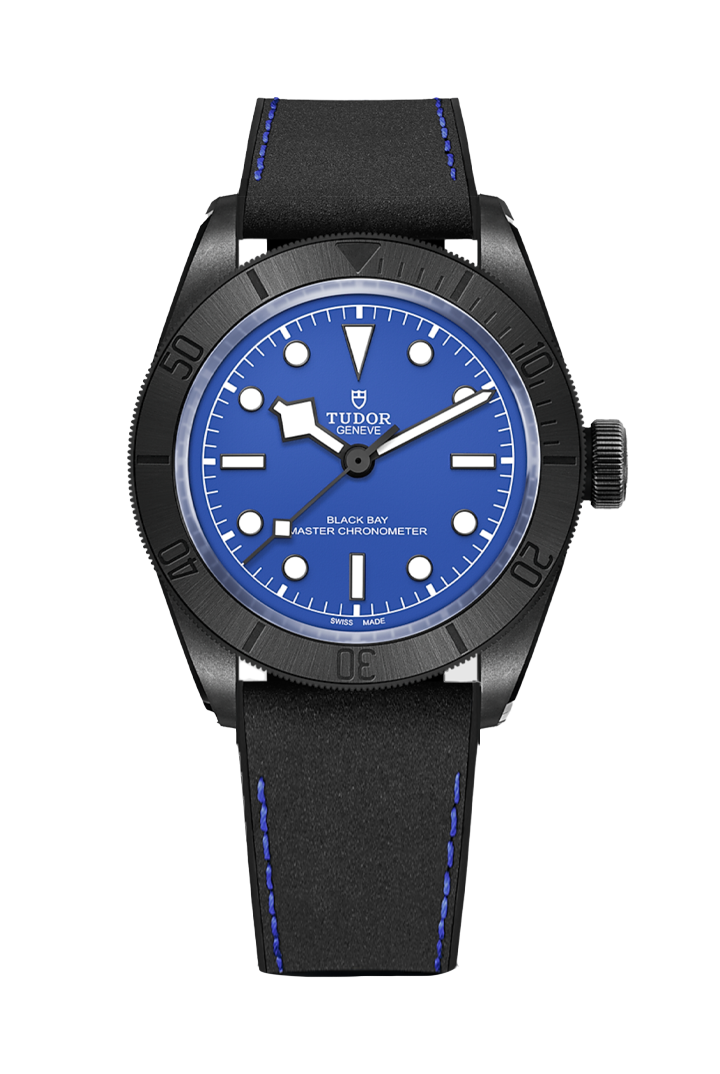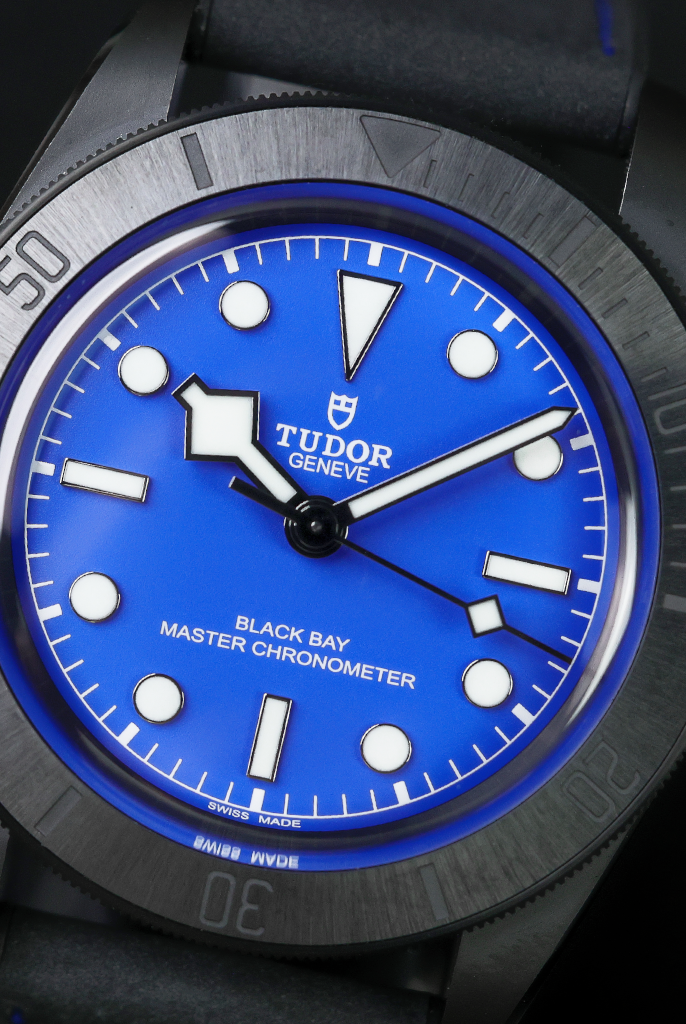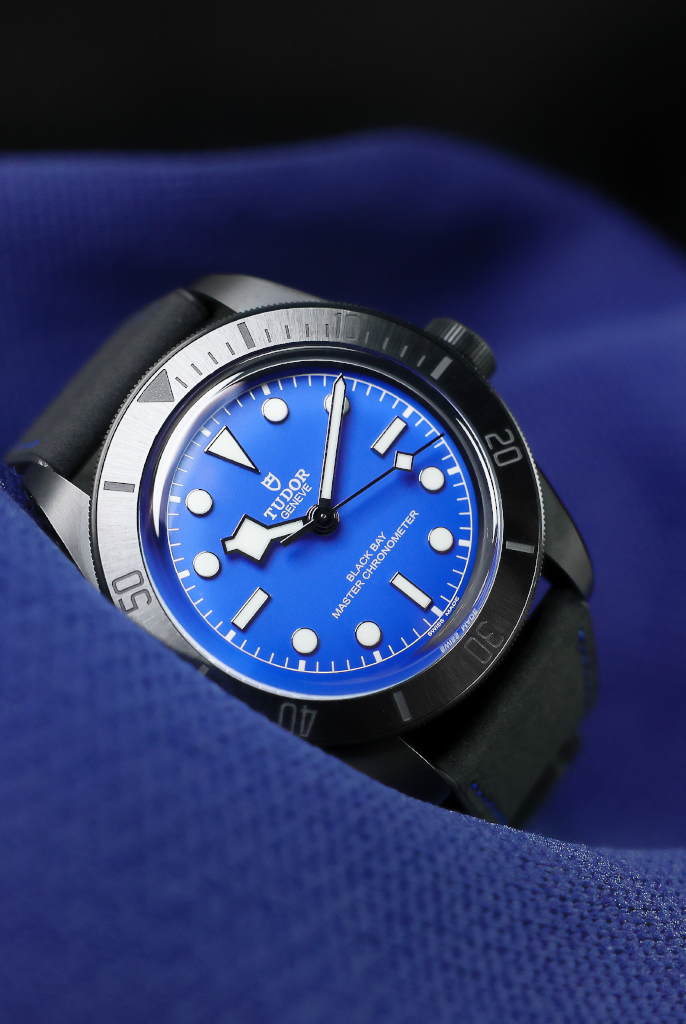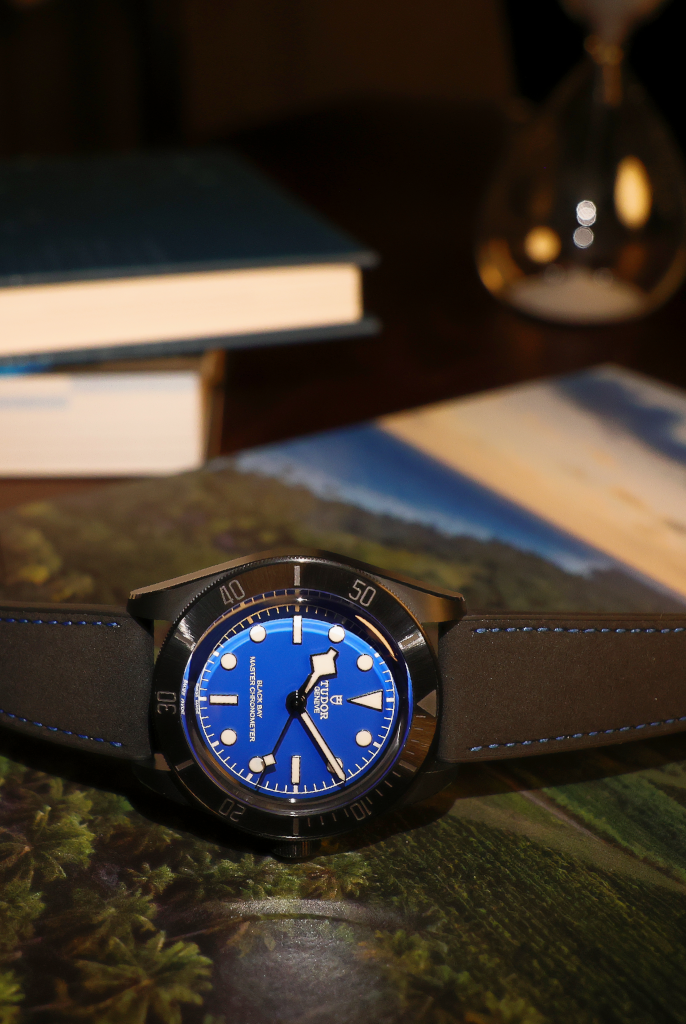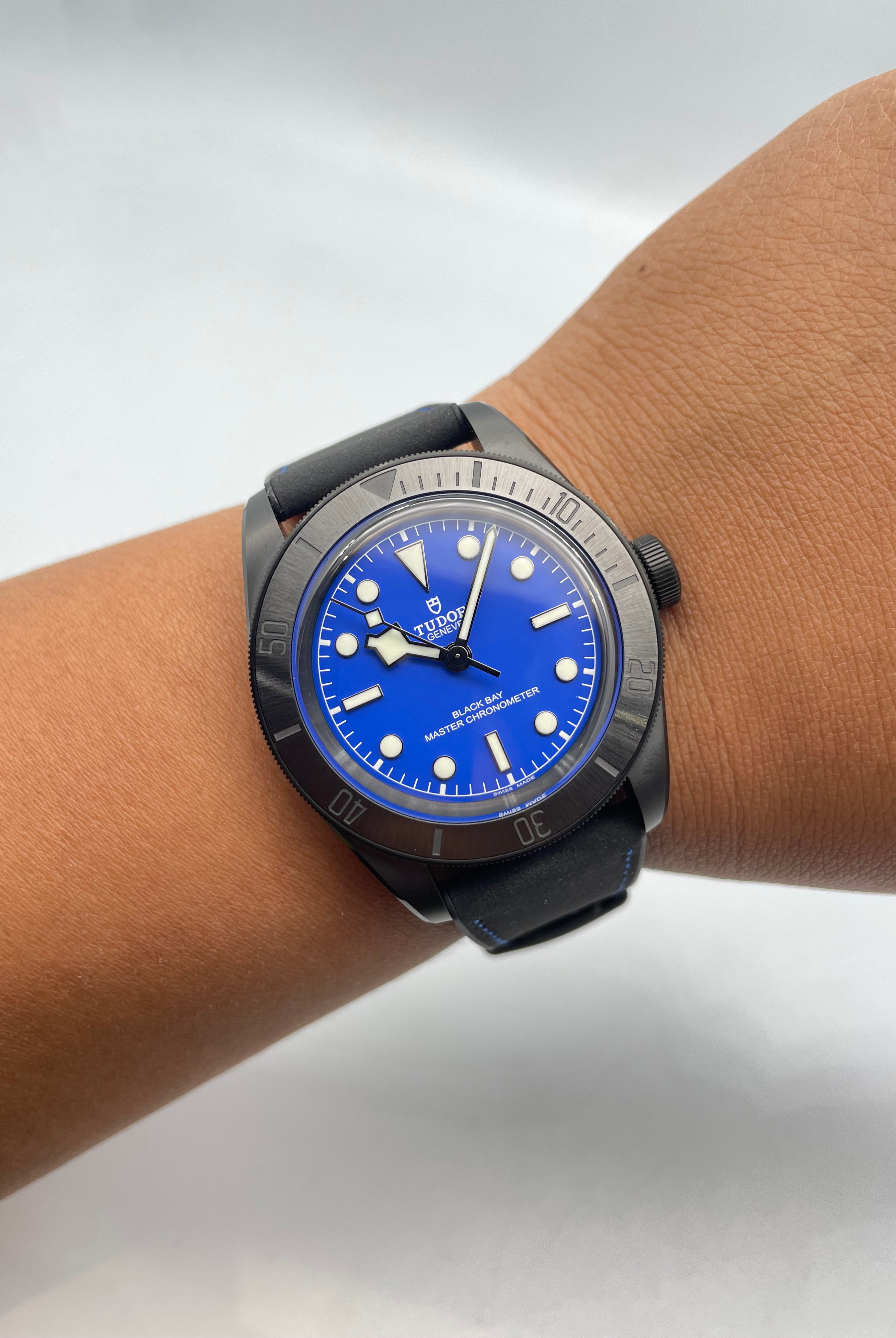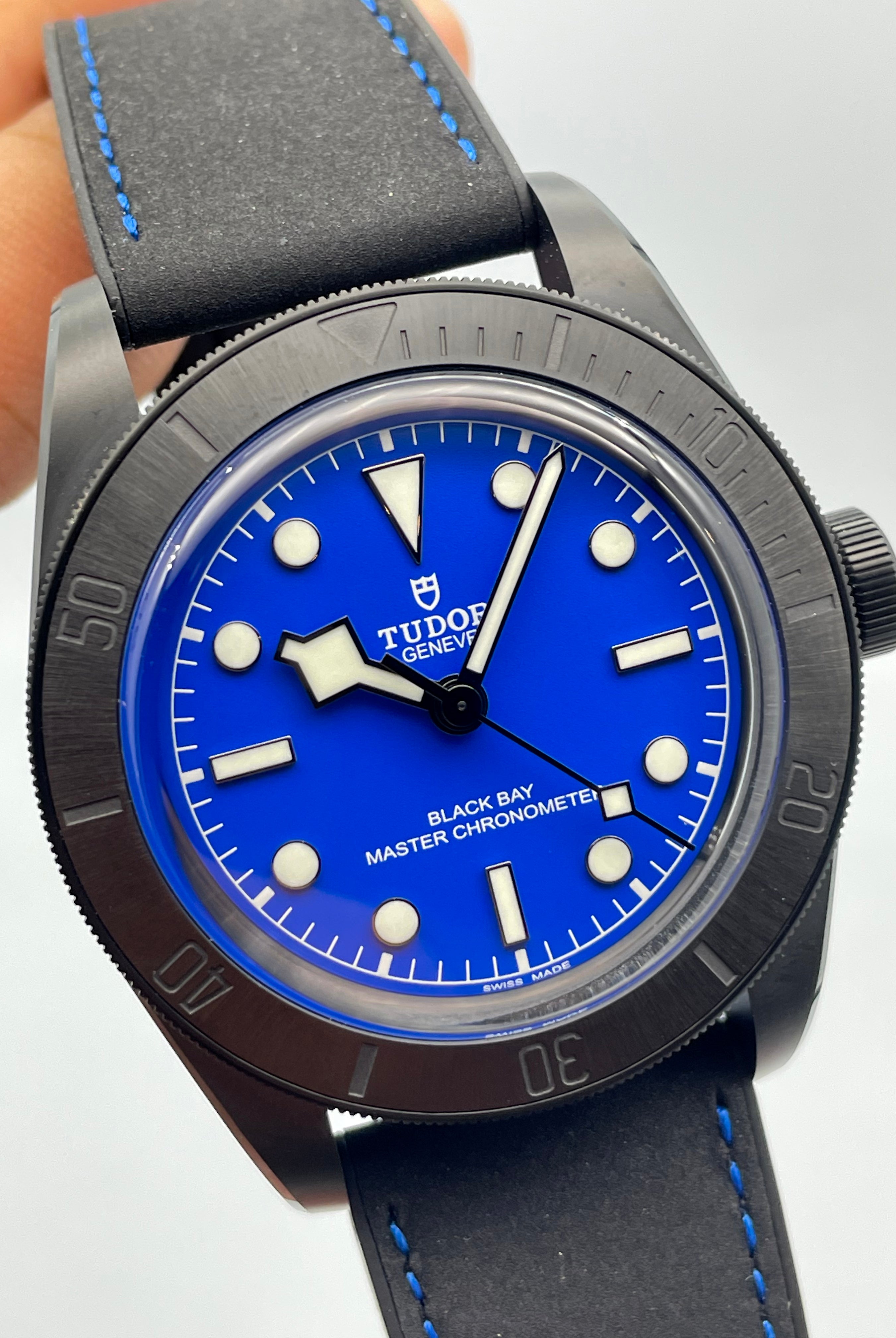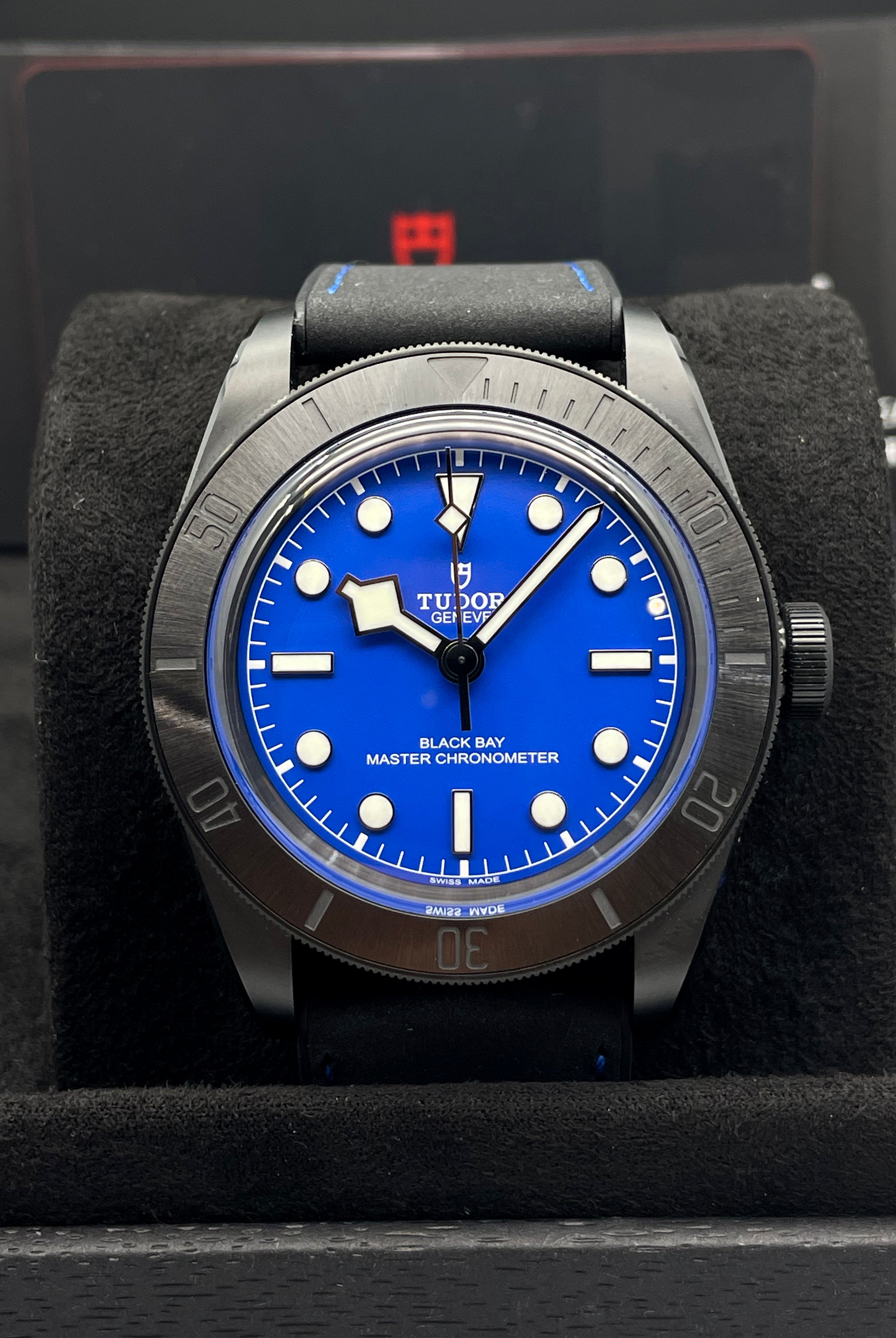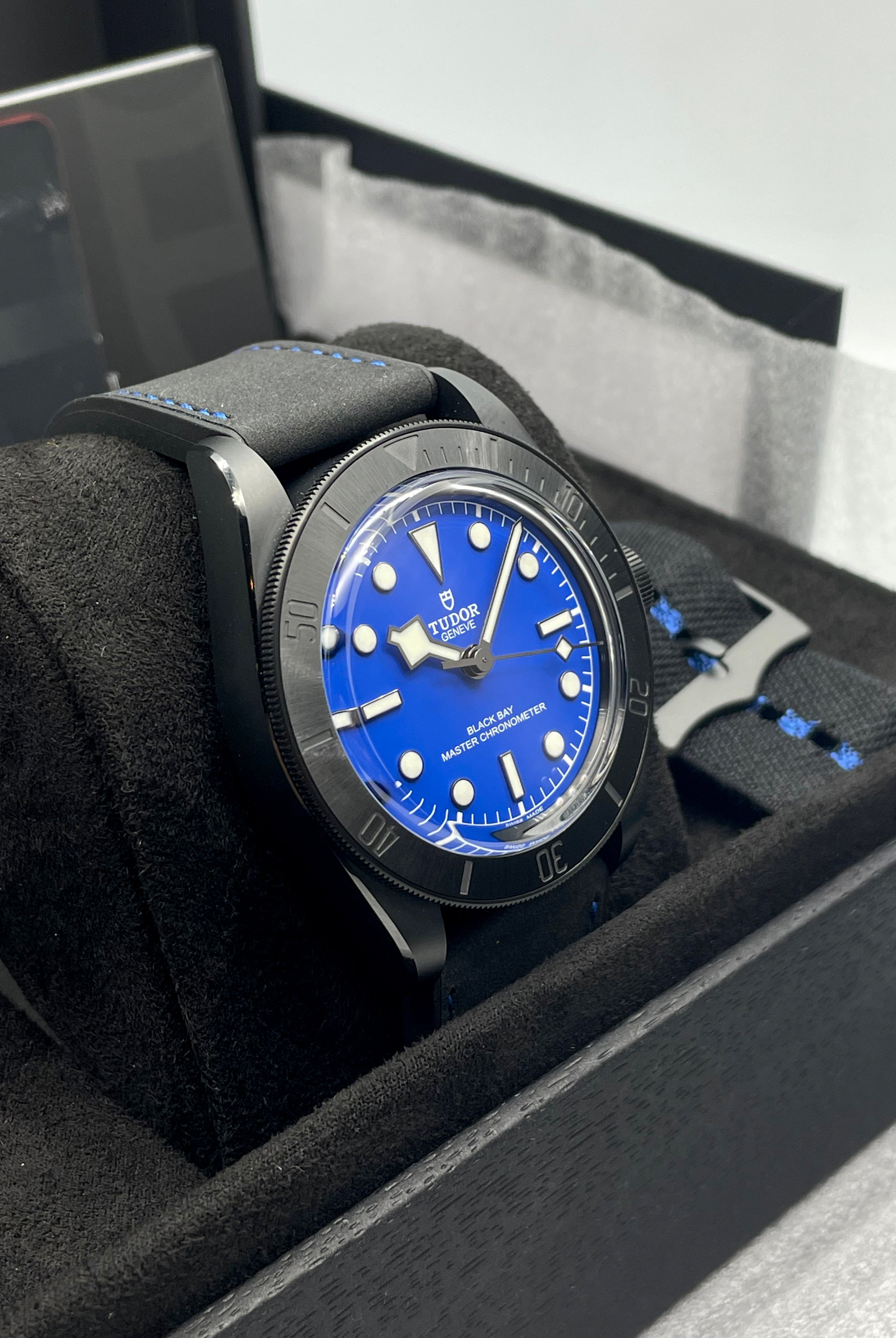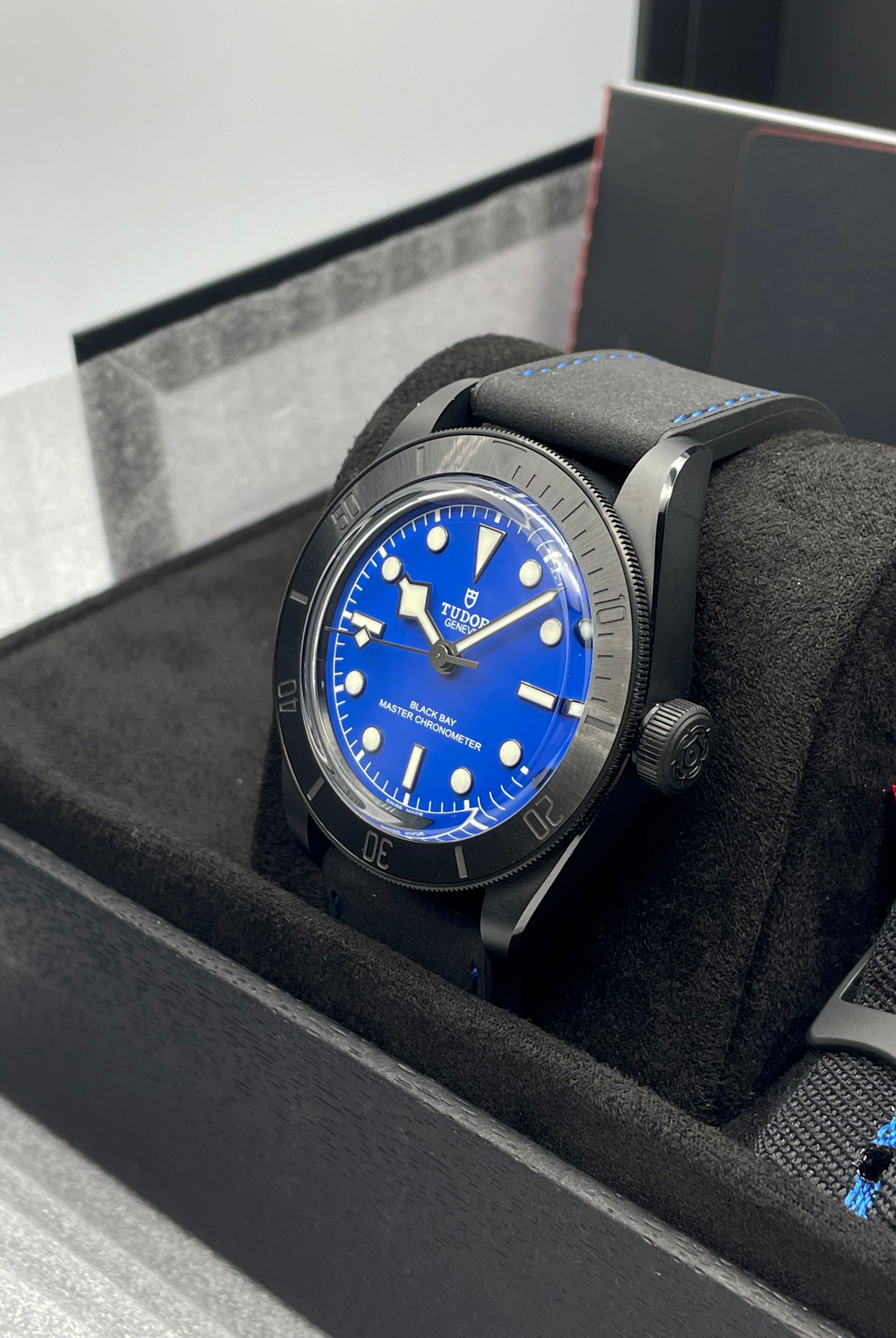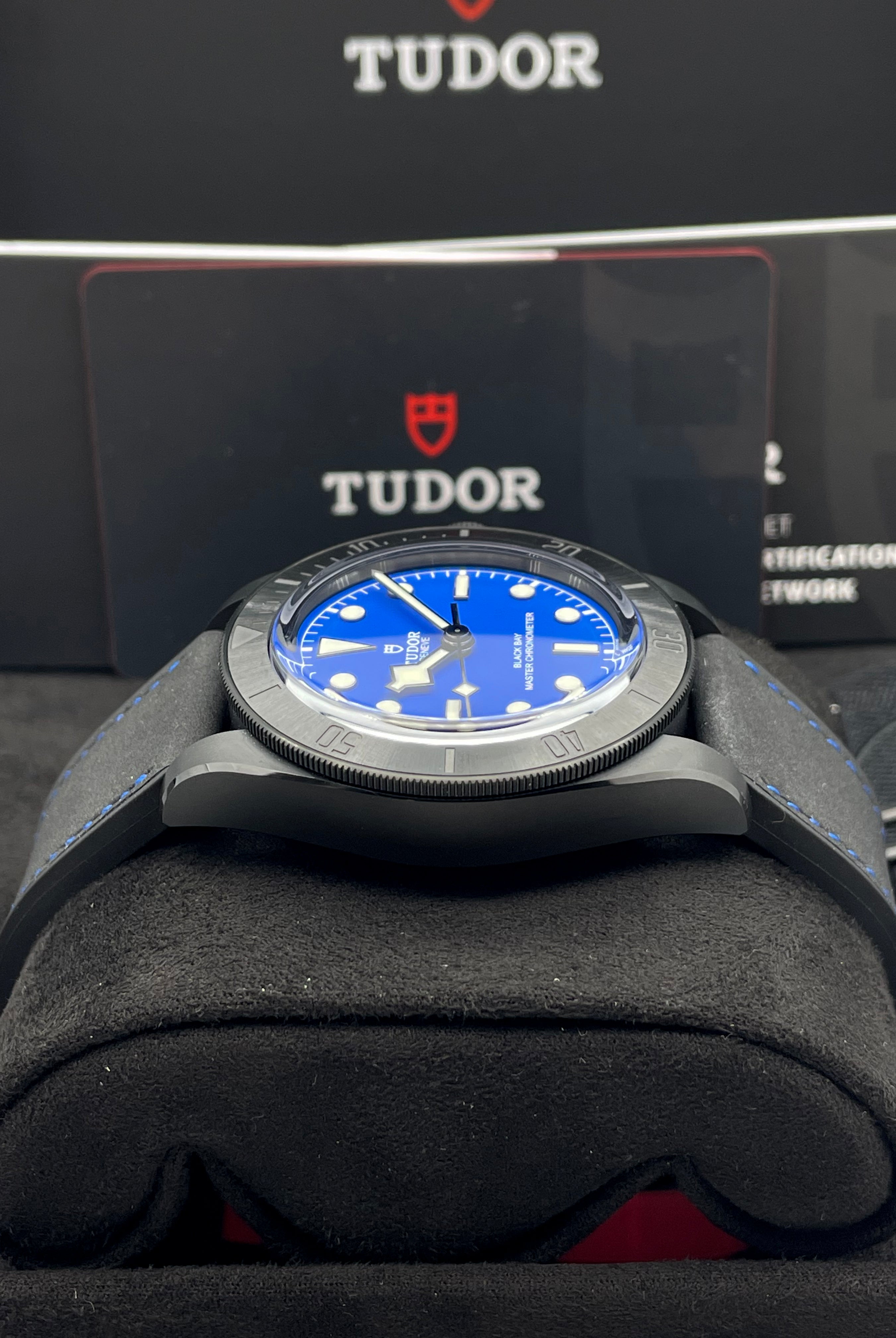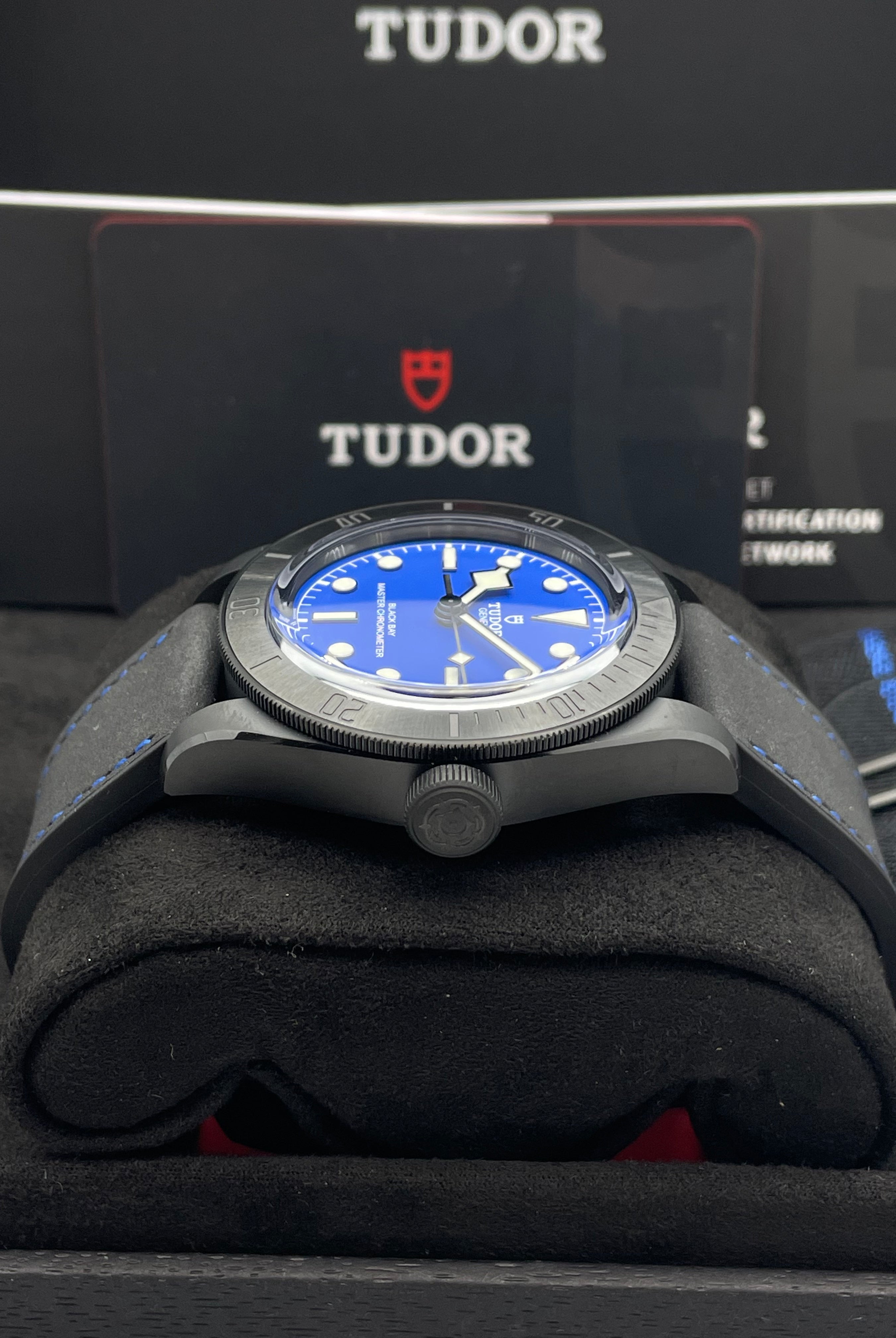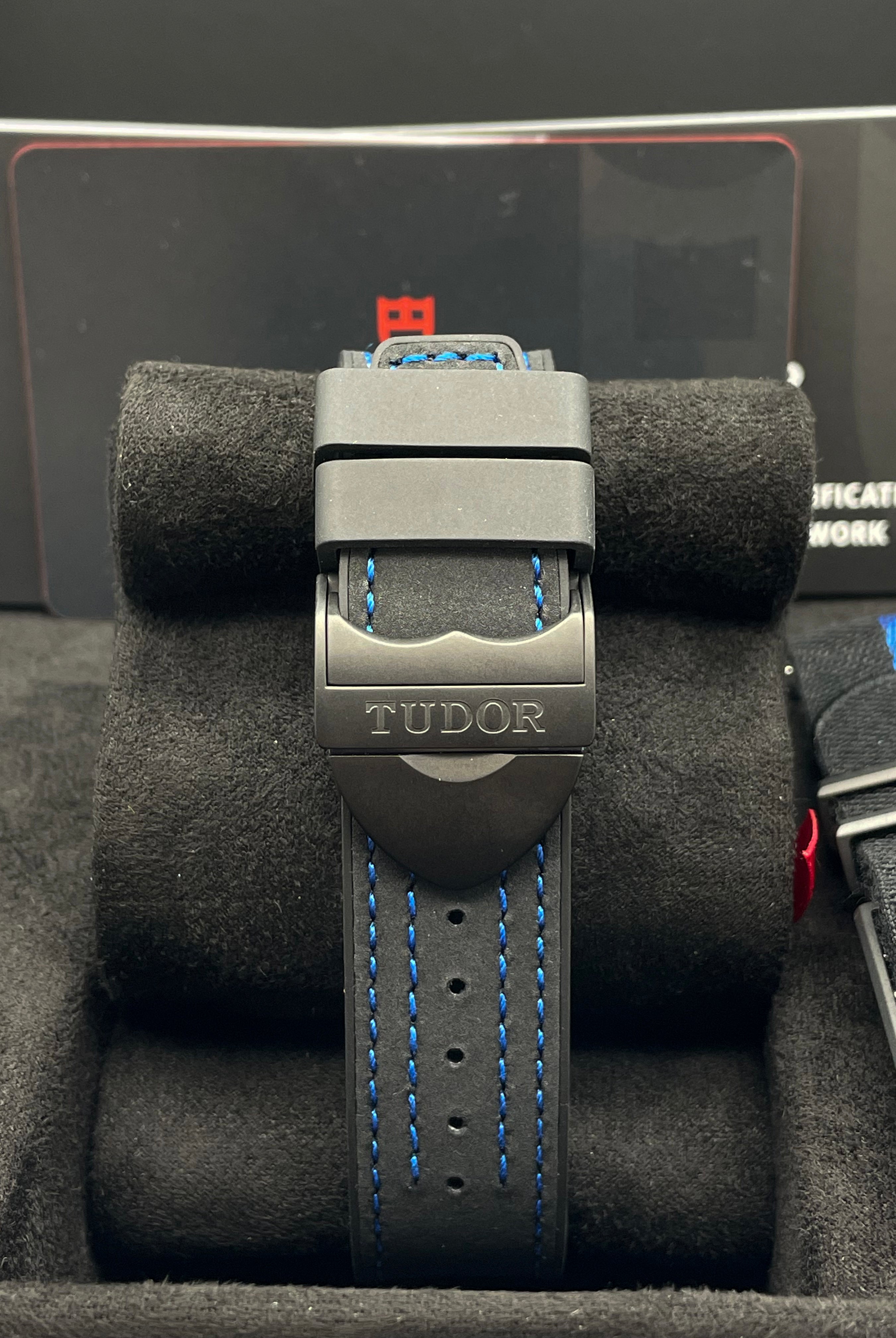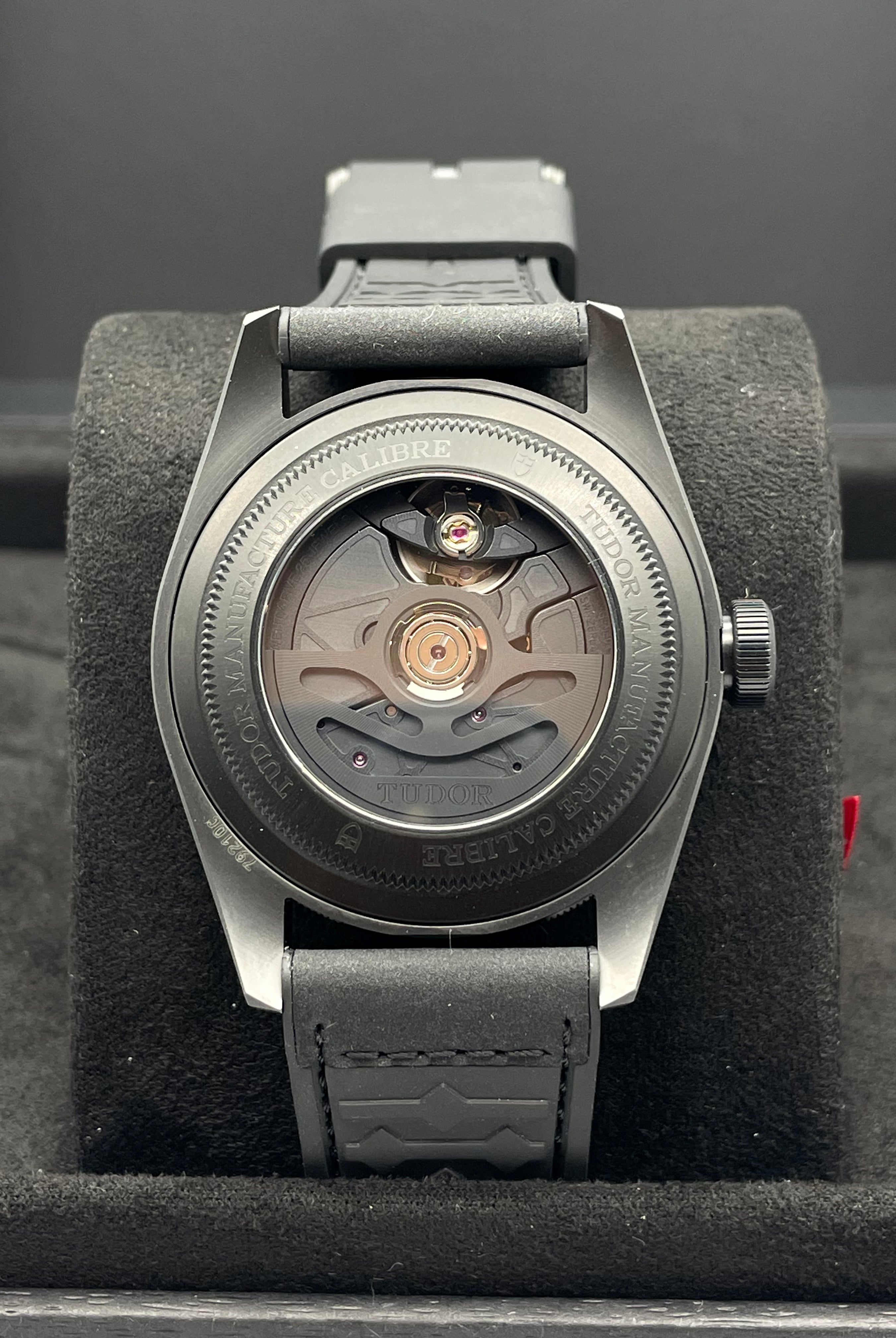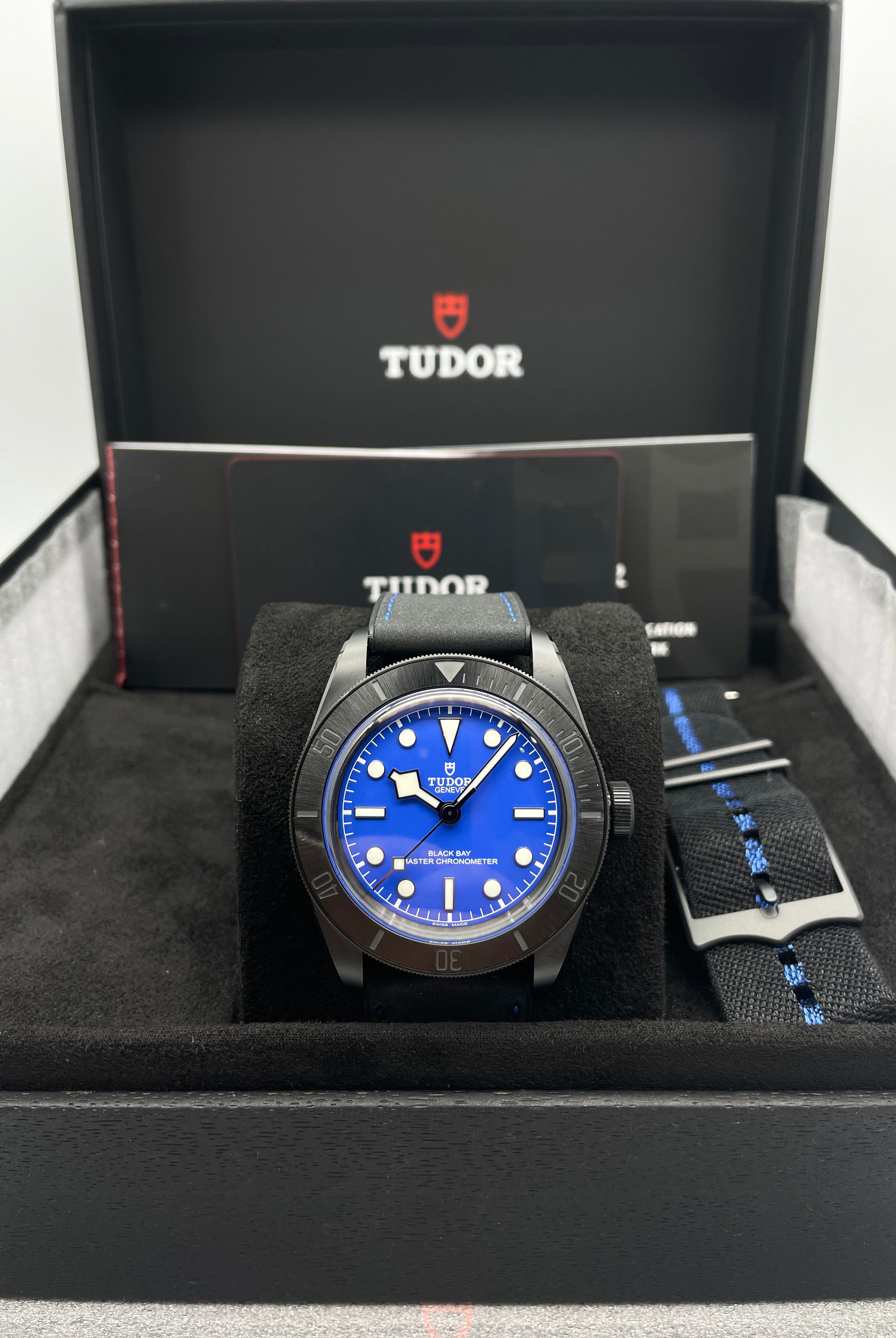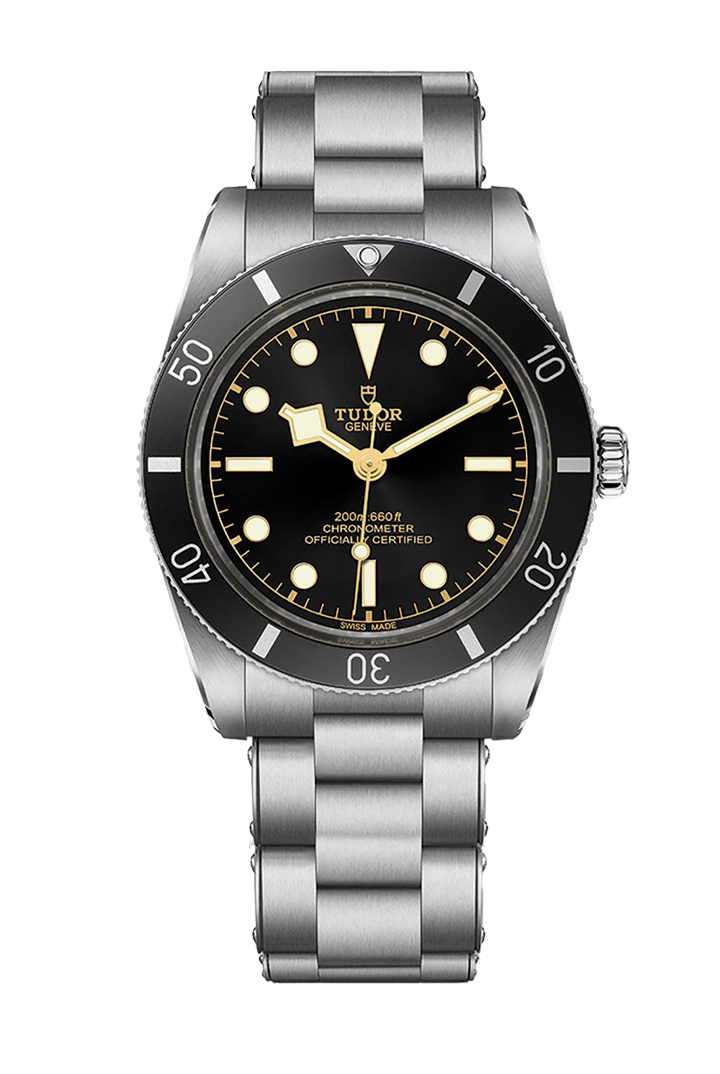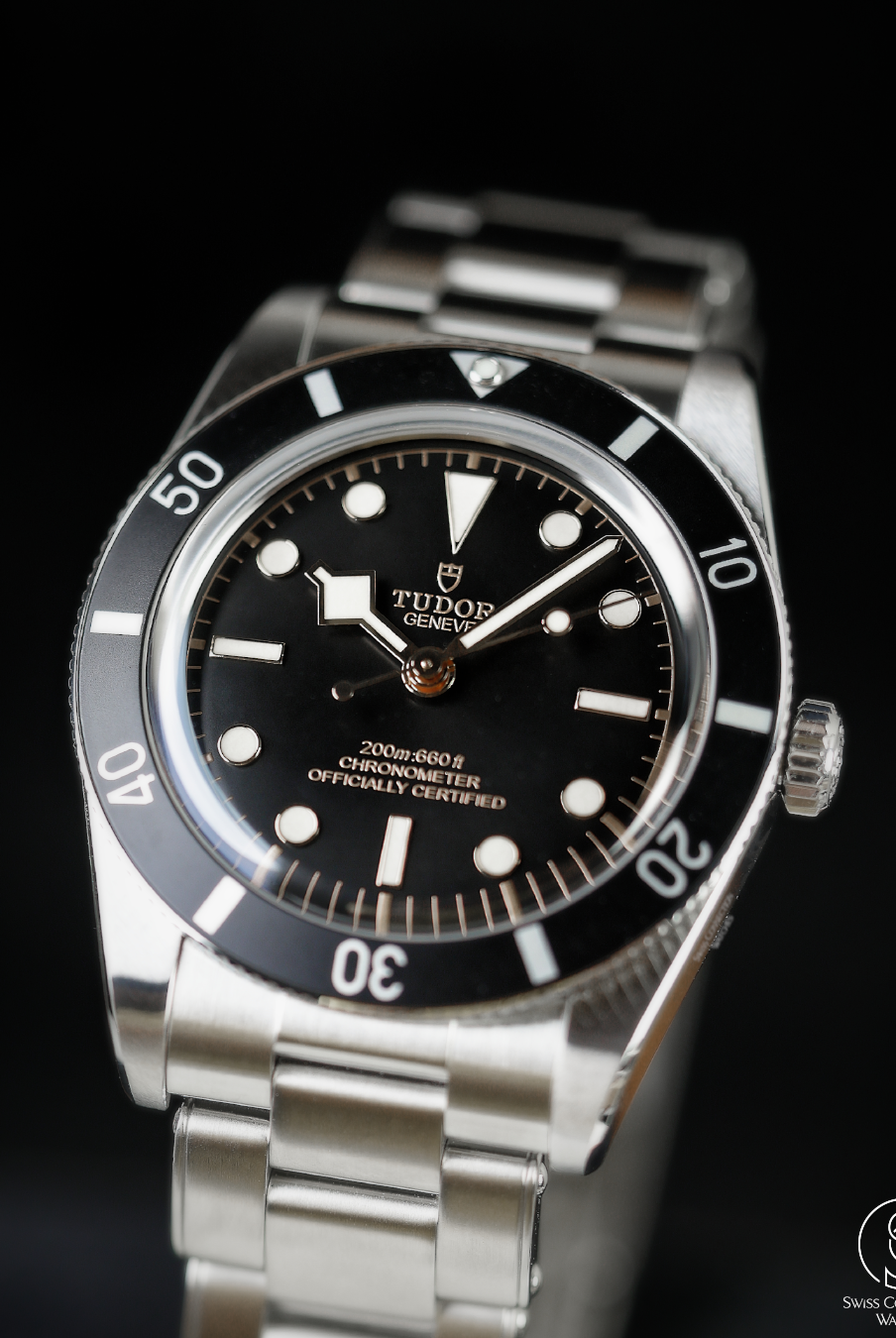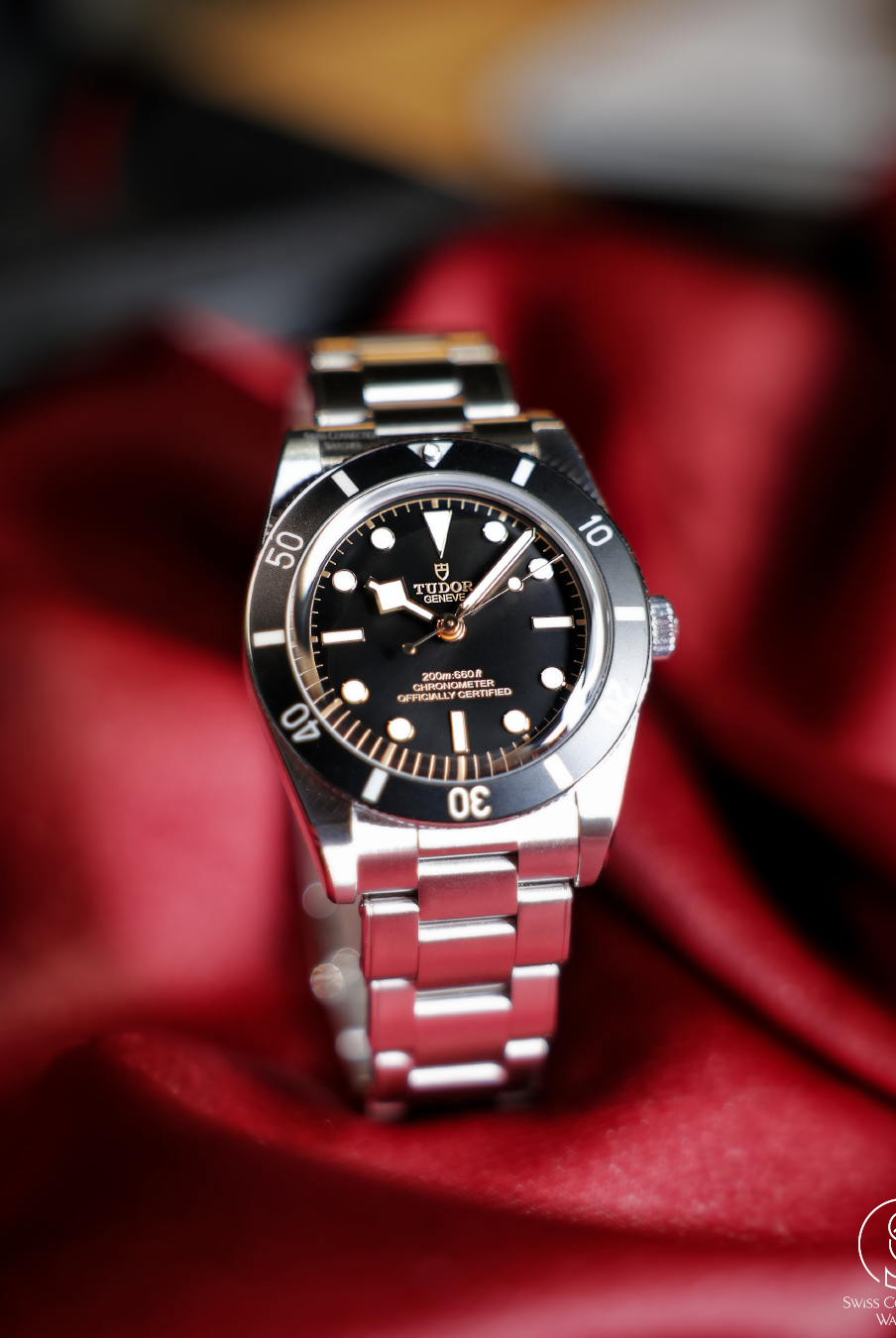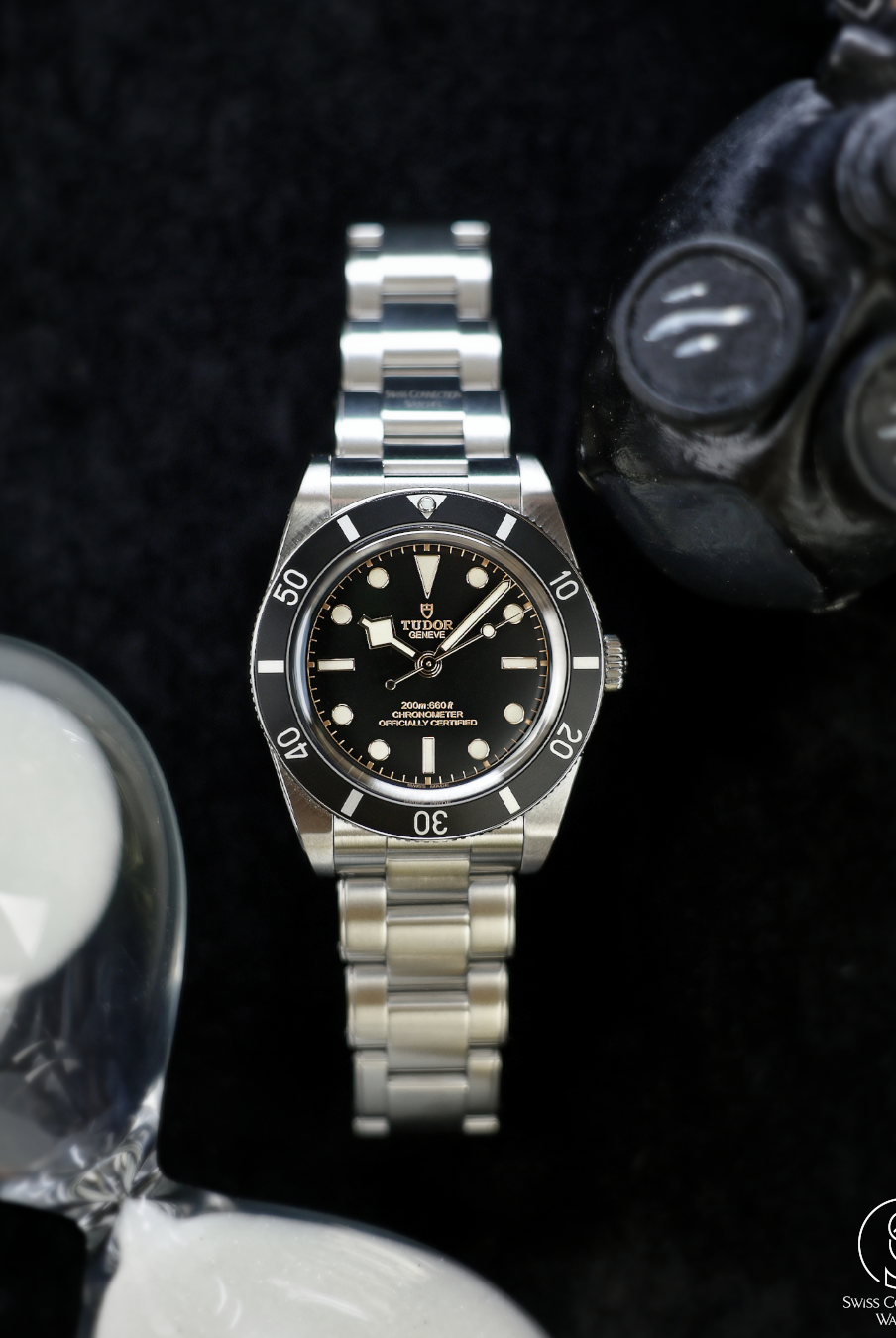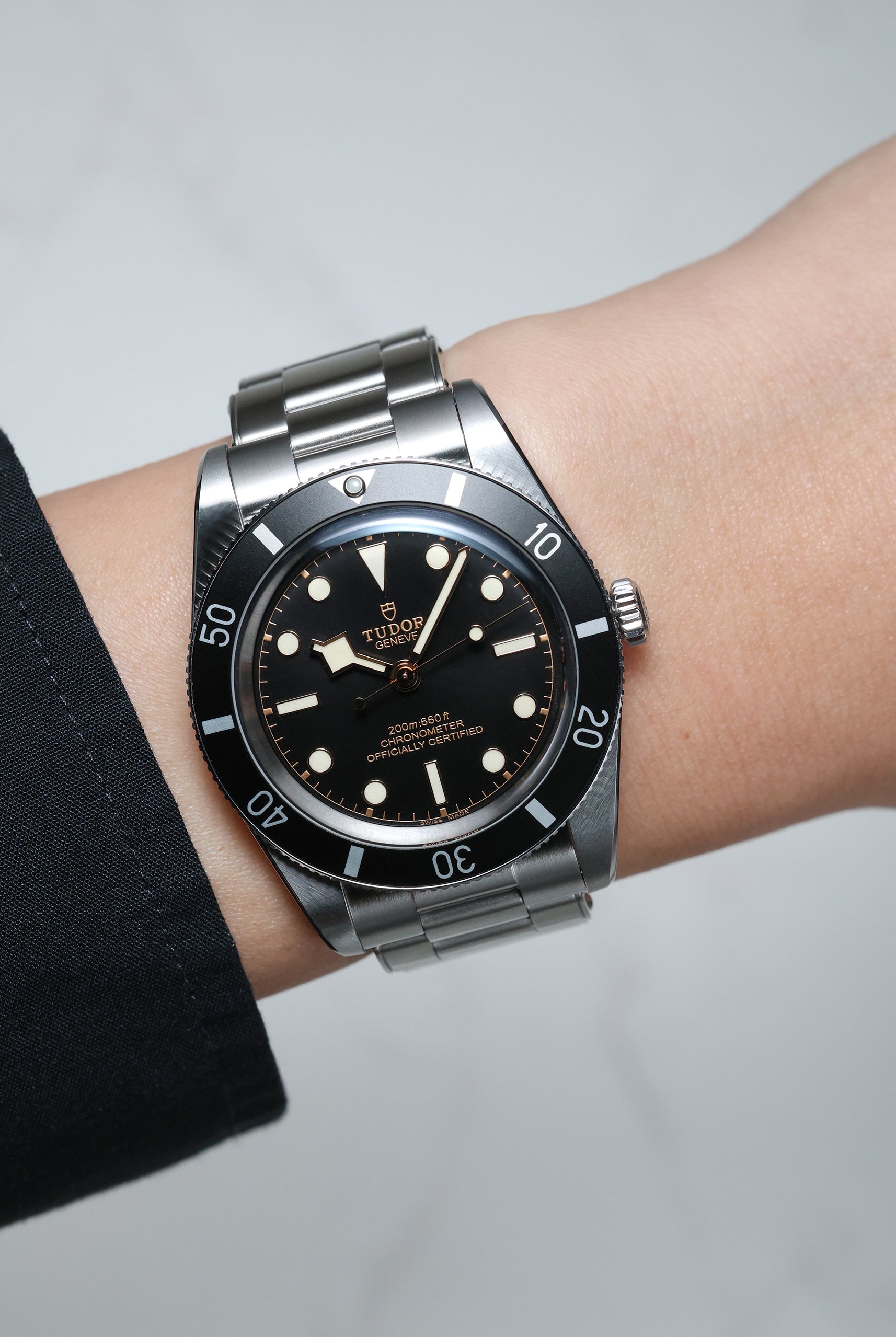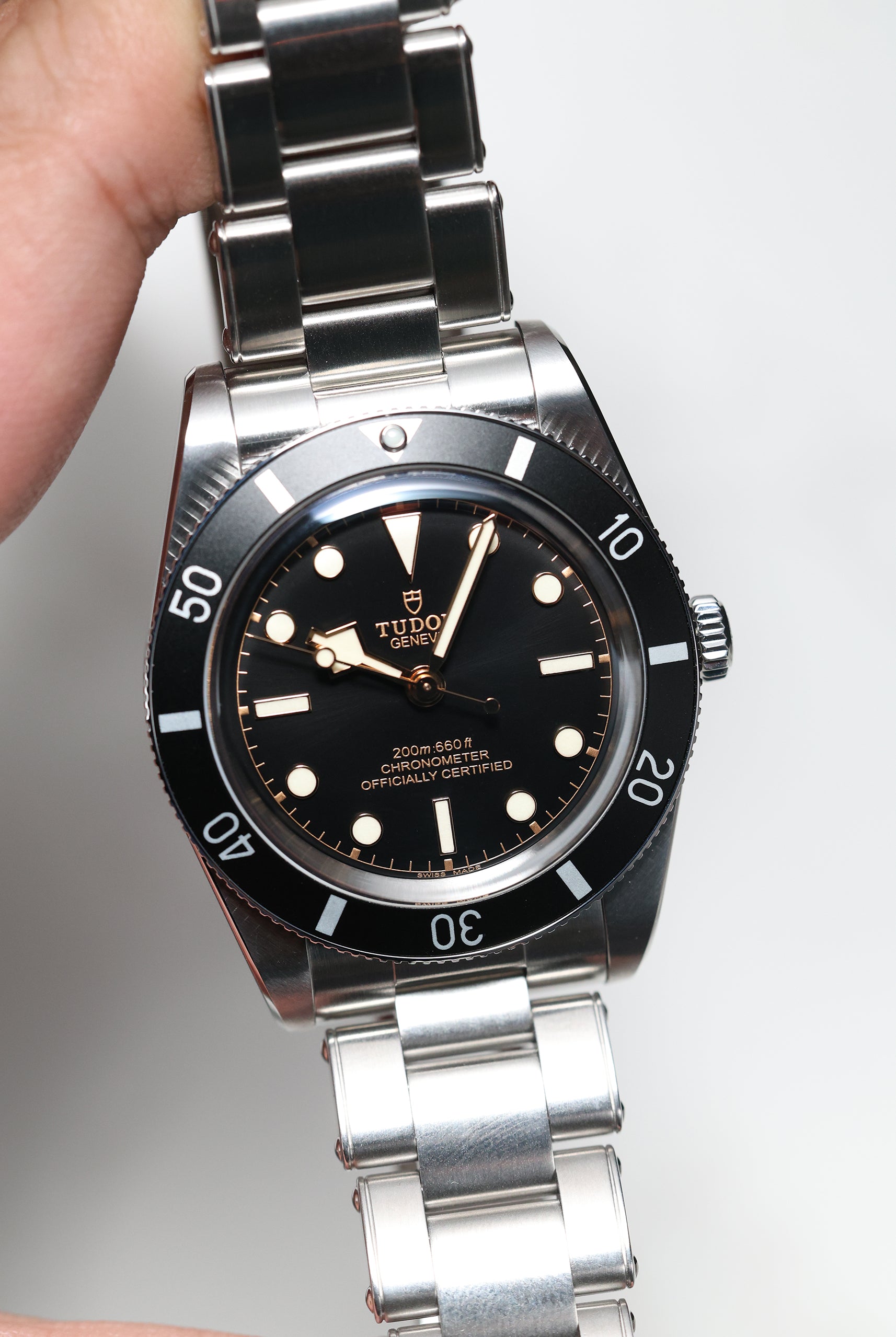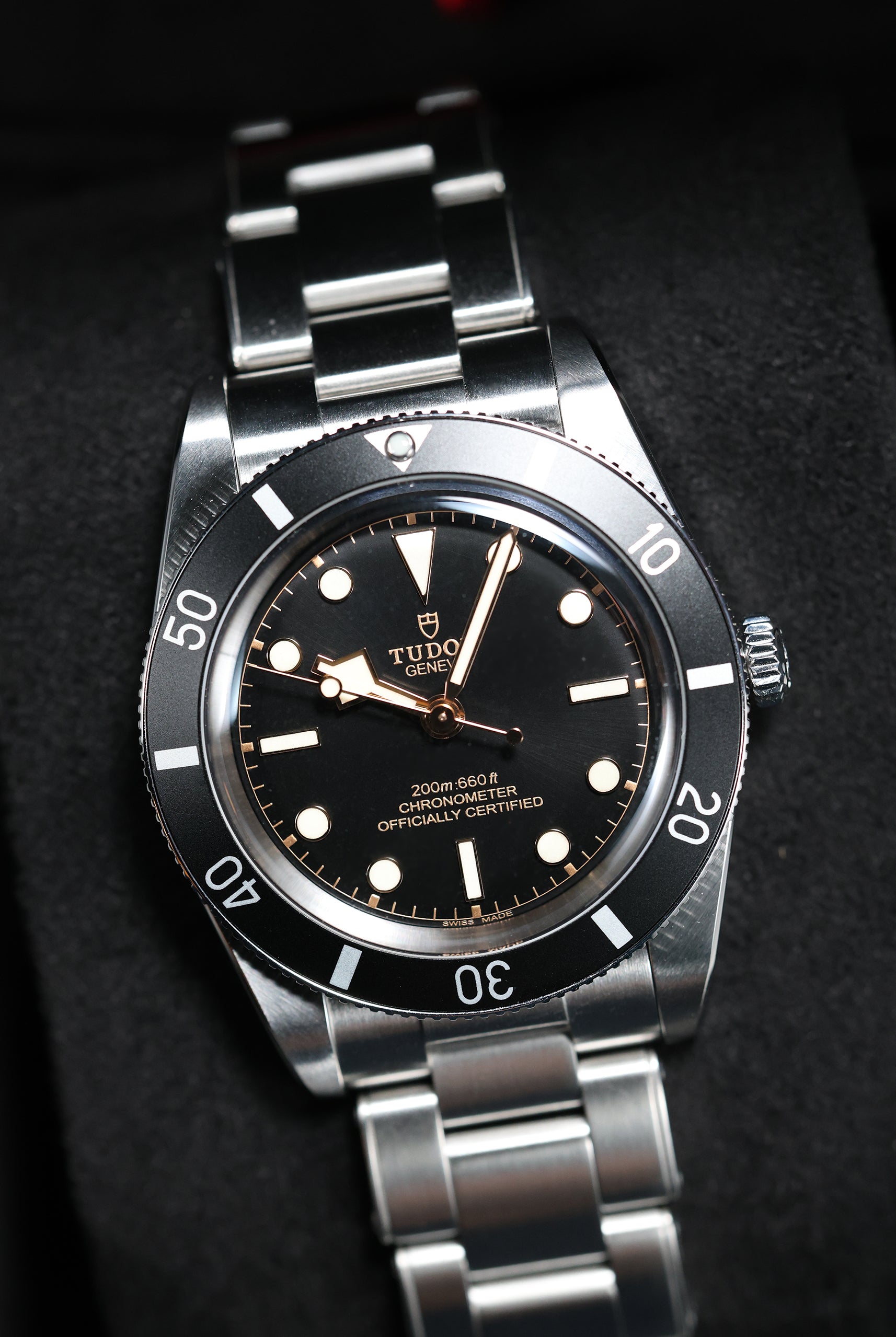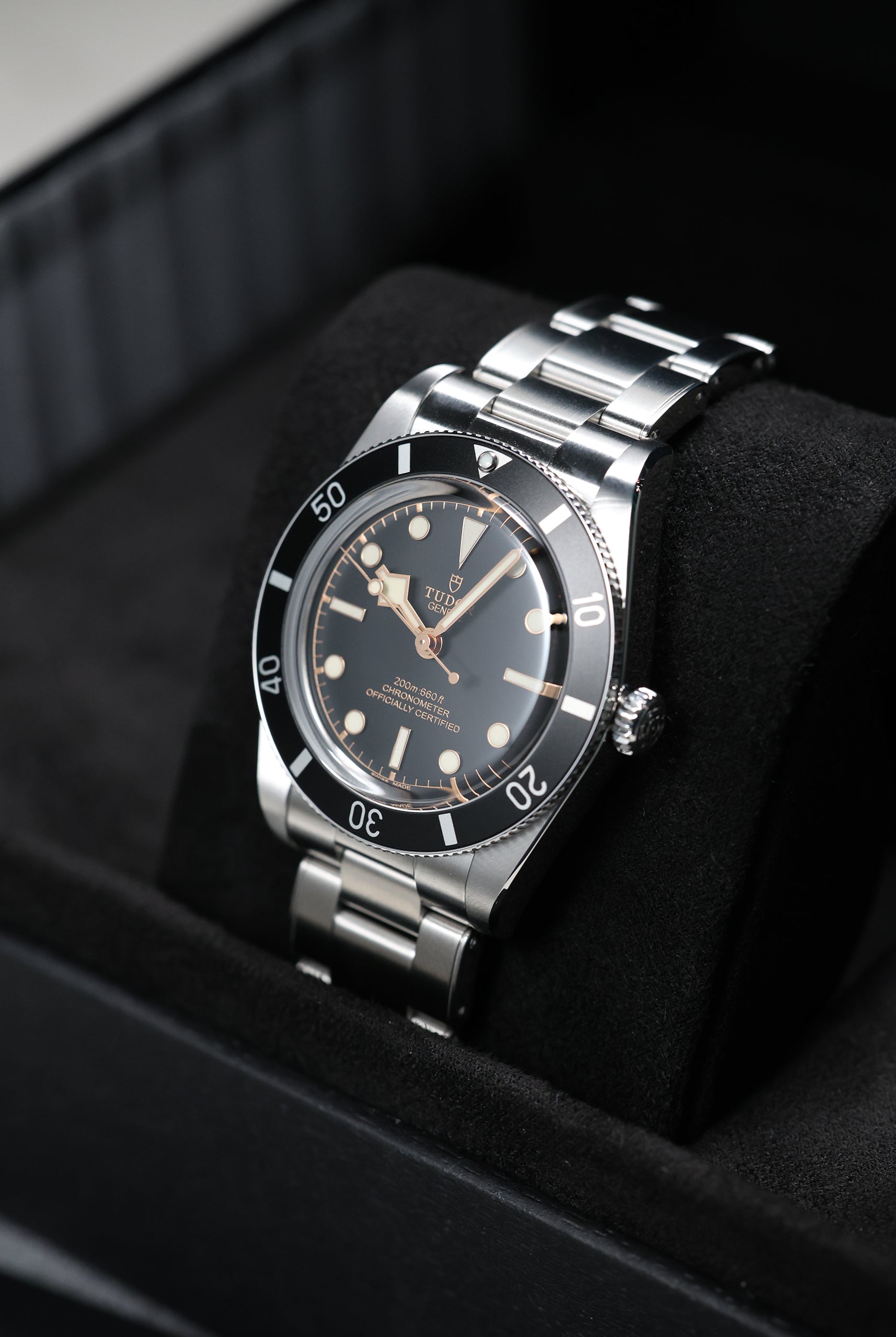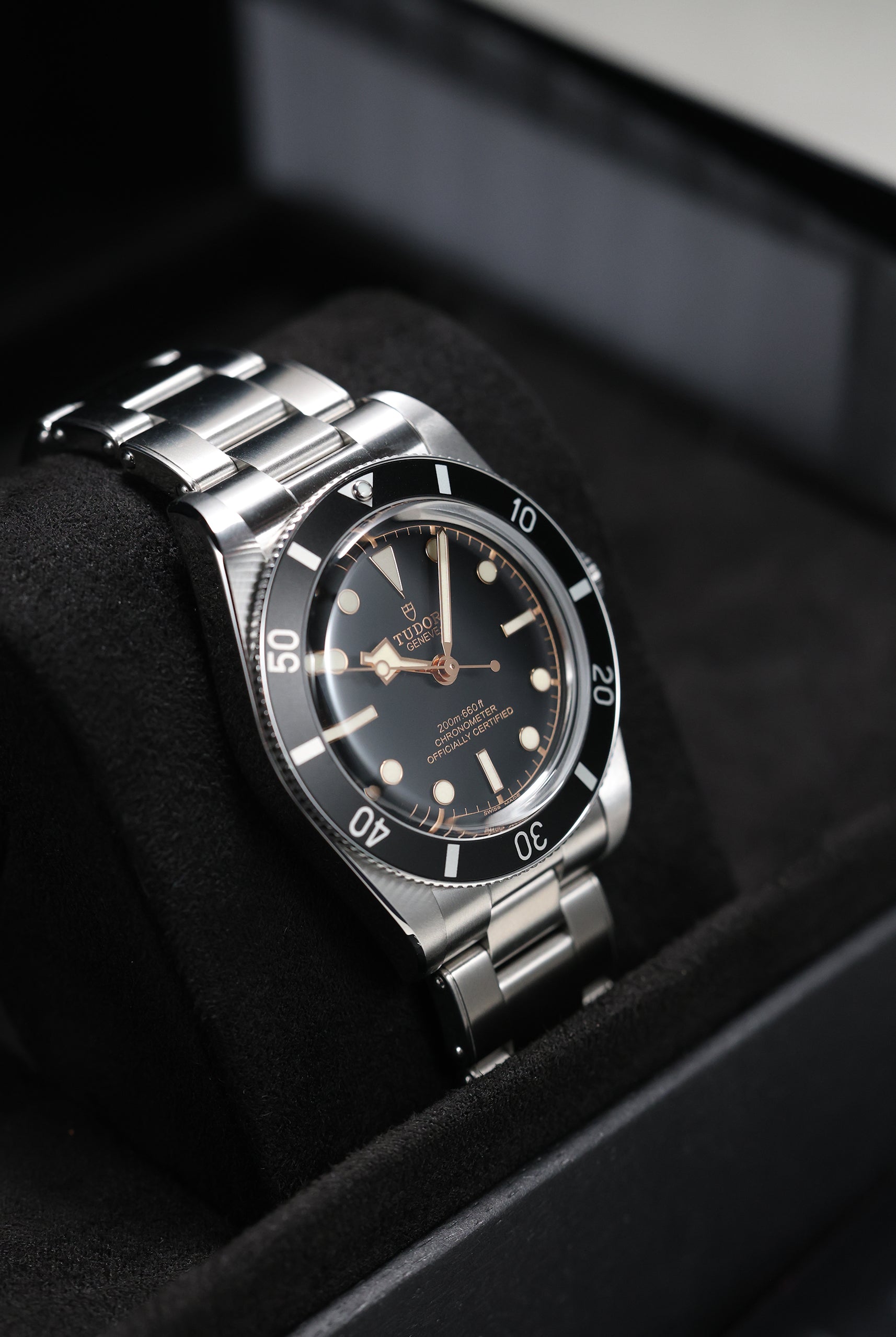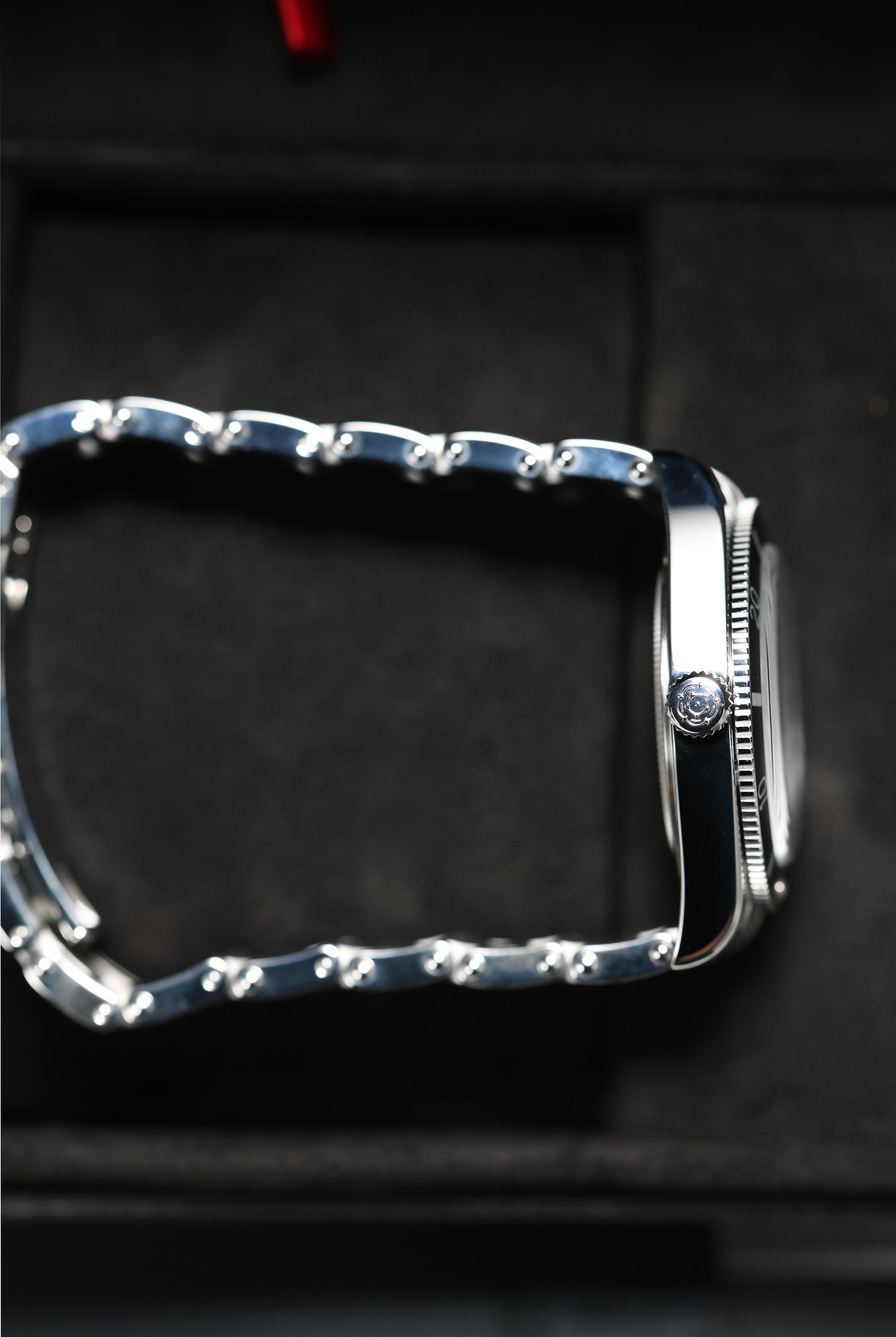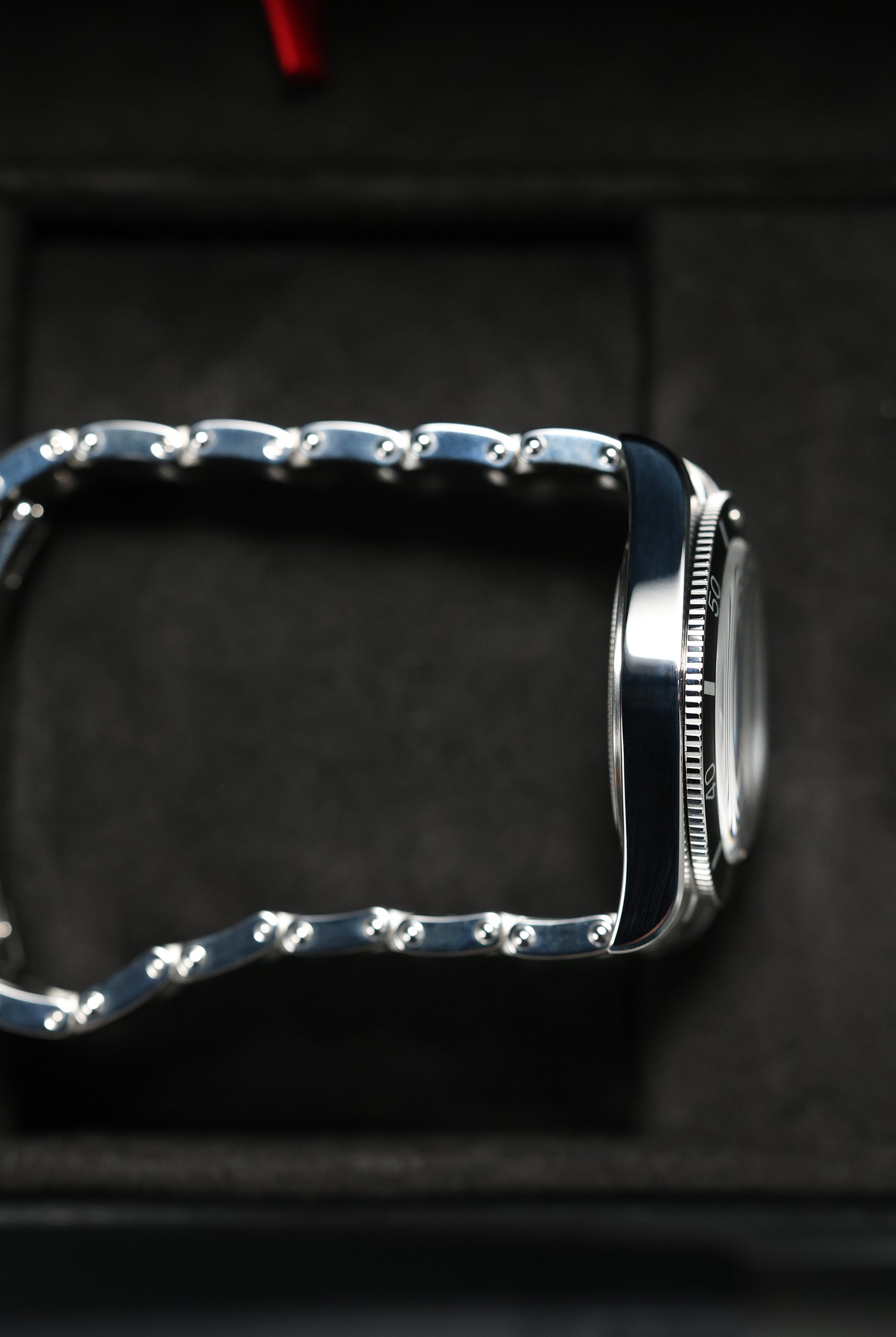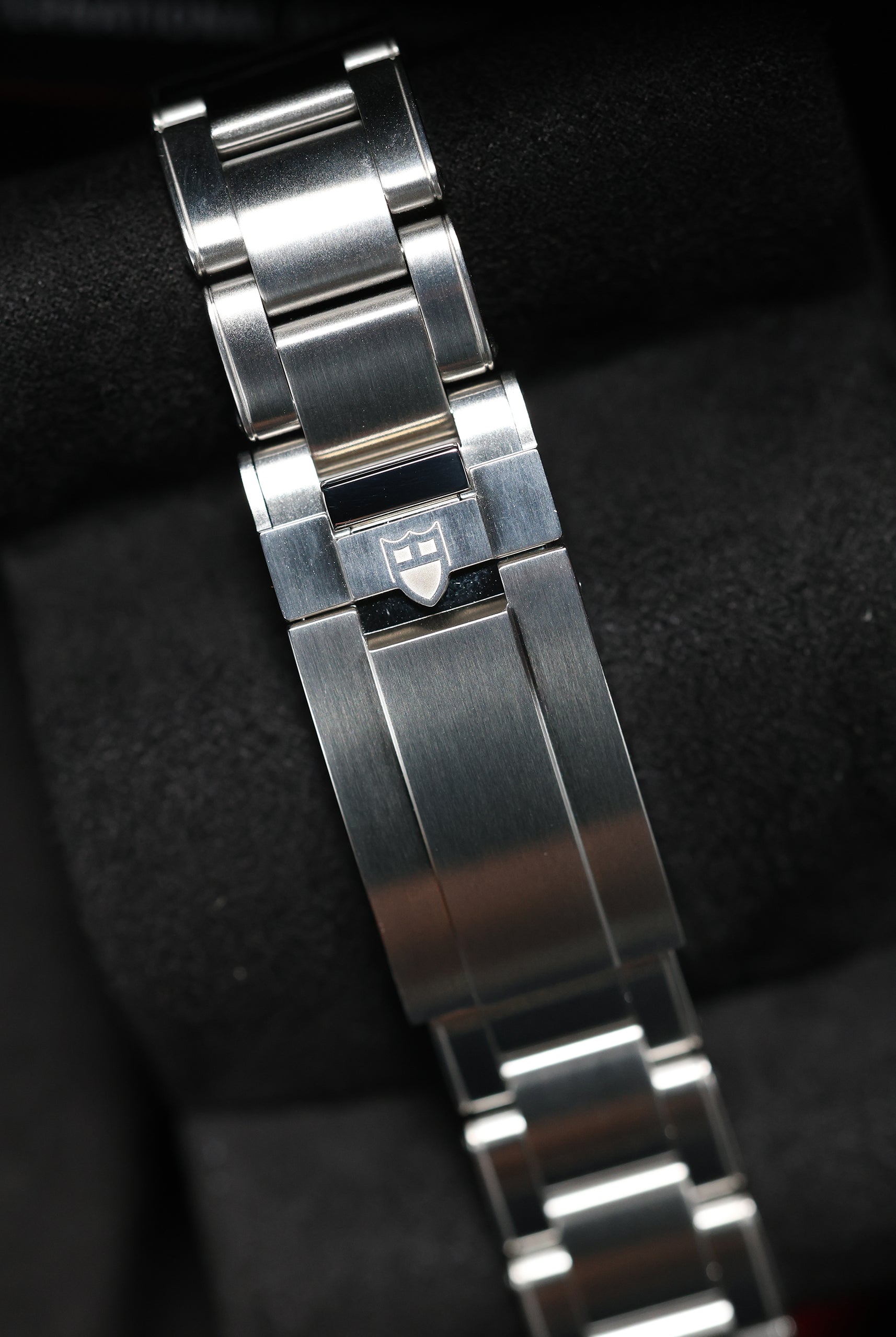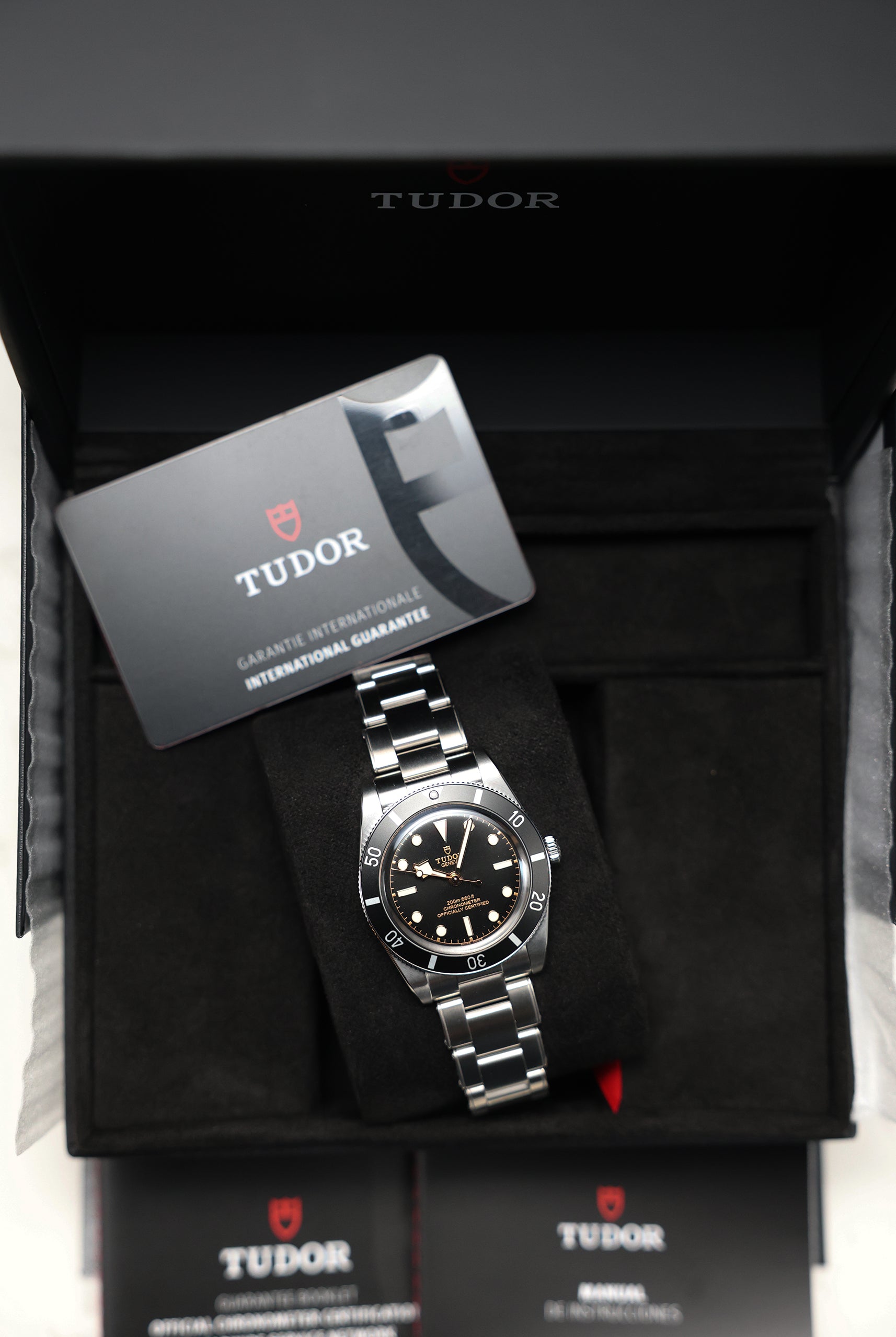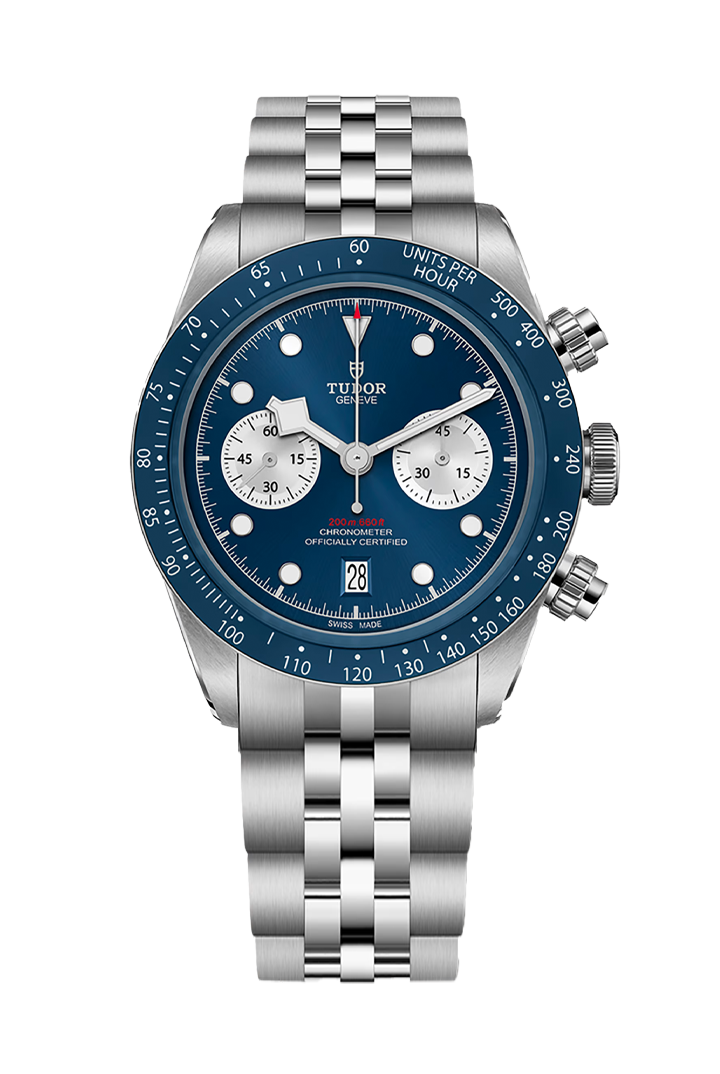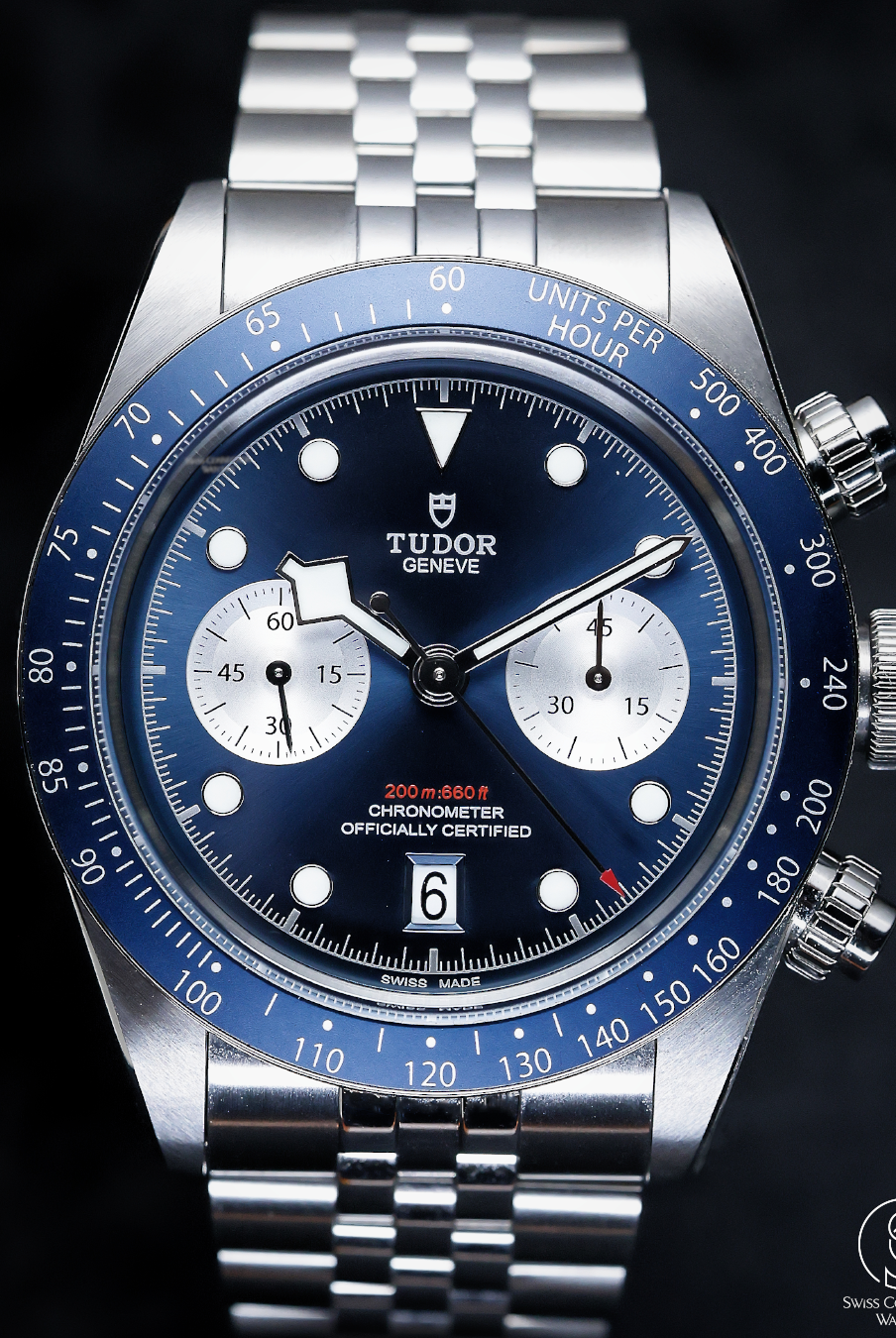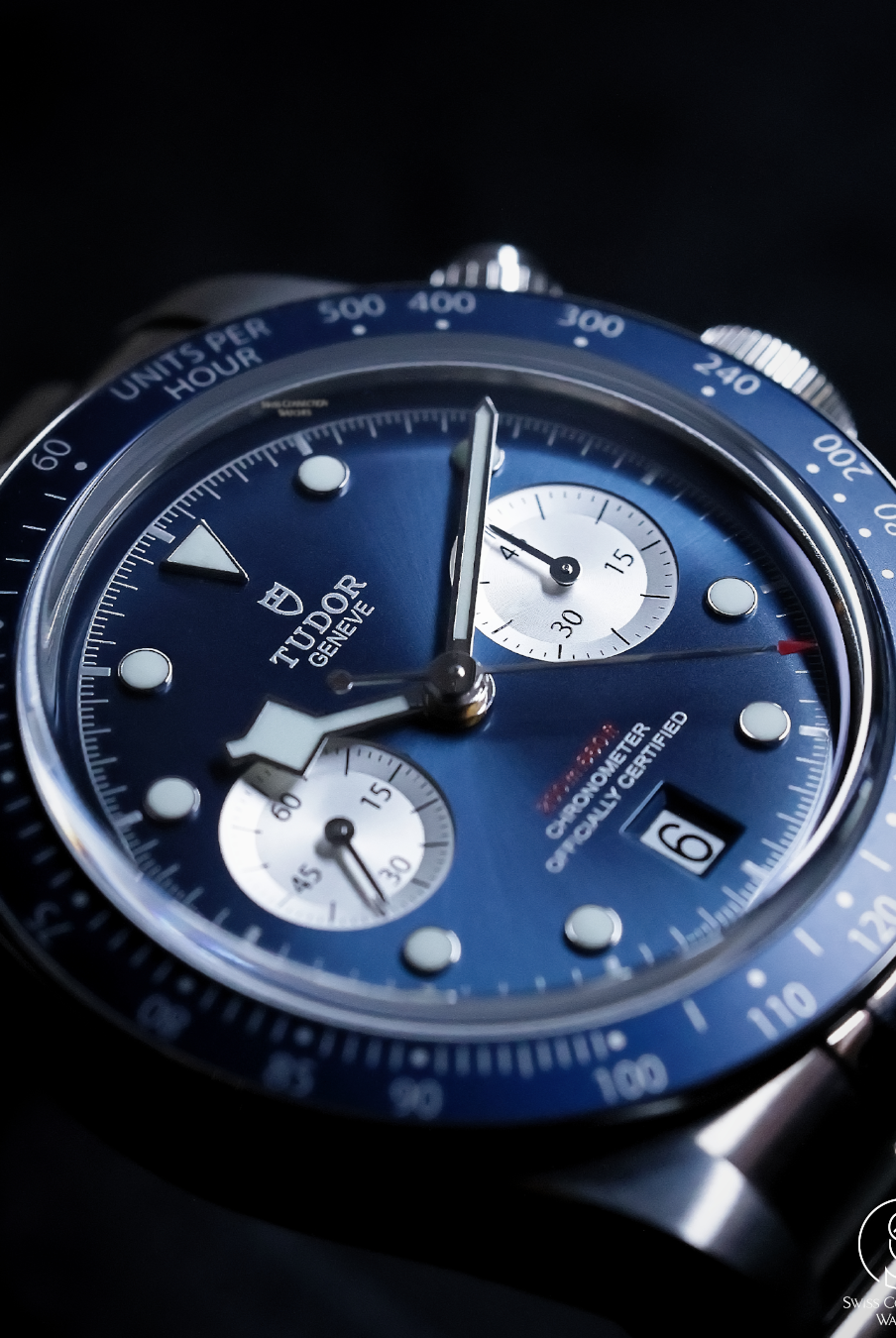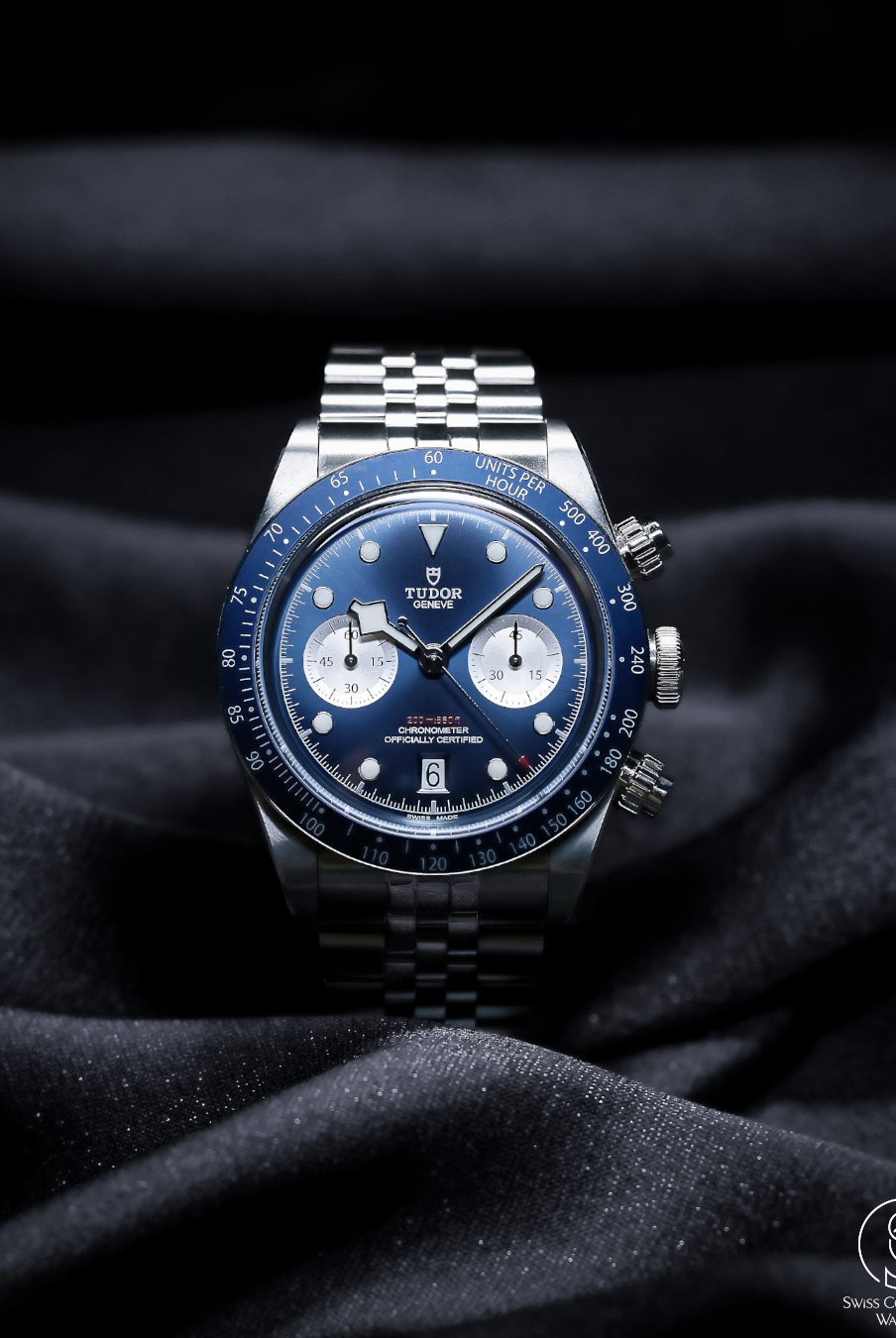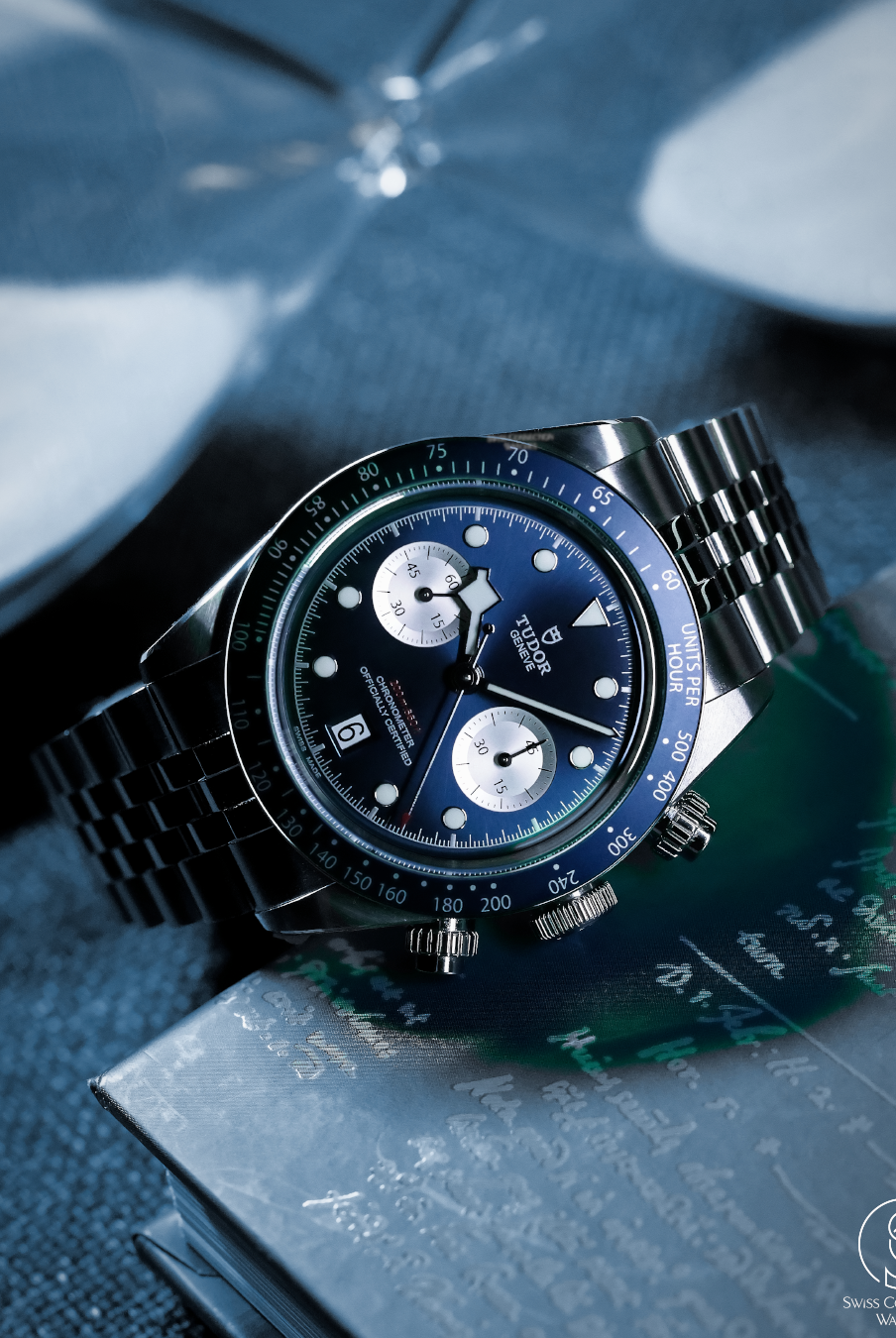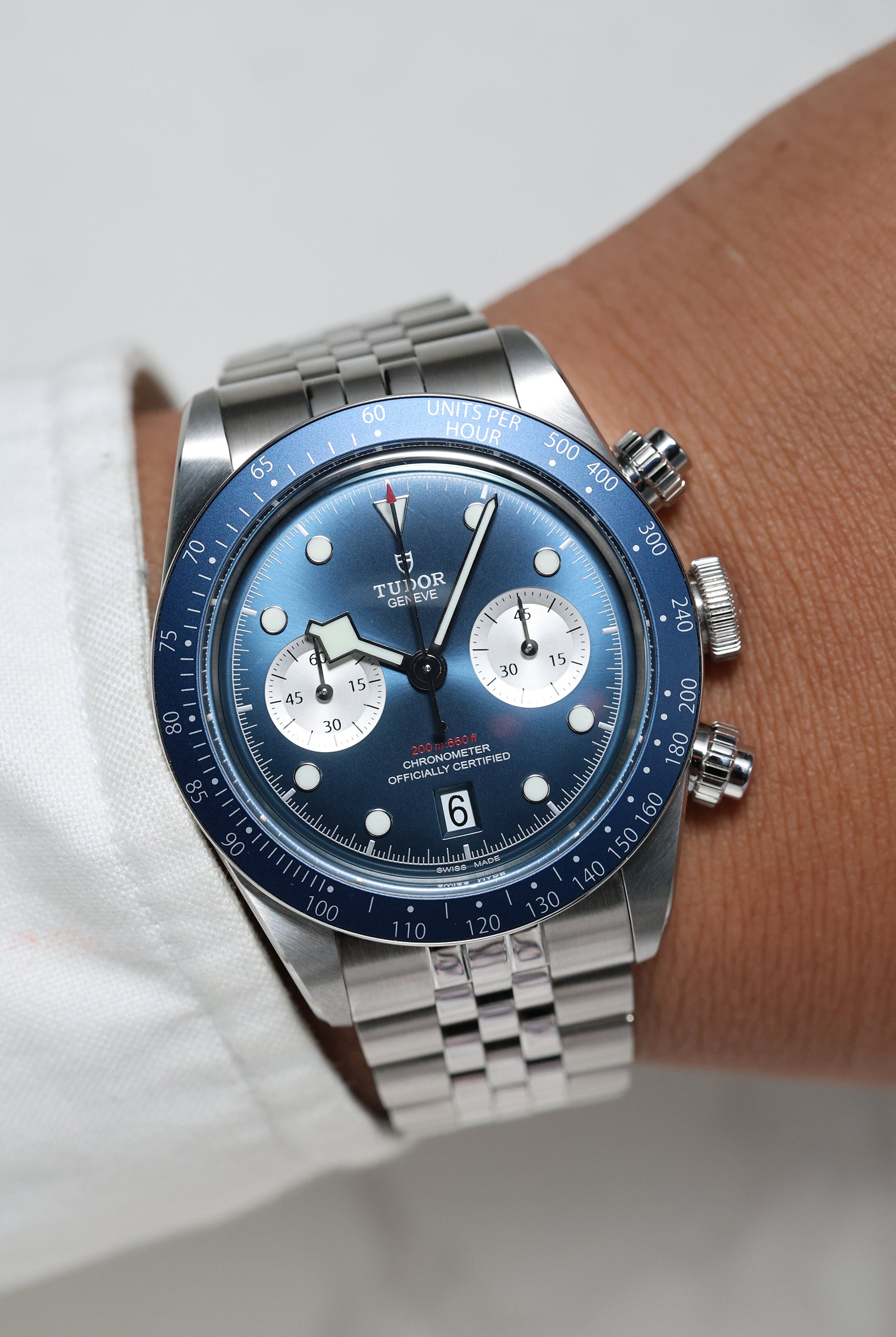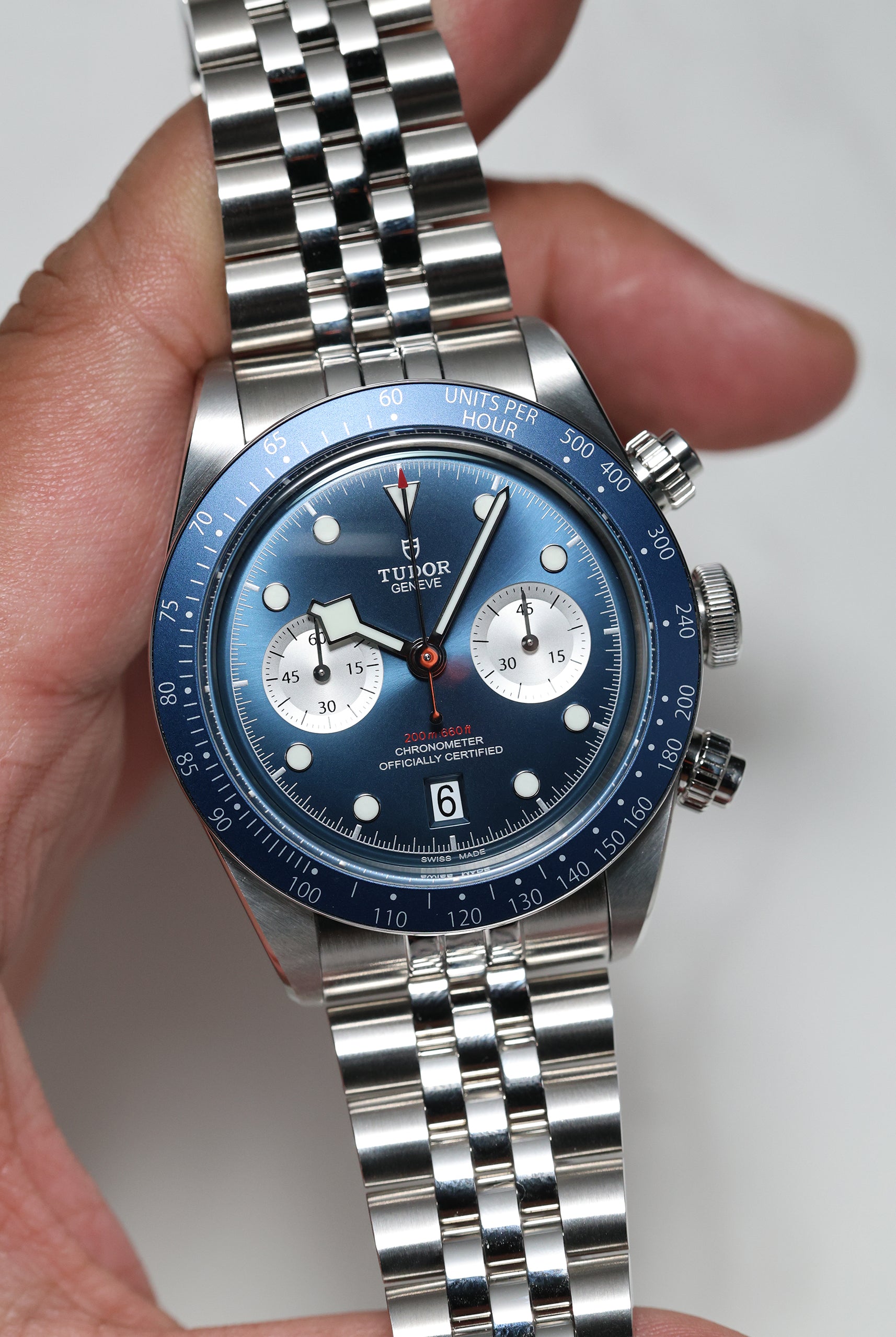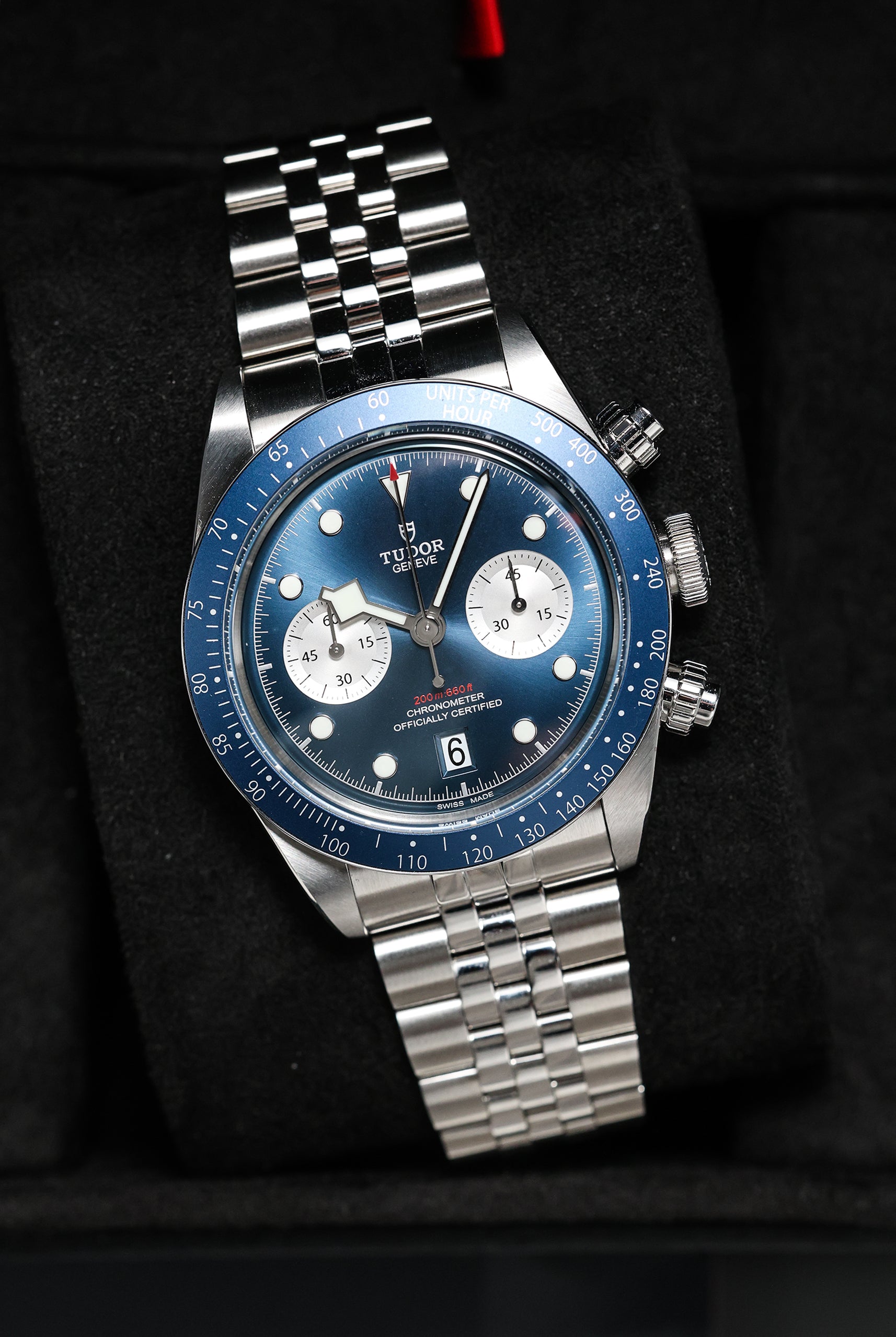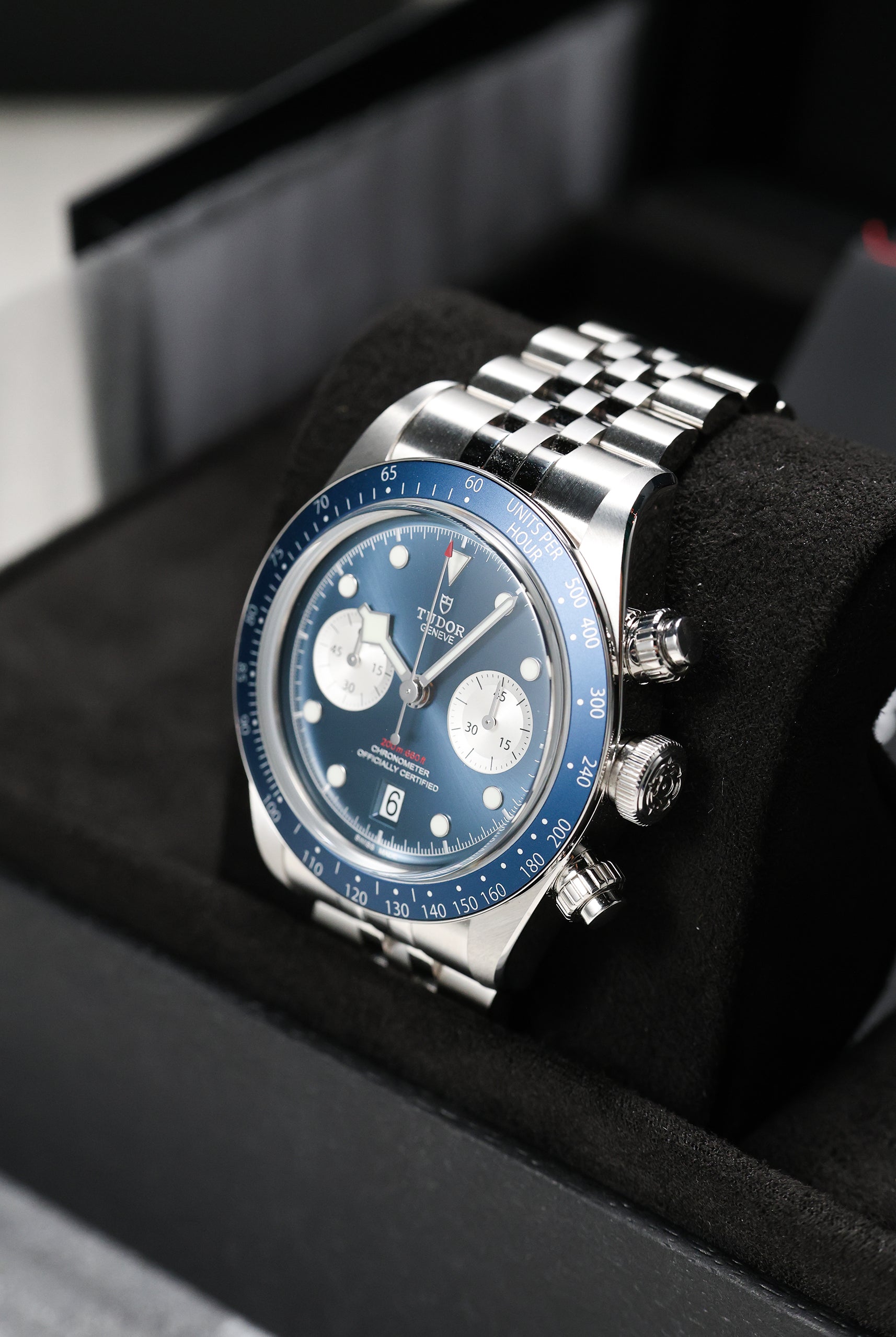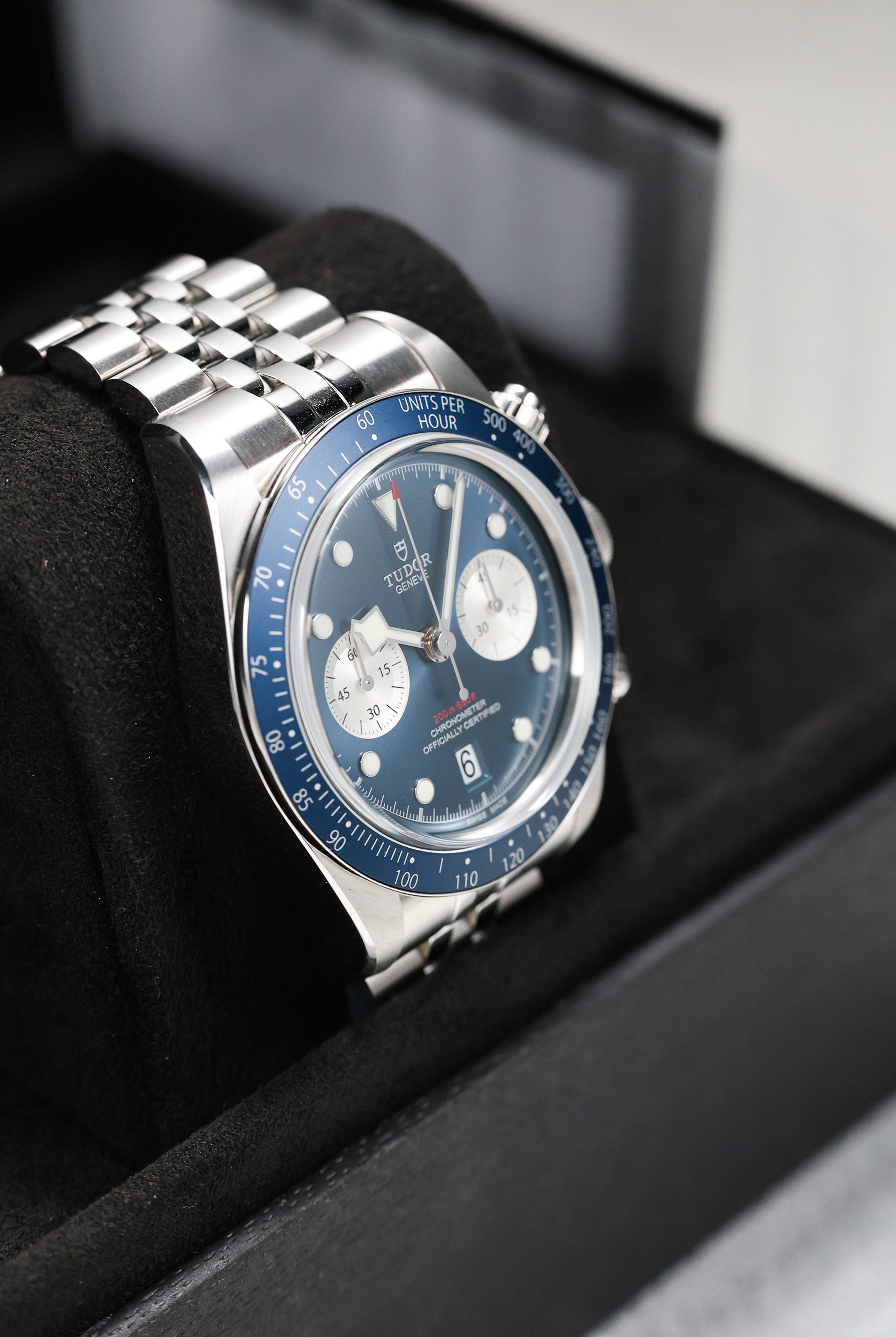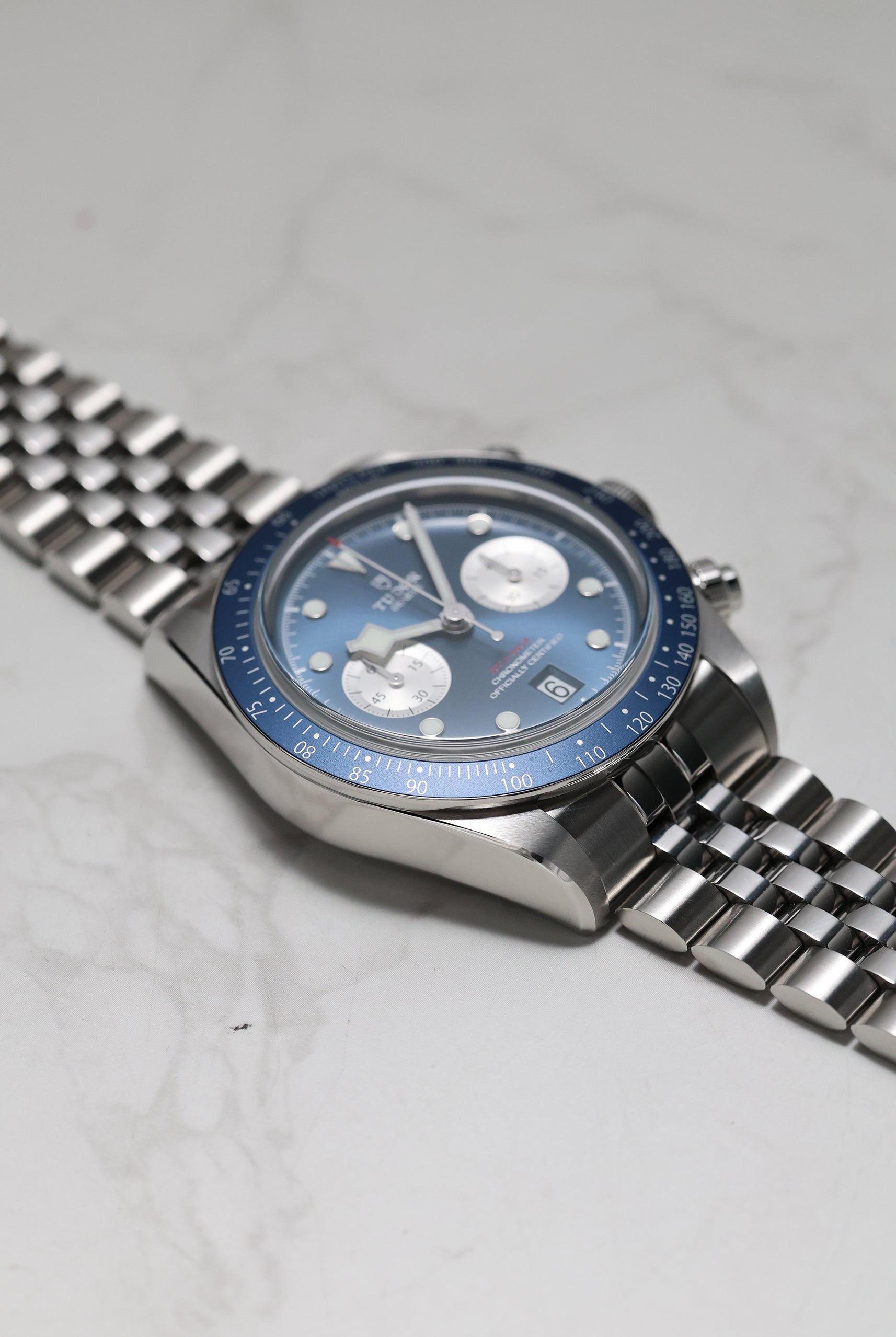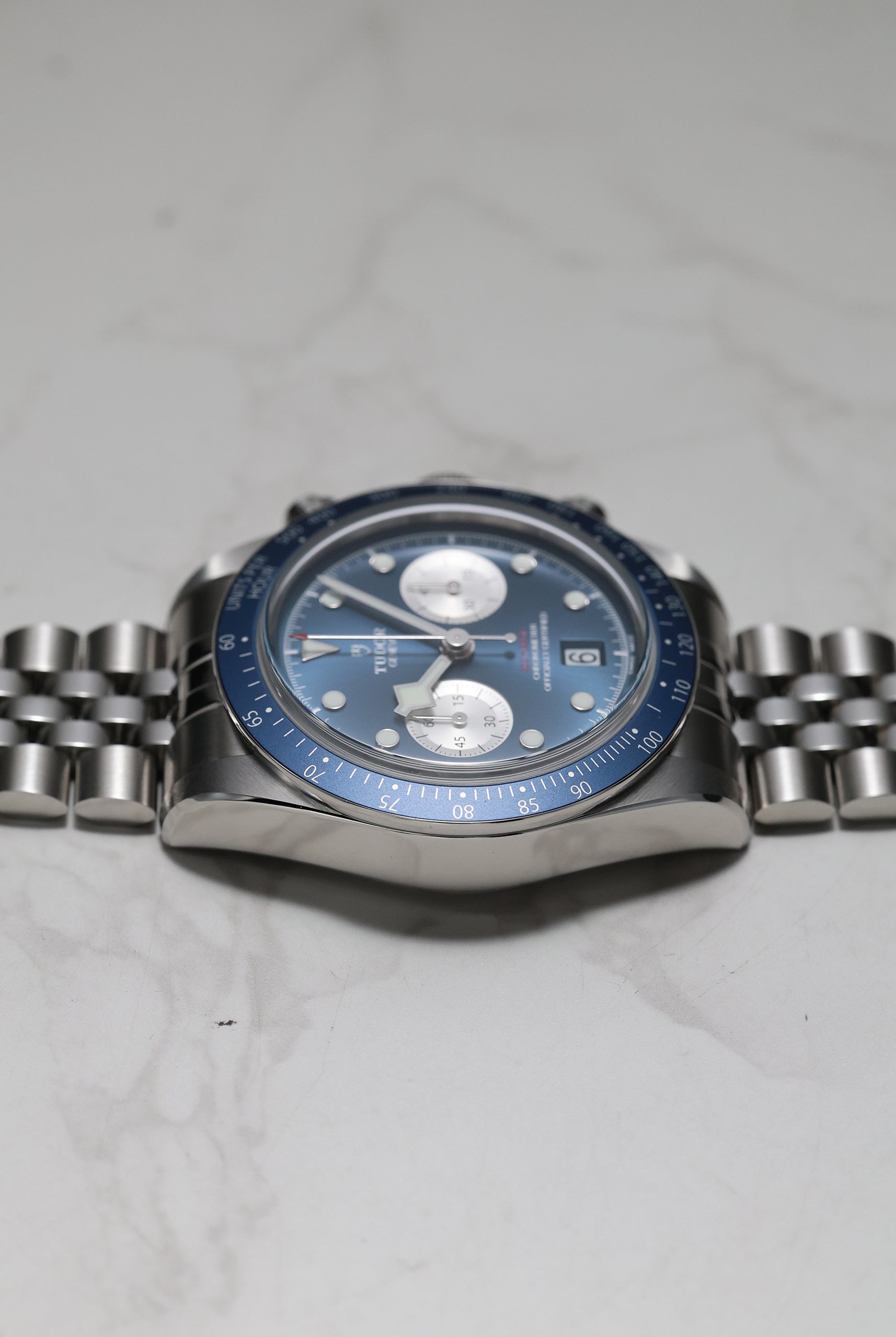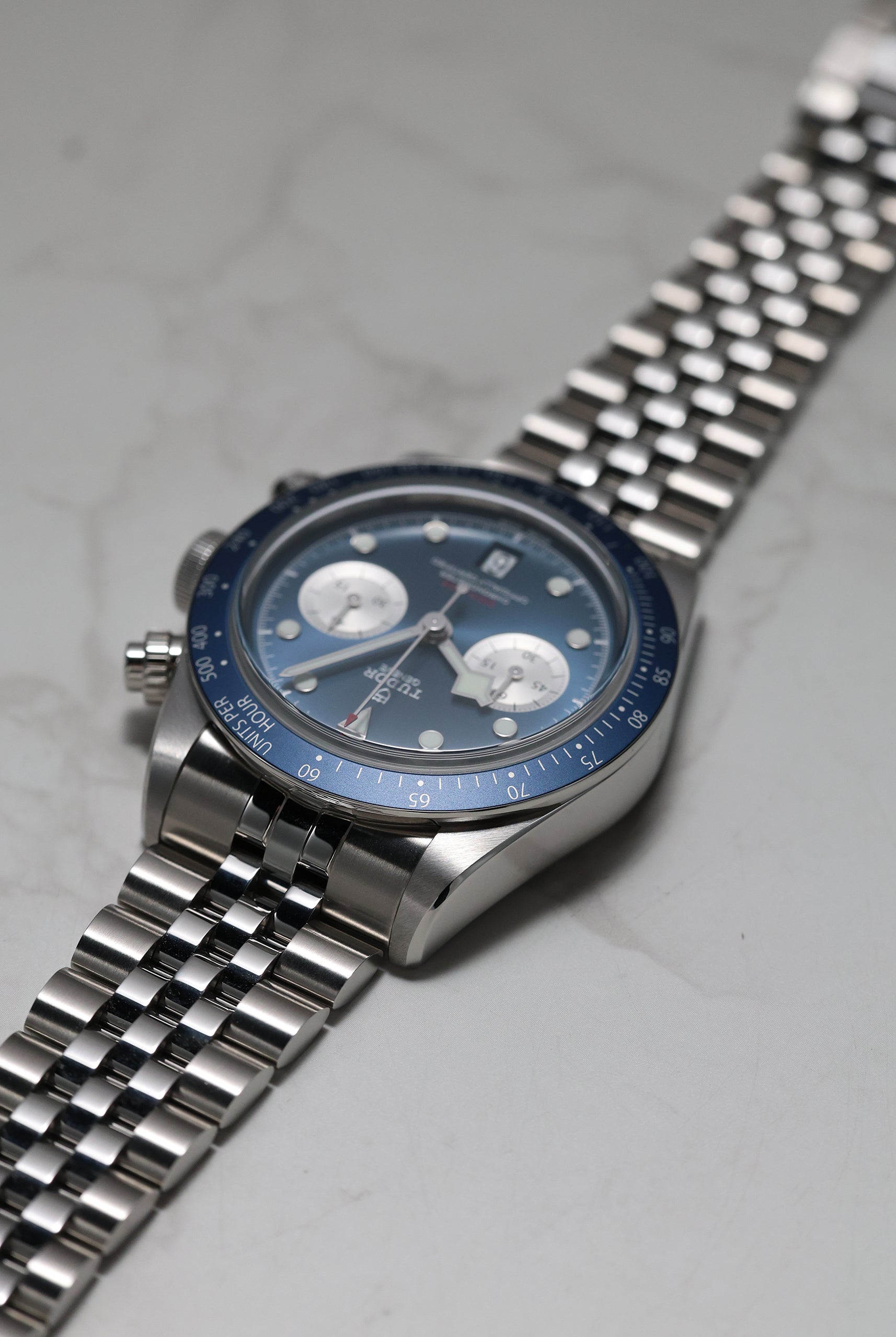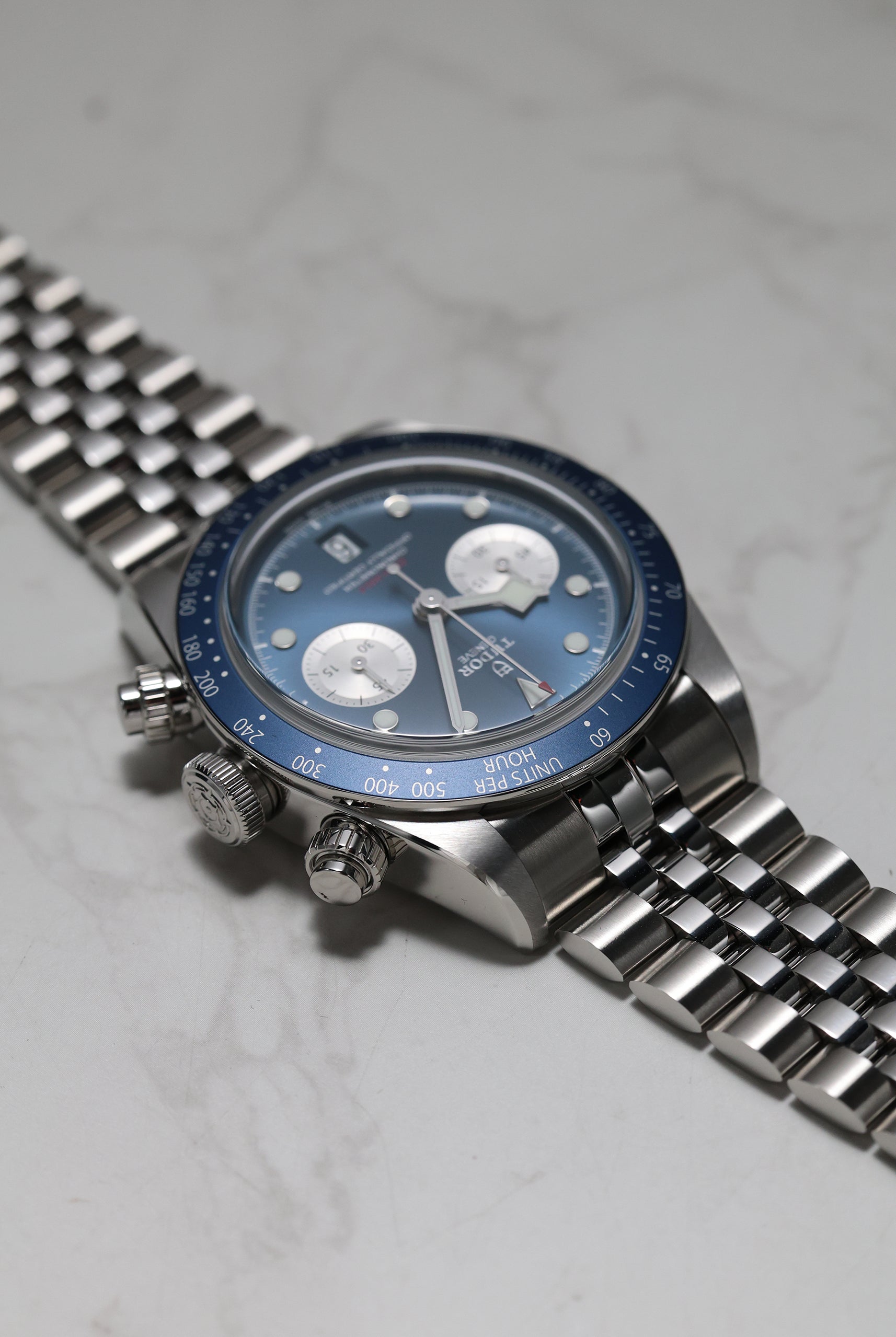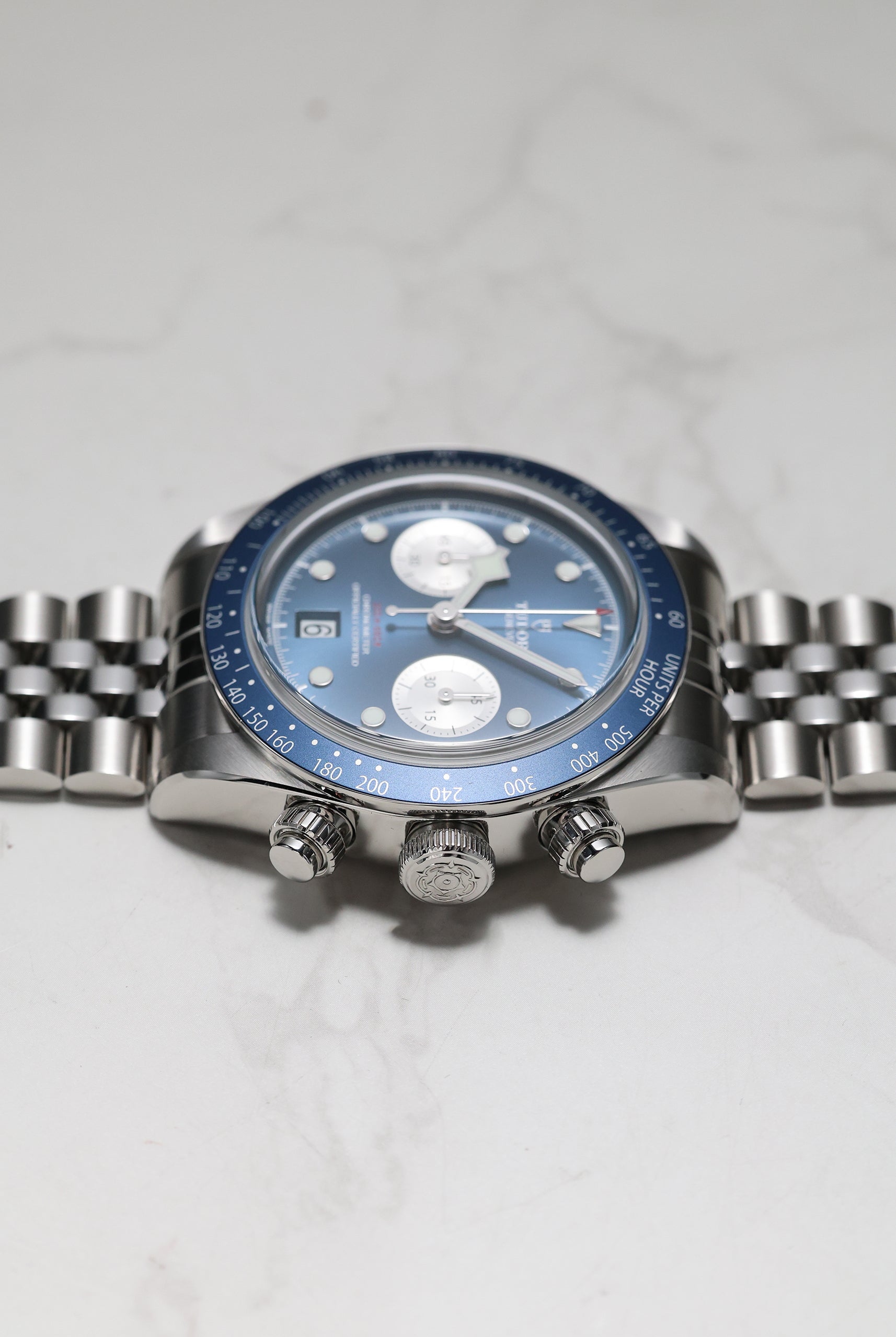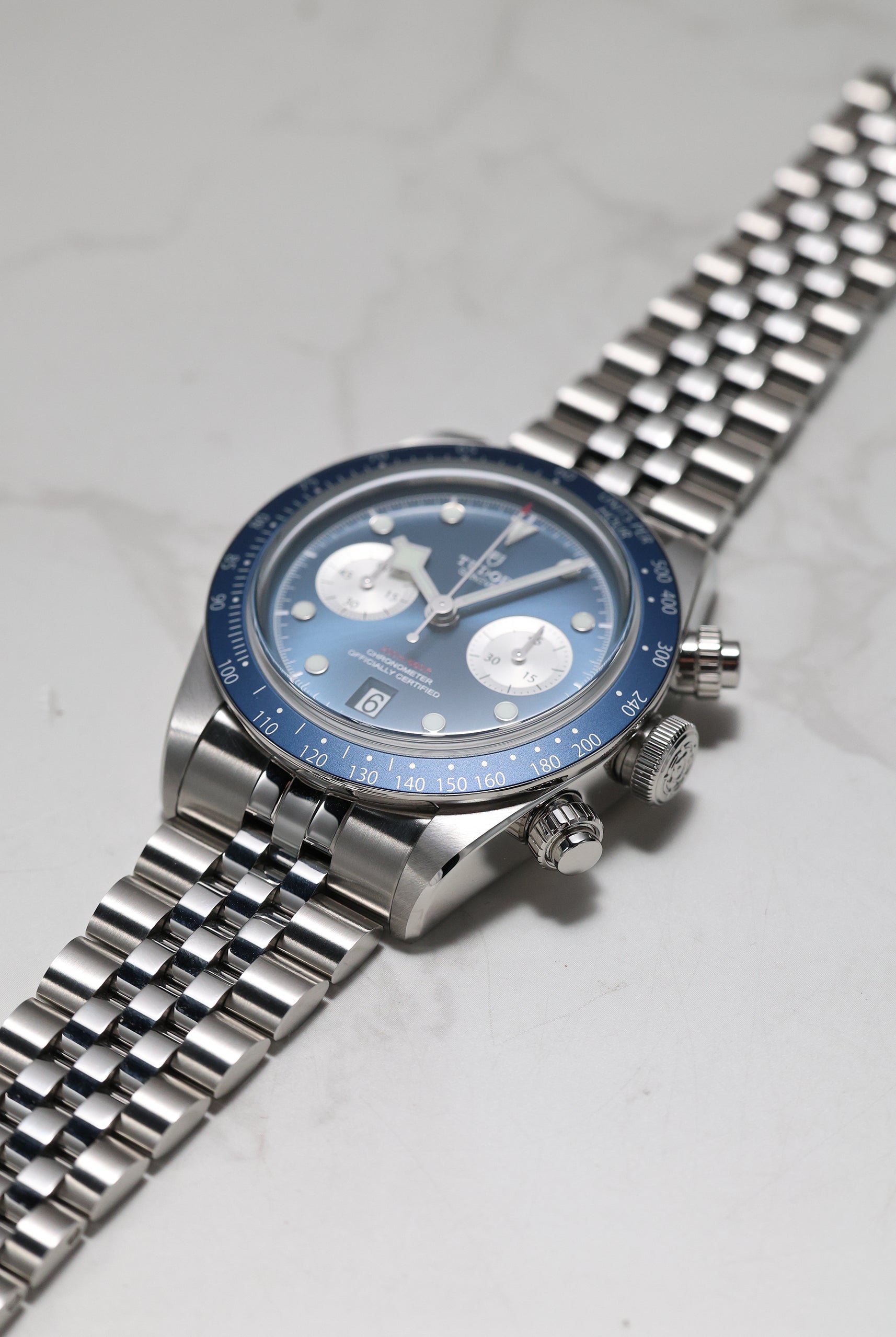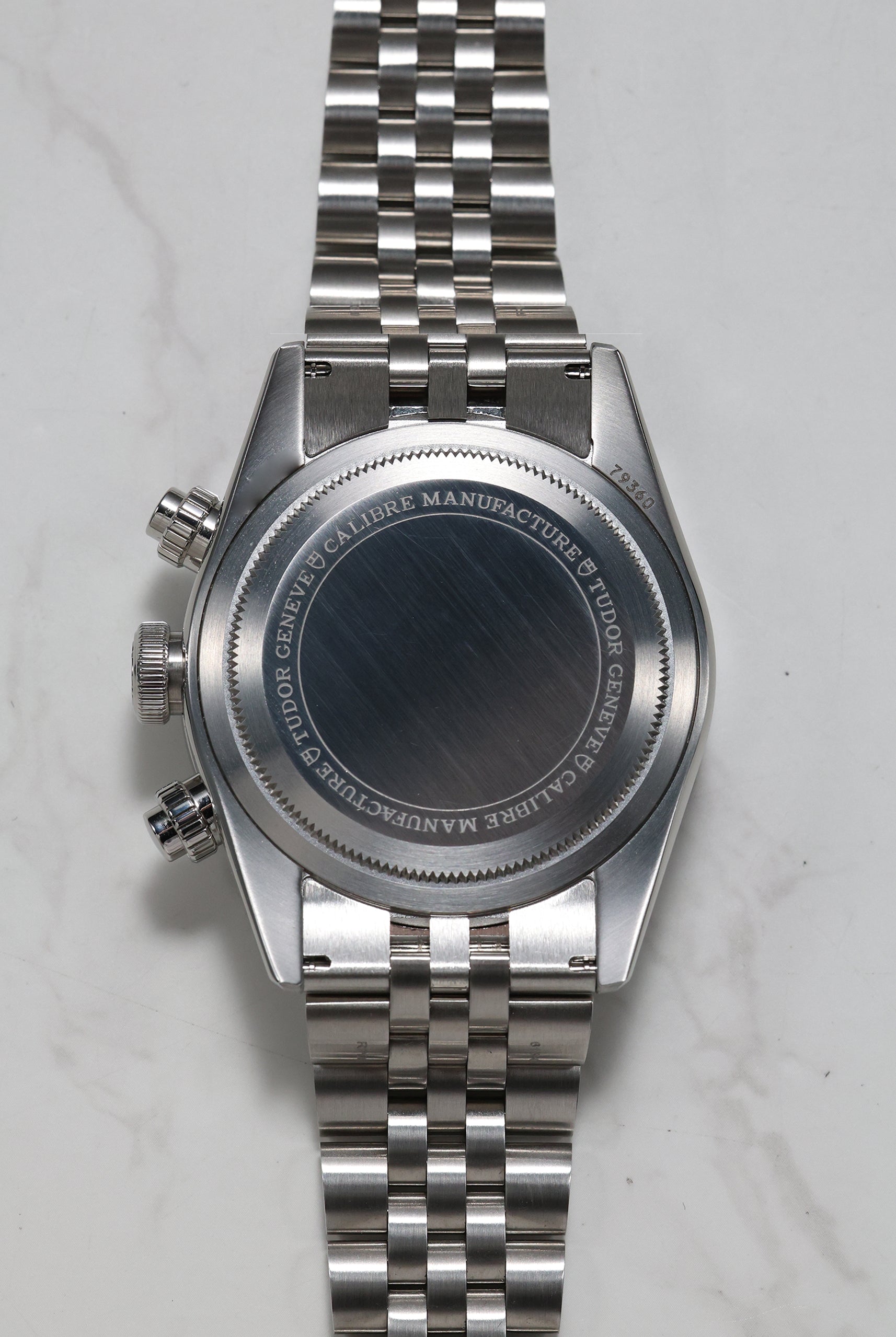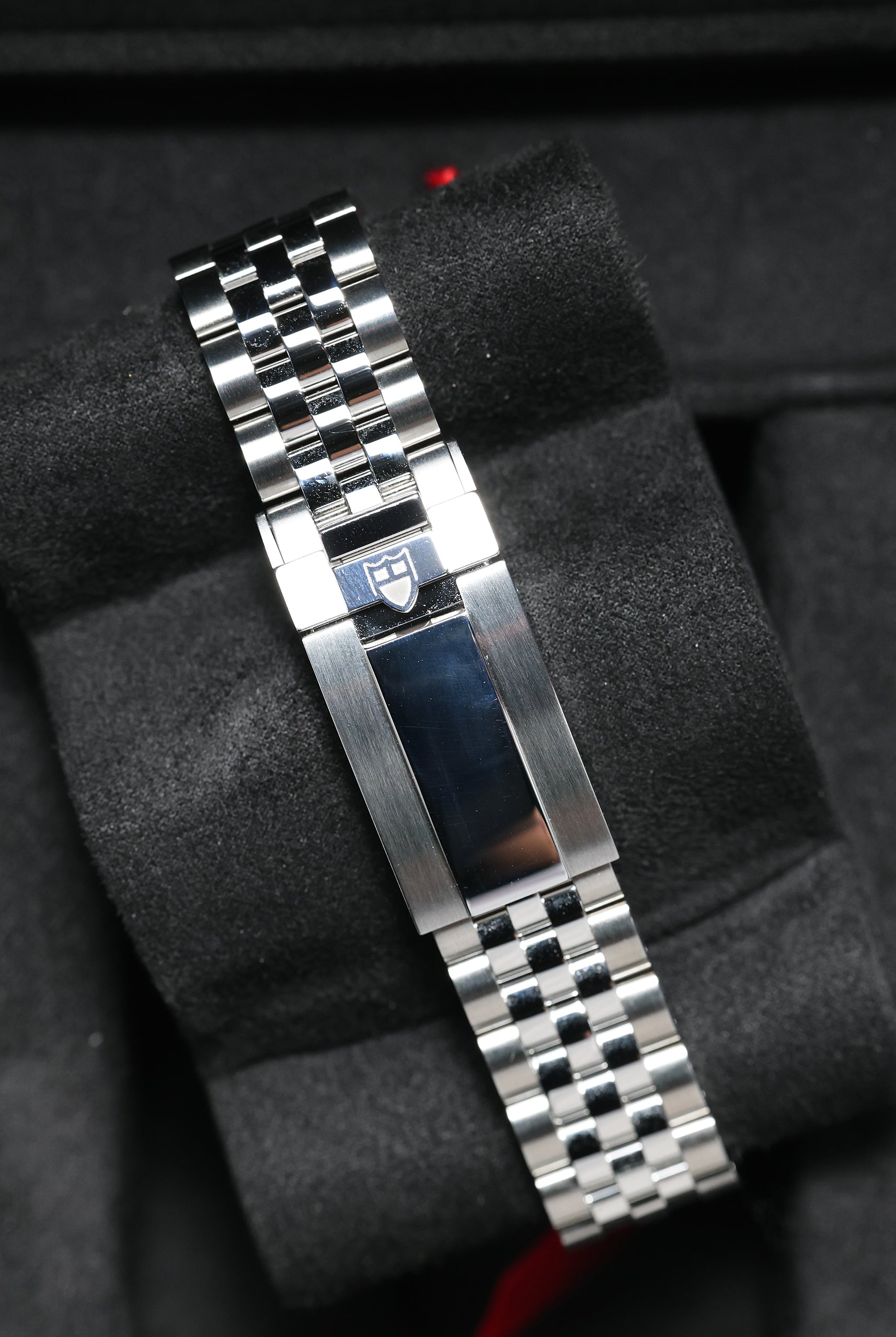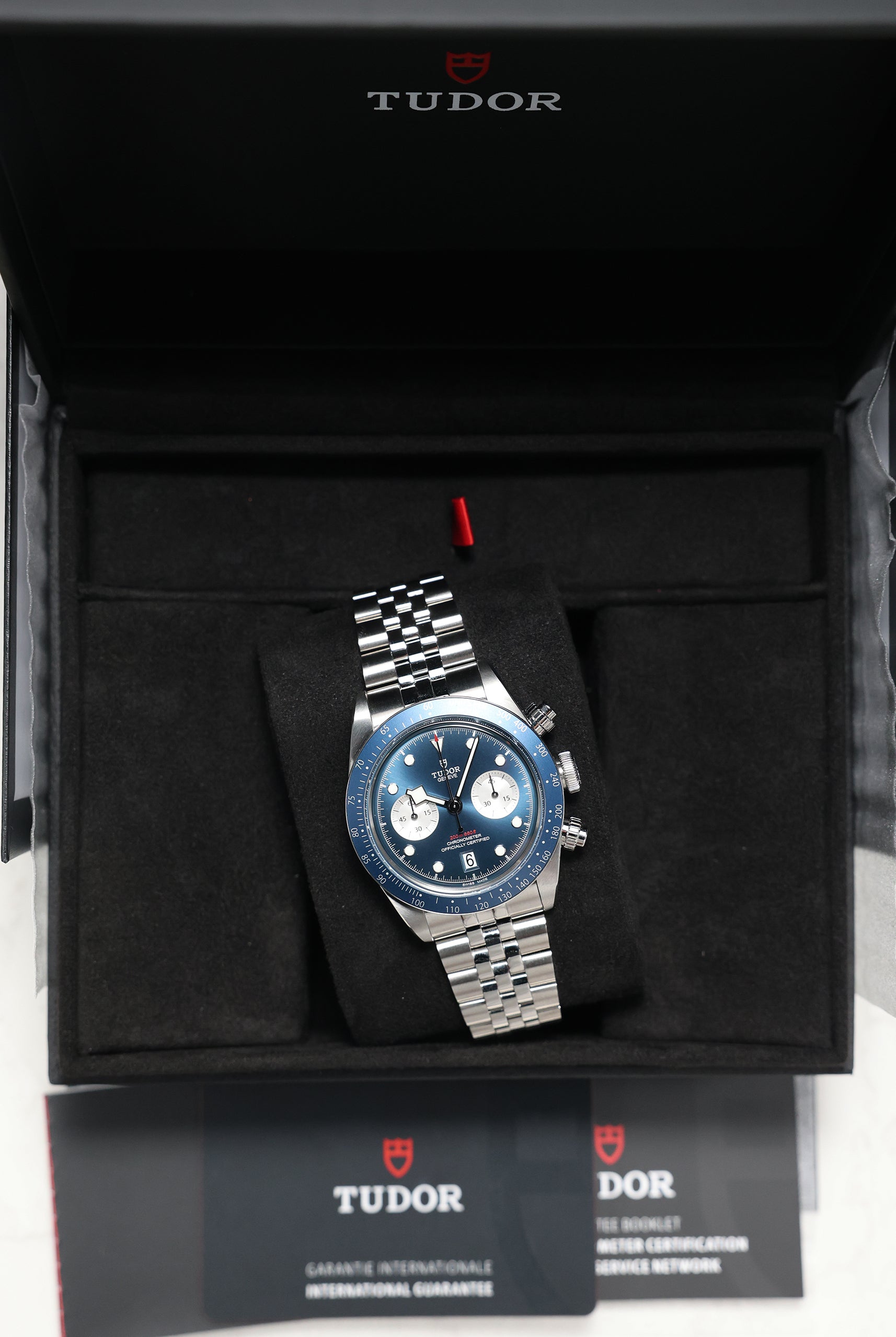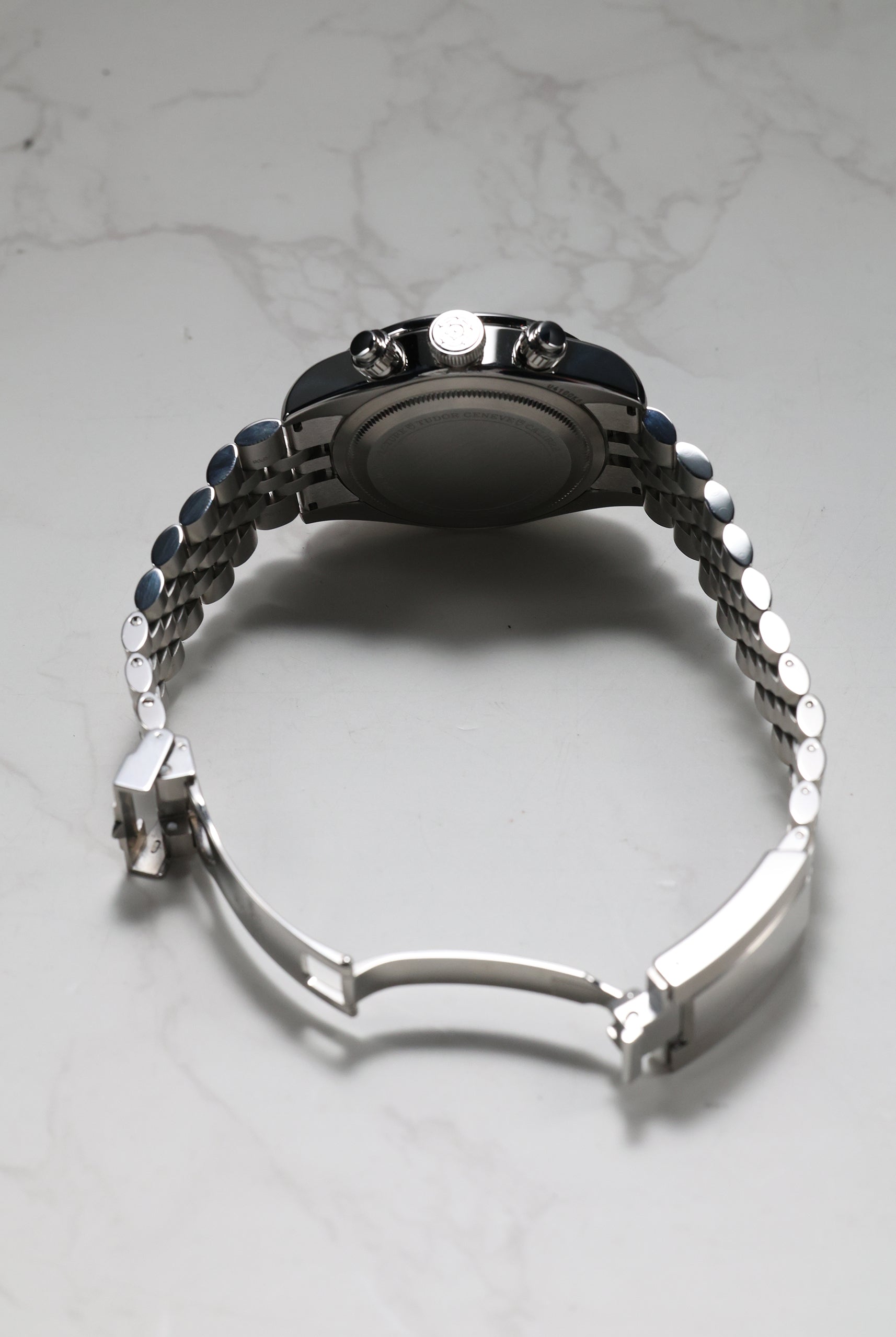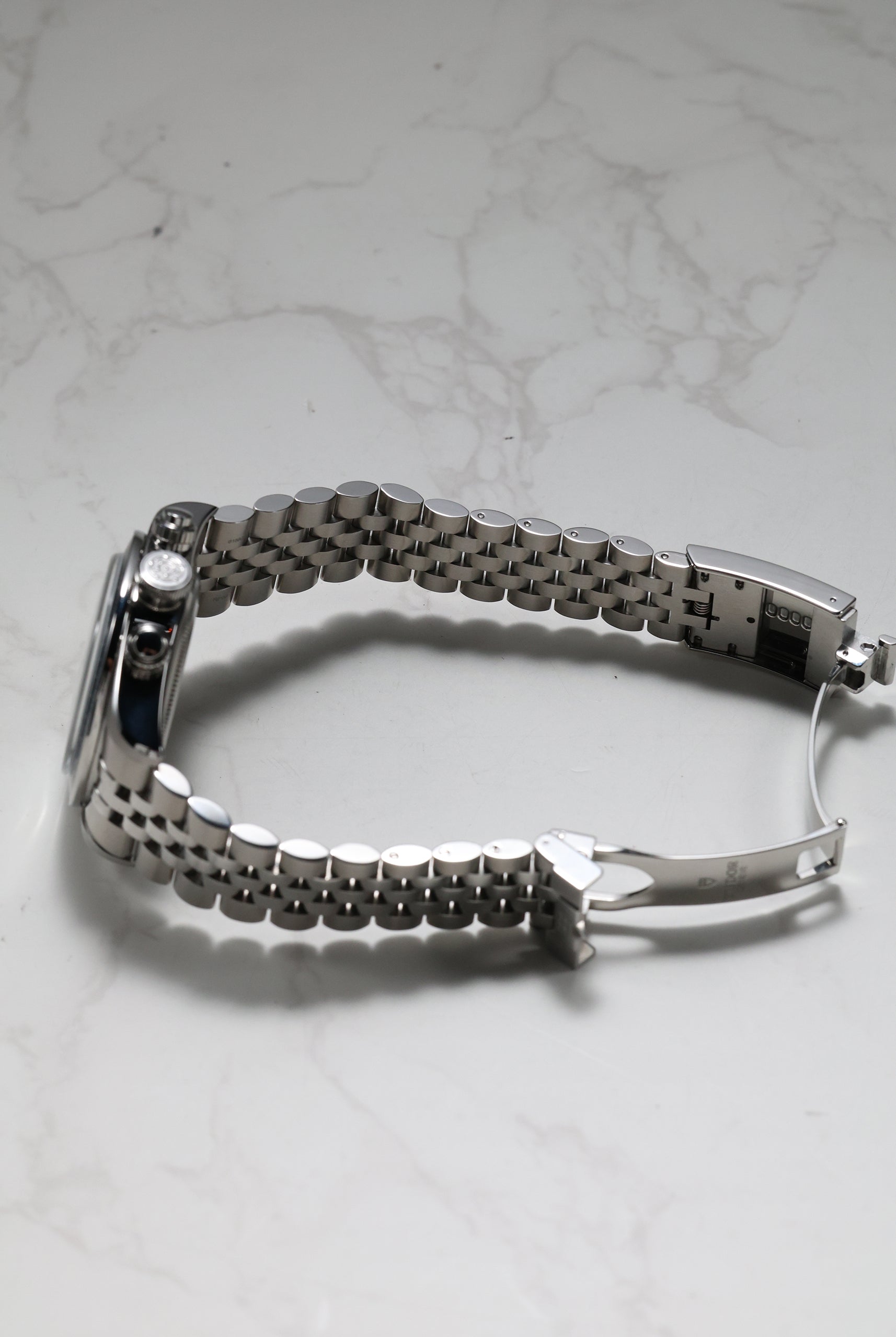Few debates in watchmaking stir as much passion as Rolex versus Omega. For collectors in Malaysia, the question isn’t just which is better—it’s which wears better under the relentless tropical sun.
Both brands have spent over a century perfecting precision, durability, and design. This editorial guide explores the origins, the innovations, and, most crucially, the real-world comfort factors—from bracelet micro-adjustments to tropical-ready rubber straps—pitting the legendary Submariner against the advanced Seamaster.
1. The Historical Context: Innovation vs. Prestige
The two titans of horology share a commitment to excellence but built their reputations on distinct philosophies.
Omega: Technical Prowess and Exploration
Founded in 1848, Omega's name, symbolizing perfection, was inspired by its revolutionary 19-ligne caliber. Their legacy is built on challenging the limits of engineering:
-
Exploration: Official timekeeper of the Olympics since 1932; the Speedmaster was chosen by NASA in 1965 and worn on the Moon, securing its place in history.
-
Technical Firsts: Introduced the Co-Axial escapement in 1999, designed by George Daniels. This innovation significantly reduces friction and improves stability, meaning longer-lasting accuracy and less frequent servicing—an advantage you quietly appreciate years down the line.
-
The Modern Standard: Since 2015, Omega's commitment to the Master Chronometer standard with METAS ensures unmatched real-world accuracy and superior resistance to magnetism (up to 15,000 Gauss).
Omega built its reputation not just on luxury, but on verifiable, pioneering performance in the most demanding environments—sea, space, and sport.
Rolex: Pioneering Reliability and Prestige
Founded in 1905, Rolex's vision, led by Hans Wilsdorf, was singular: to transform the unreliable pocket watch into a precise, prestigious wristwatch.
Rolex didn't just build watches—it defined the modern tool watch:
-
1926: Introduced the Oyster case, the world’s first truly waterproof wristwatch.
-
1931: Created the Perpetual rotor, the foundational automatic winding system still used today.
-
The Icons: The subsequent launch of the Submariner, GMT-Master, and Day-Date established the template for every modern watch genre.
As an independent, vertically integrated manufacture, Rolex maintains unparalleled consistency and quality control. It is the "Coca-Cola of the watch world"—globally admired, instantly recognizable, and the universal benchmark of prestige and enduring value.
2. The Nature of the Modern Rivalry
|
Aspect |
Rolex |
Omega |
|---|---|---|
|
Core Strengths |
Waterproof case, perpetual rotor, enduring investment value. |
Co-Axial escapement, METAS anti-magnetism, technical accessibility. |
|
Retail Identity |
Prestige, classicism, scarcity (fuels exclusivity and resale). |
Innovation, exploration, wider availability (stronger value proposition). |
|
Service Interval |
10 years |
5-8 years (as recommended) |
|
Corporate Structure |
Independent (Private Trust) |
Part of Swatch Group |

Rolex’s independence allows absolute control over production and scarcity, while Omega, as part of the Swatch Group, leverages shared research to drive technological advancement.
Across forums and collector circles, Rolex and Omega anchor the modern definition of a ‘serious watch’—one prized for precision, reliability, and heritage rather than novelty. Both brands operate in the same high-end segment, but Rolex’s market control fuels its exclusivity, while Omega’s technical focus and accessibility give it an edge for buyers seeking immediate ownership and demonstrable modern engineering.
Today, that century-long rivalry continues in a place far from Geneva’s cool air — in Malaysia, where heat and humidity reveal which innovations truly stand the test of comfort.

3. The Tropical Test: Comfort in Malaysia’s Humidity
In Southeast Asia, comfort is king. High heat and humidity magnify the smallest differences in a watch’s fit and material.
Rolex Bracelets: The Standard in All-Day Refinement
Rolex’s Oystersteel bracelets are renowned for their balance and finishing. The cool steel remains thermally neutral on the wrist, and the precise construction ensures security. The classic look is unmatched in formal versatility.
-
Refinement: Unmatched all-day wearability for steel.
-
Best For: Collectors who prioritize classic aesthetics and an office-to-dinner elegance.
-
The Humidity Weakness: The elegant Jubilee bracelet, while beautiful, can sometimes feel restrictive or "sticky" during long, humid days due to its multi-link construction.

Omega Straps: Engineered for the Elements
Omega, particularly with the Seamaster, offers what is arguably the most comfortable high-end rubber strap on the market.
-
Tactical Comfort: The rubber is soft, hypoallergenic, and often vented, effectively resisting sweat and humidity build-up.
-
Practicality: Quick-drying and lightweight, making it ideal for tropical climates, outdoor activities, and travel.
-
Best For: Weekend wearers, sports enthusiasts, and those demanding uncompromising tropical comfort.
Tropical Verdict: Omega’s integrated rubber strap provides superior comfort and ventilation for Malaysia's intense humidity. Rolex remains the benchmark for all-day refinement on a steel bracelet.

4. Micro-Adjustments: Adapting to the Swell
Wrist expansion from tropical heat is a daily reality. The ability to fine-tune the fit instantly is essential for Malaysian collectors.
Rolex: The Precision of Easylink and Glidelock
Rolex sets the industry benchmark for adjustment precision.
-
Easylink: Provides a quick 5mm comfort extension (found on Oyster bracelets on GMT-Master II, Yacthmaster, Datejust).
-
Glidelock: Allows for 20mm of seamless, tool-free adjustment in 2mm increments (found on Submariner, Sea-Dweller and recently precious metal Oysterflex models like Yachtmaster and Daytona ).
-
Feel: The tactile precision and solid lock of the Rolex clasp system remain the industry standard for seamless operation.

Omega: Practicality of the Push-Adjust Clasp
Omega’s modern clasps, featured on Seamasters and Speedmasters, offer robust and practical flexibility.
-
Flexibility: Multiple incremental click positions allow the wearer to quickly loosen or tighten the bracelet by several millimetres for instant relief.
-
Functionality: While perhaps slightly bulkier than the Glidelock, its direct, push-button operation is extremely functional in tropical heat.
Clasp Verdict: Both systems are best-in-class. Rolex offers higher perceived refinement and tactile quality; Omega delivers practical, immediate flexibility.

5. The Icon Face-Off
To truly decide the tropical victor, we must move beyond general brand traits and focus on the flagships. The rivalry's hottest segment is the ultimate test, pitting the Rolex Submariner against the Omega Seamaster, and the Daytona against the Speedmaster.
A. Diver: Submariner vs. Seamaster Diver 300M
|
Feature |
Rolex Submariner (No-Date) |
Omega Seamaster Diver 300M |
|---|---|---|
|
Movement |
Cal. 3230 - COSC, 70hours Power Reserve, Parachrom Hairspring |
Cal. 8800 – METAS Certified, 15,000 Gauss anti-magnetic, Co-Axial. |
|
Material Options |
Oystersteel bracelet only. |
Steel bracelet or integrated rubber strap. |
|
Value Proposition |
Timeless design, investment stability, build quality. |
Anti-magnetism, versatility with tropical comfort (rubber). |
|
Winner in Heat |
Rolex: Timeless, reliable, ultimate balance. |
Omega: Technically advanced, Ideal for Malaysia’s climate due to the rubber strap option and anti-magnetic properties. |
Verdict: Submariner remains the timeless standard; Seamaster wins for technical superiority and tropical comfort.

B. Chronograph: Daytona vs. Speedmaster Moonwatch
|
Feature |
Rolex Daytona (Steel) |
Omega Speedmaster Professional (3861) |
|---|---|---|
|
Movement |
Cal. 4131 – 72hr, vertical clutch, column wheel. |
Cal. 3861 – Co-Axial, METAS Certified, manual-wind. |
|
Finish |
High polish, compact proportions. |
Satin matte, vintage aesthetic. |
|
Wearability |
Luxurious but prone to showing smudges/fingerprints. |
Versatility - allow options of bracelet, leather or NATO straps. |
|
Winner in Heat |
Rolex: Unmatched prestige and compact 41 mm wear. |
Omega: Unrivalled history, superior shock and magnetic resistance, better comfort profile on varied straps. |
Verdict: Daytona offers compact prestige; Speedmaster delivers engineering depth and versatile wear.
6. Real-World Takeaway
Both Rolex and Omega represent the pinnacle of Swiss engineering—but their appeal in Malaysia differs slightly:
-
Rolex: For the collector who values timeless prestige, investment stability, and classic design. The choice is a commitment to the iconic, refined steel standard.
-
Omega: For the enthusiast who values innovation, tropical comfort, and modern technical superiority. The brand offers the better practical value proposition for daily wear in high heat.
Swiss Connection’s Perspective
At Swiss Connection Watches, we understand the nuances of this choice. That’s why we carry both brands - and offer options for brand new pieces and certified pre-owned pieces—giving clients the chance to feel the difference firsthand on their wrist.
Every pre-owned Rolex and Omega is inspected by our in-house watchmaker, authenticated through our in-house process, and backed by a 12-month in-house warranty.
View our brand new watches.
View our pre-owned watches.
Visit our boutique to experience how each icon wears under Malaysia’s real-world conditions.
Closing Thought:
Both Rolex and Omega were built to conquer—the deep sea and outer space. In Malaysia’s heat, however, true mastery lies in which watch you forget you’re even wearing.


